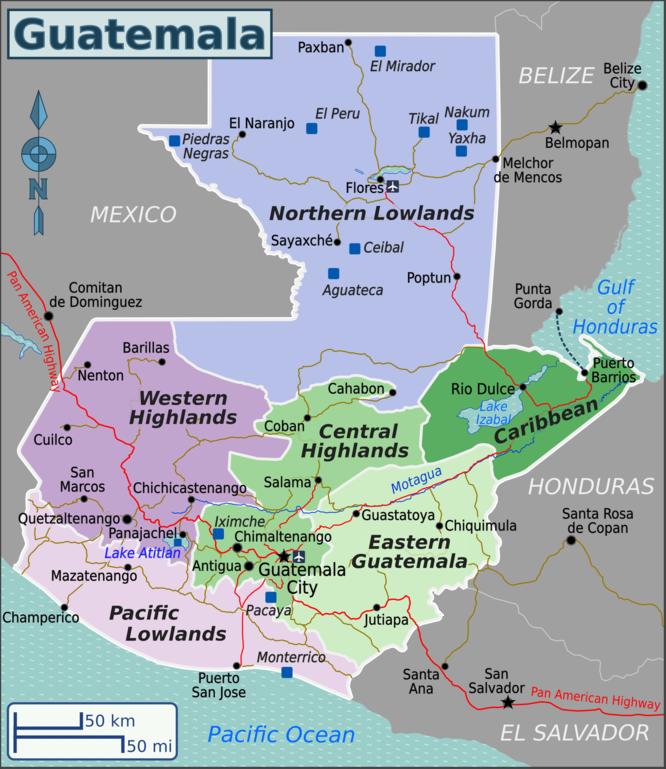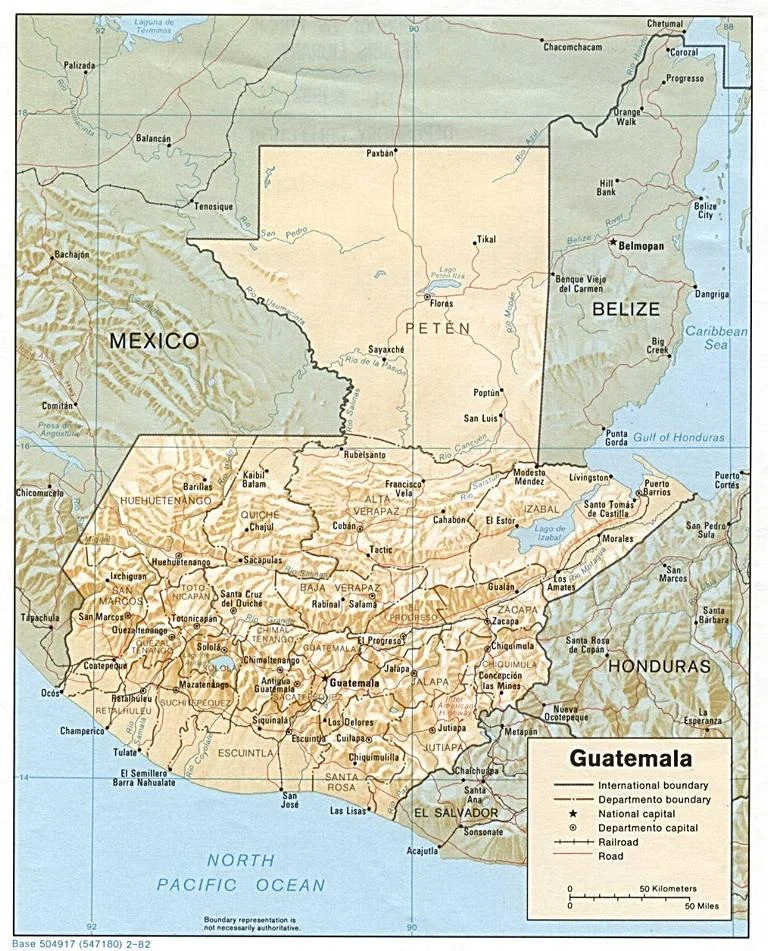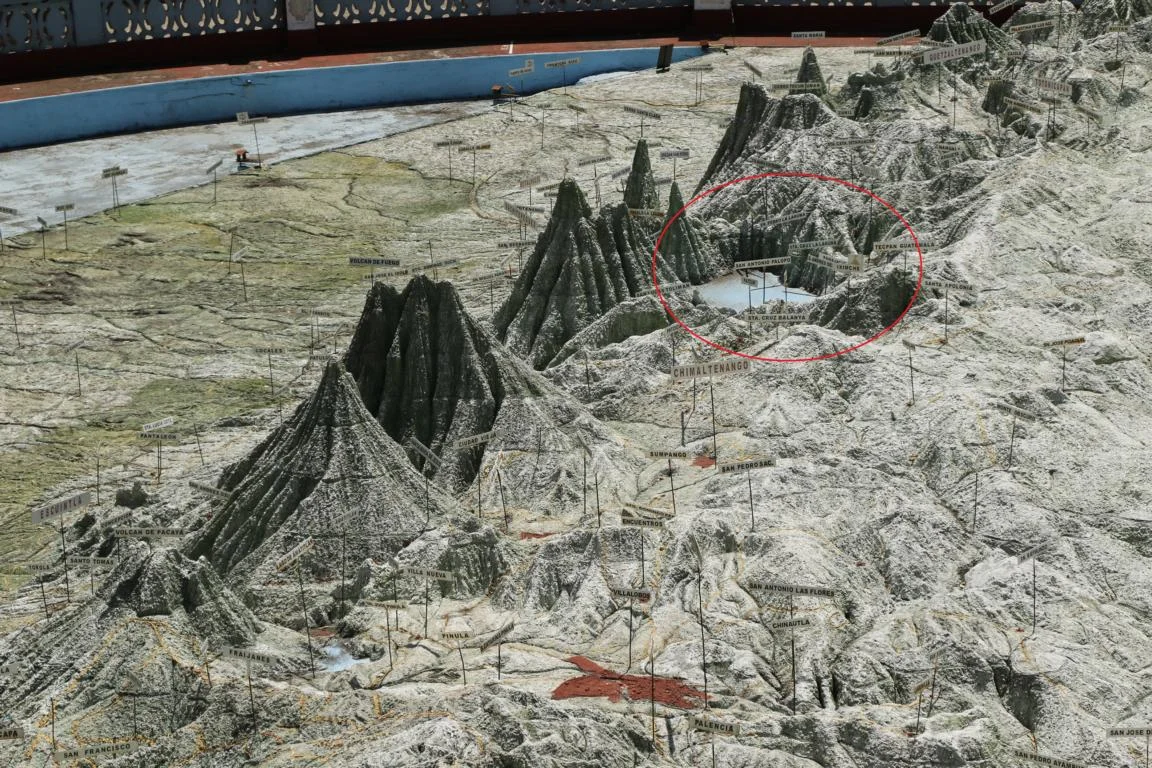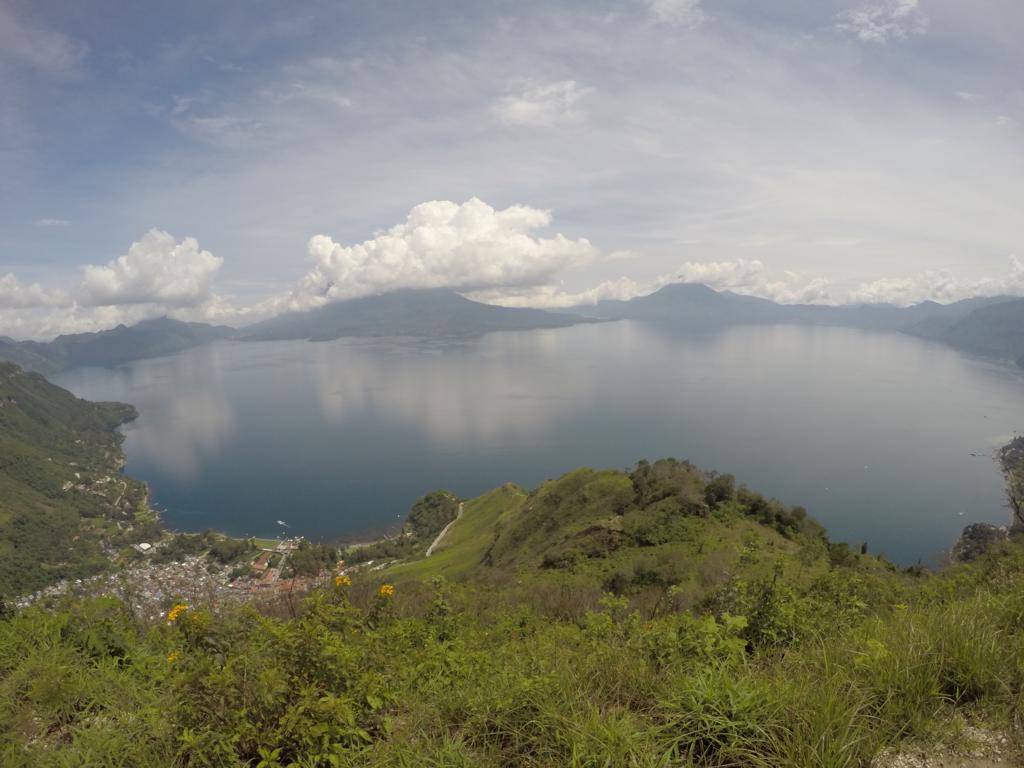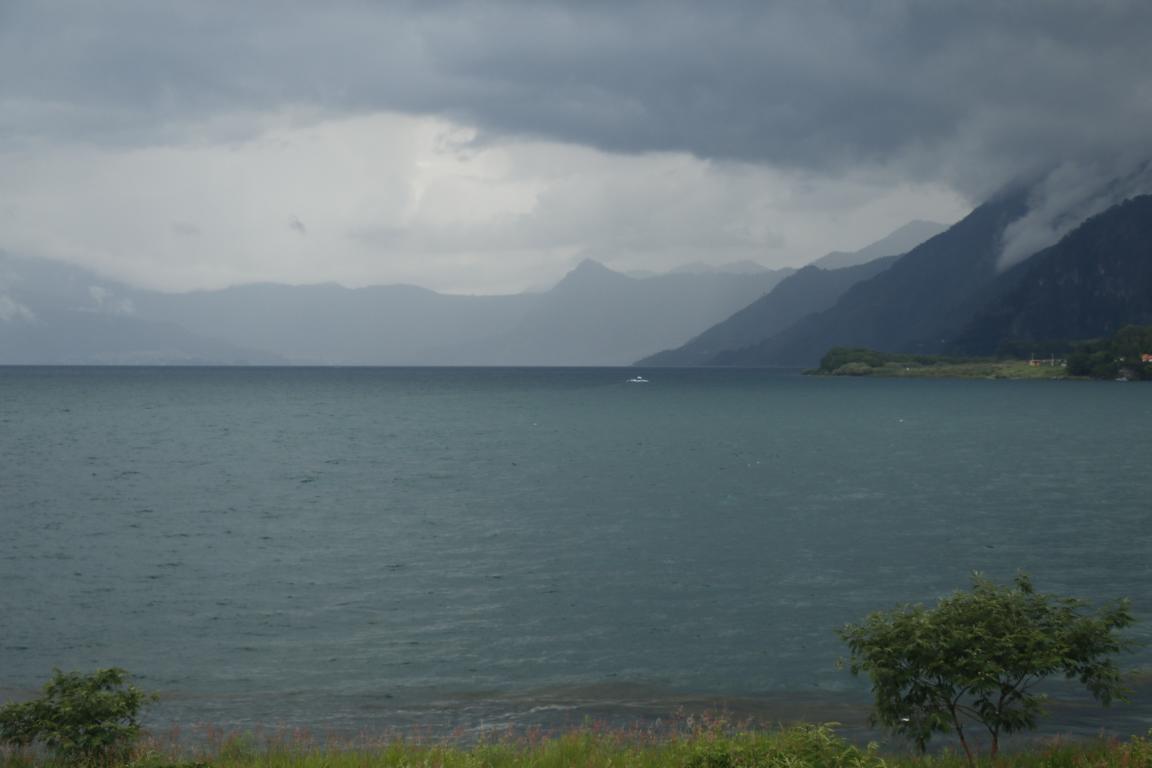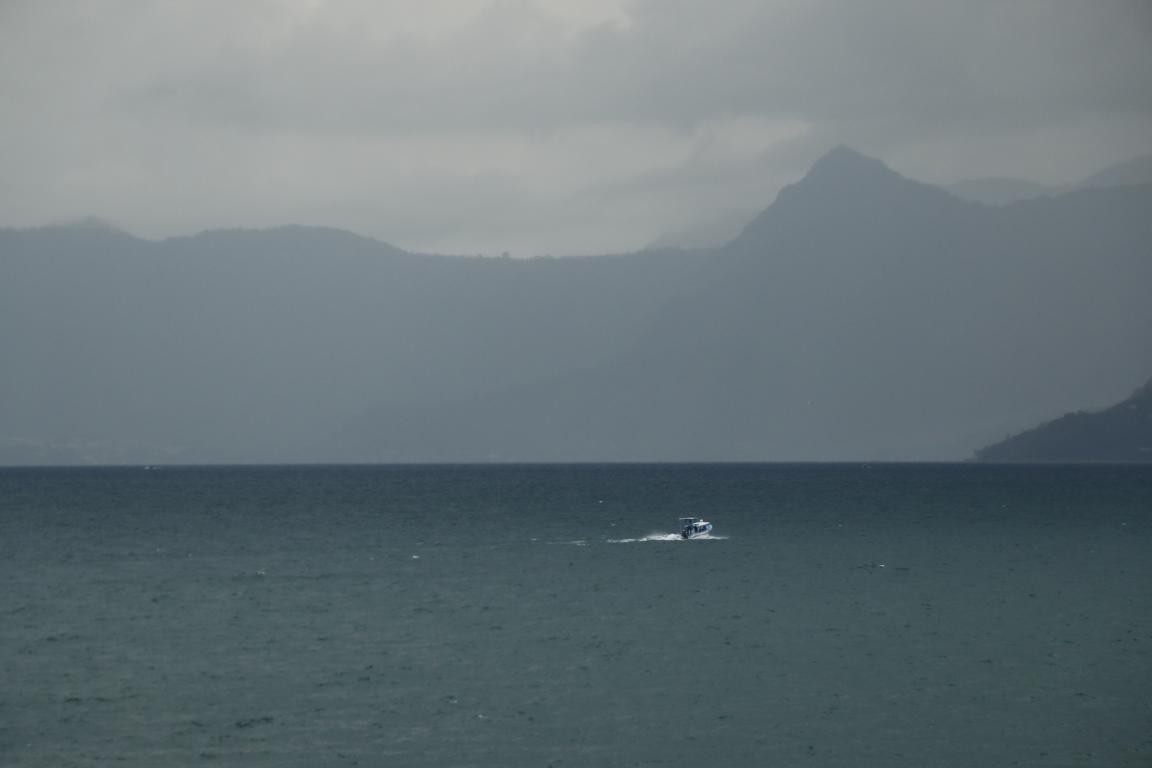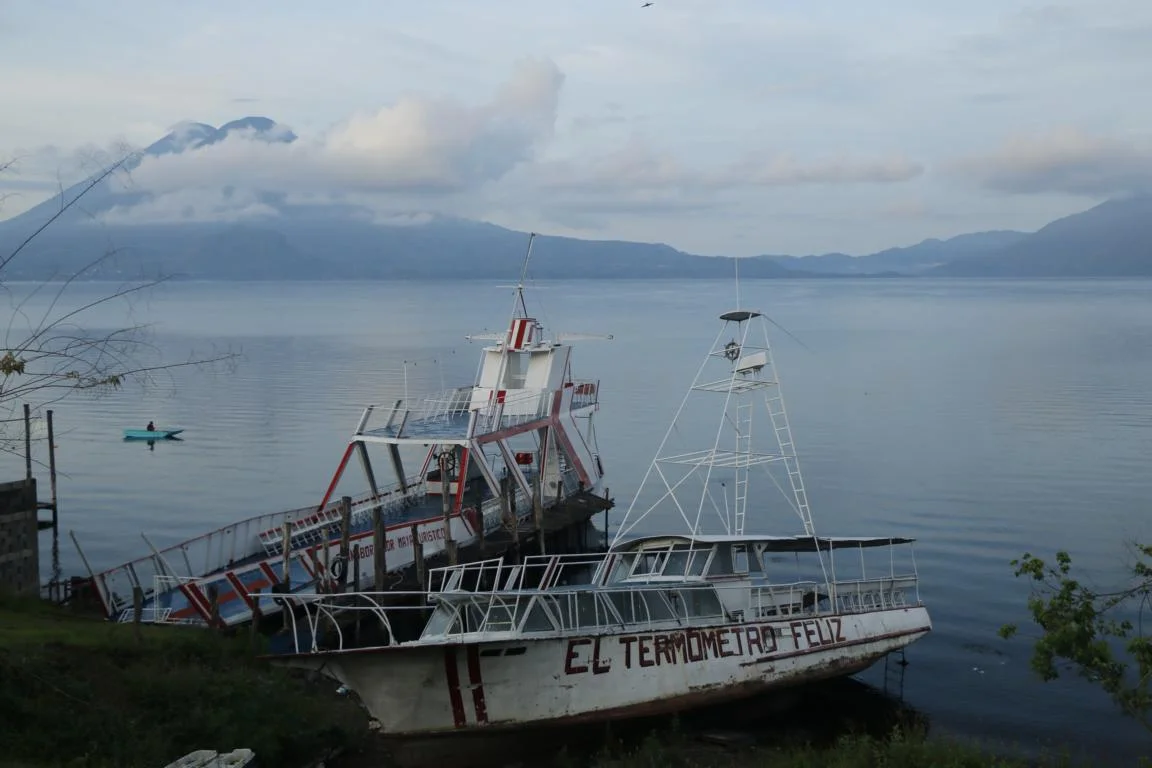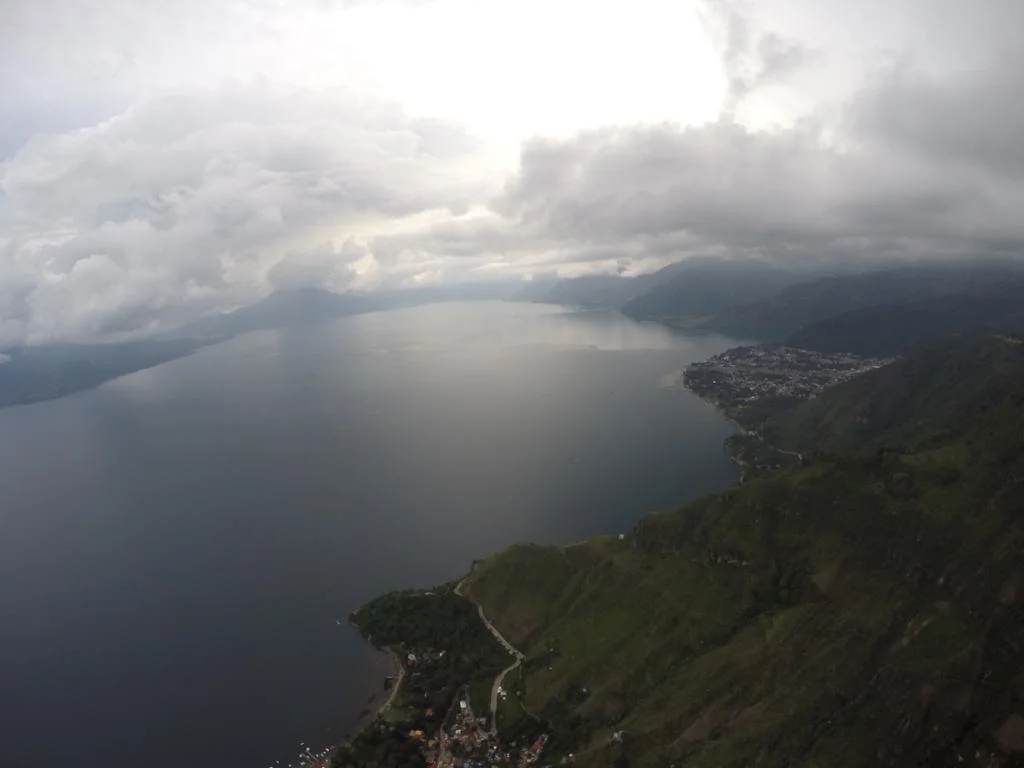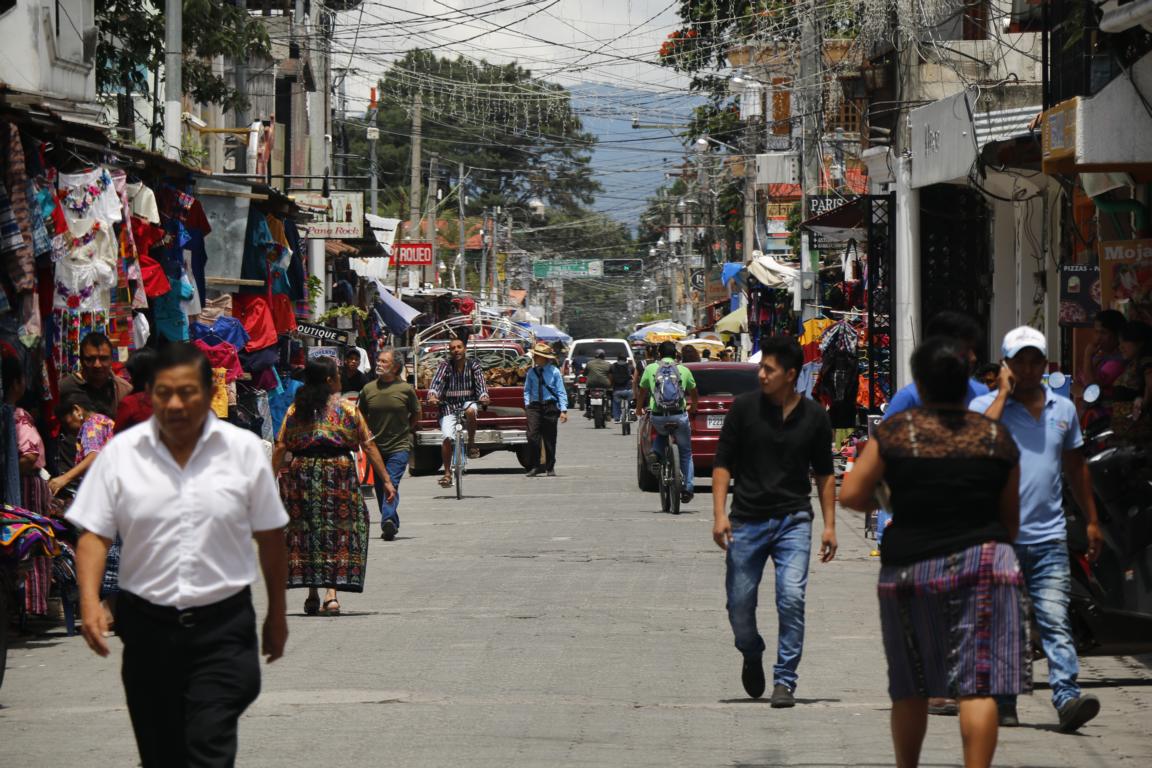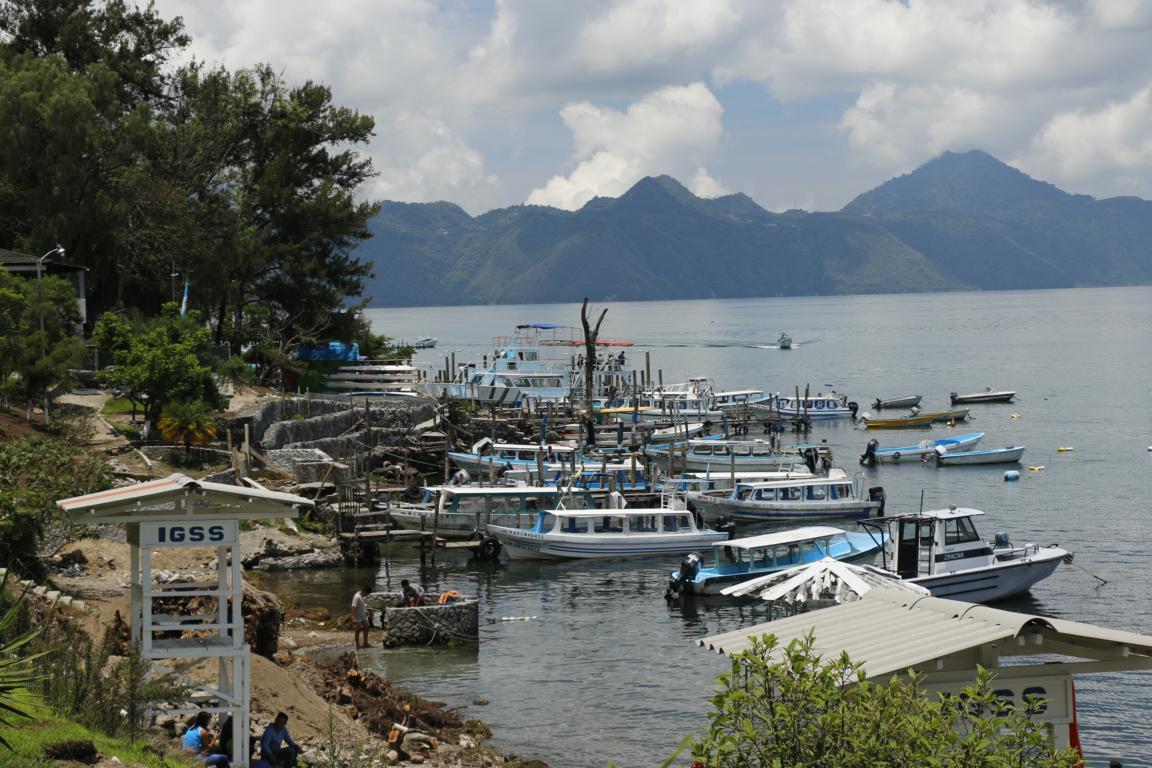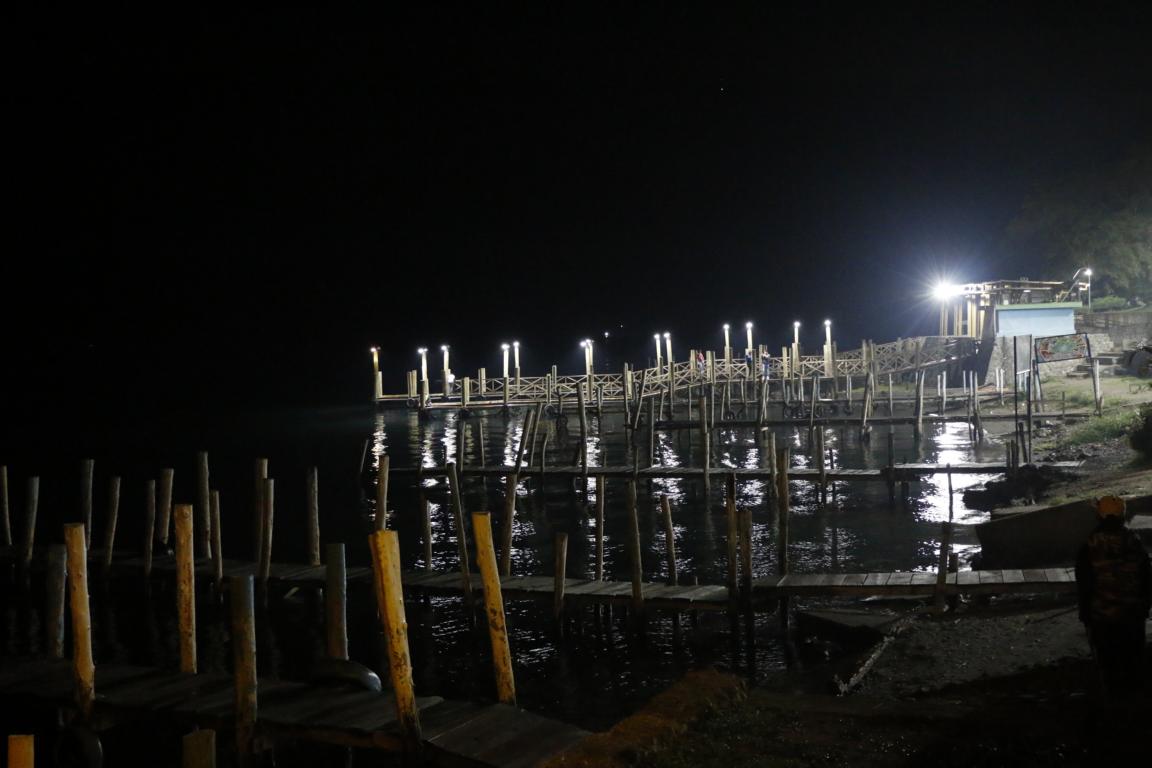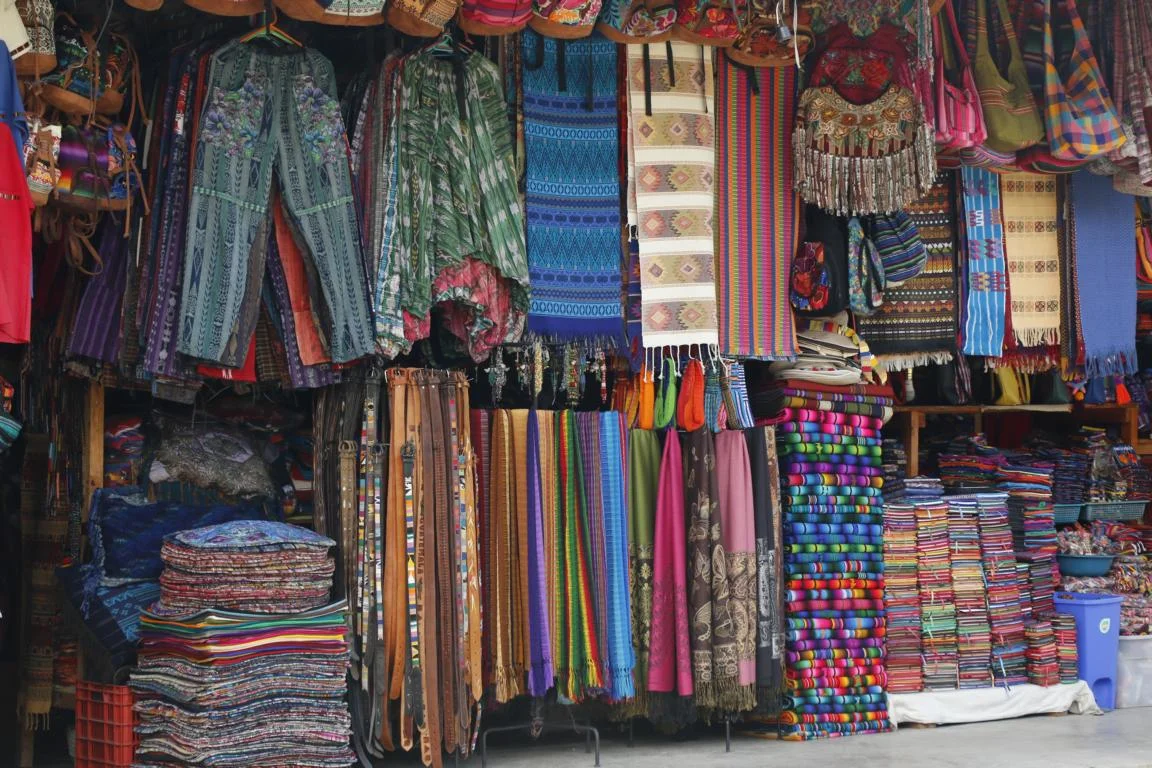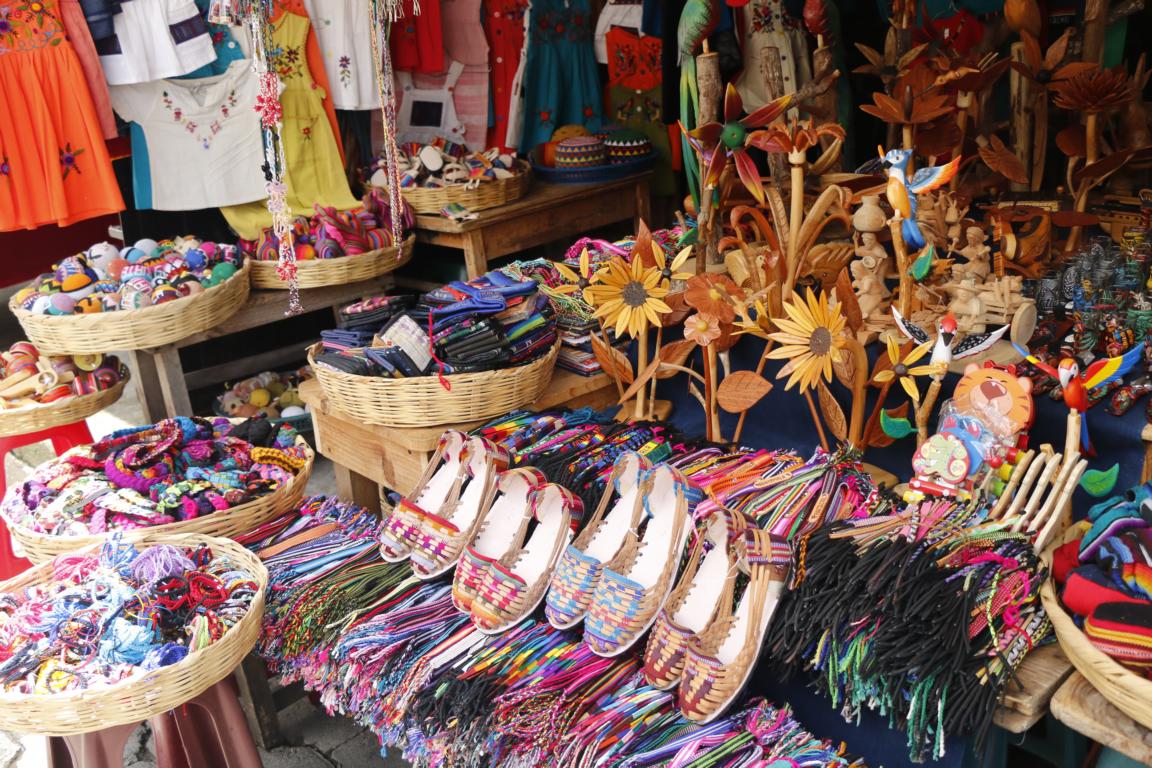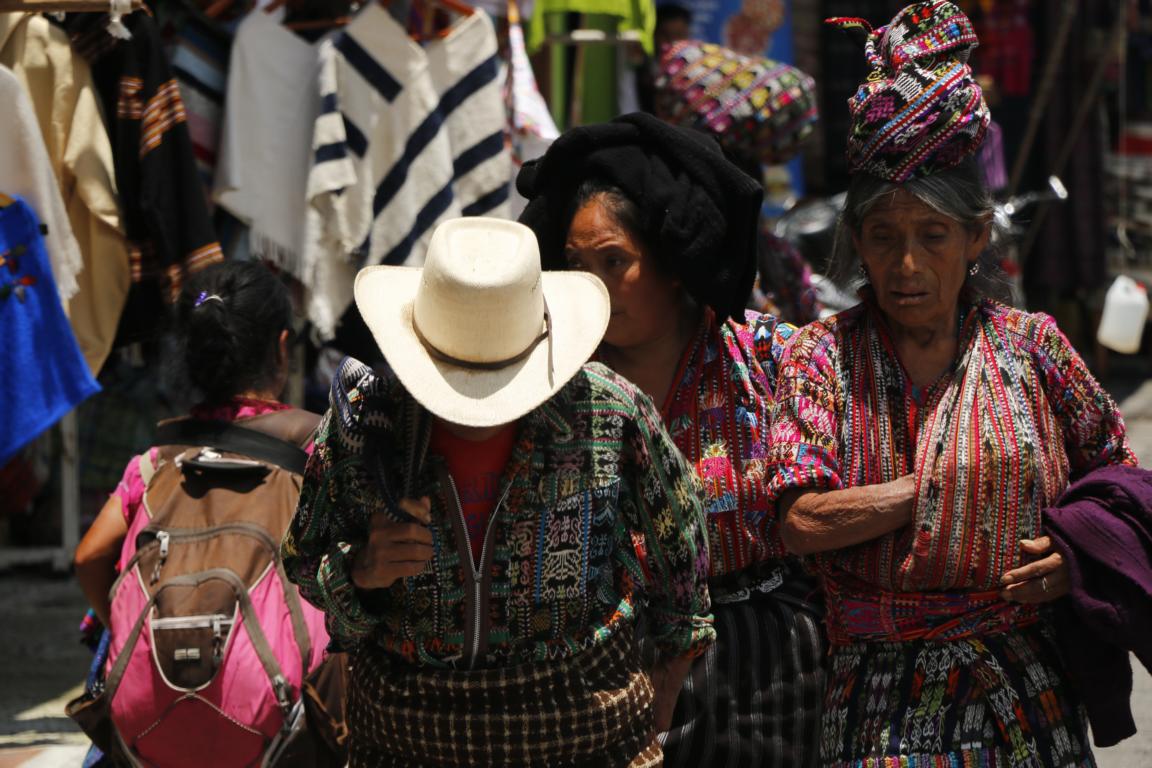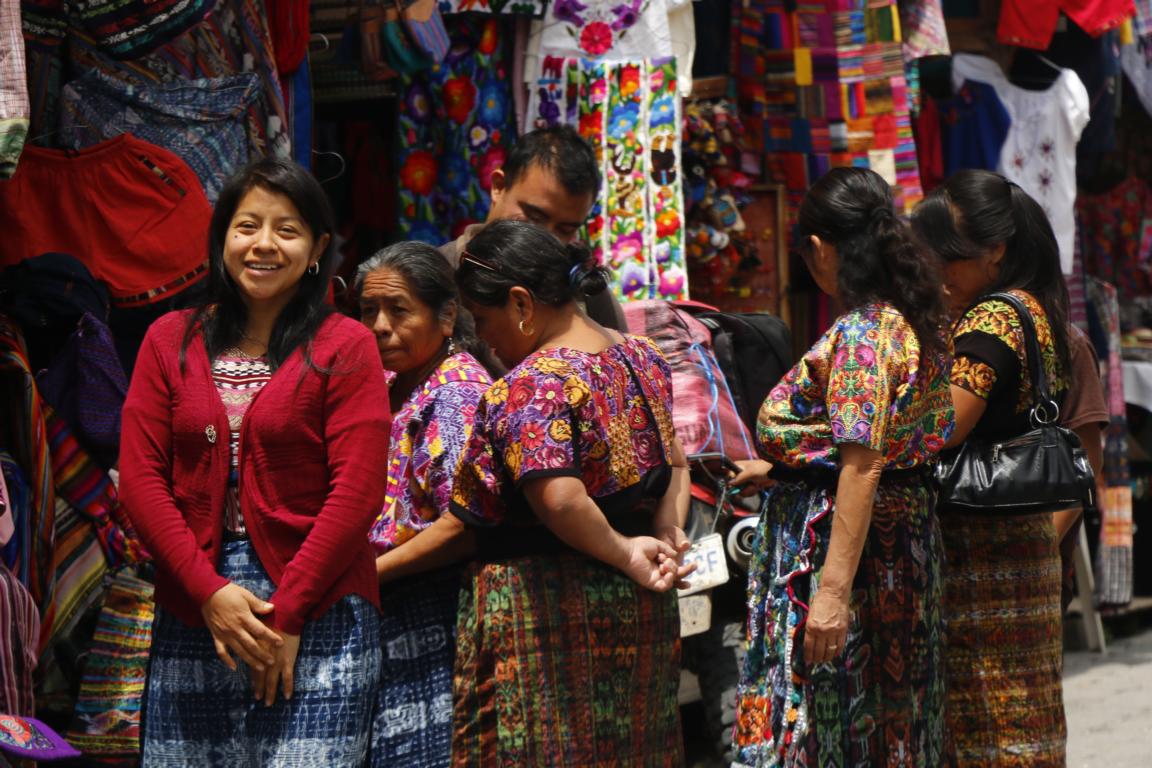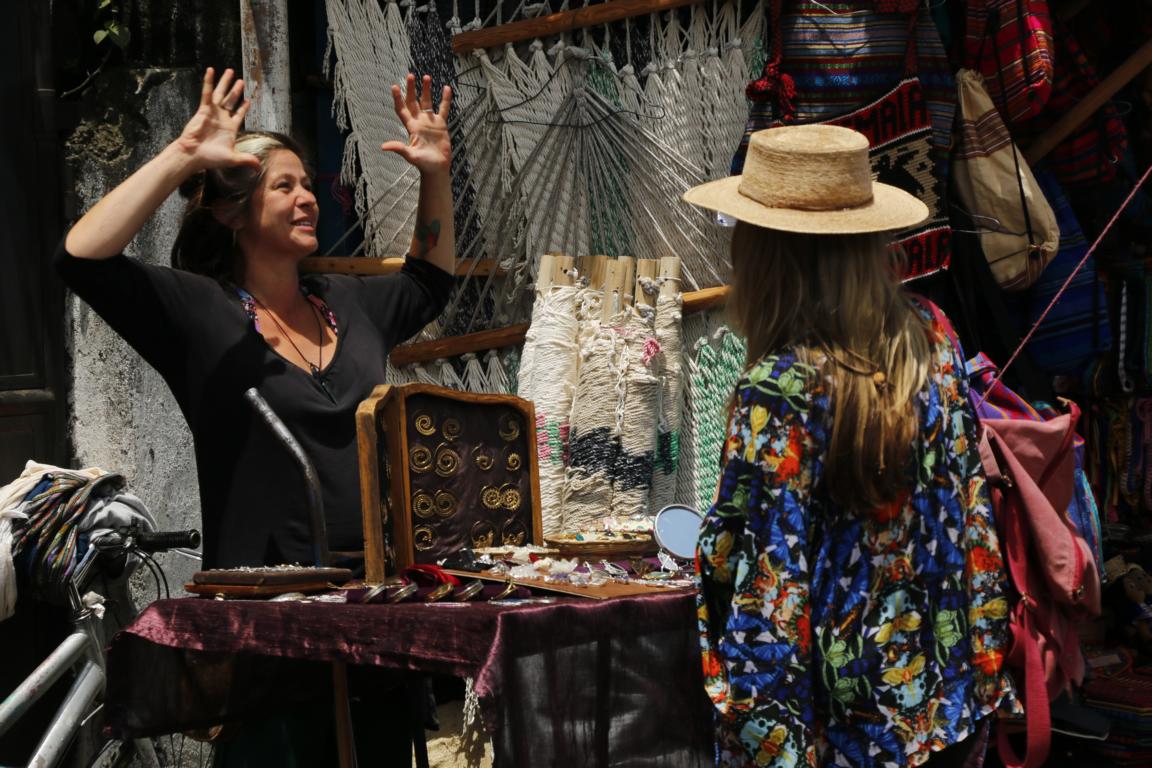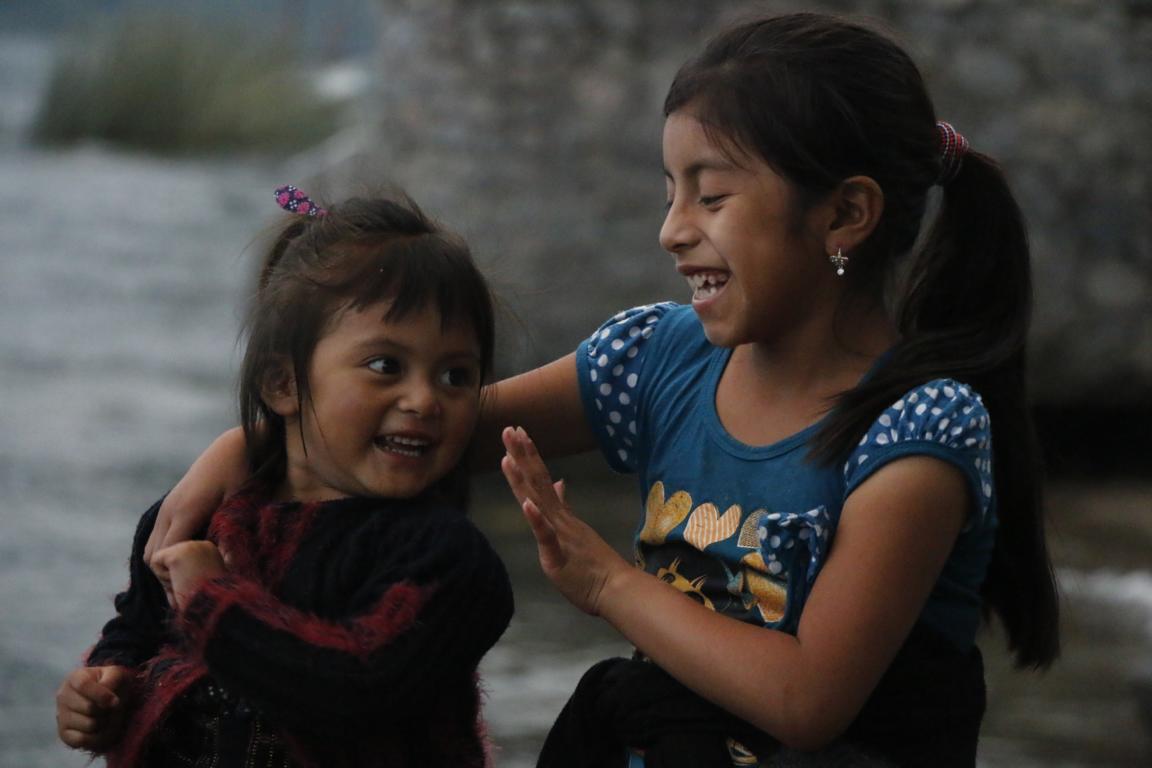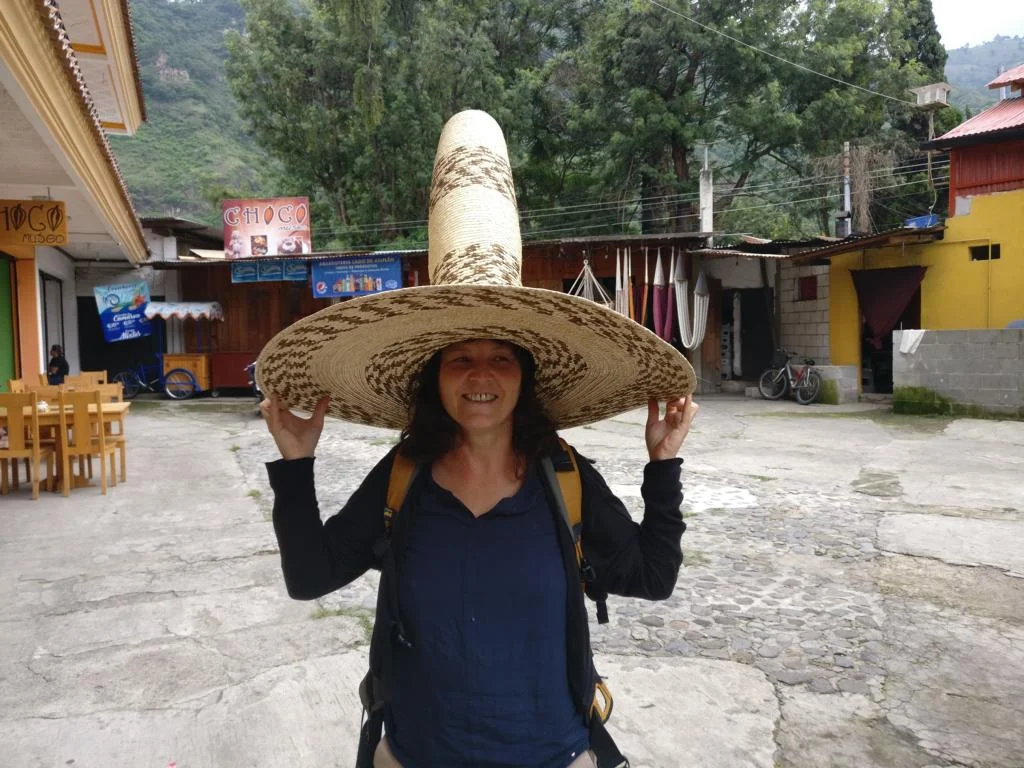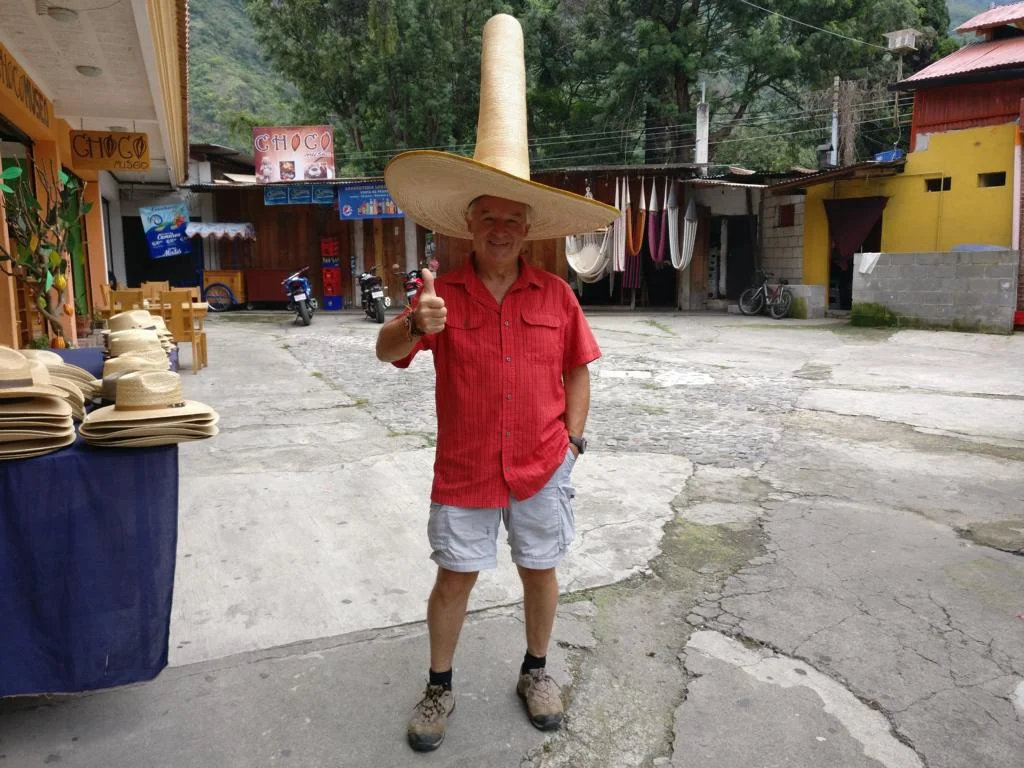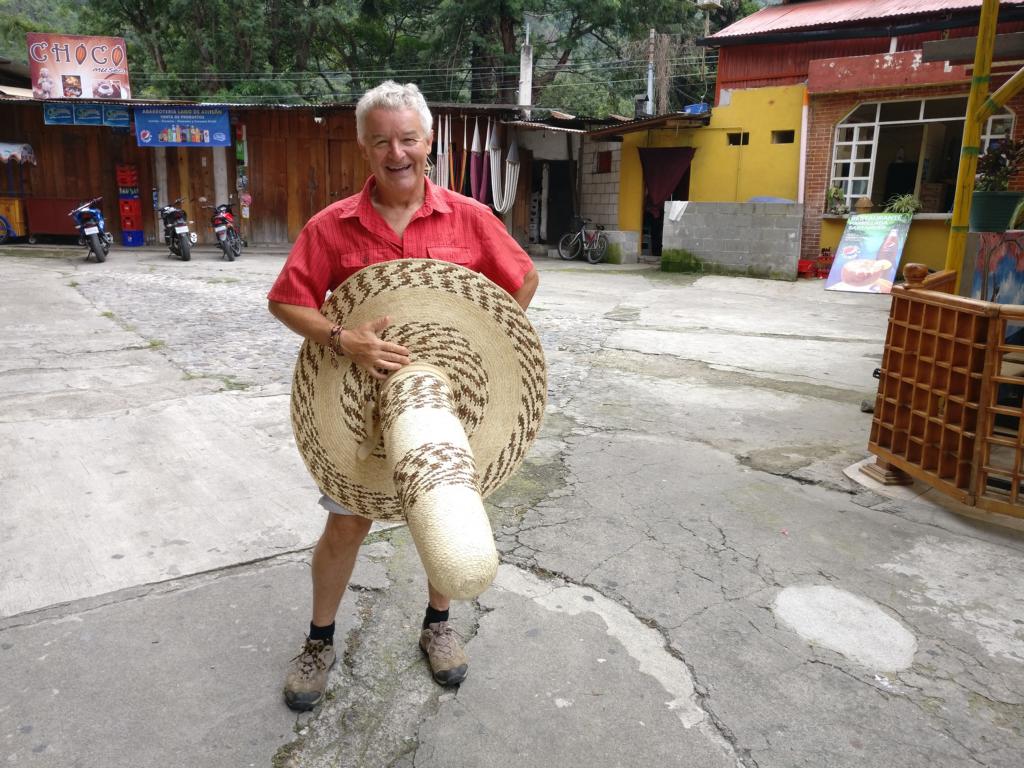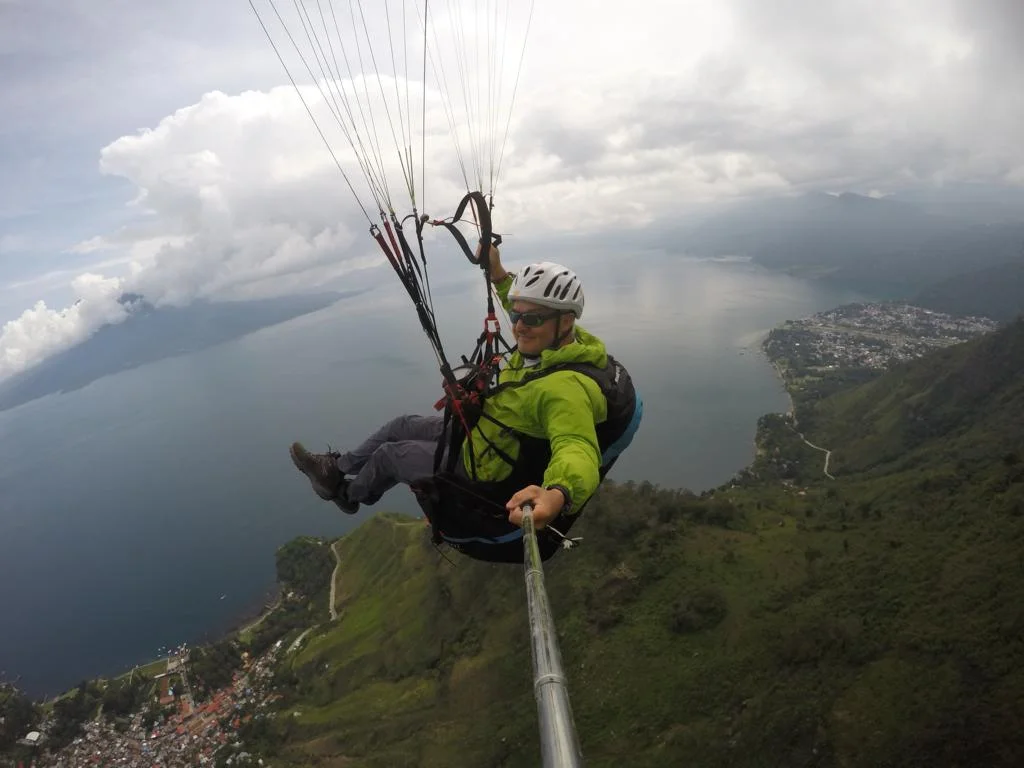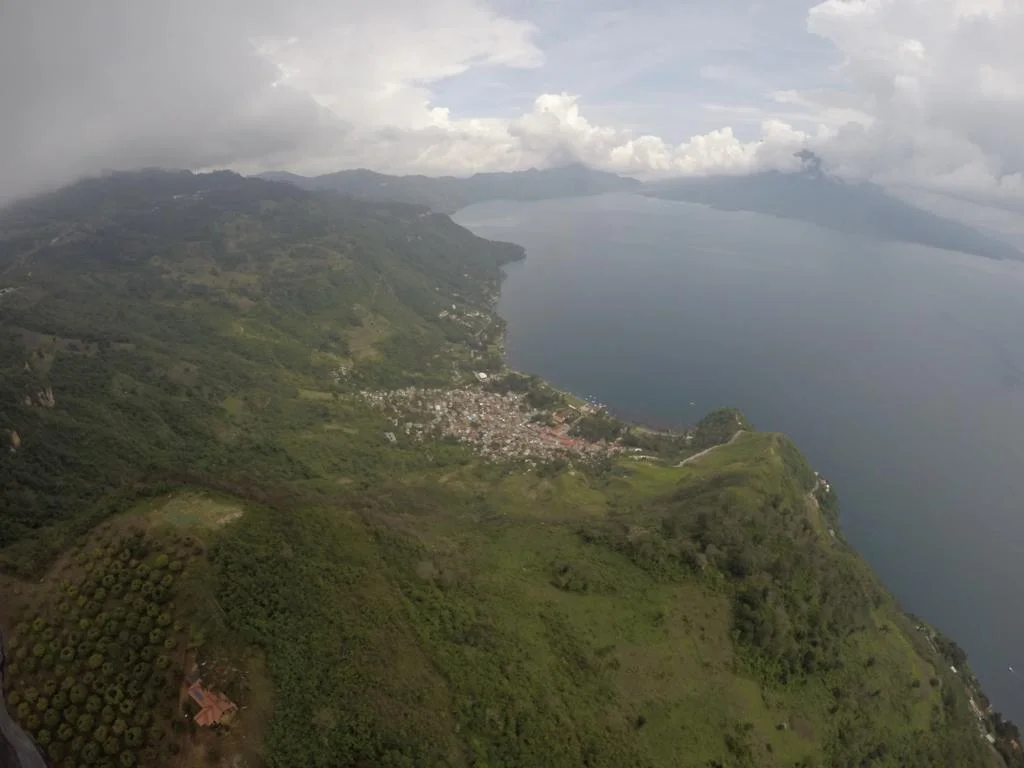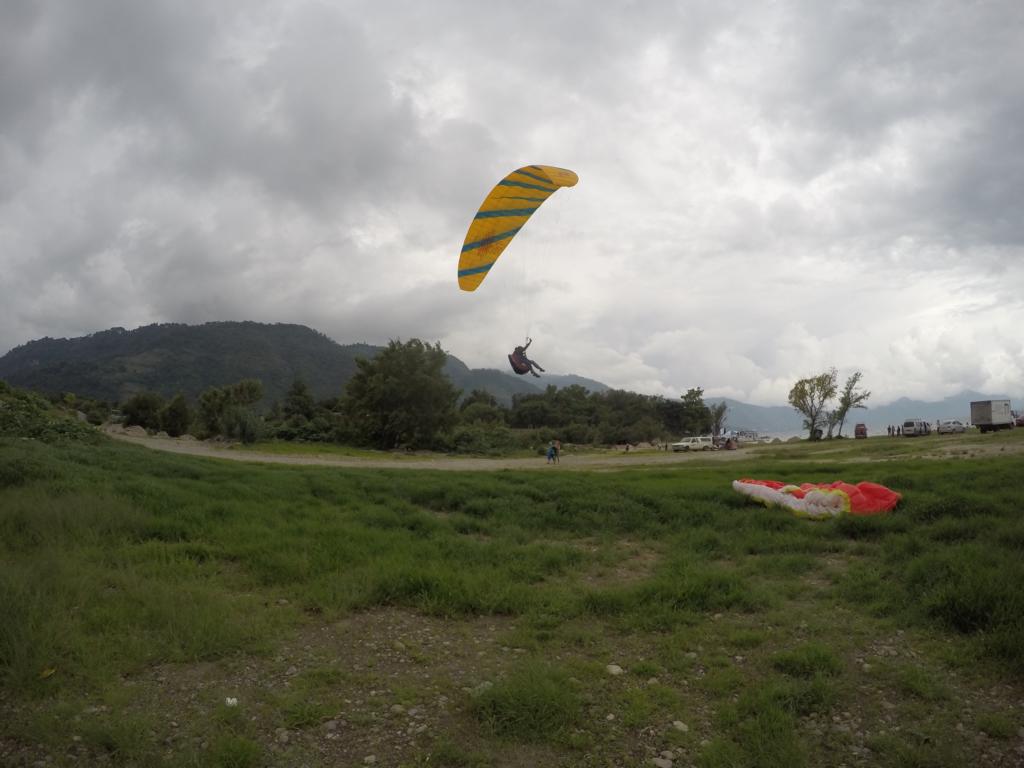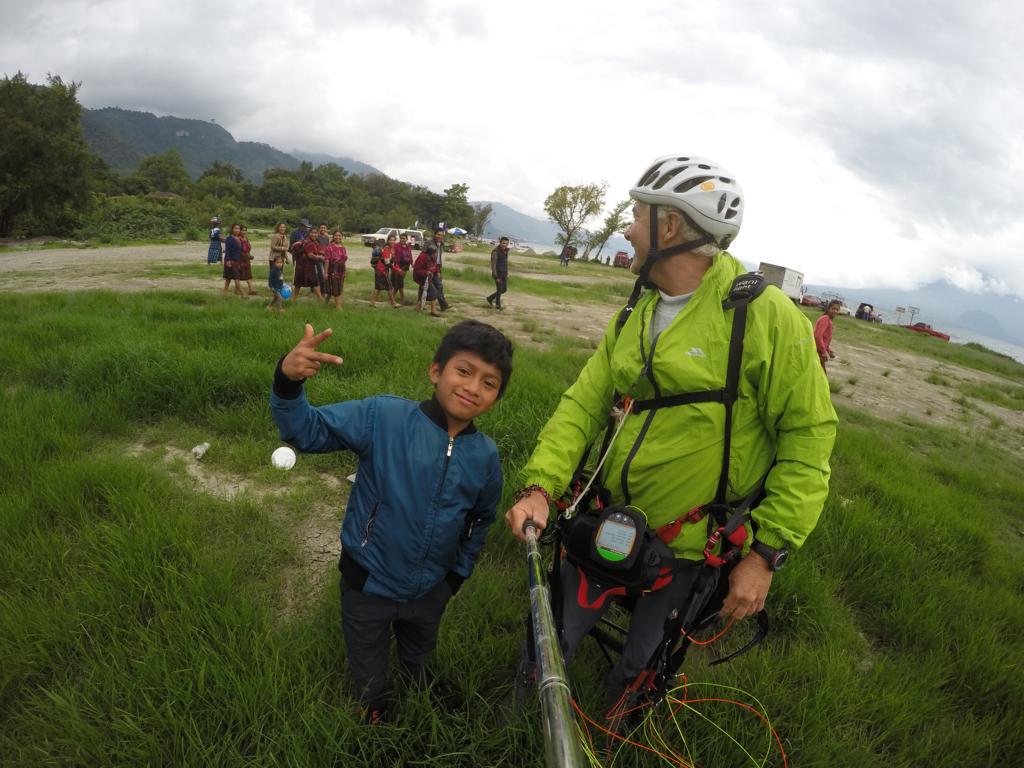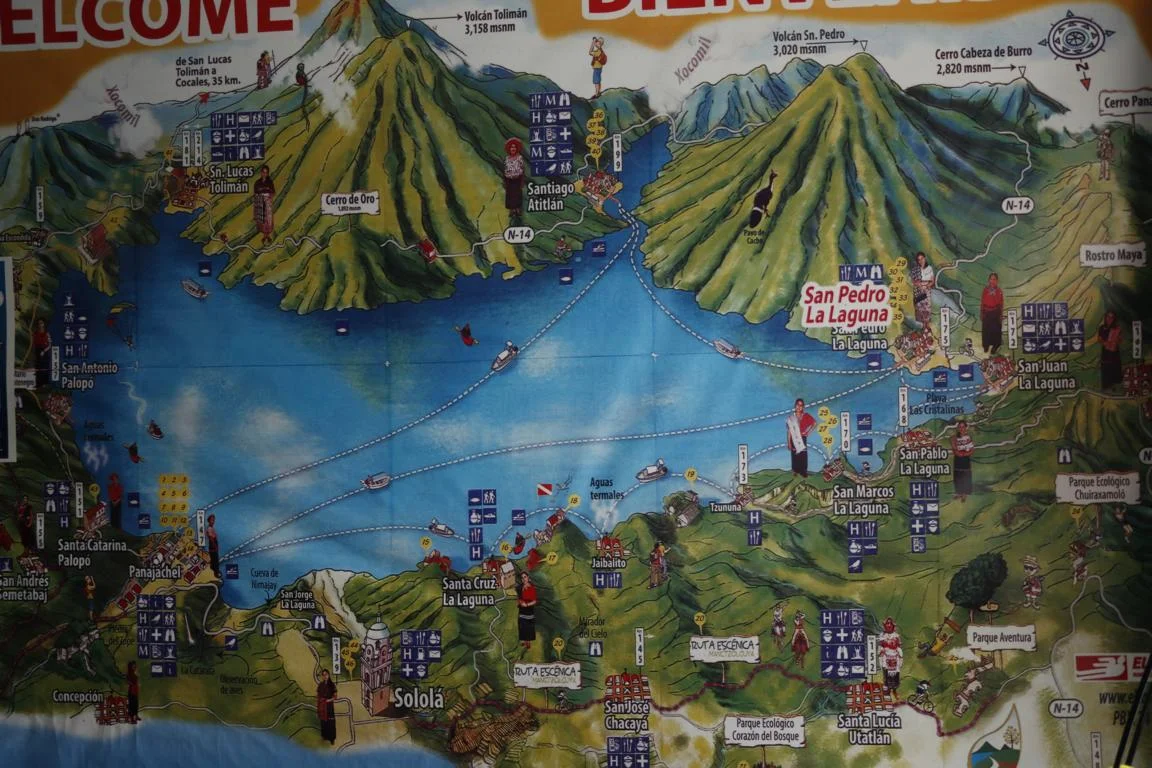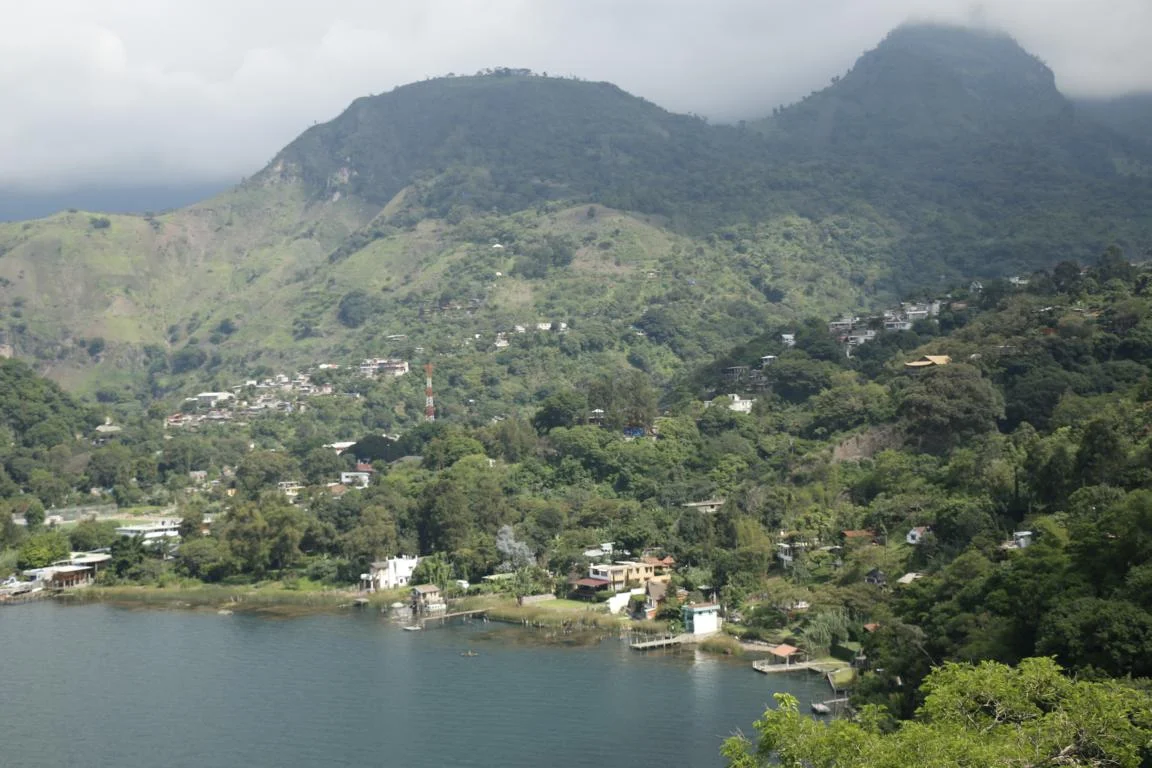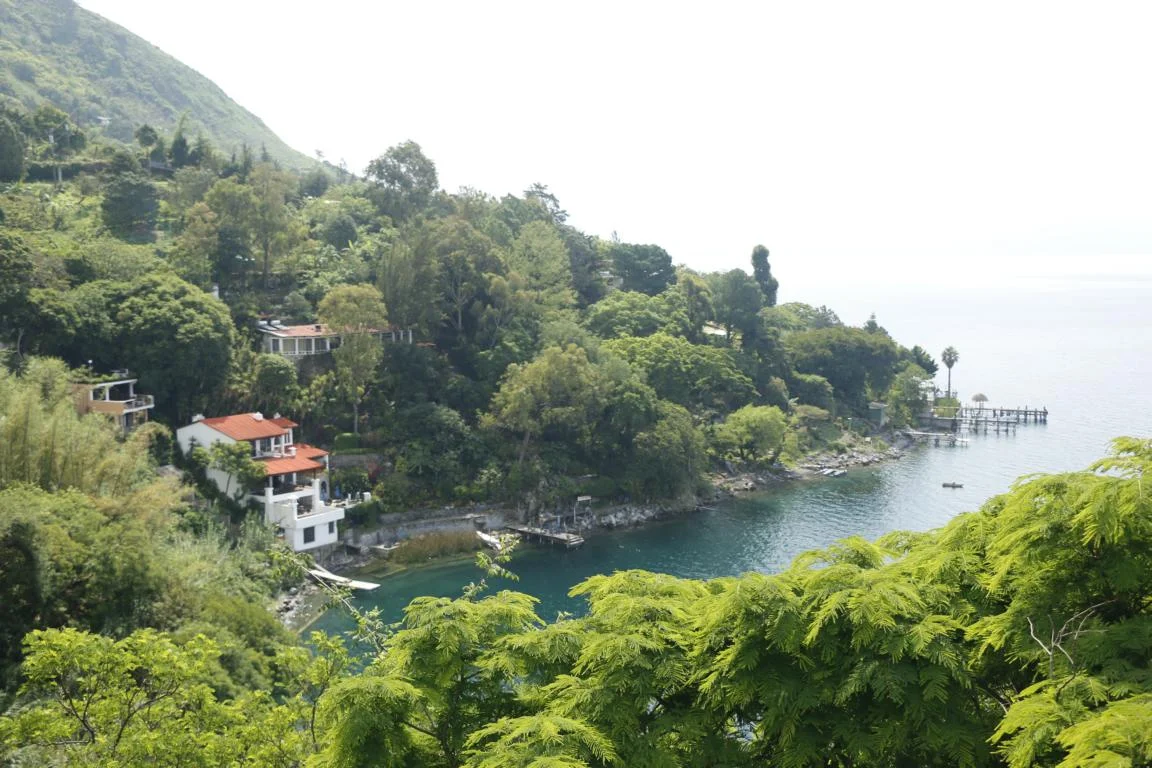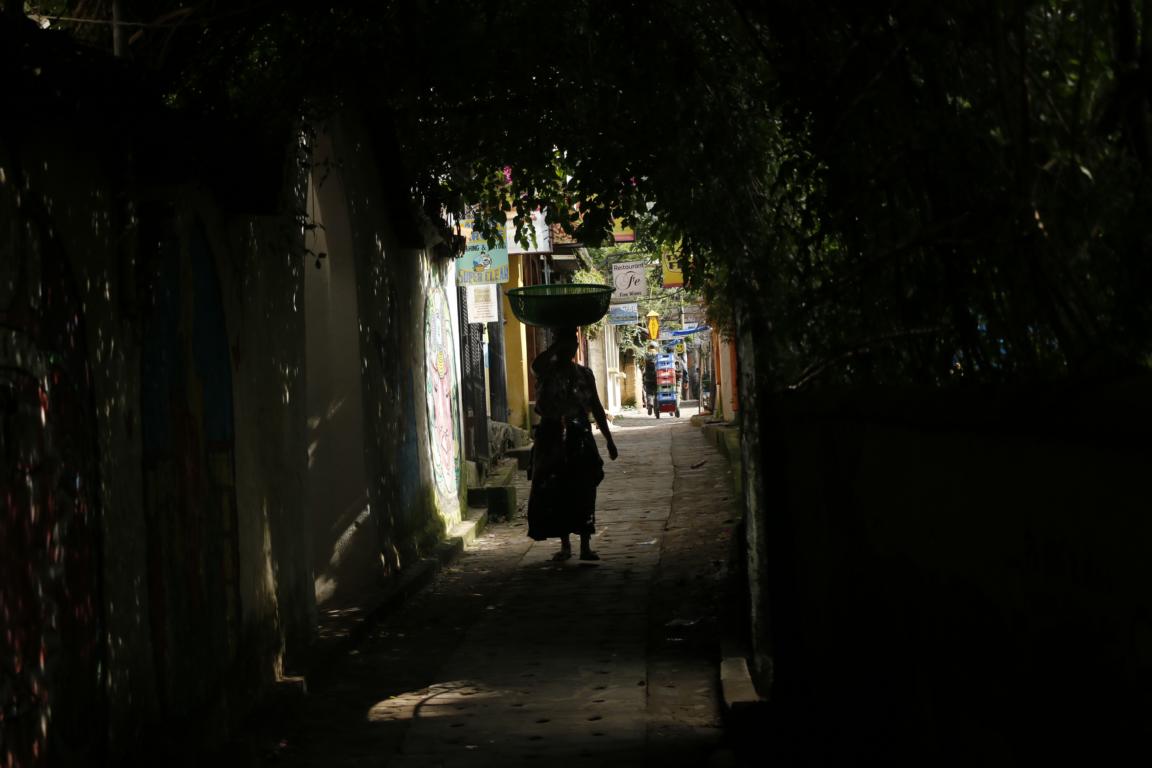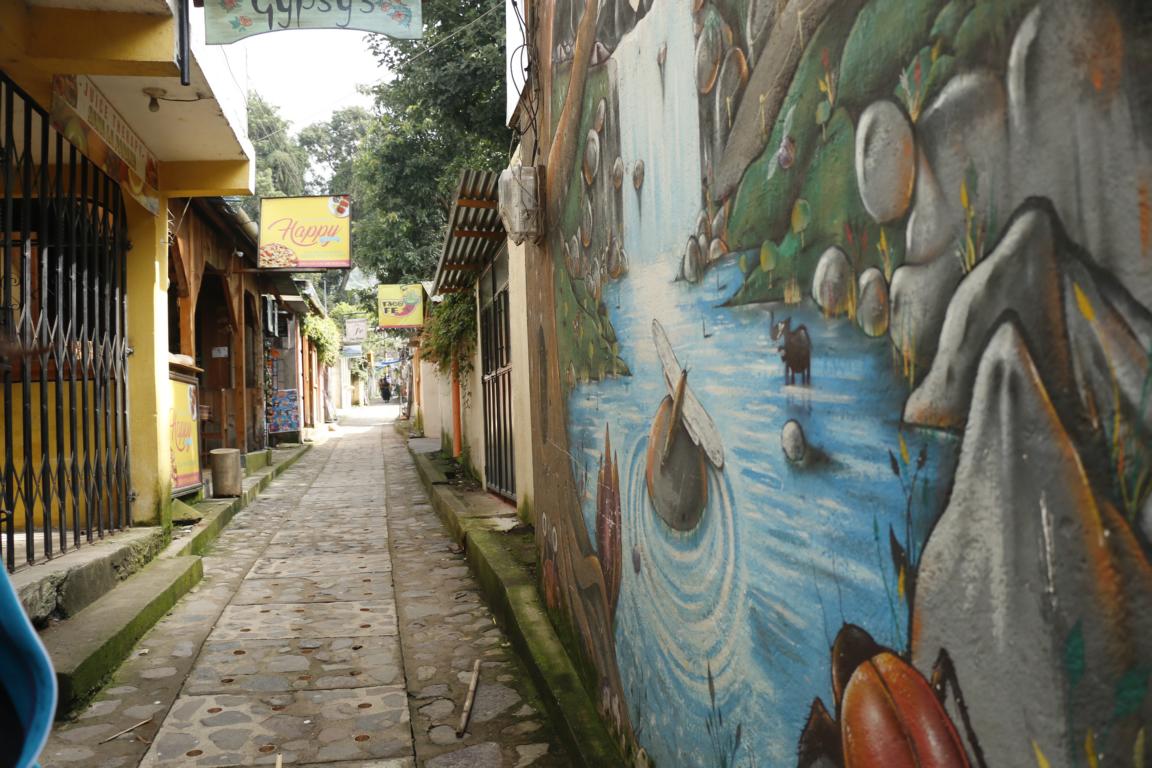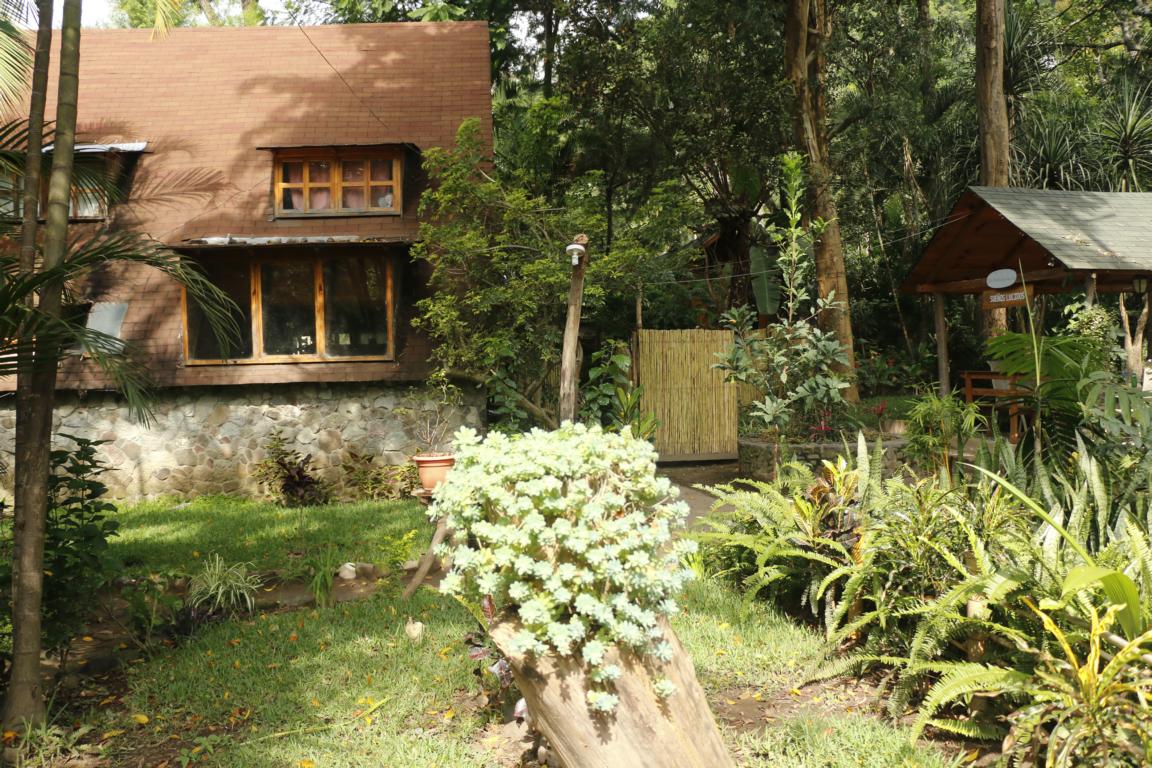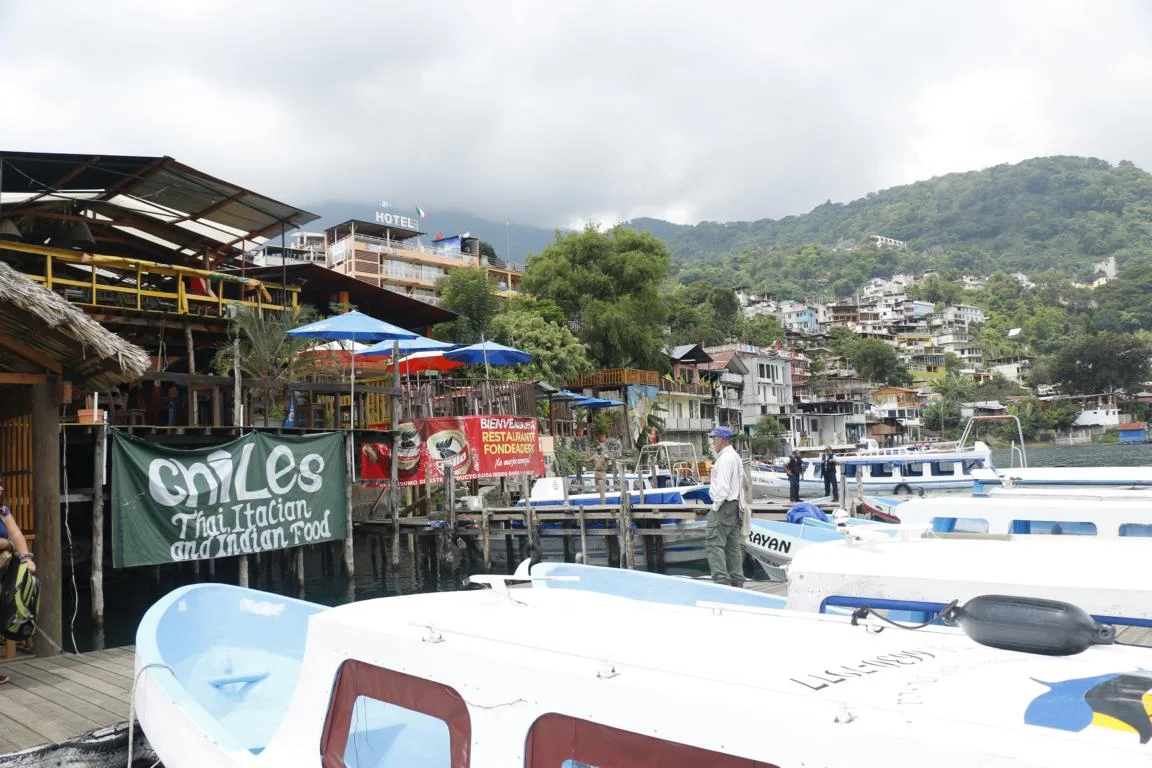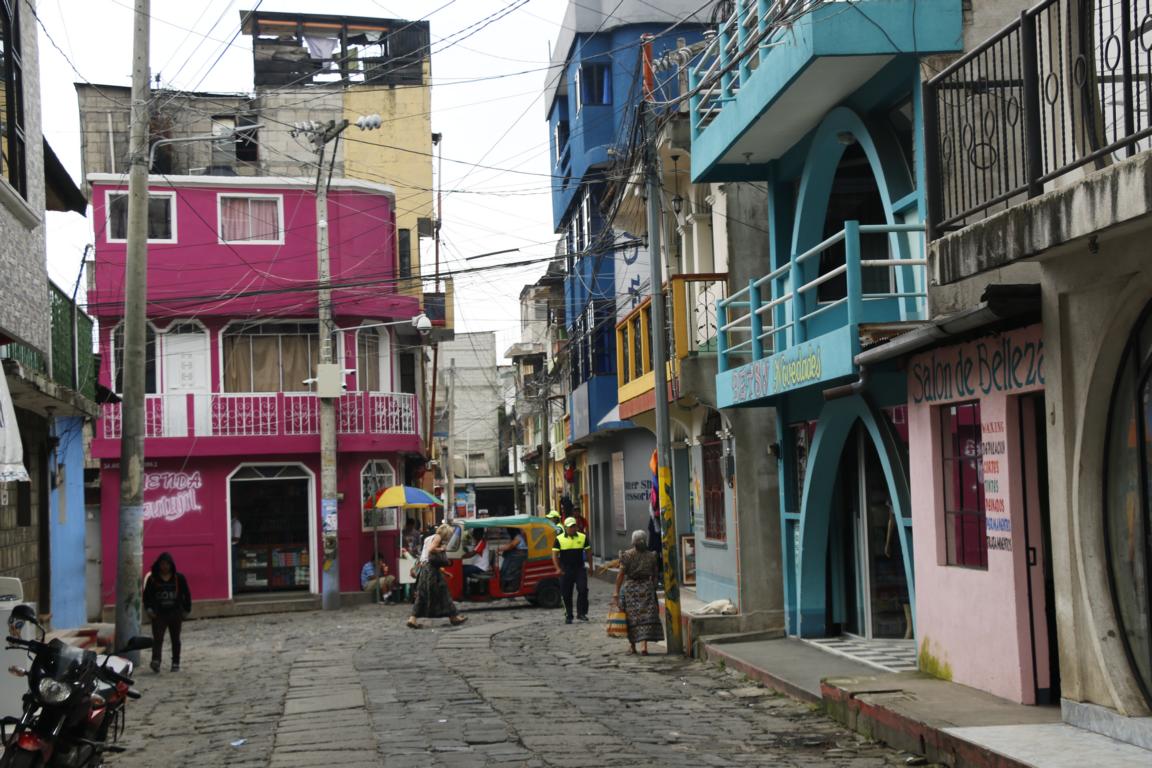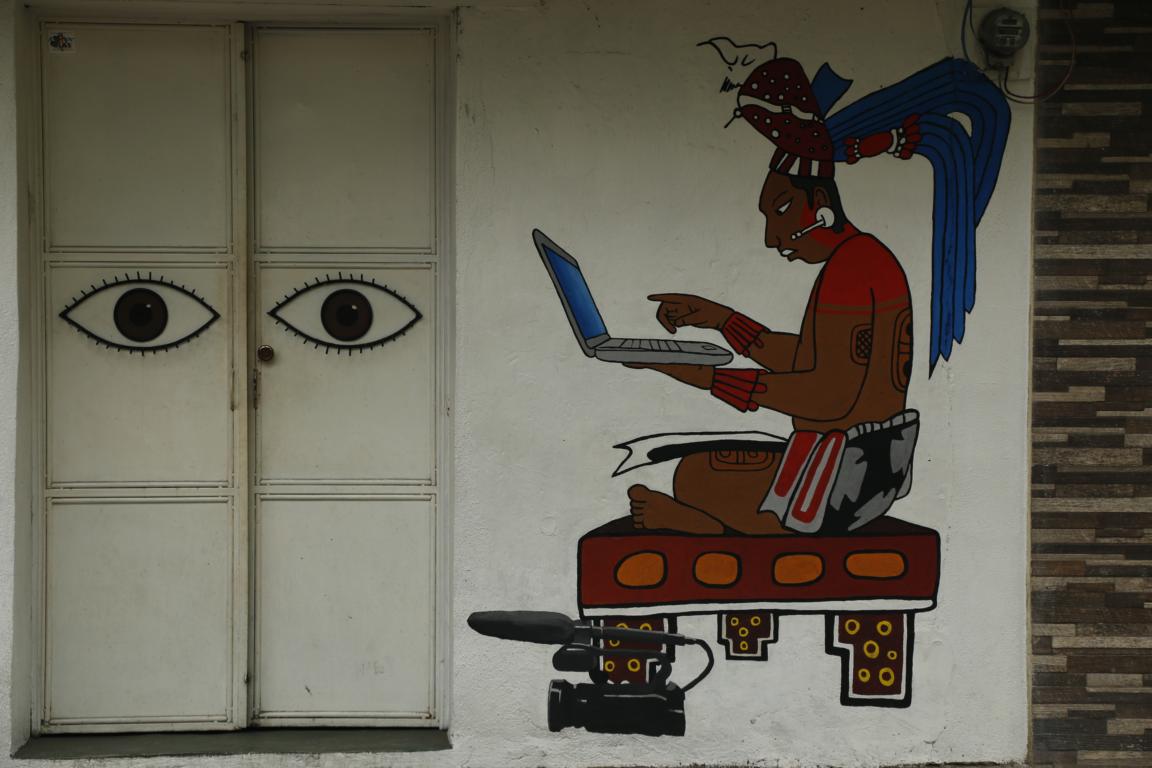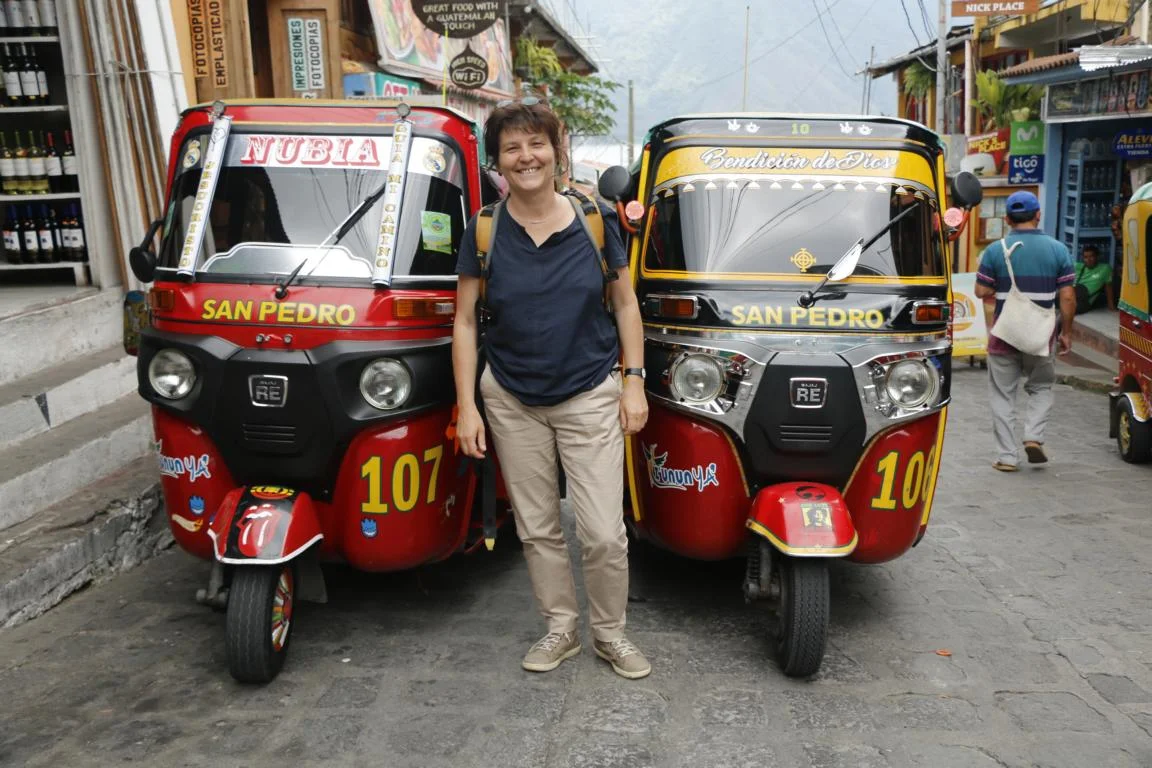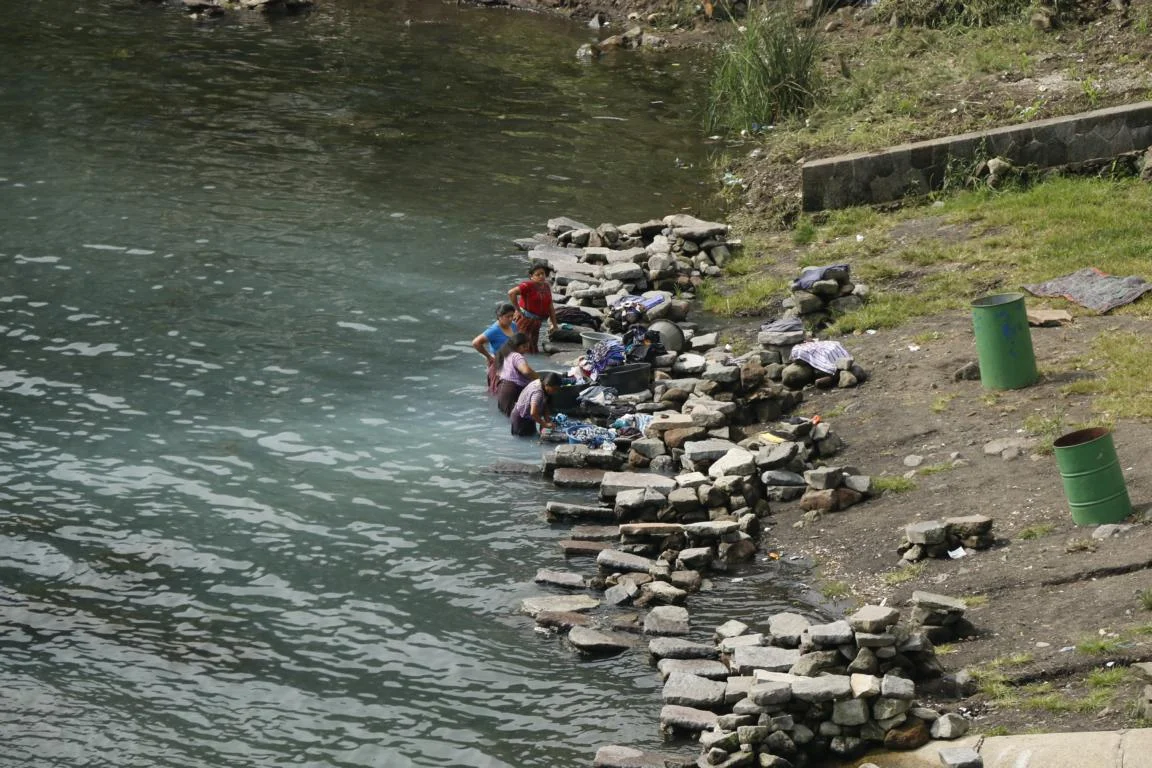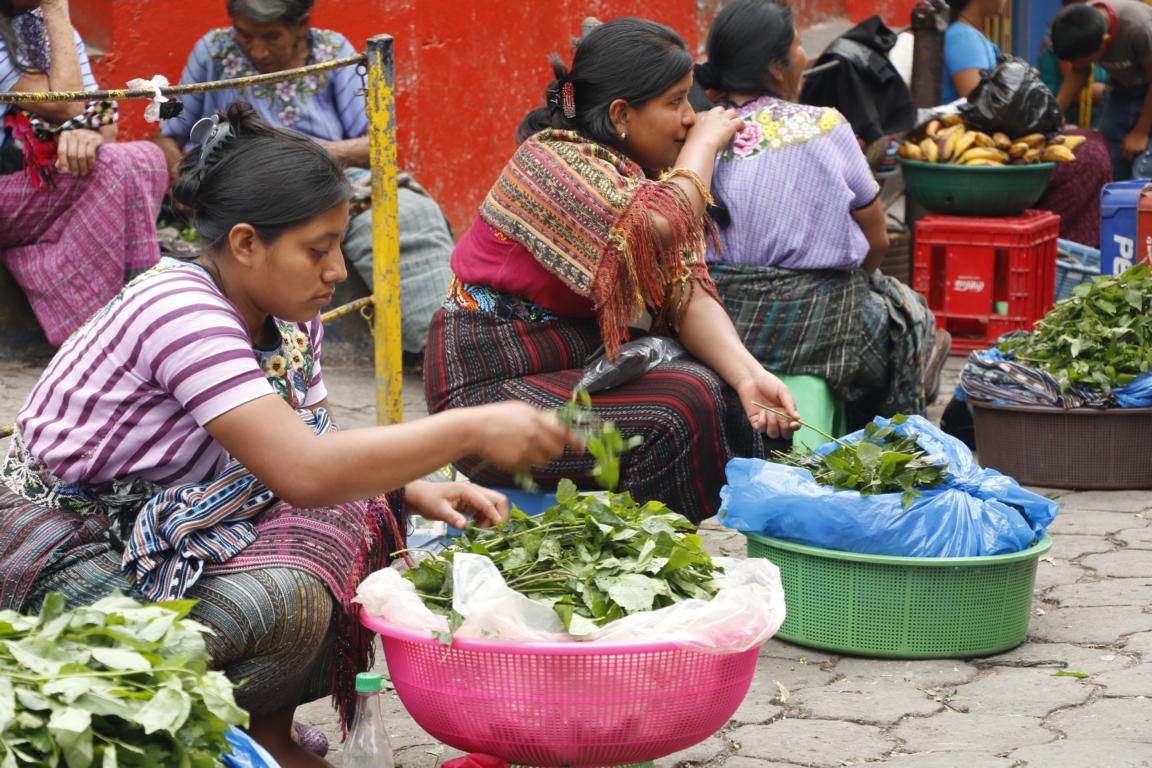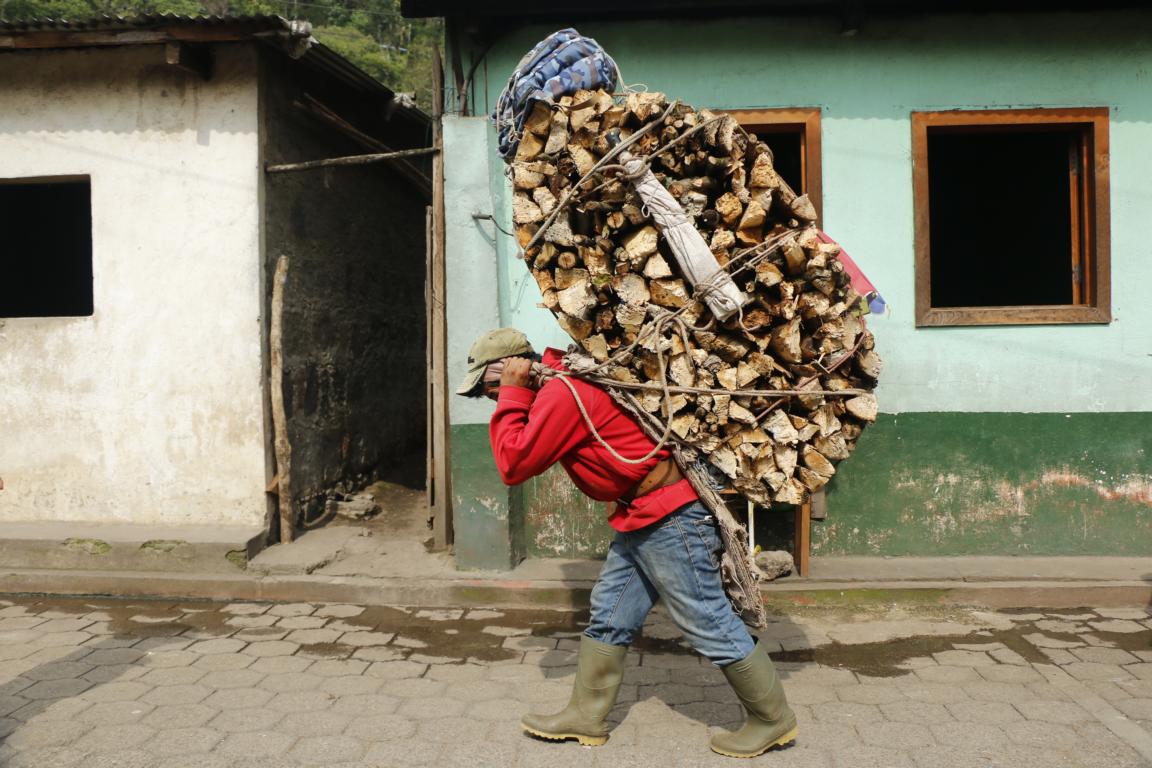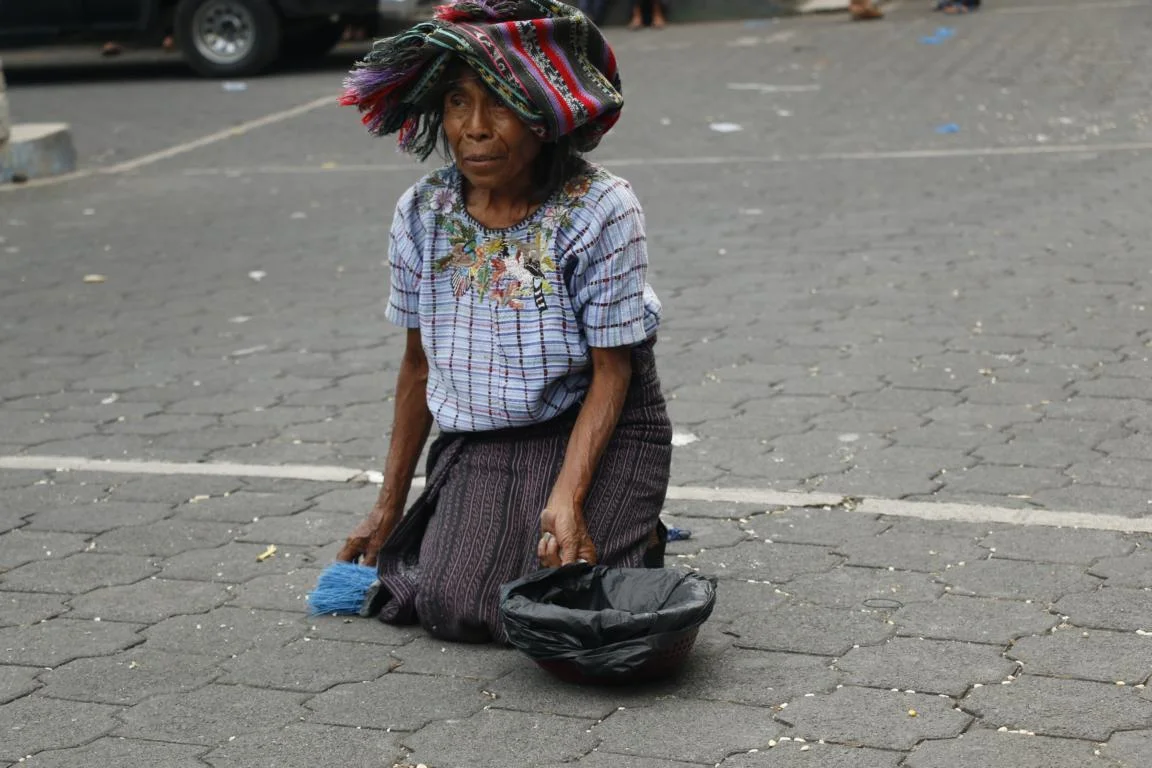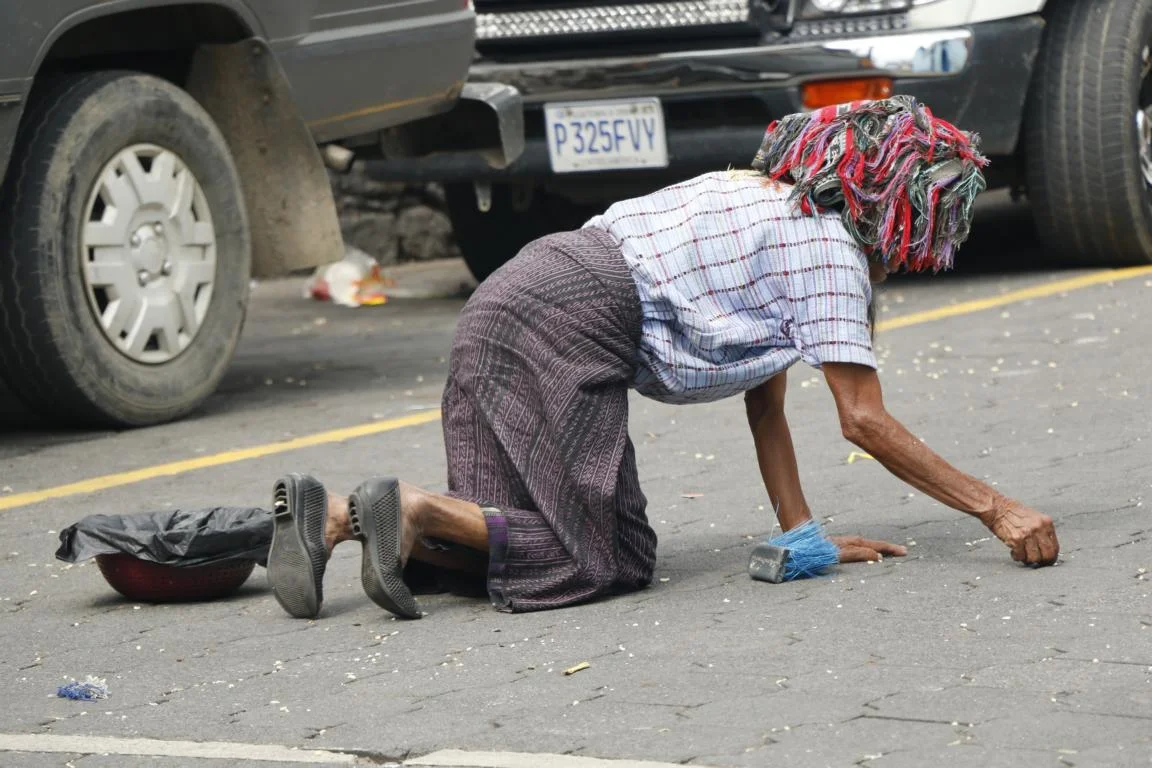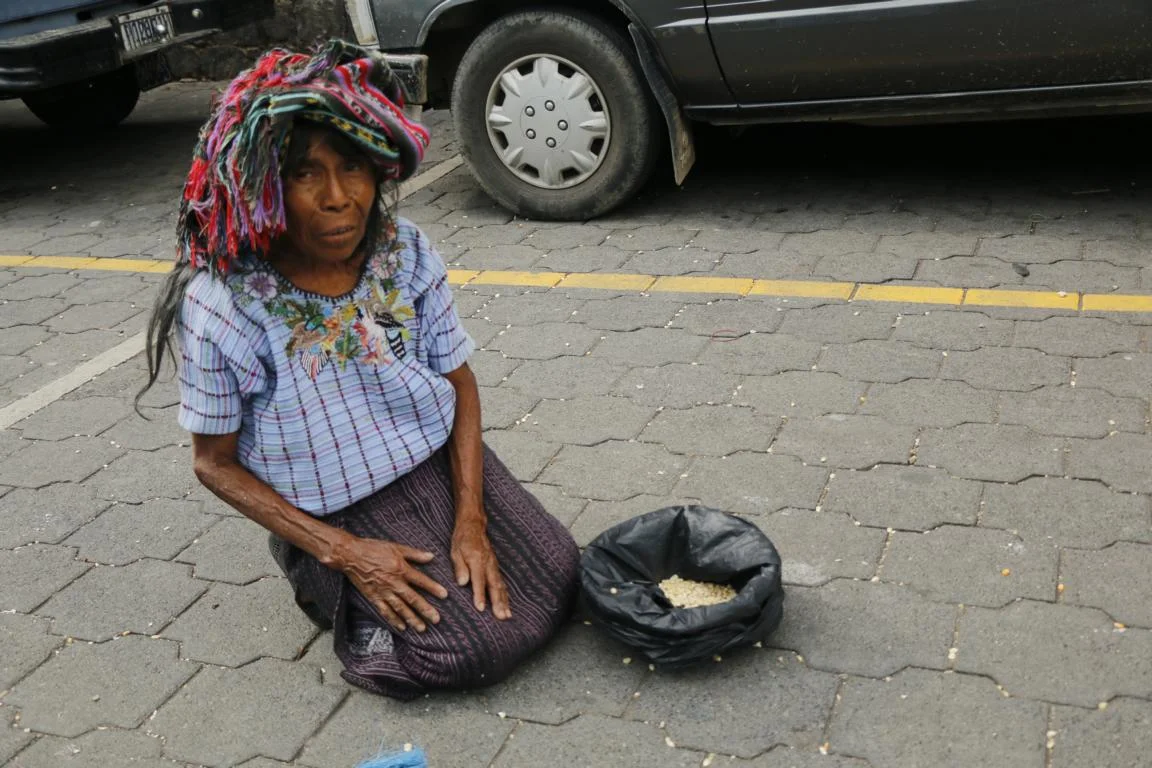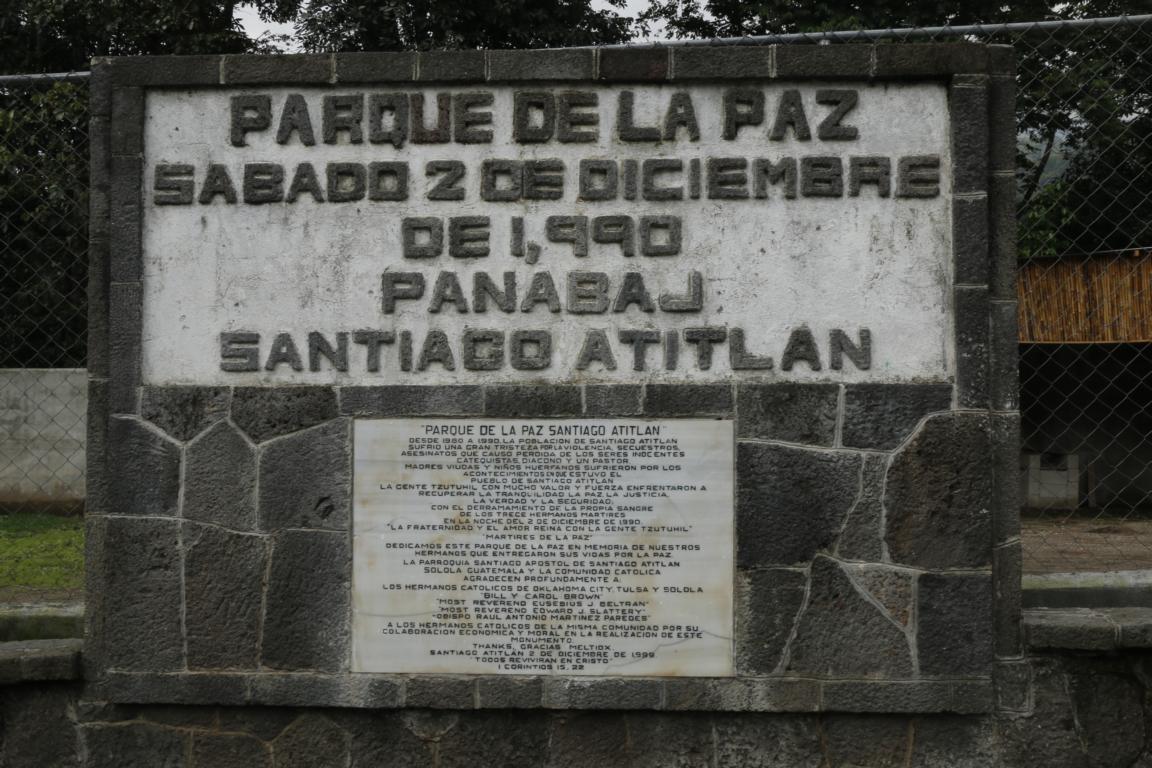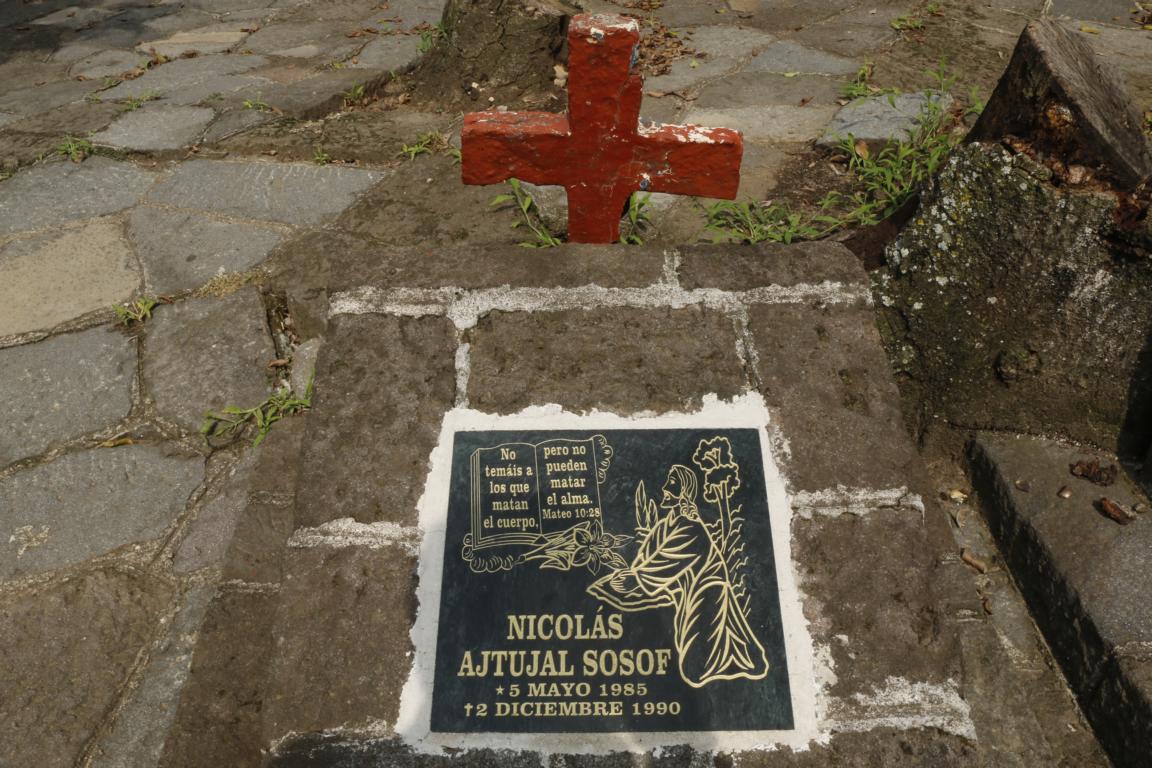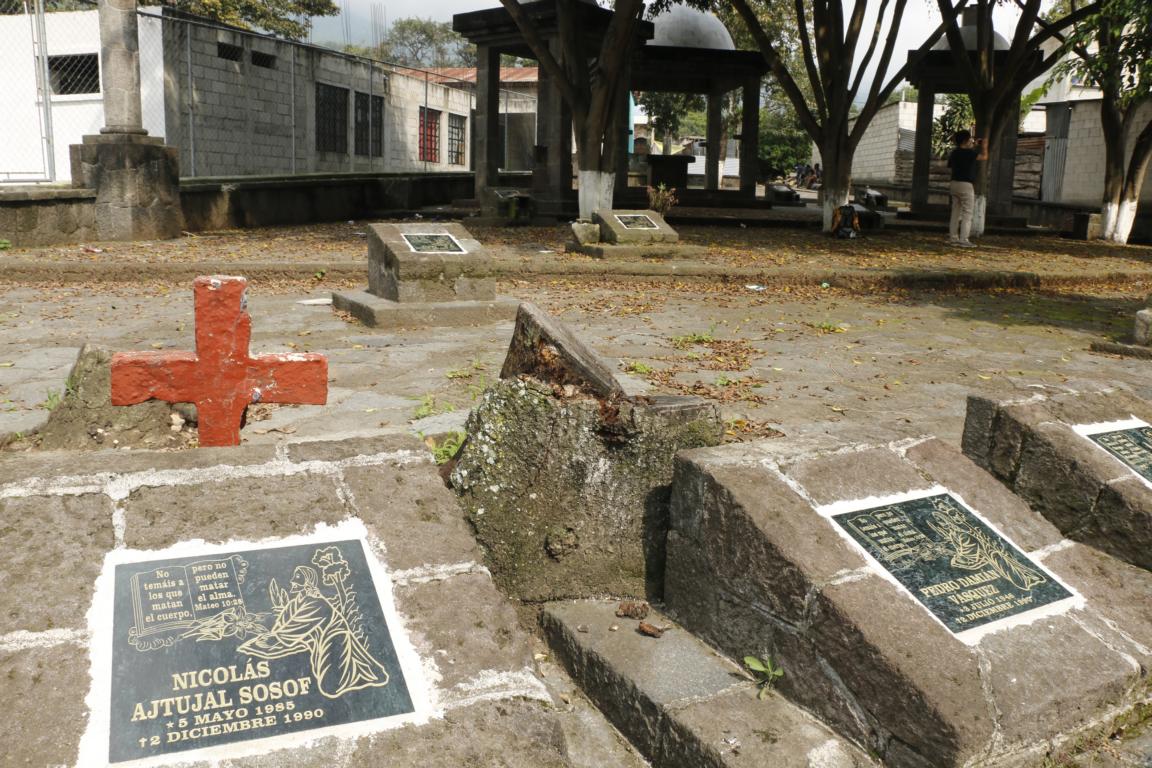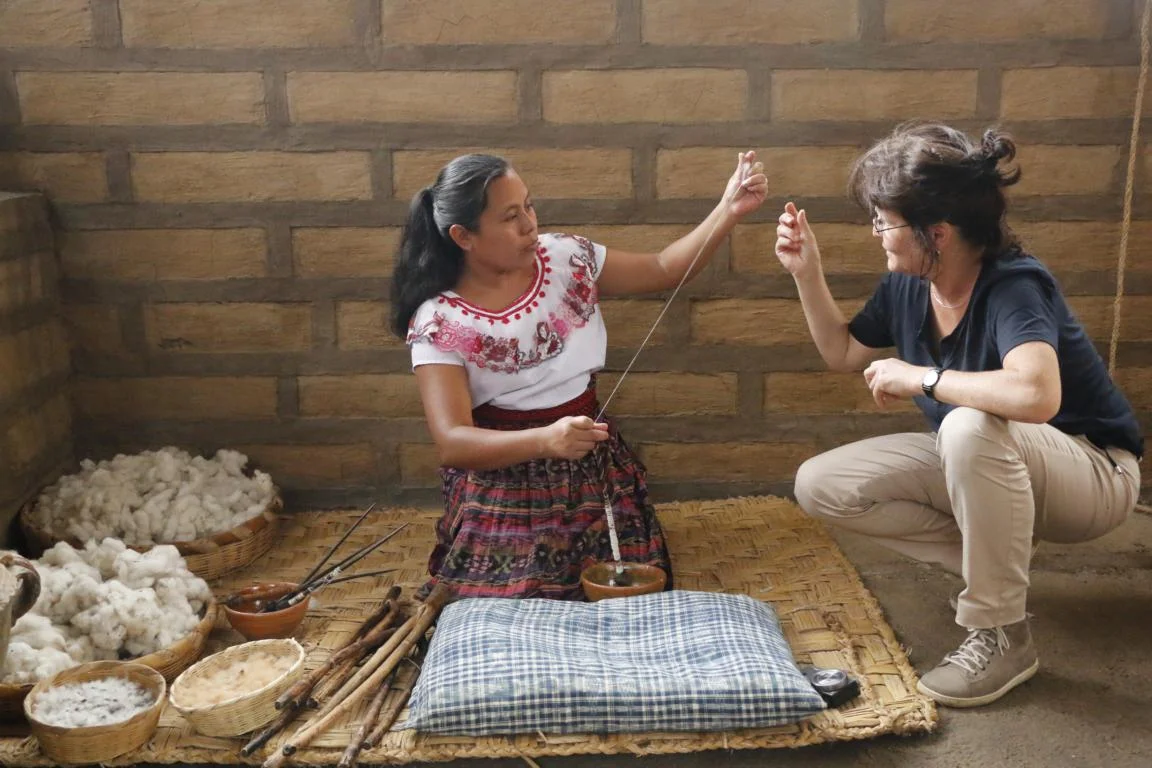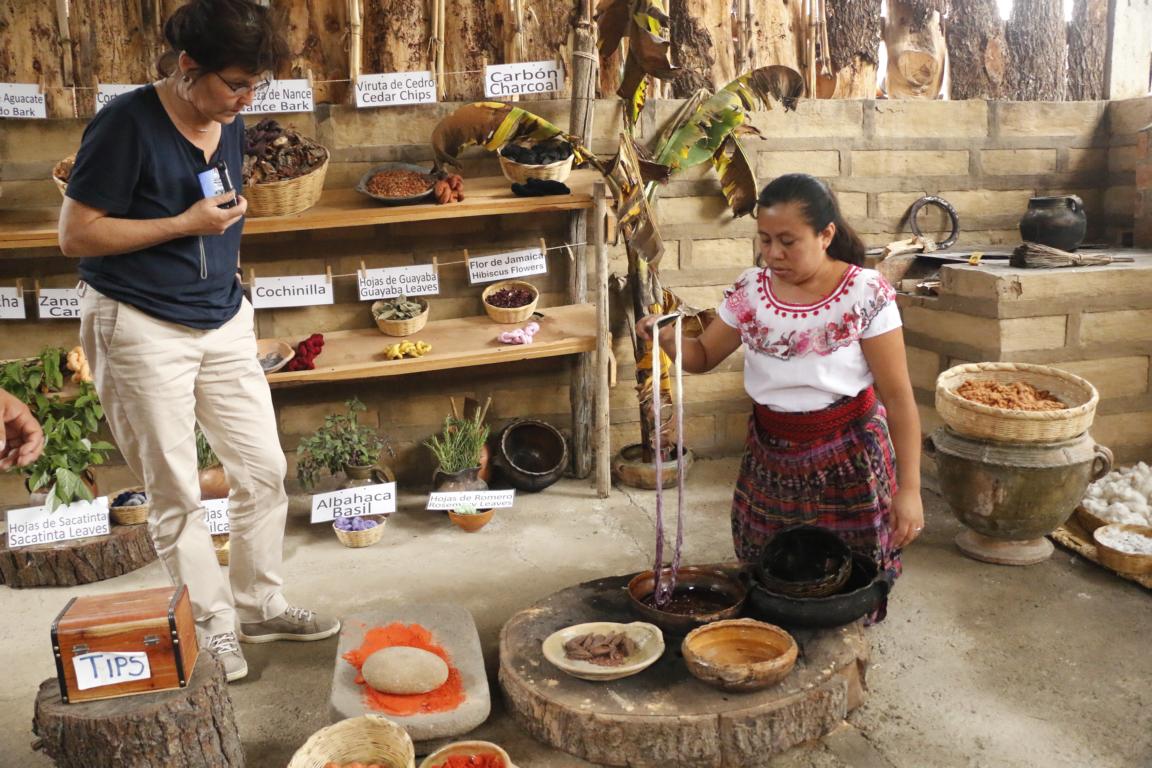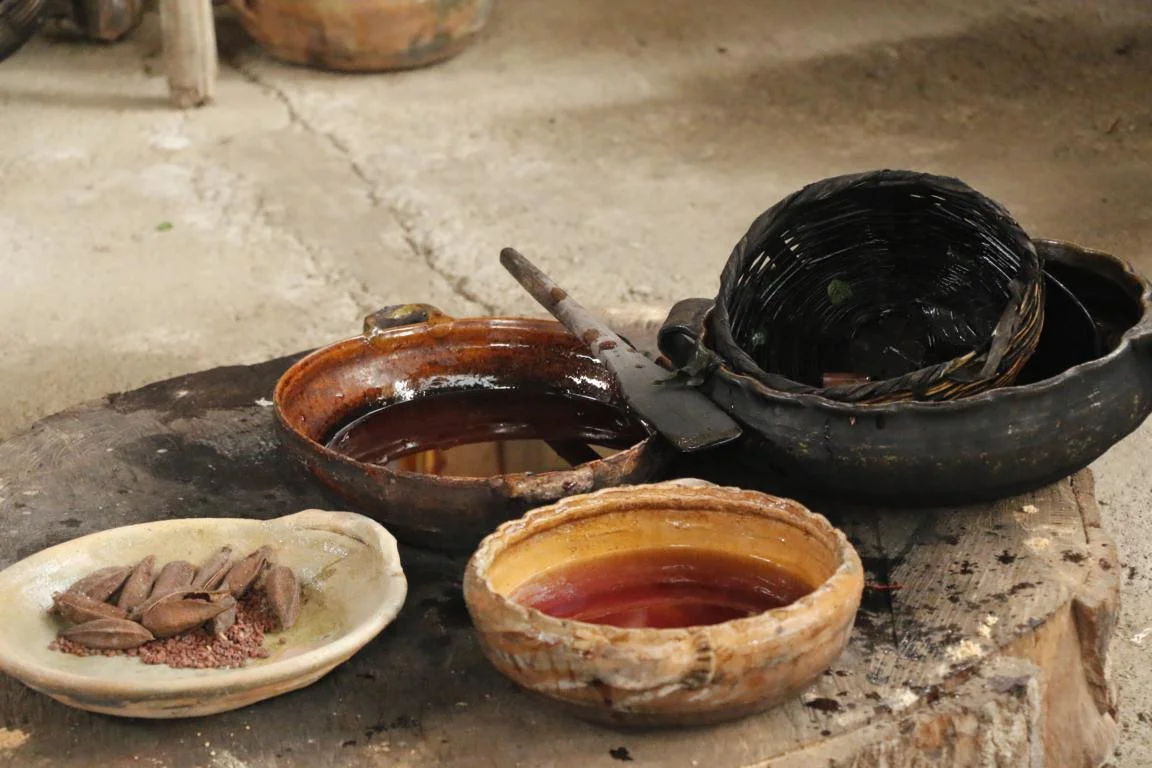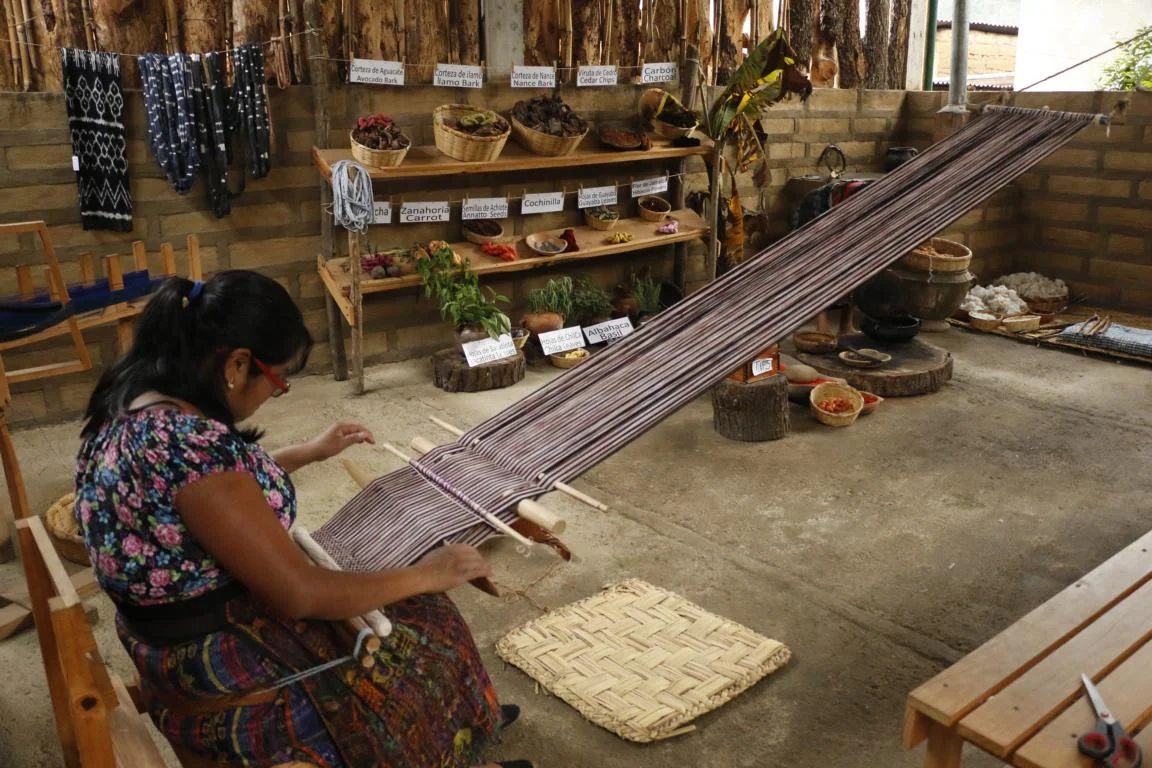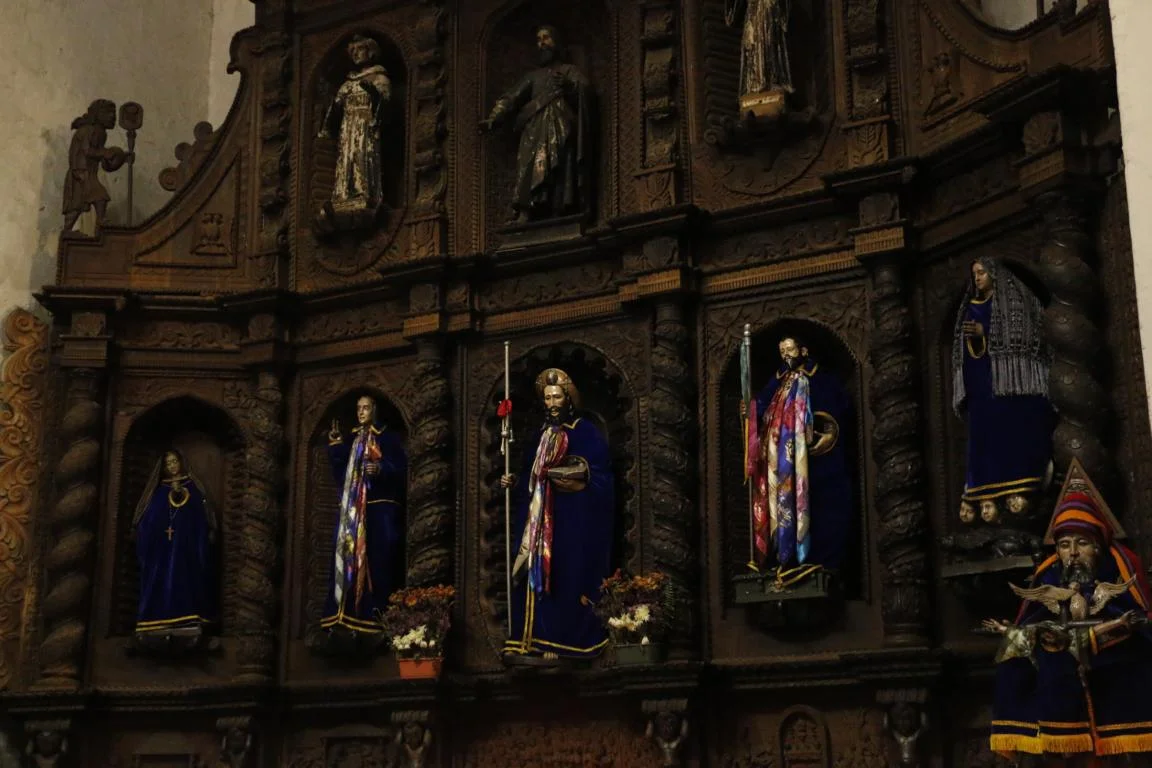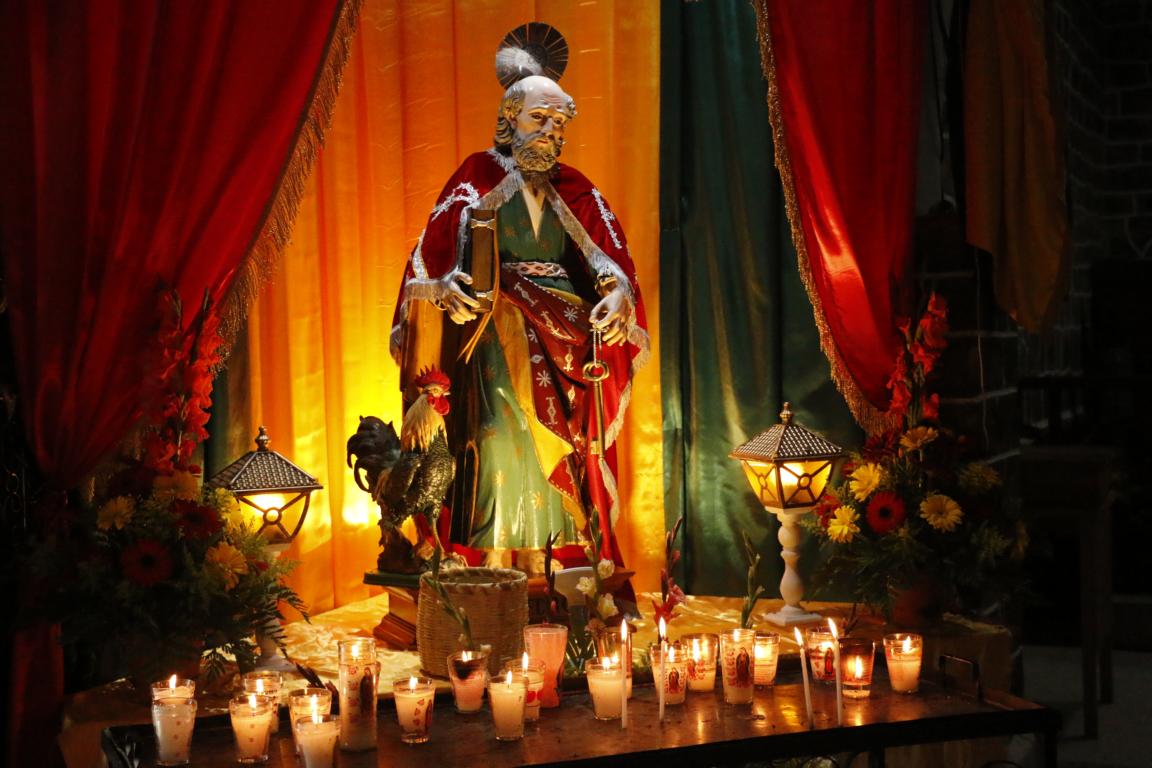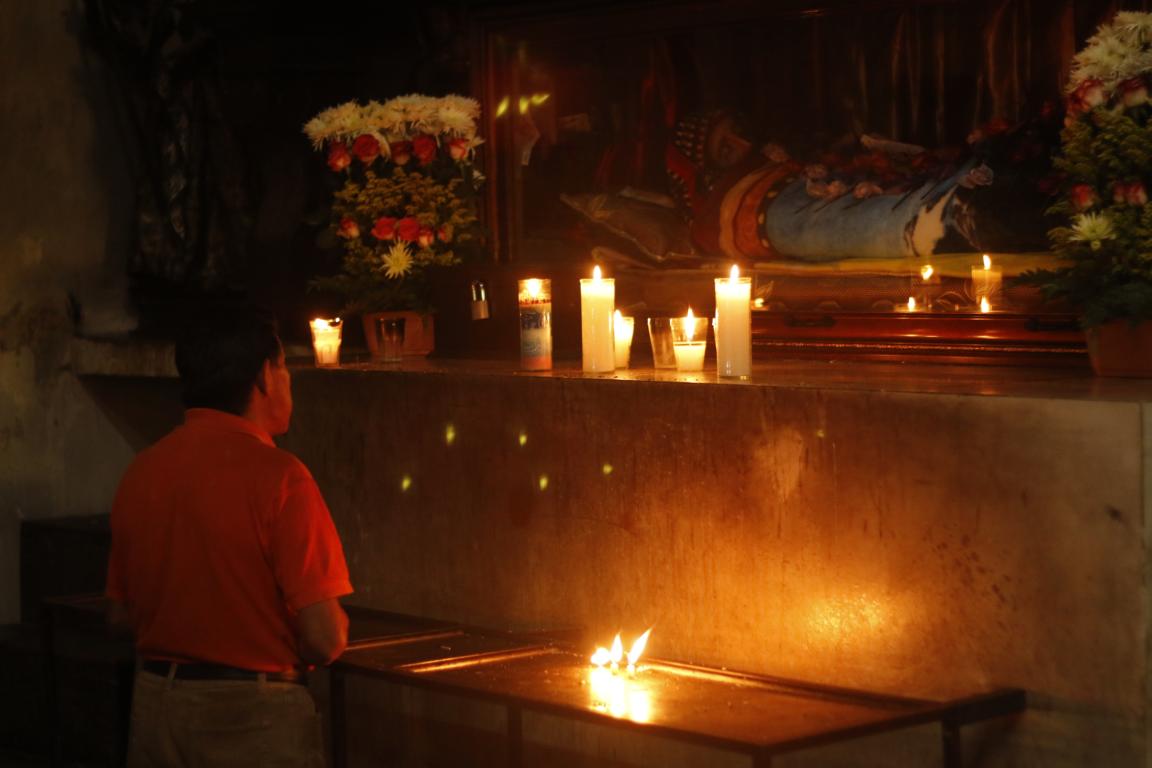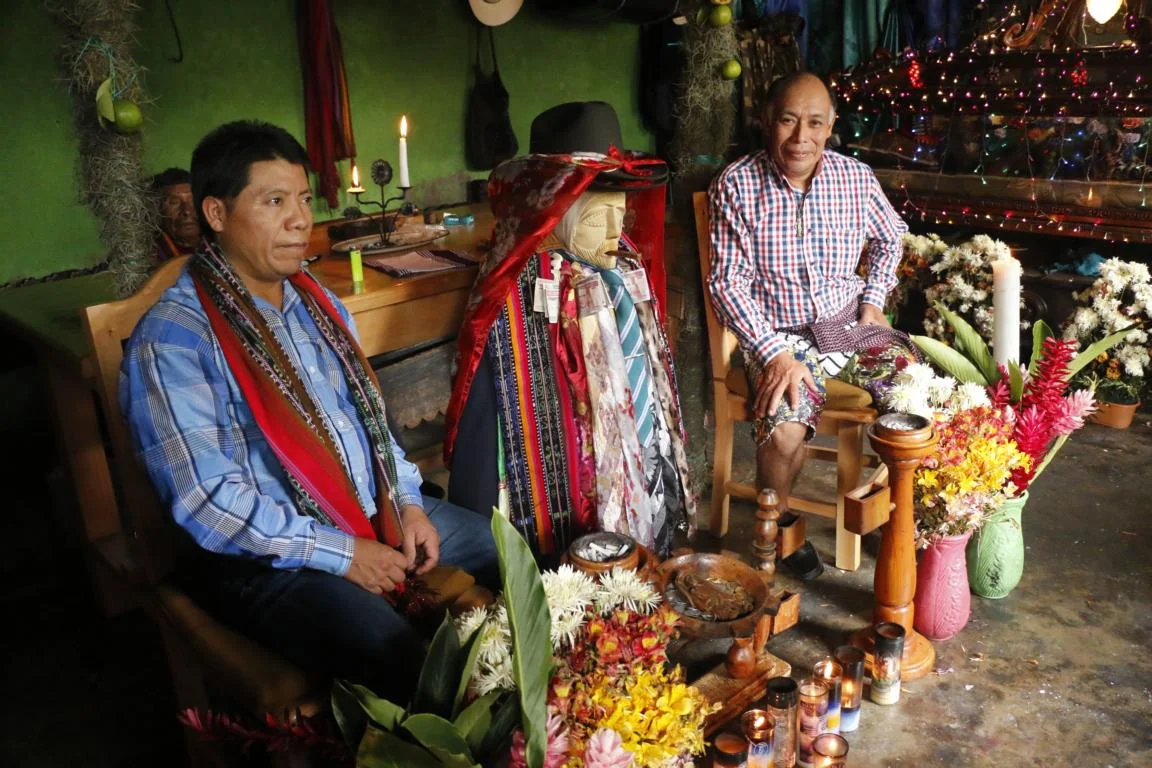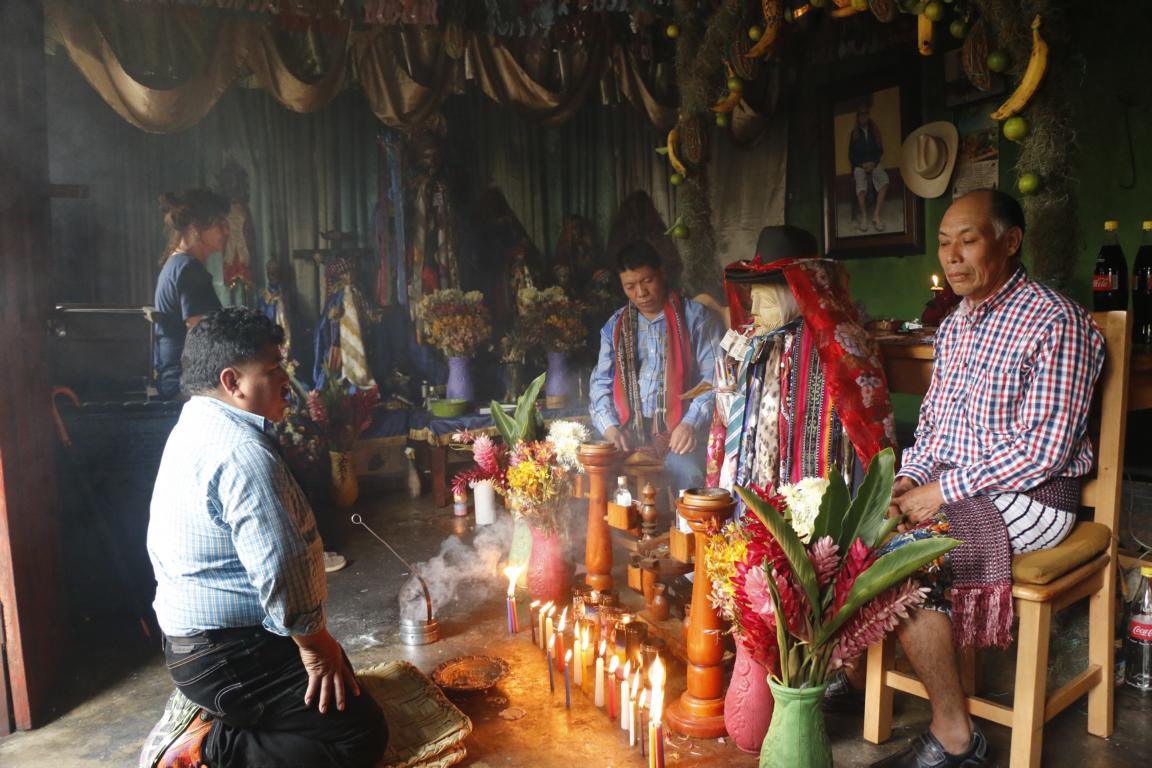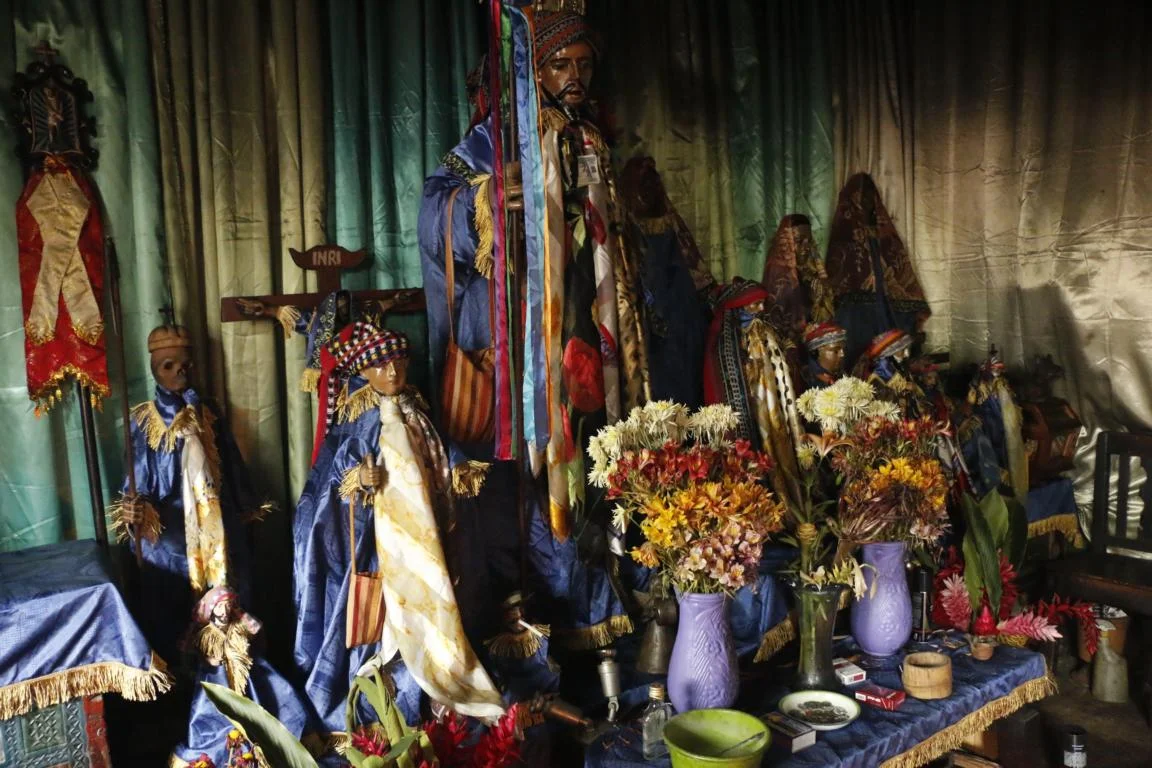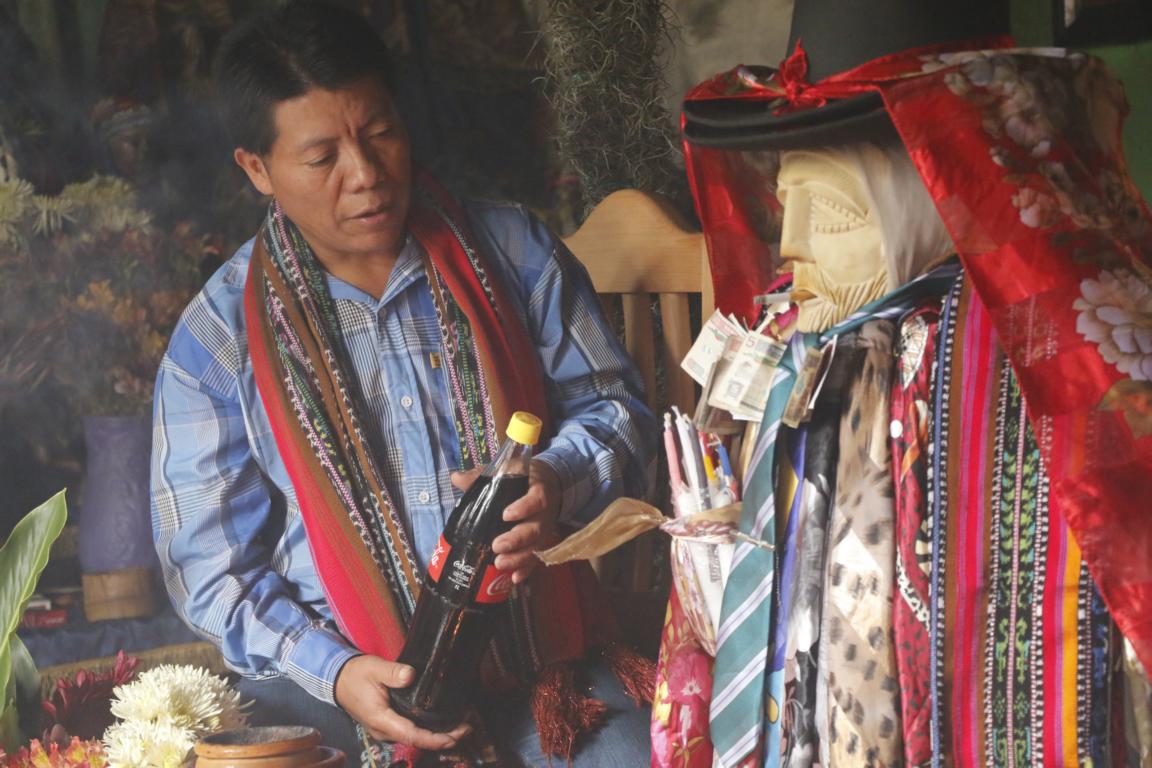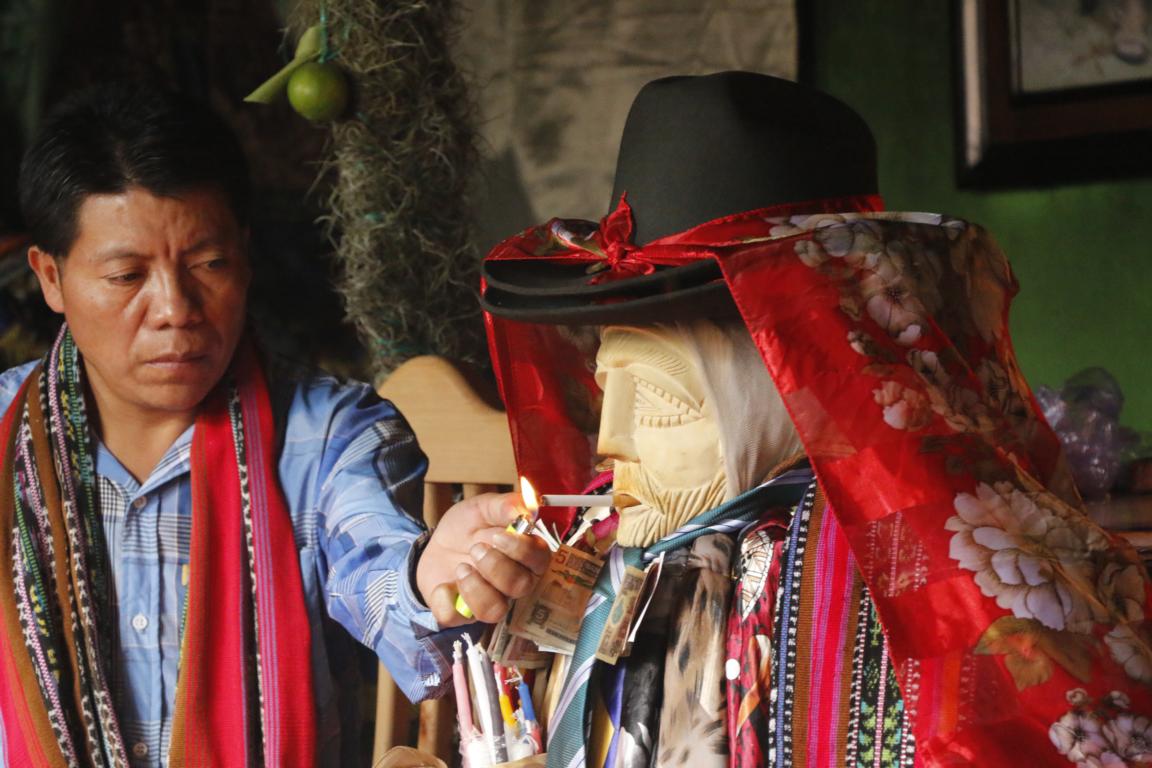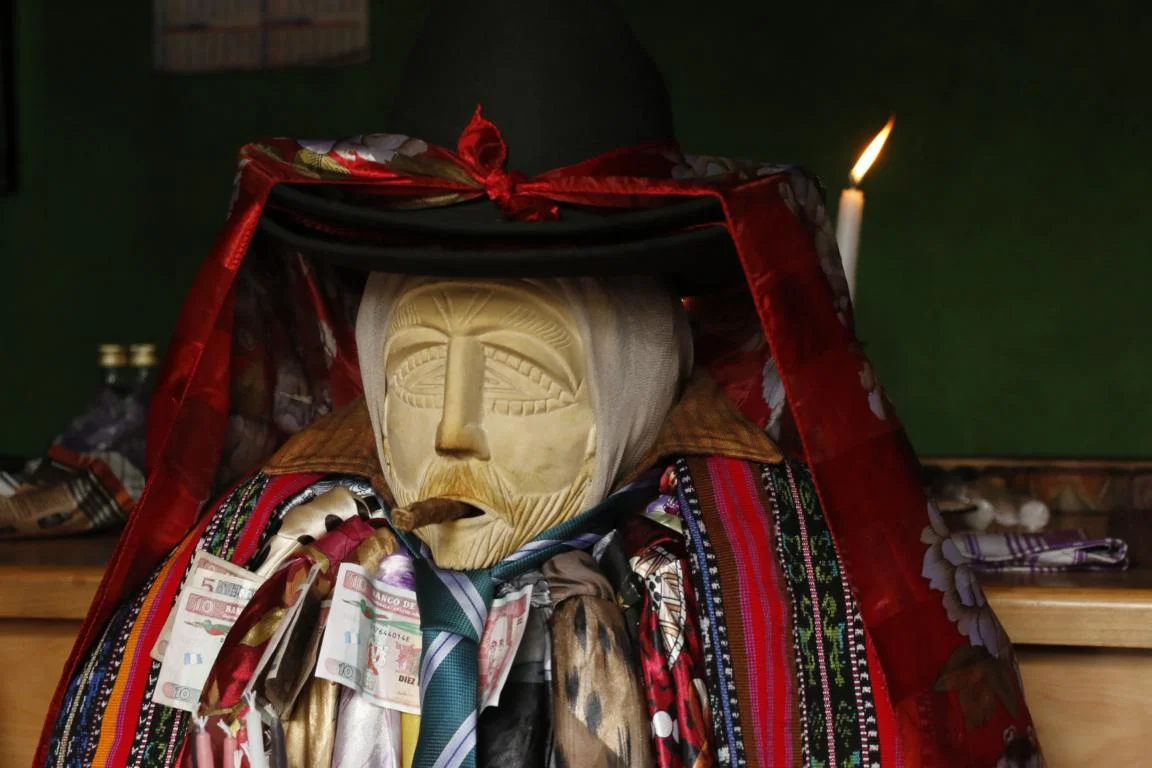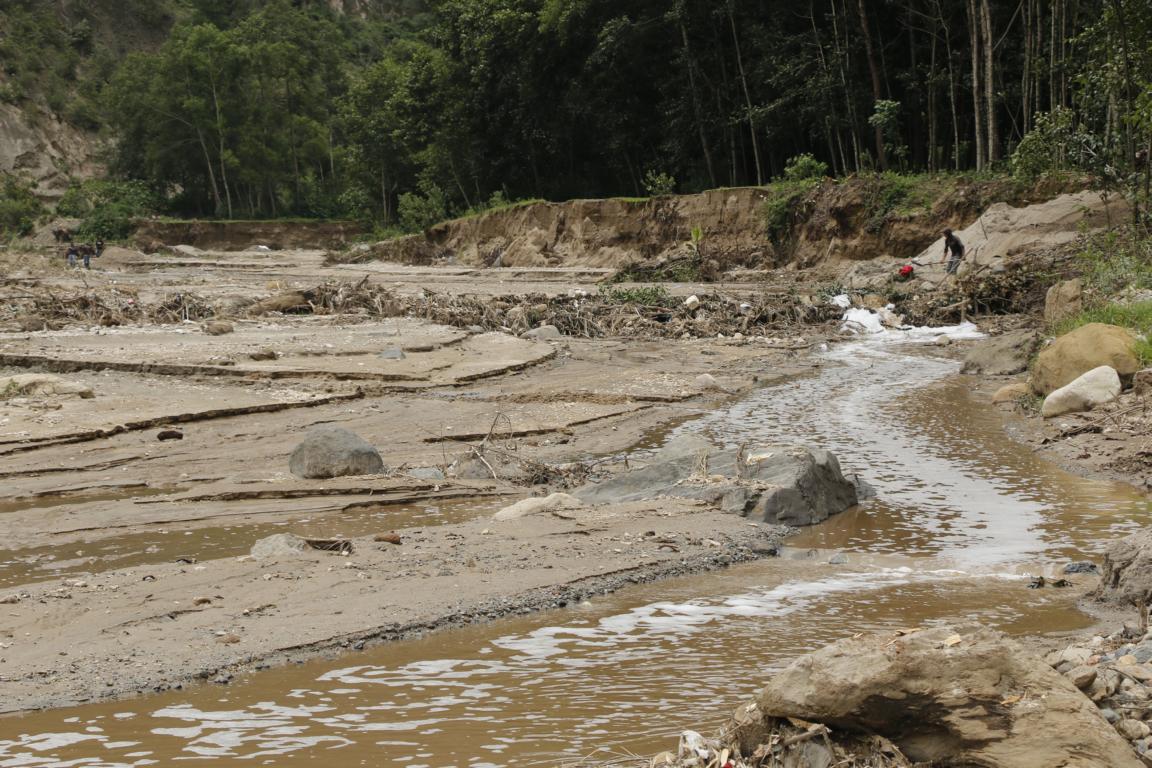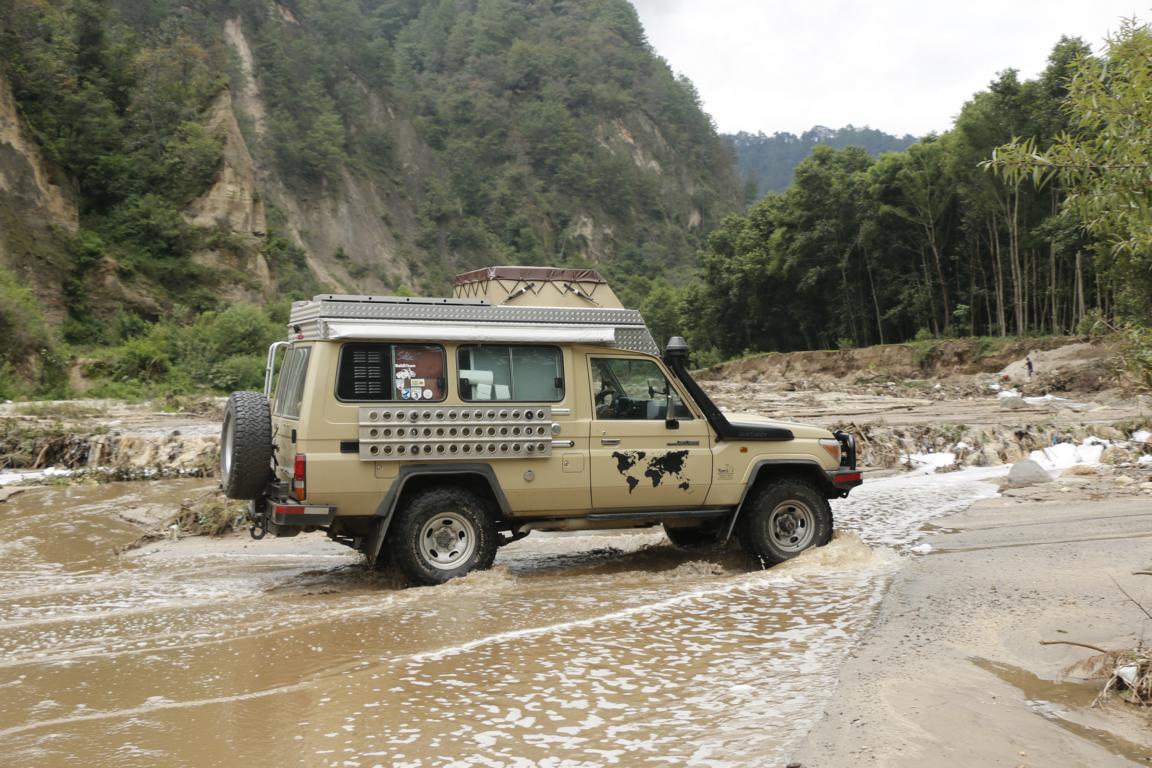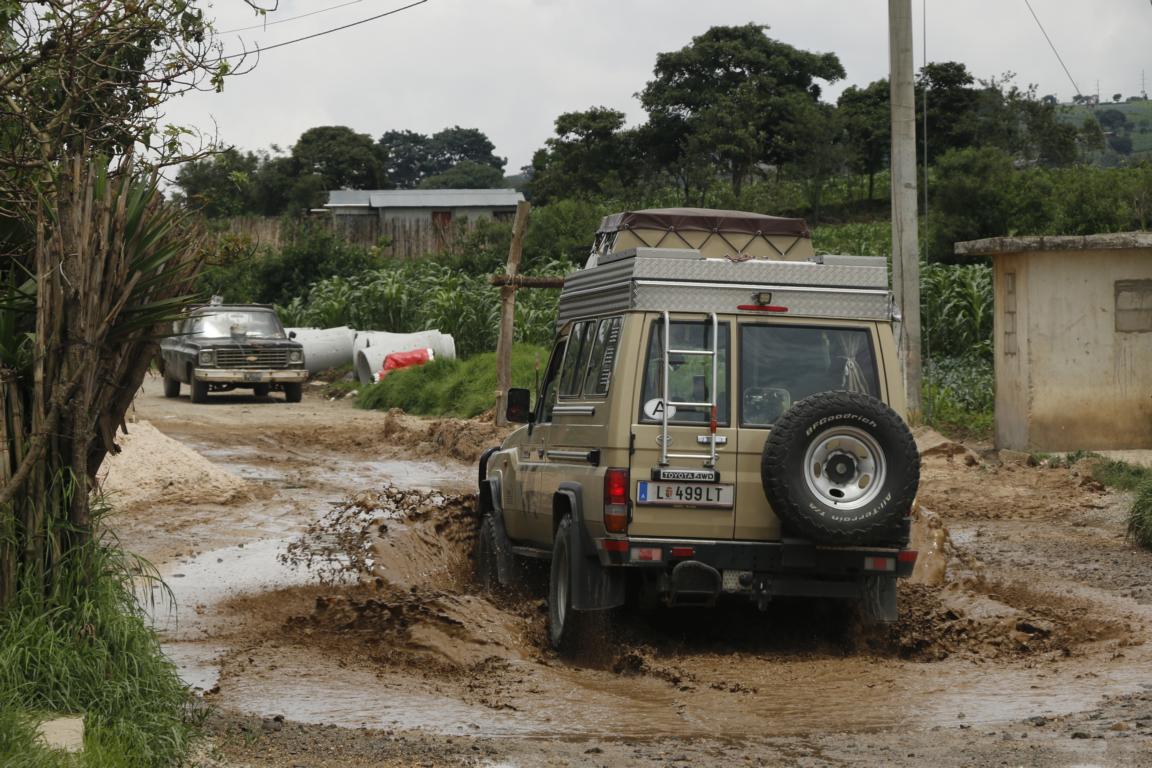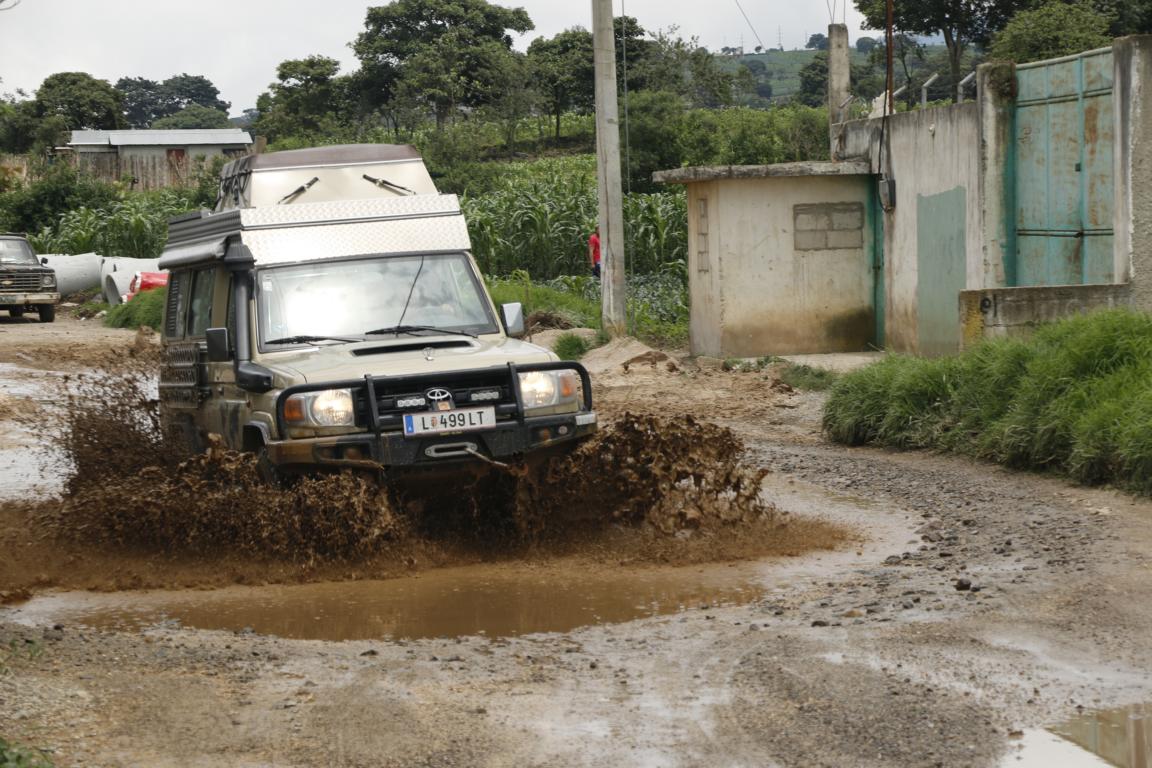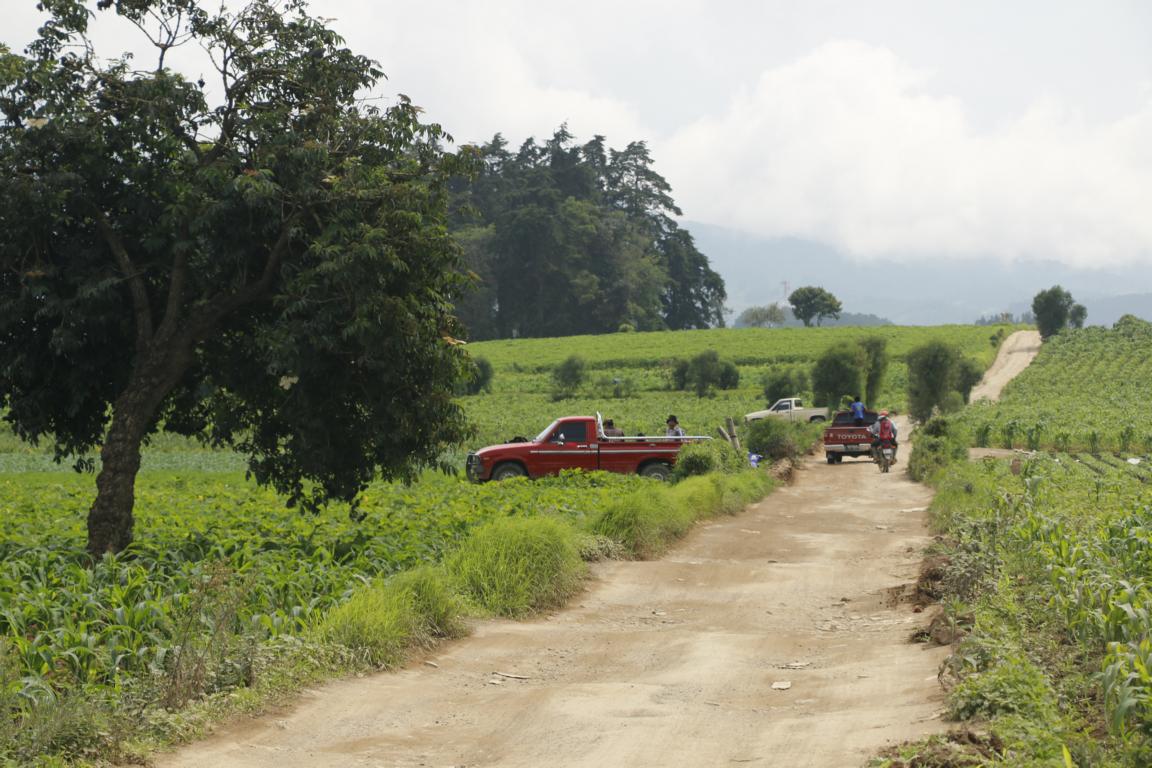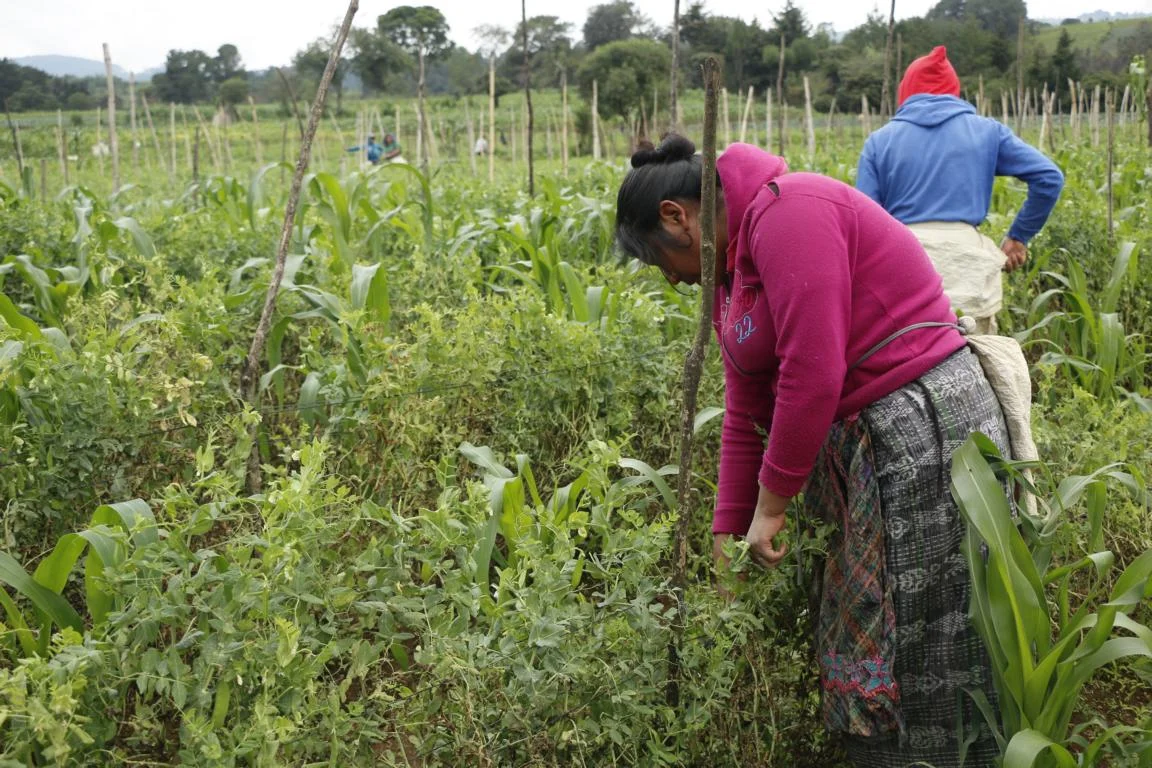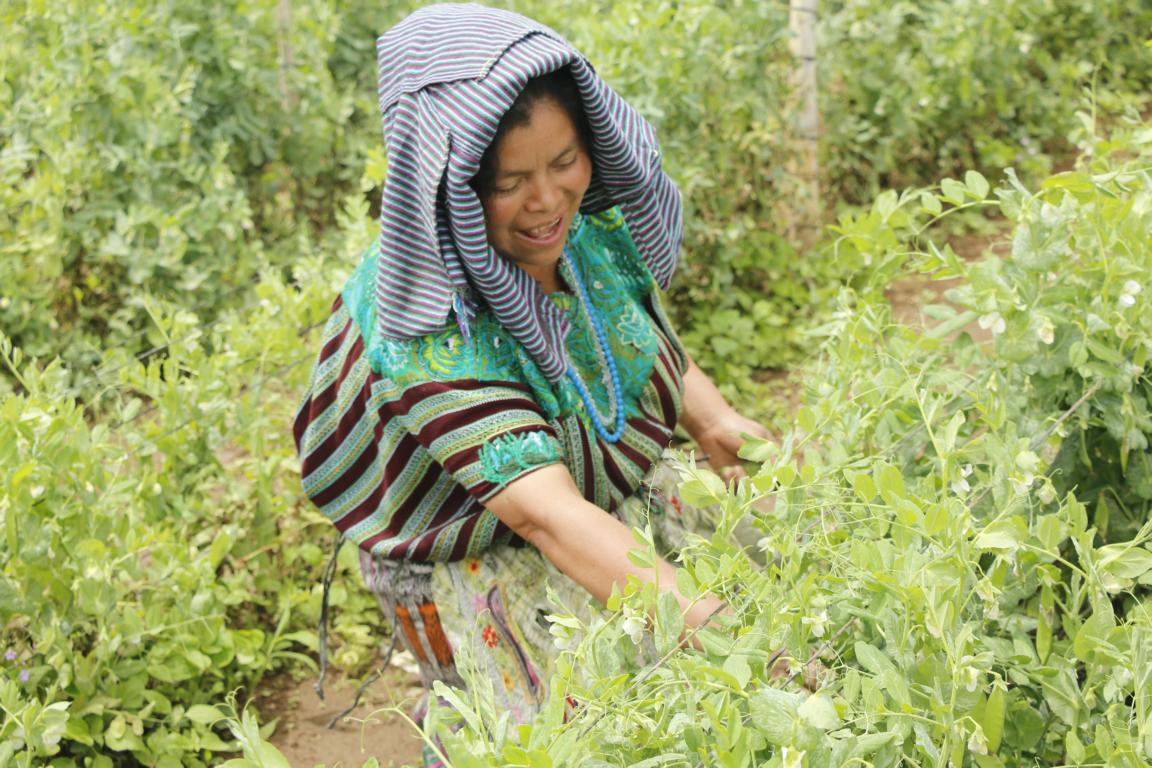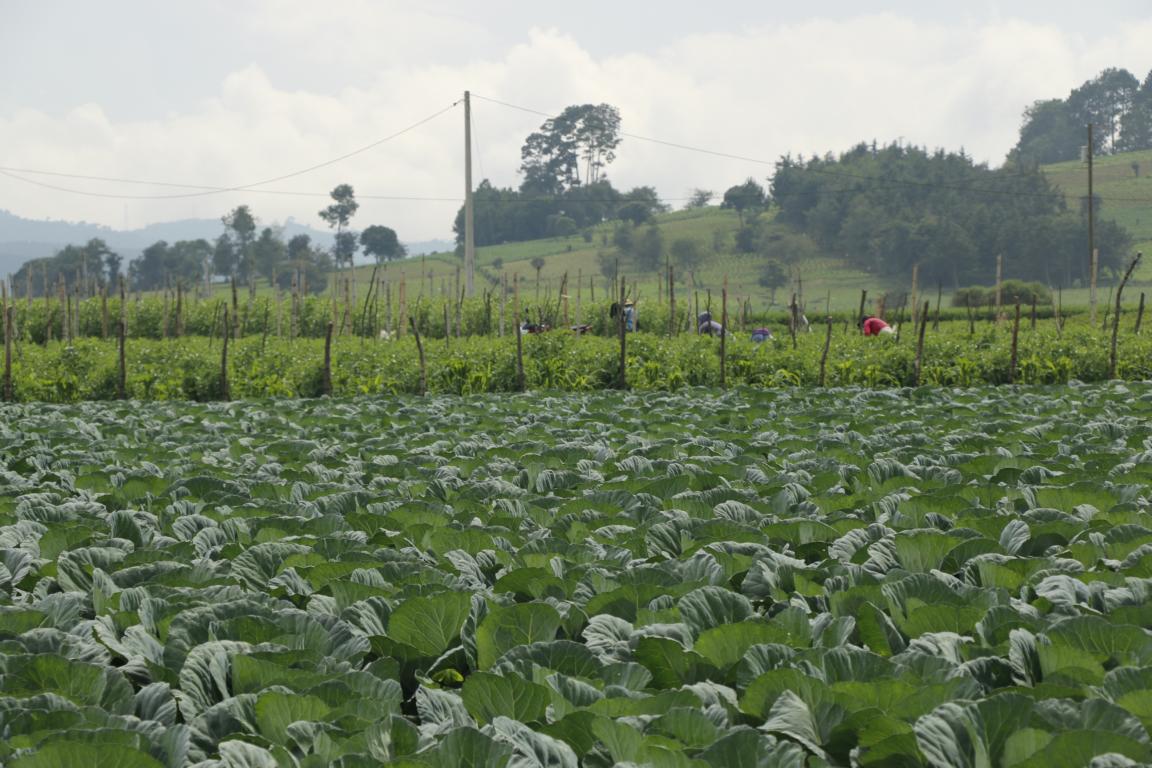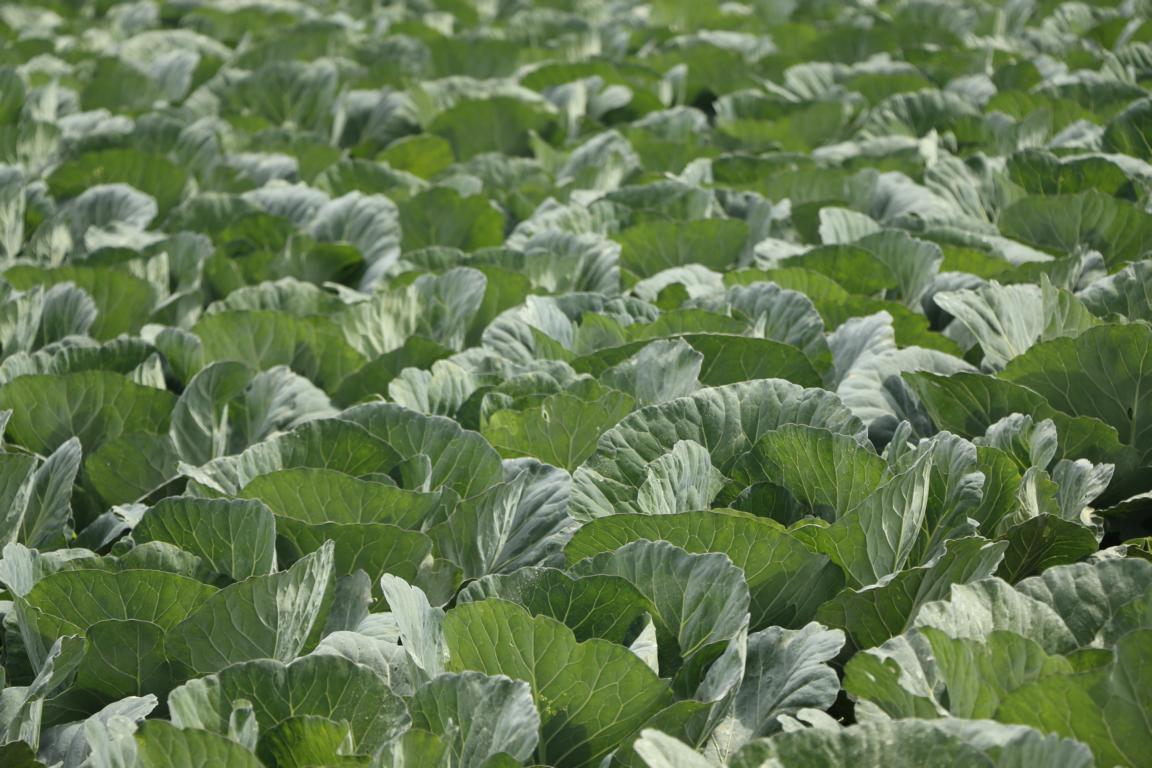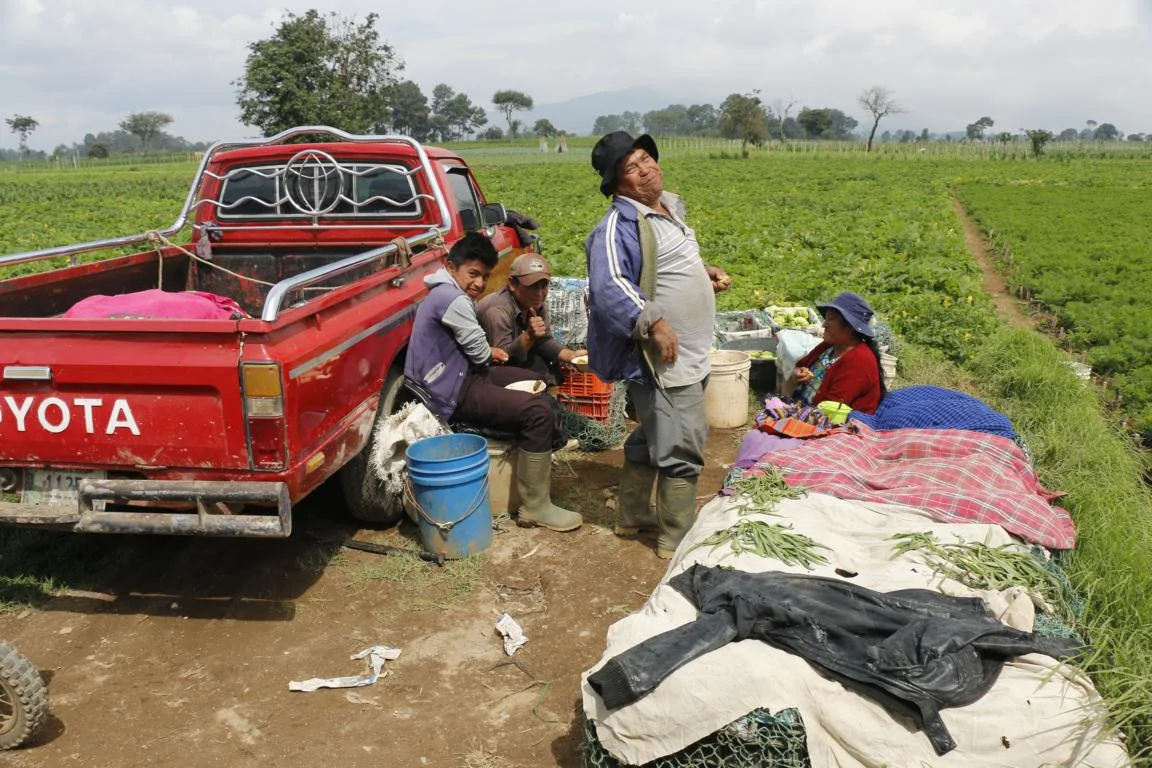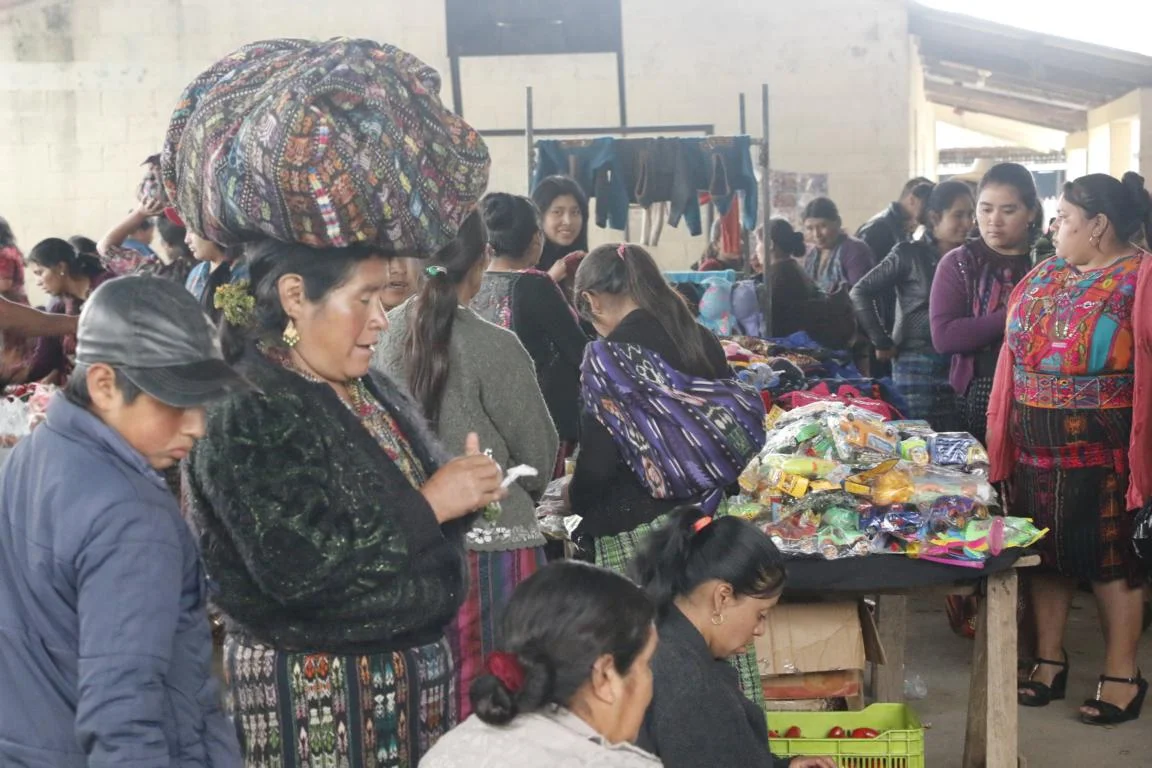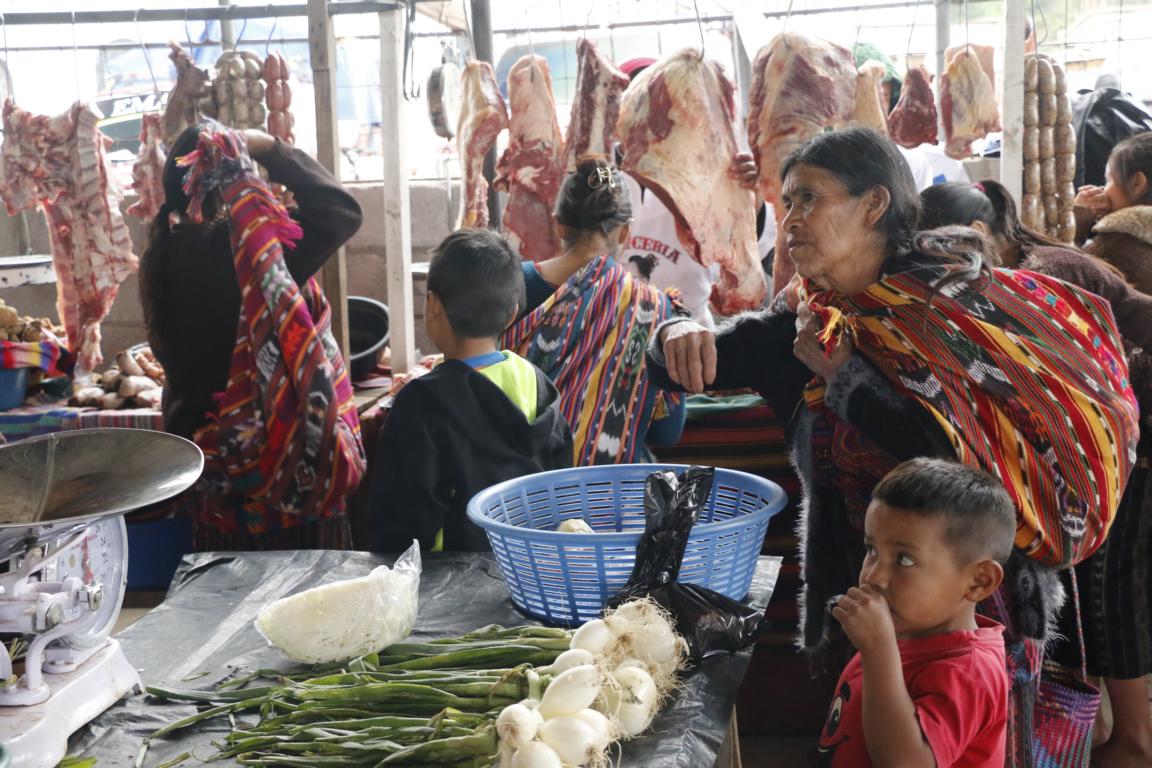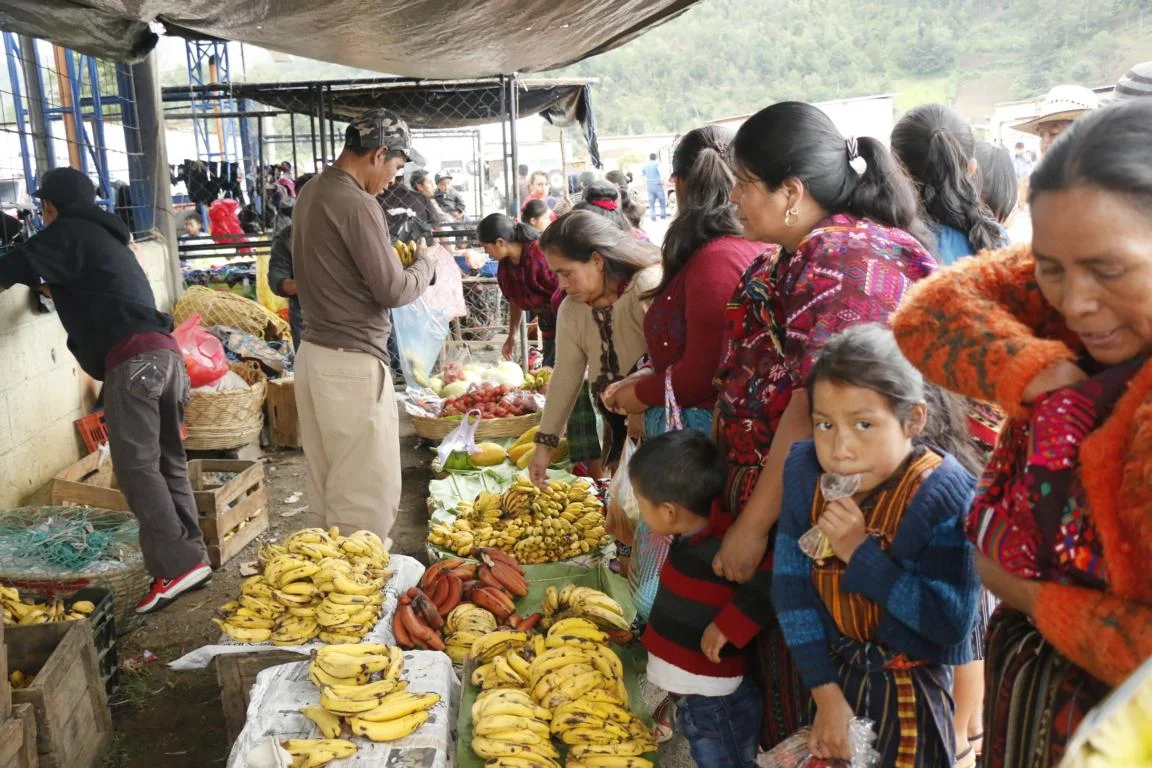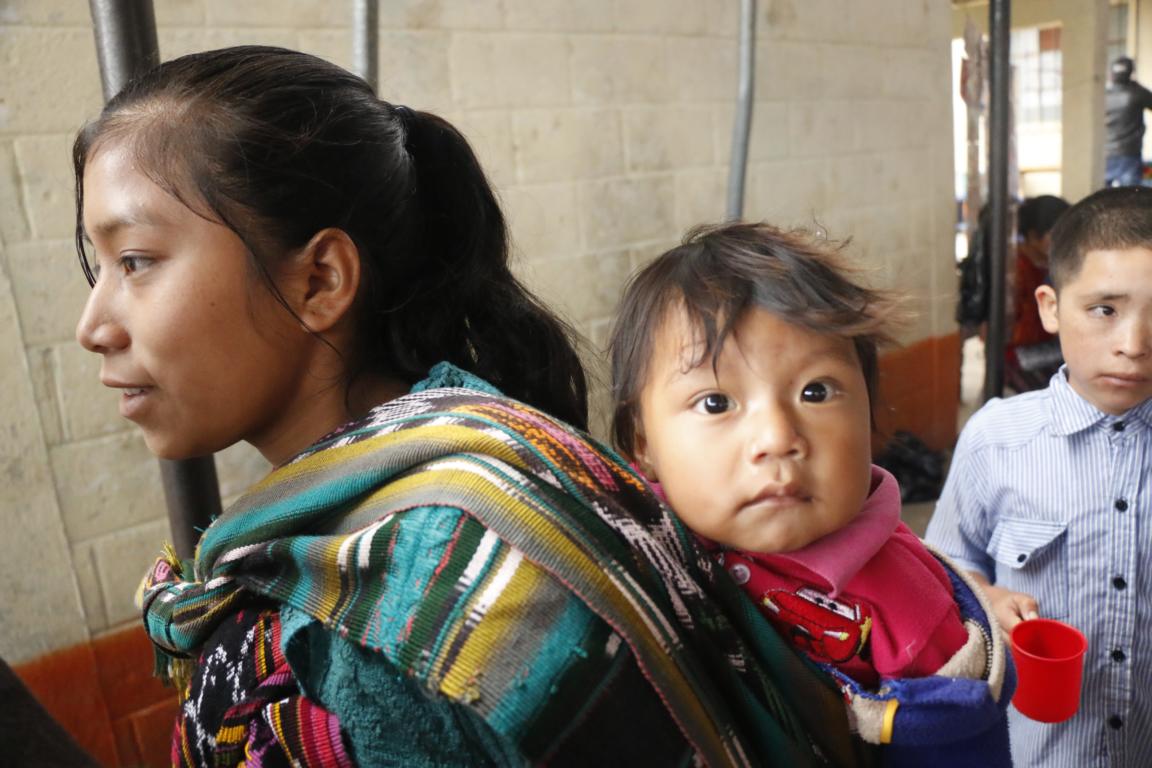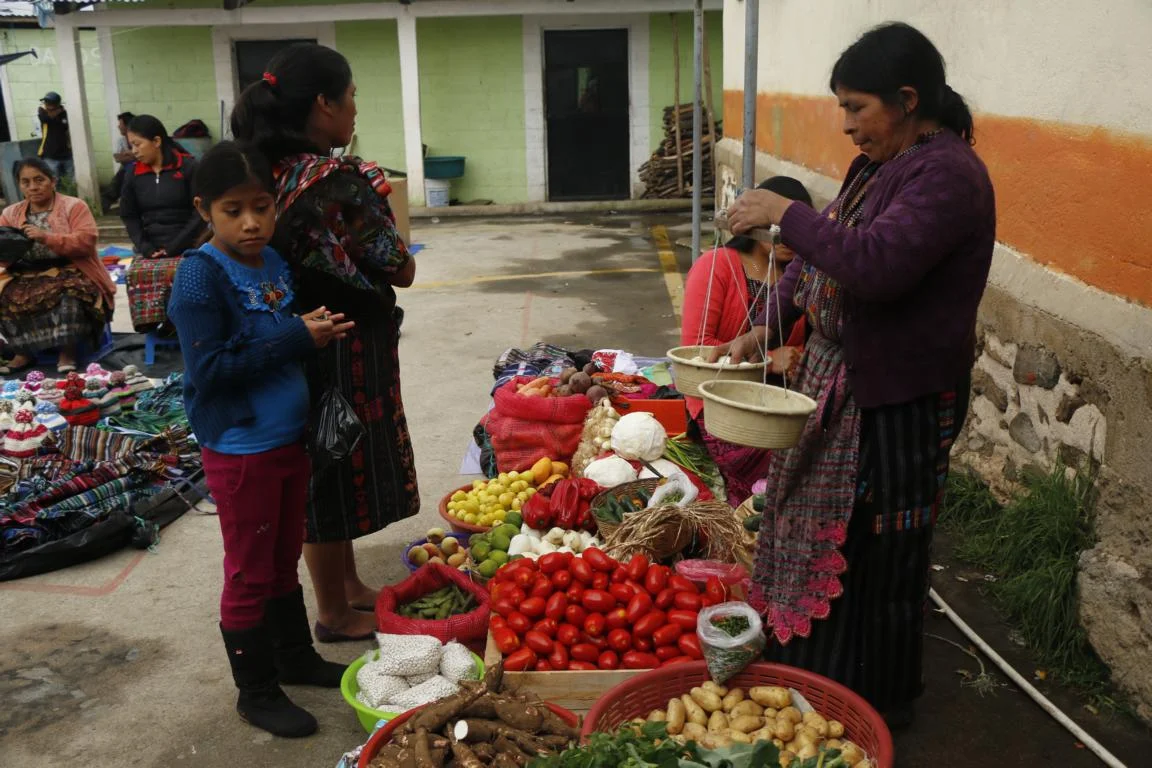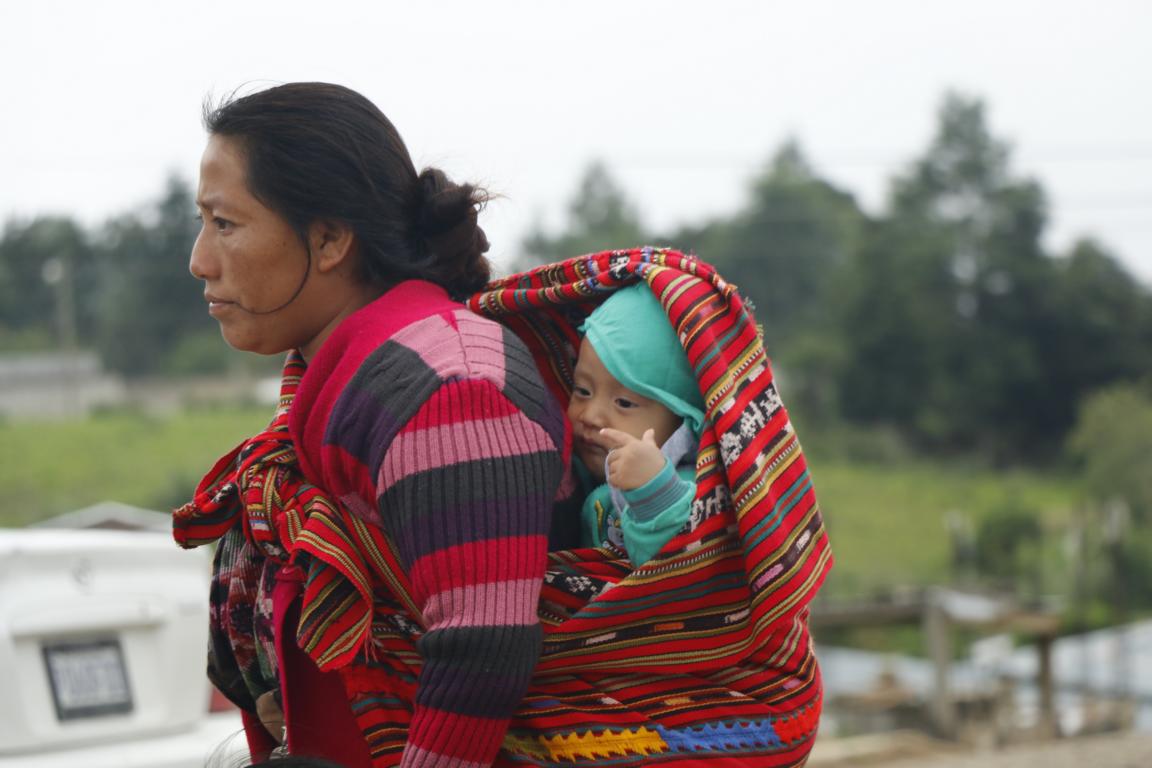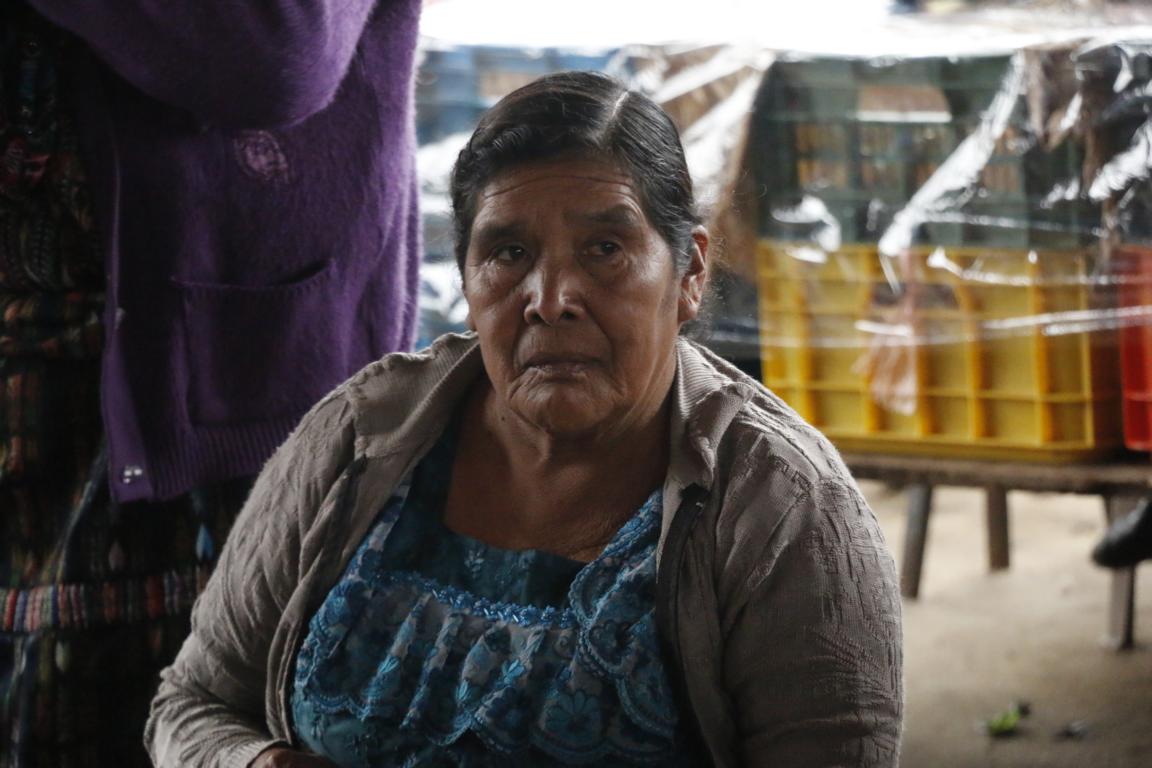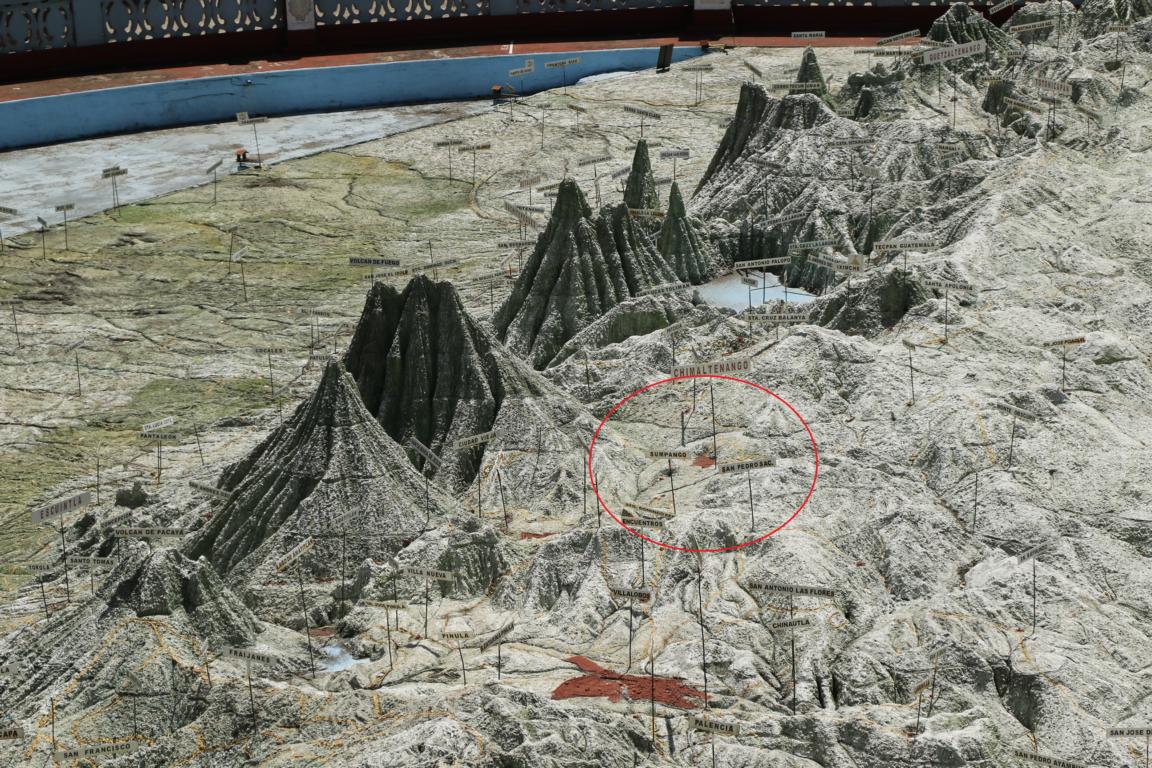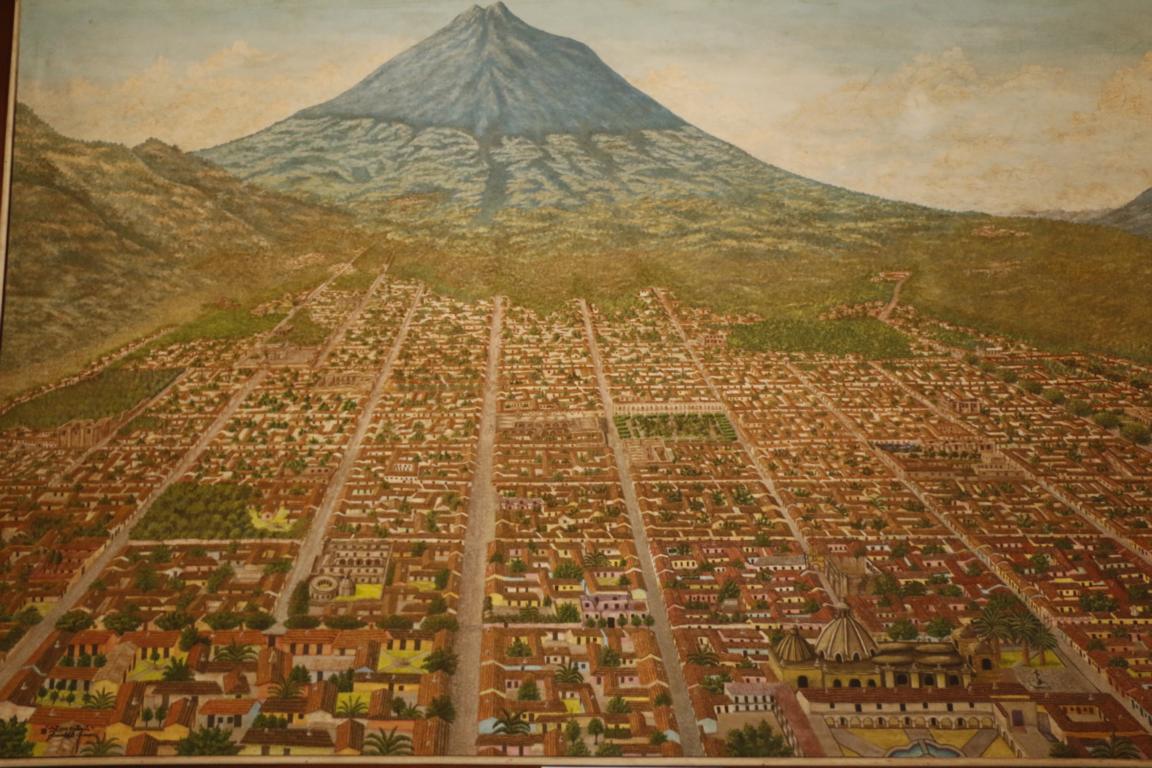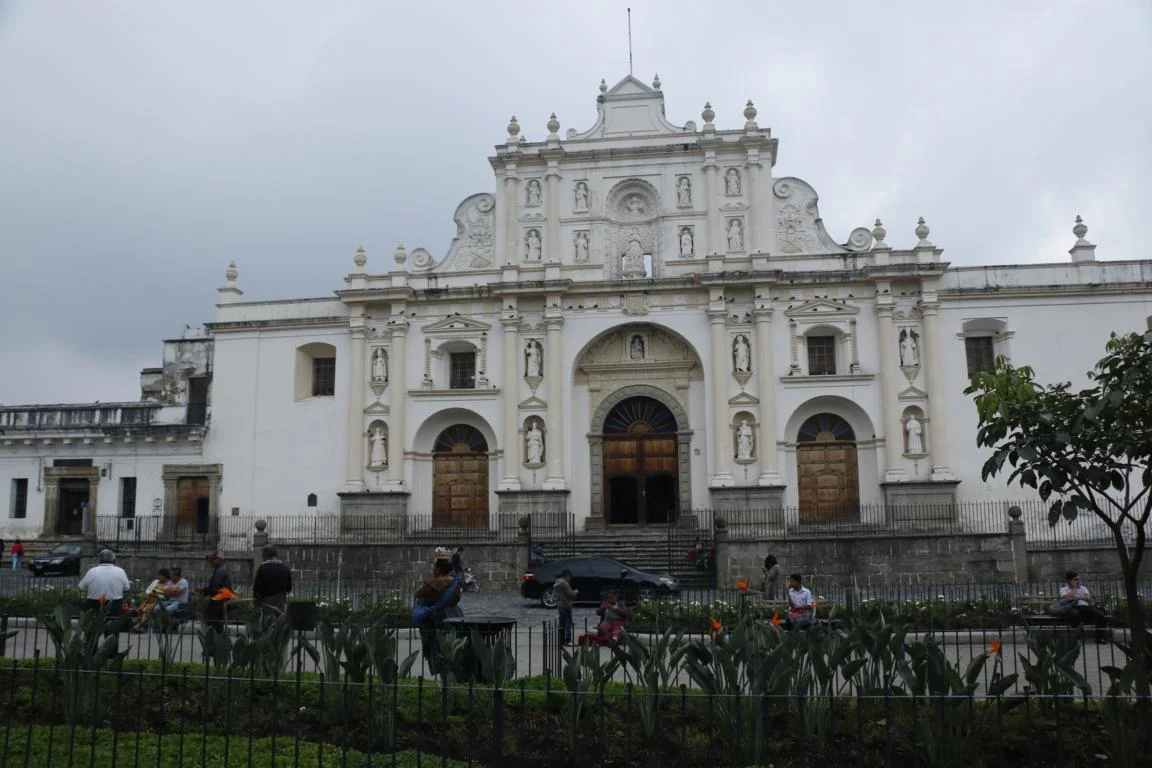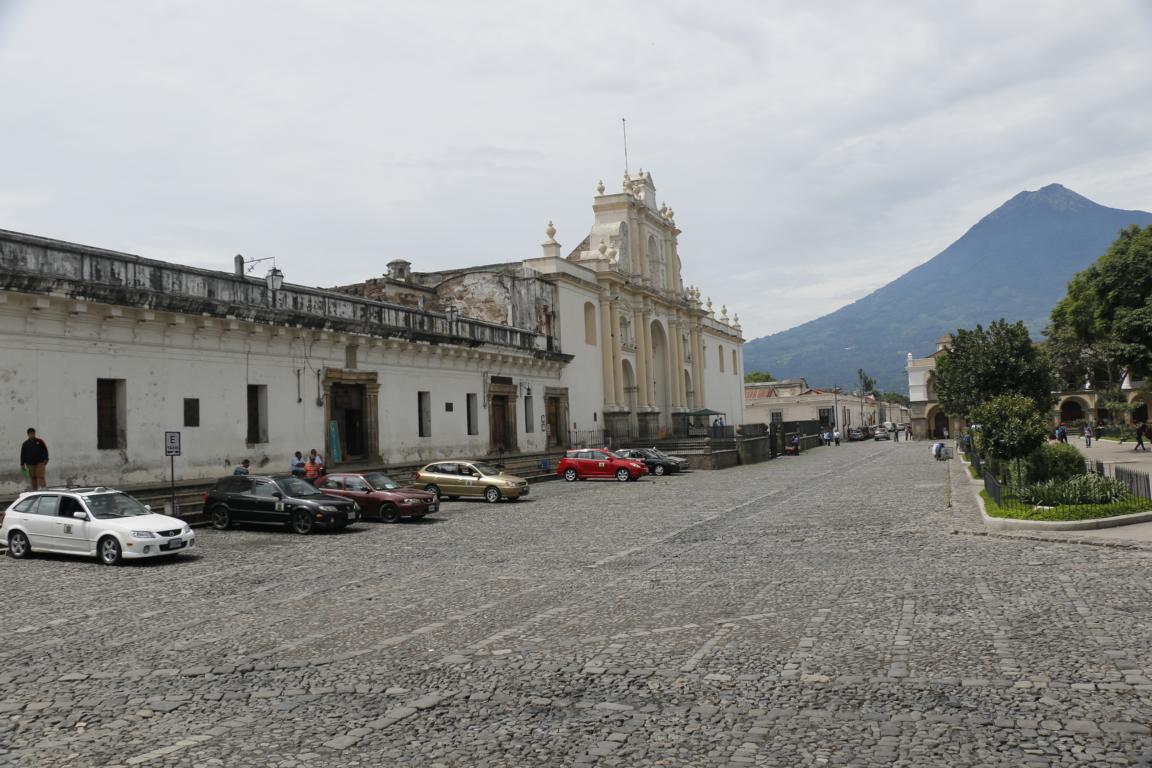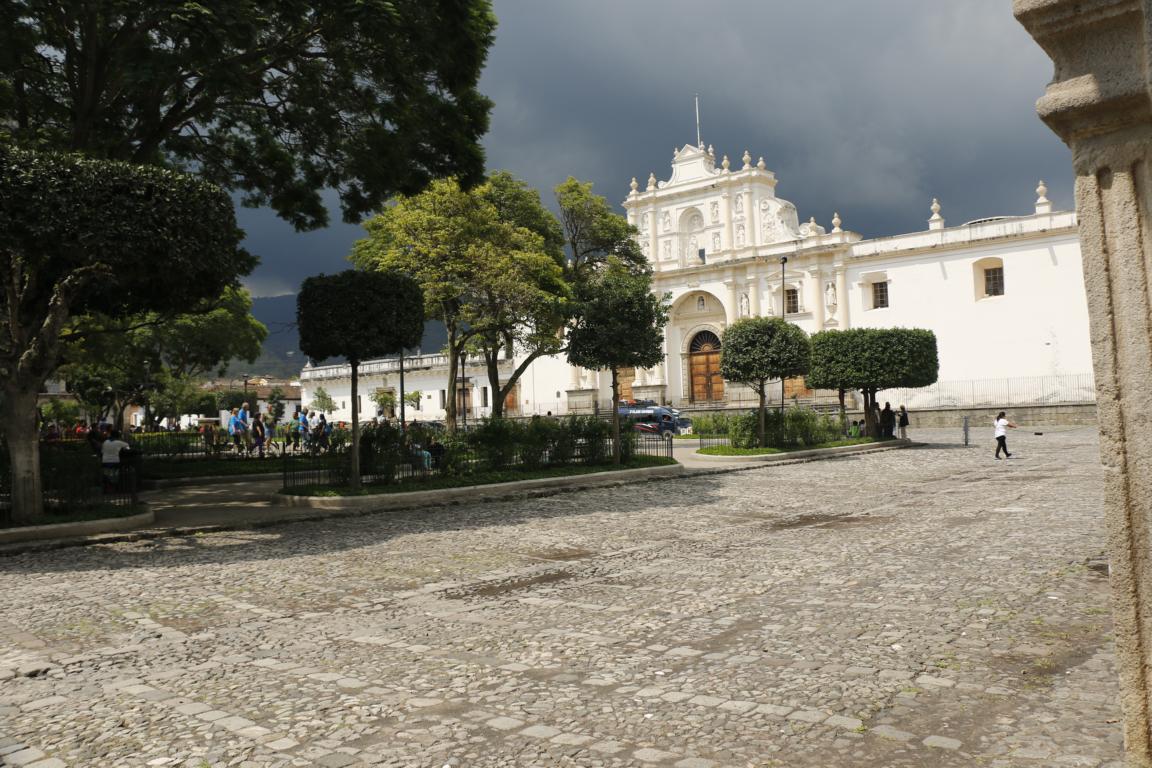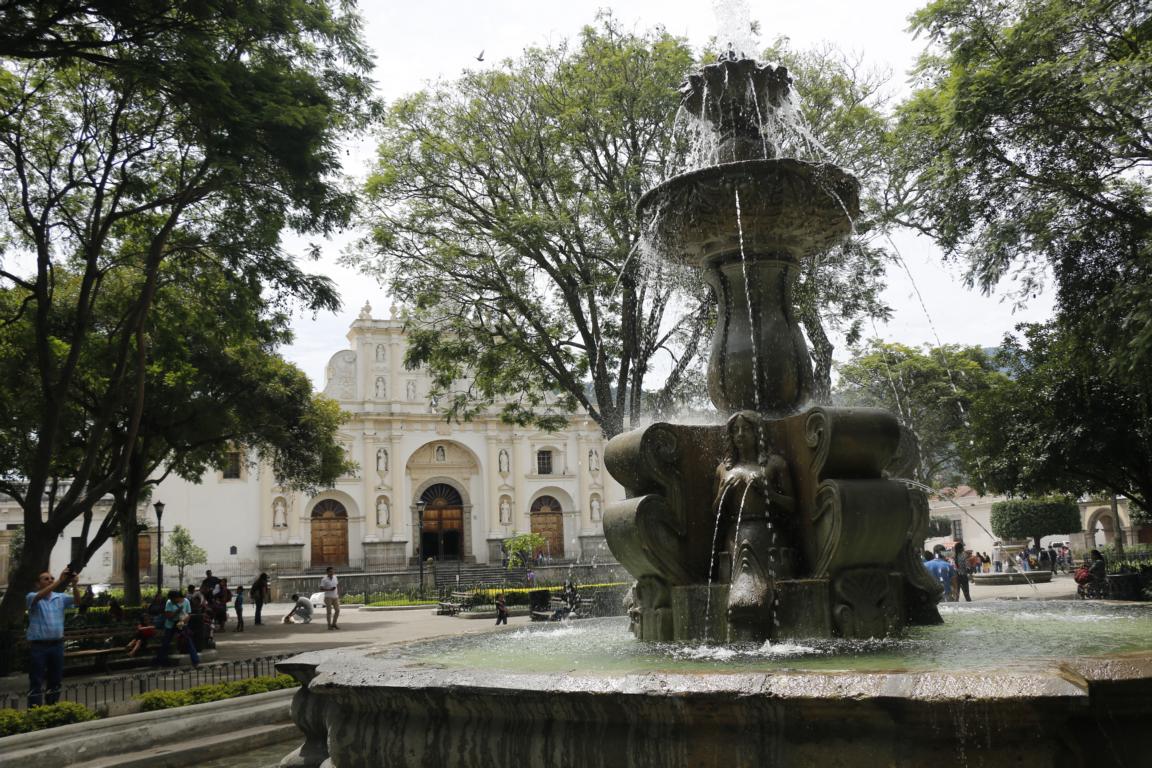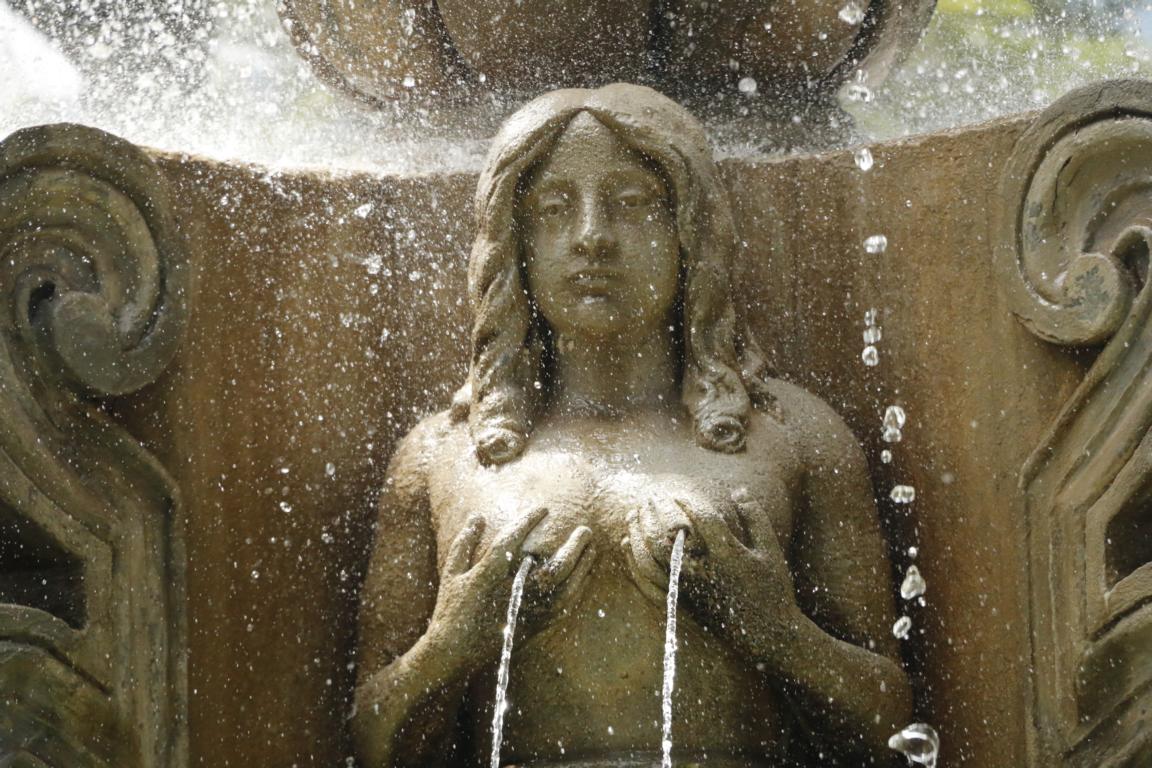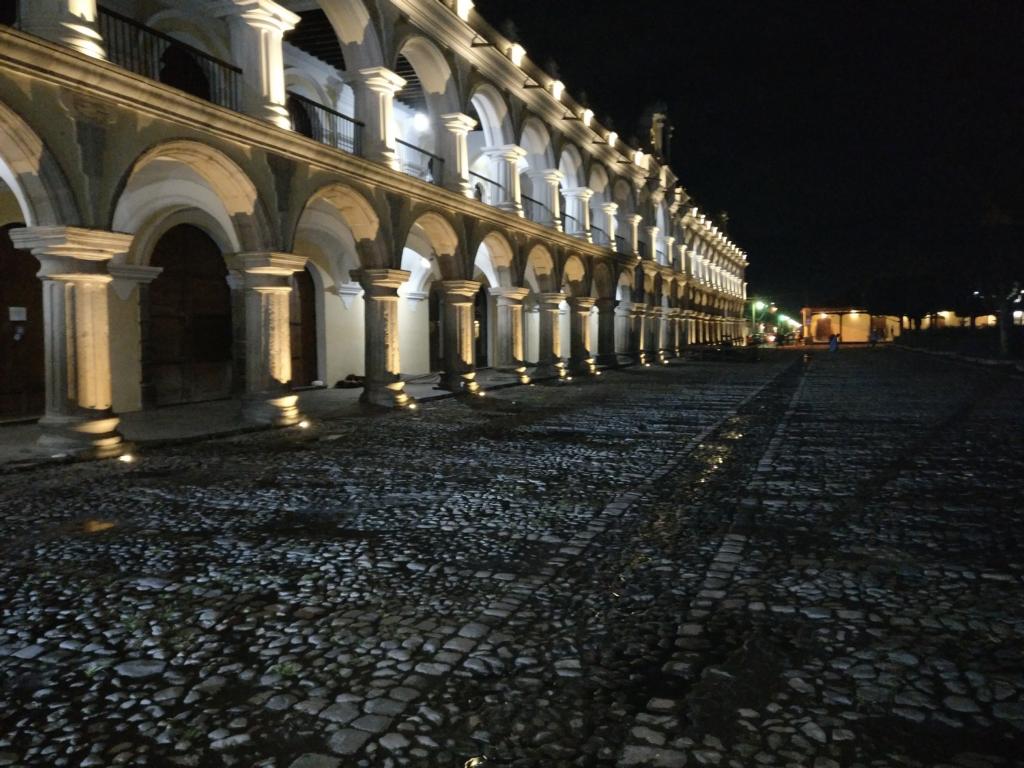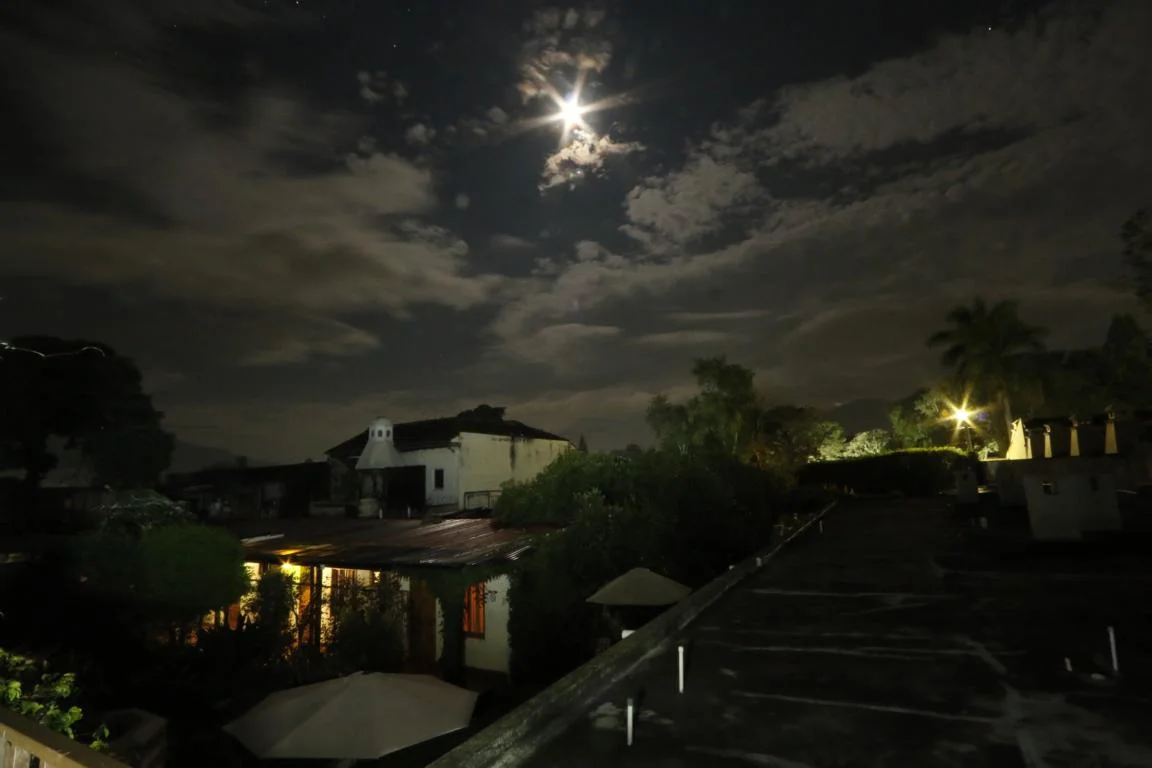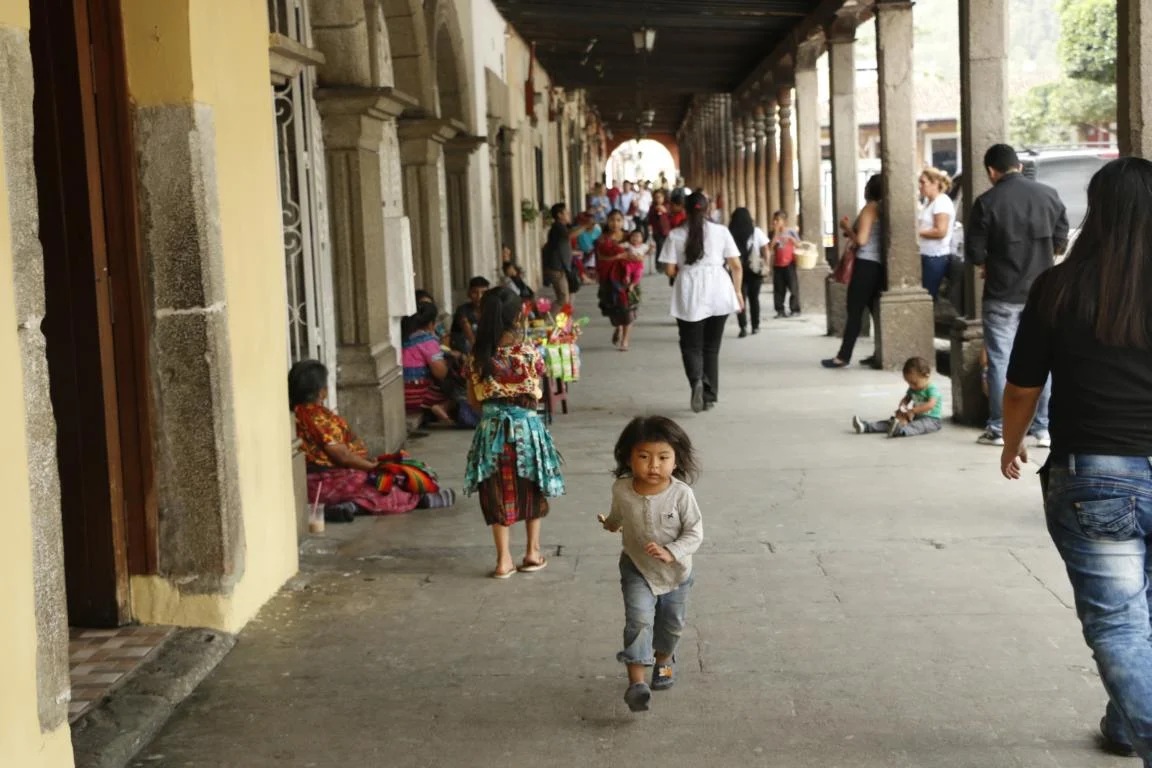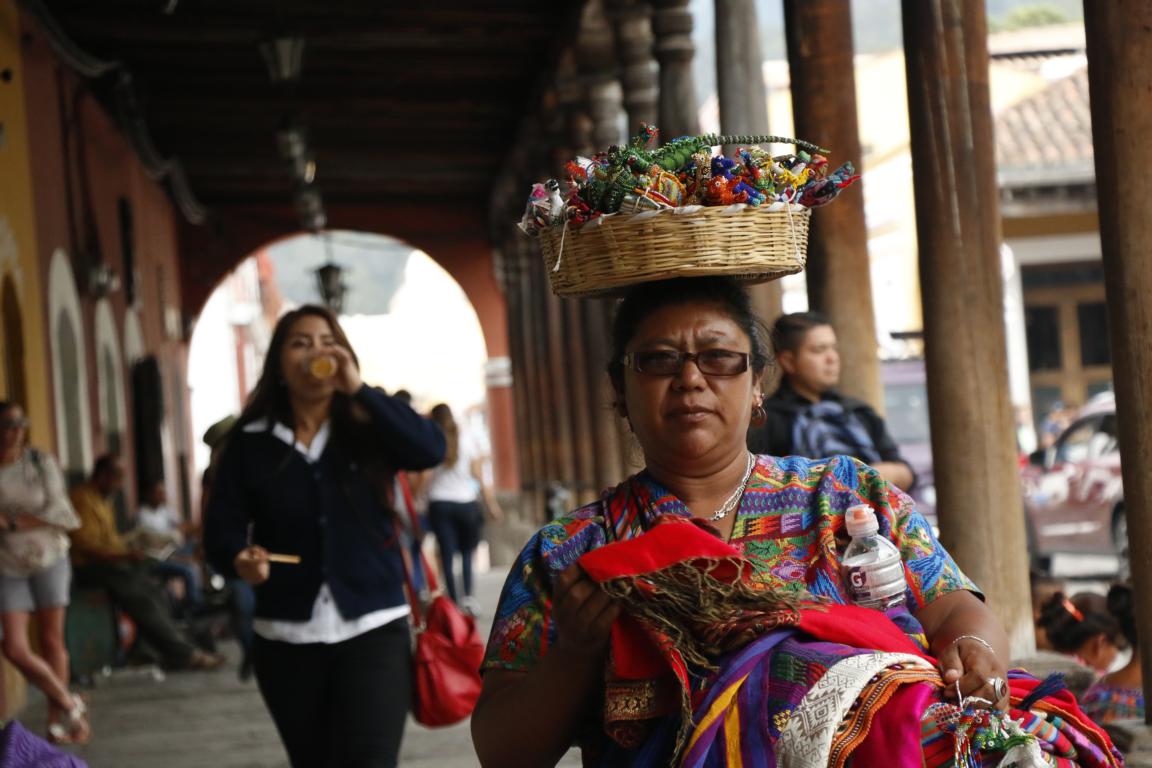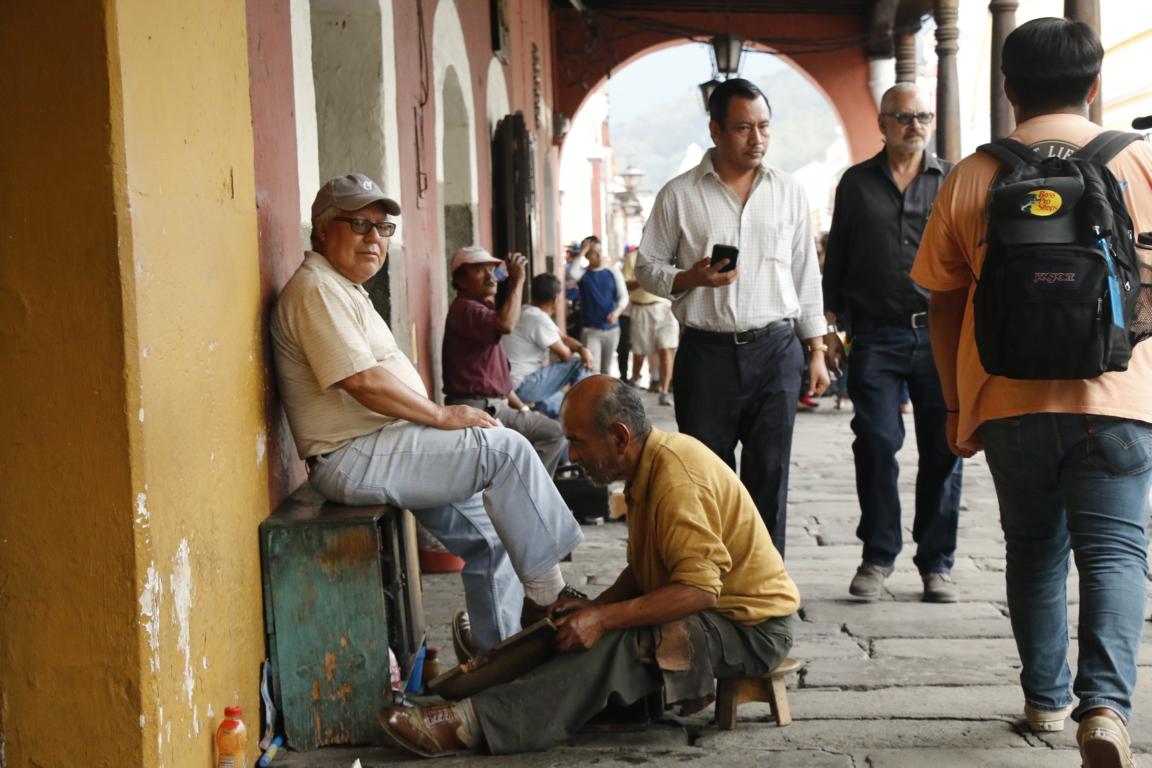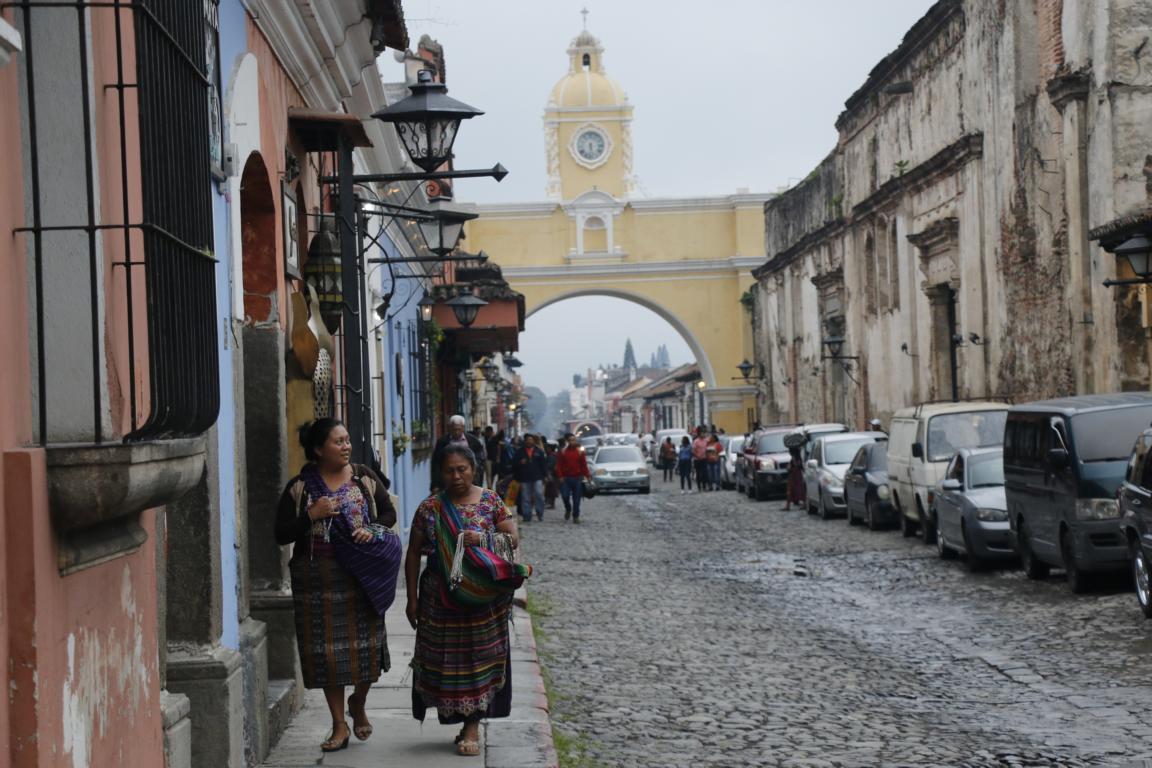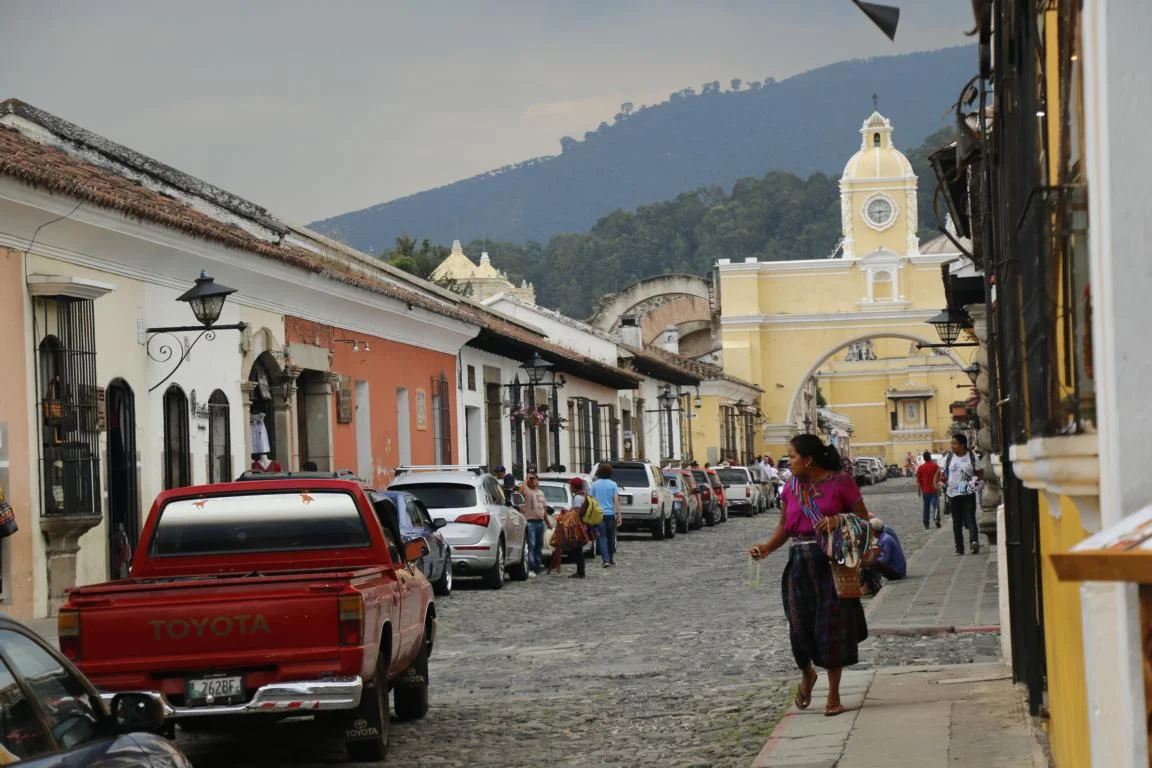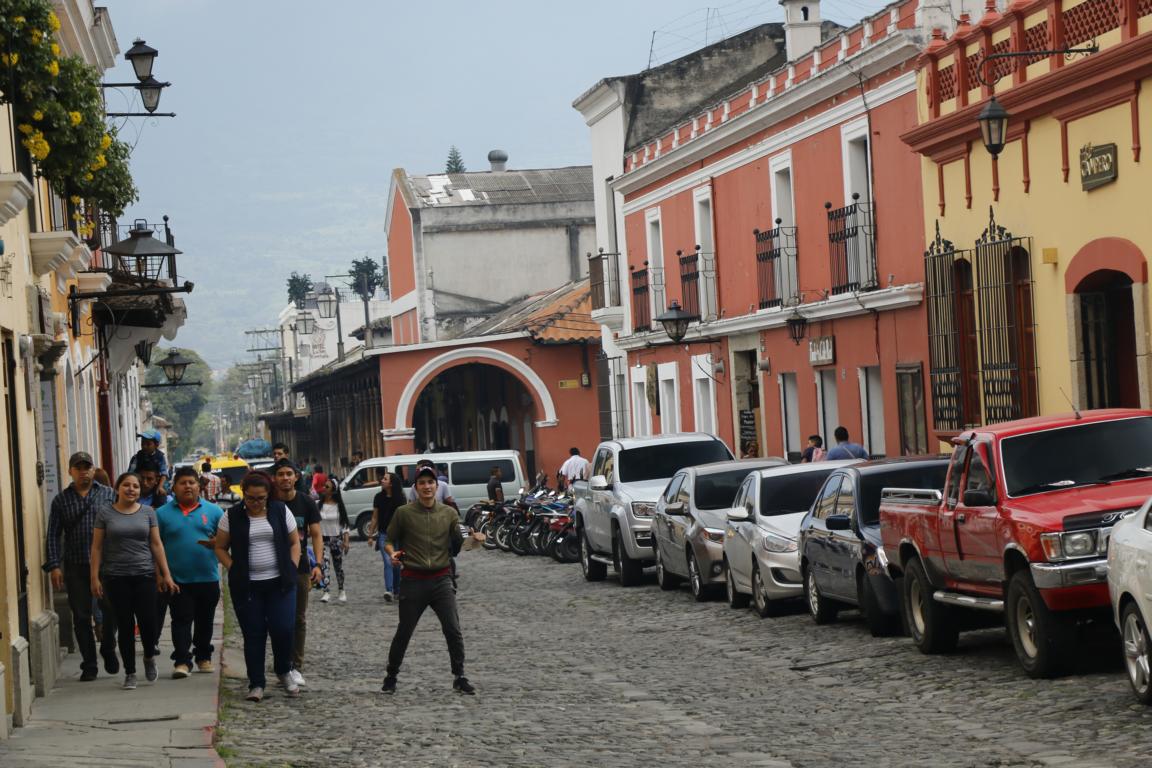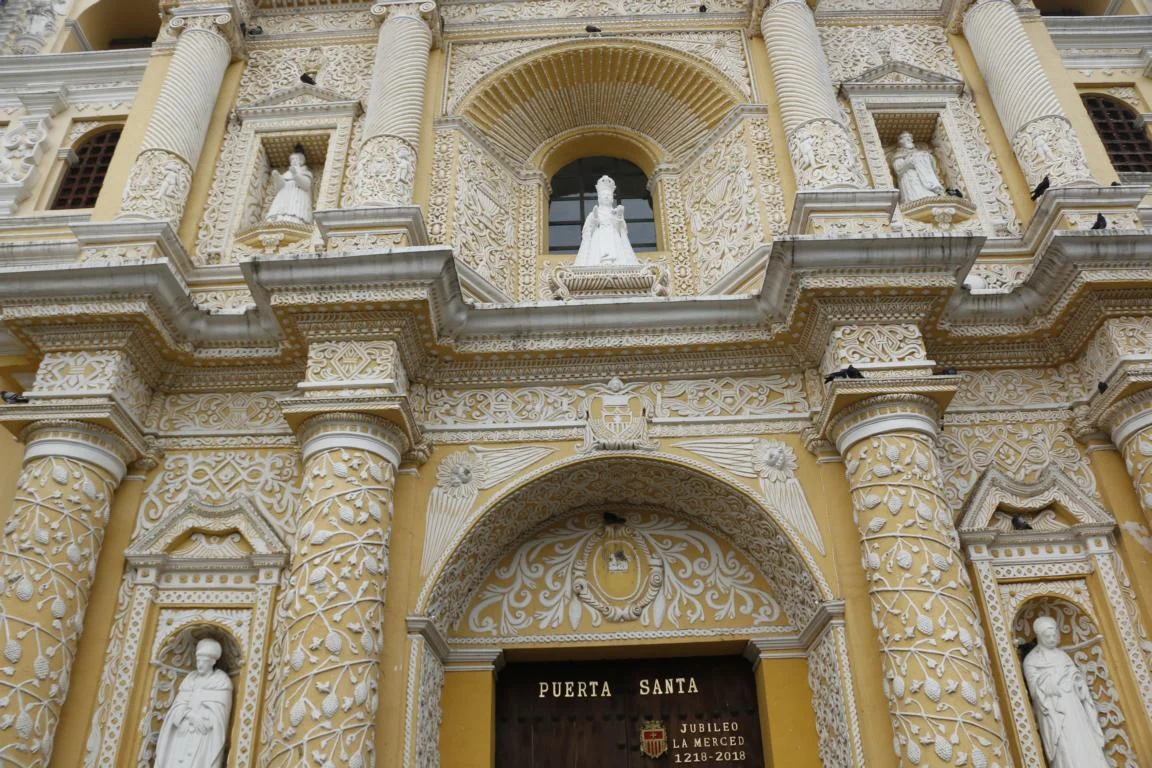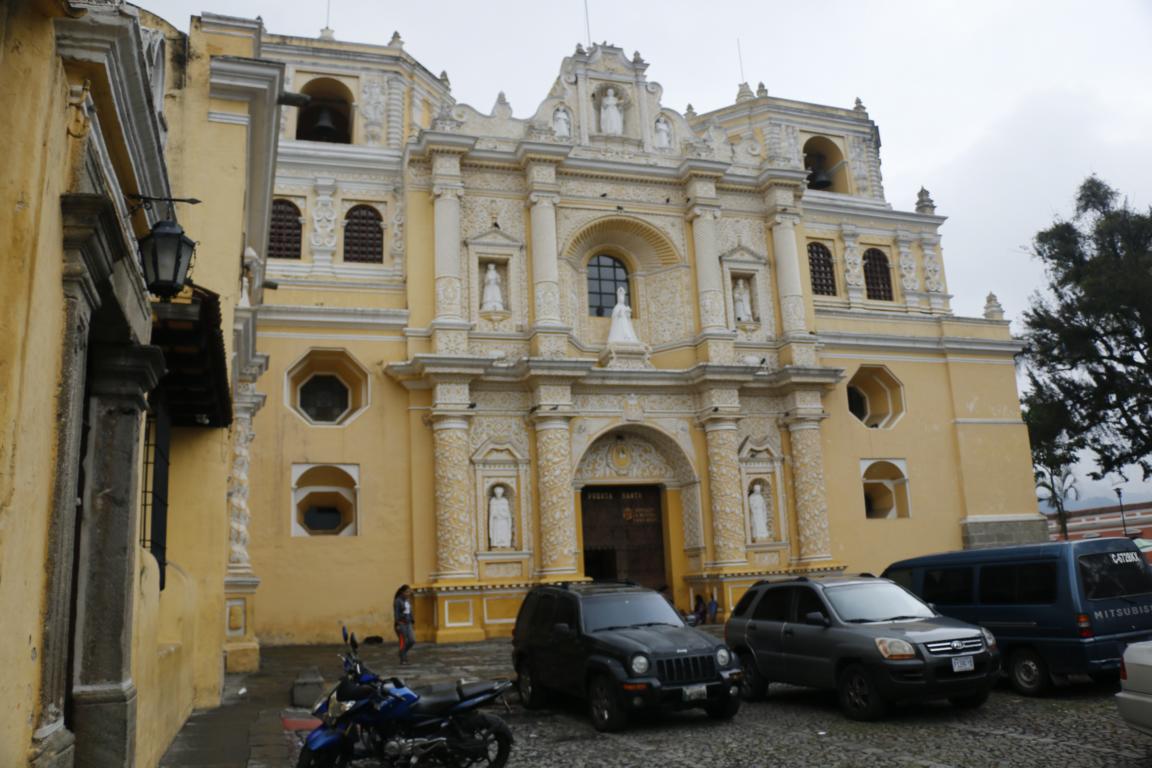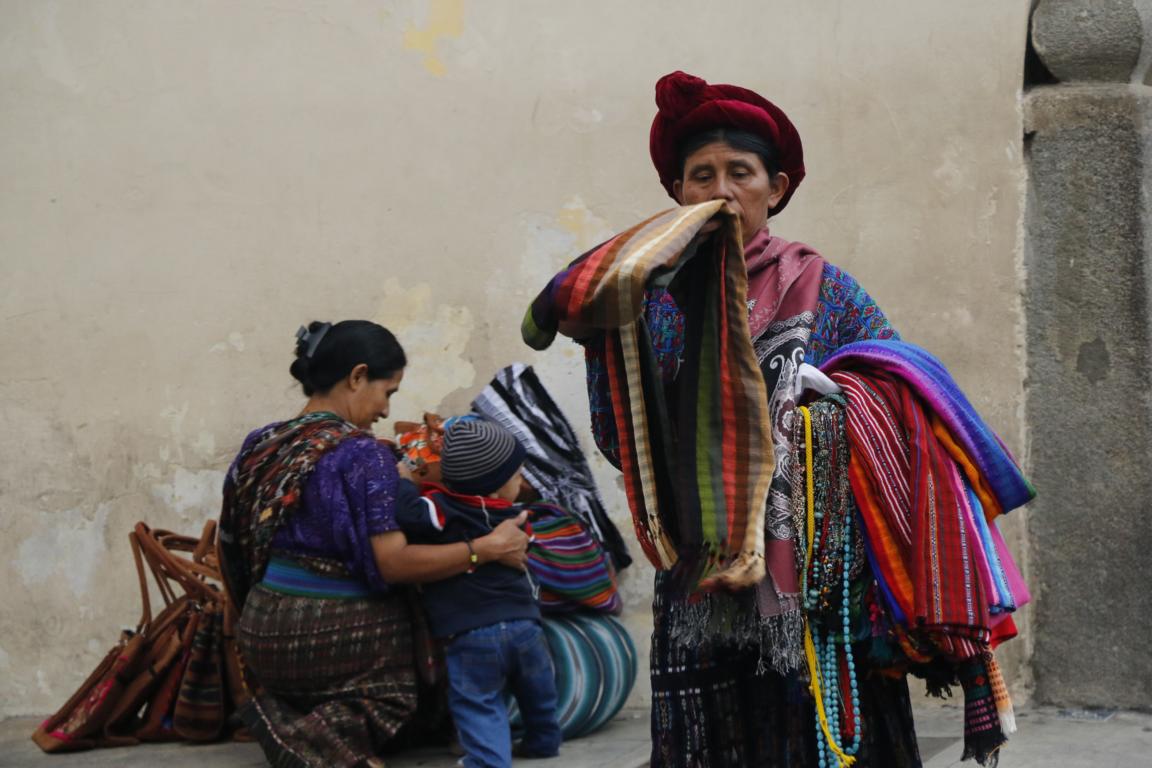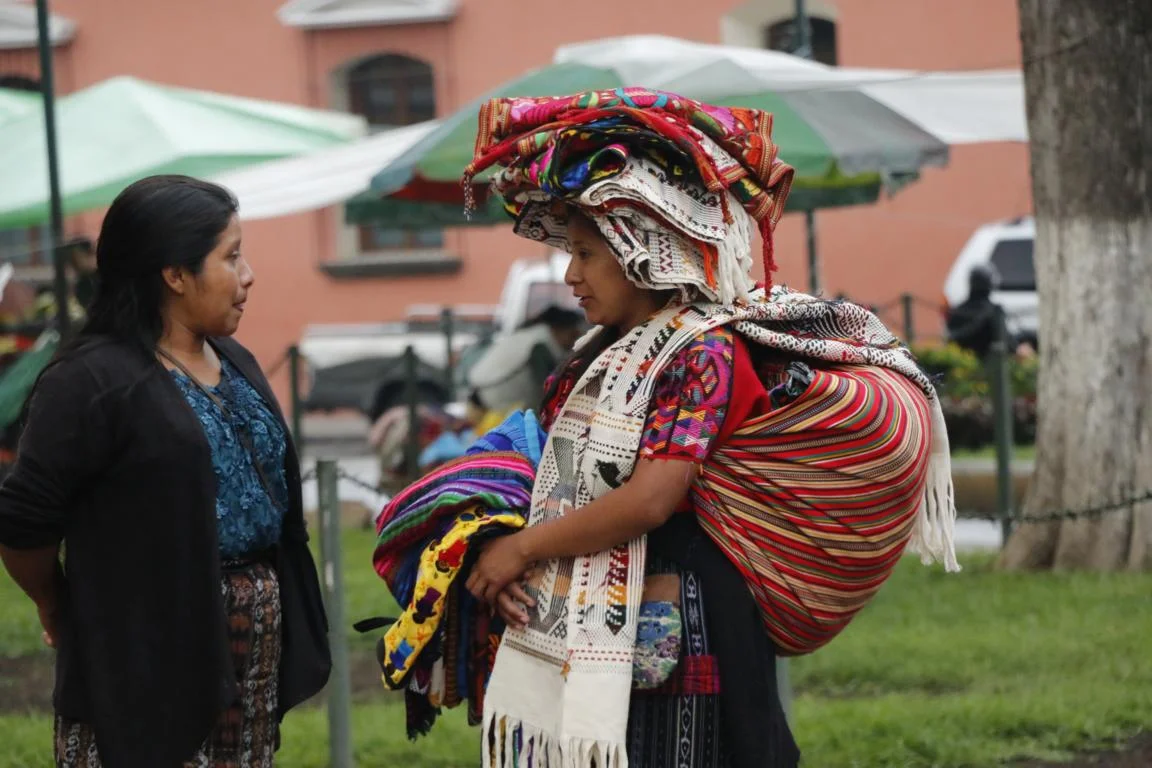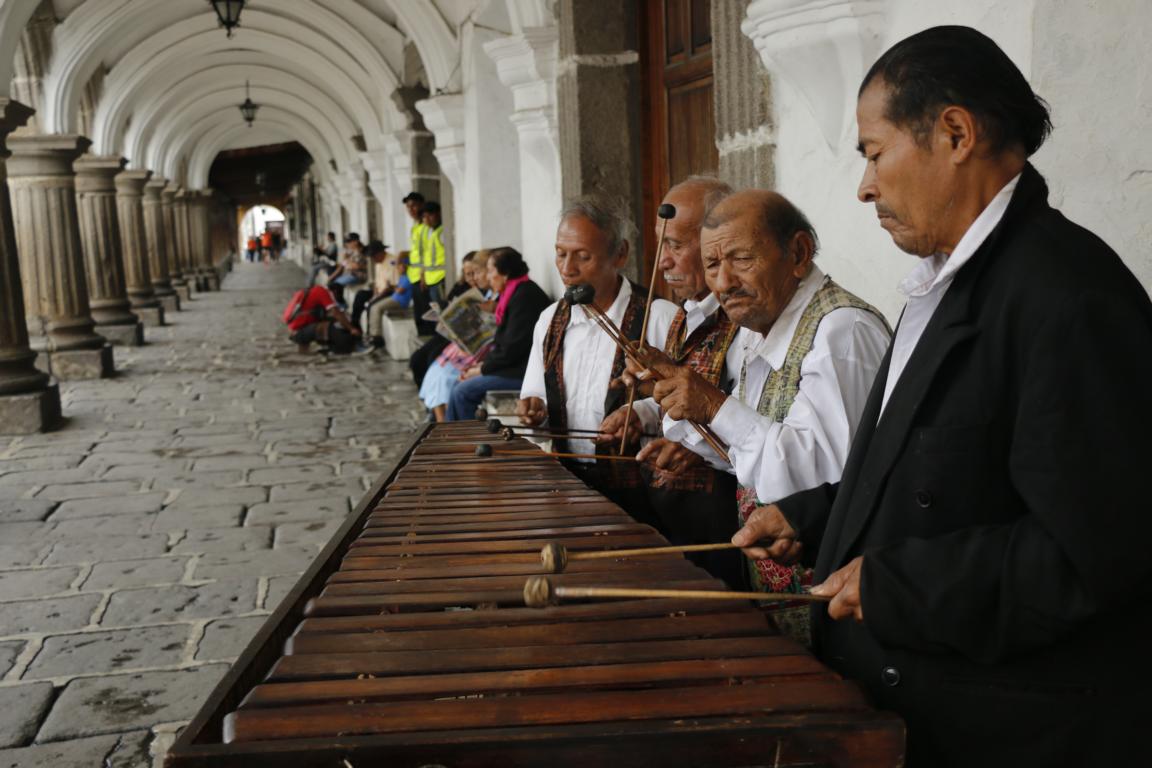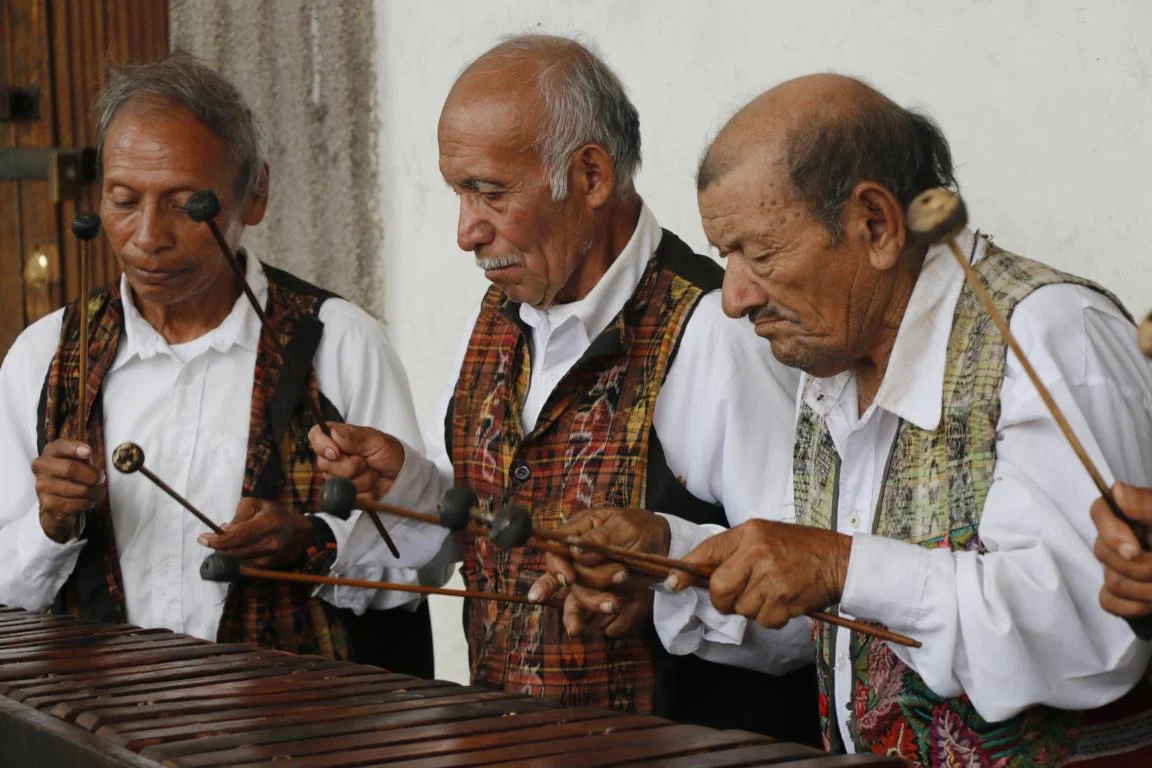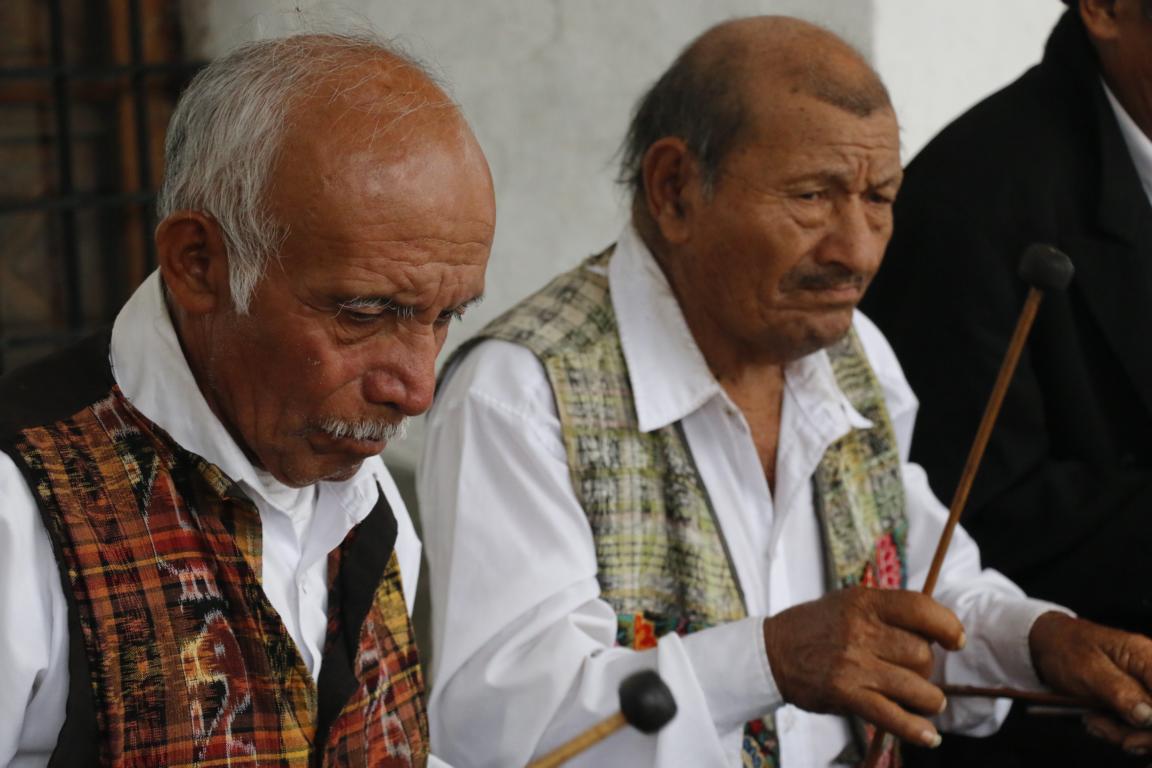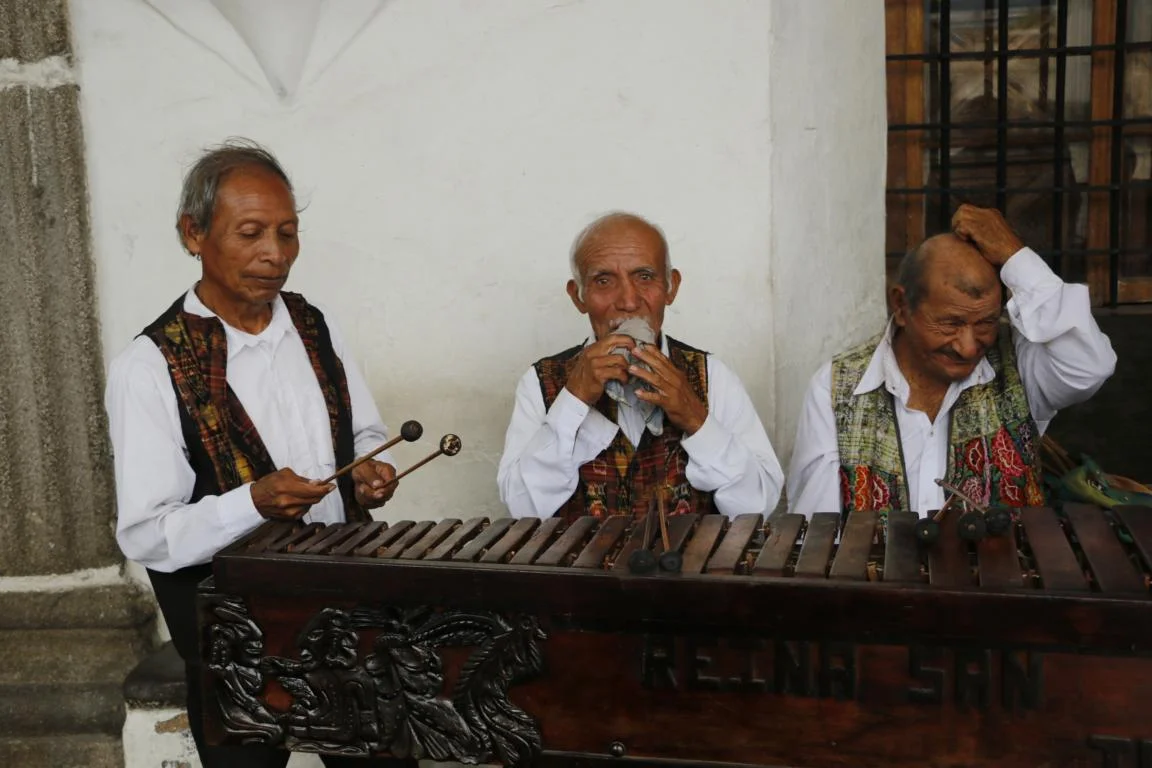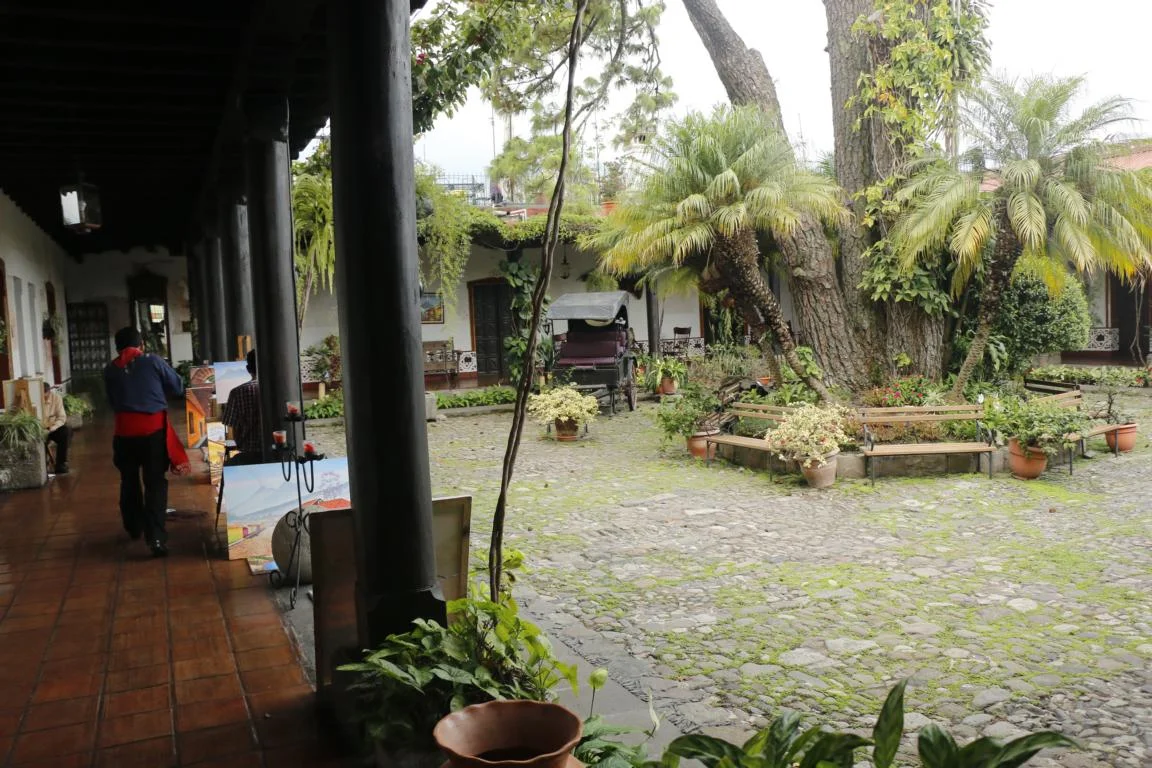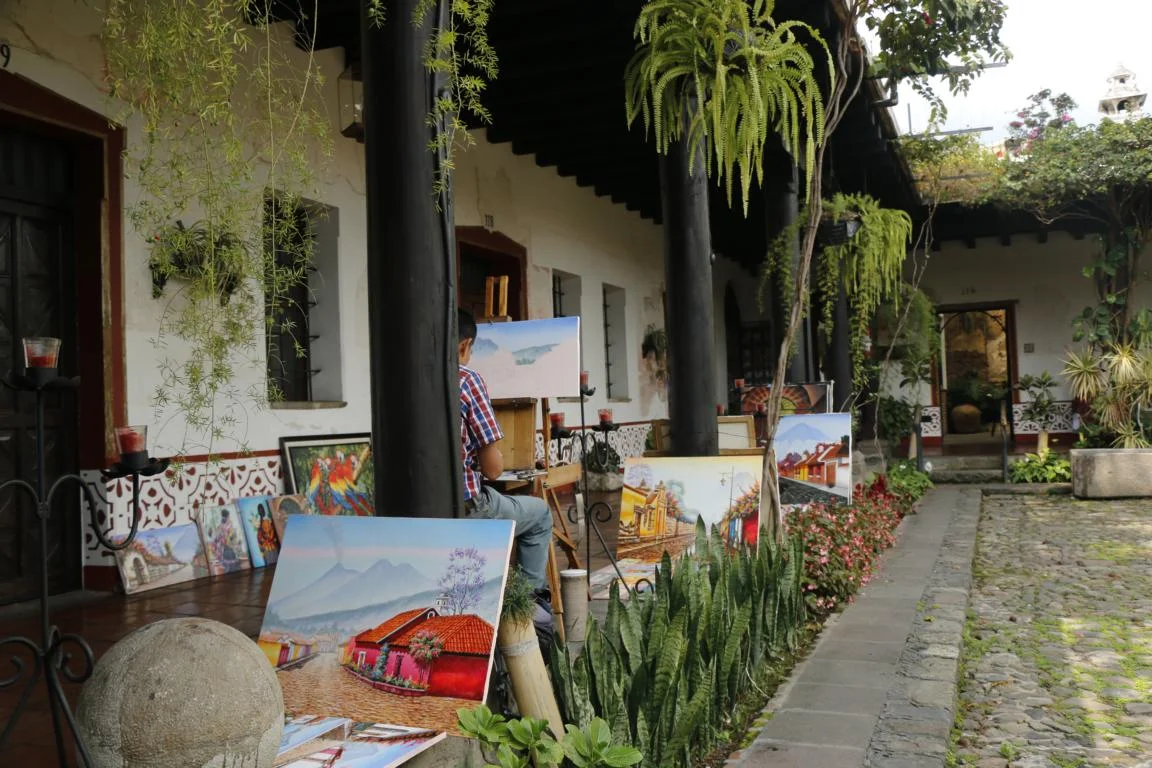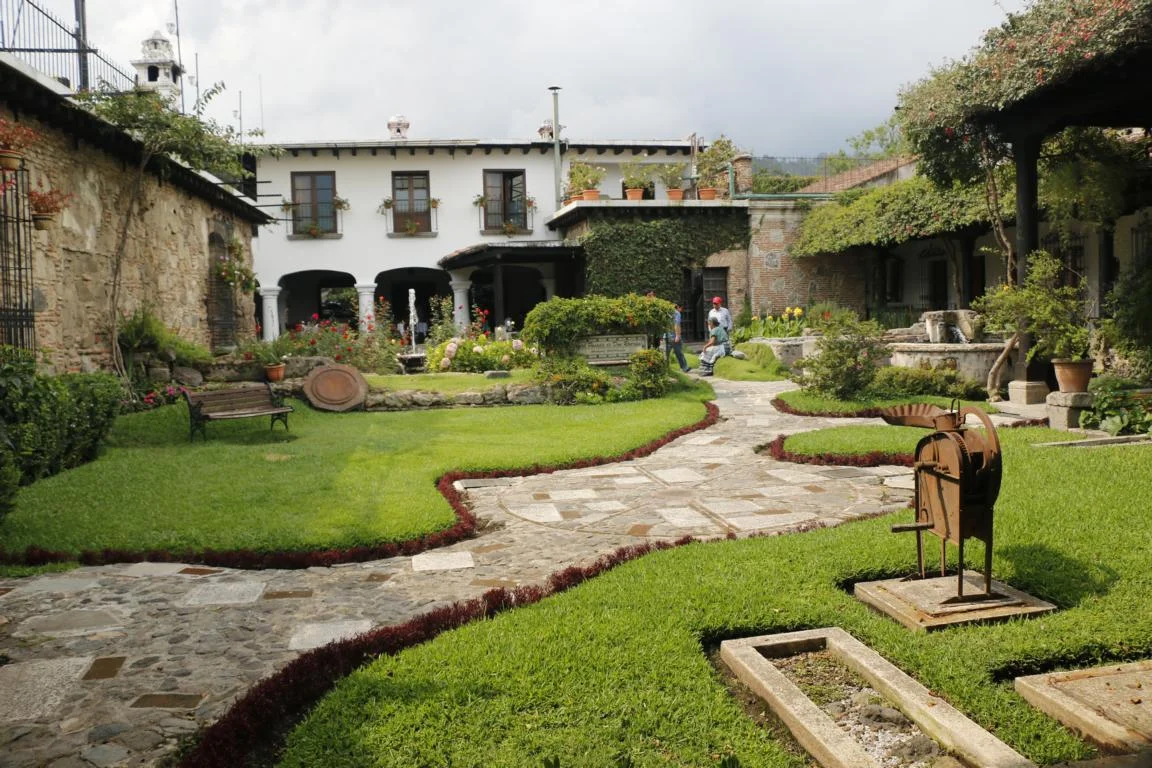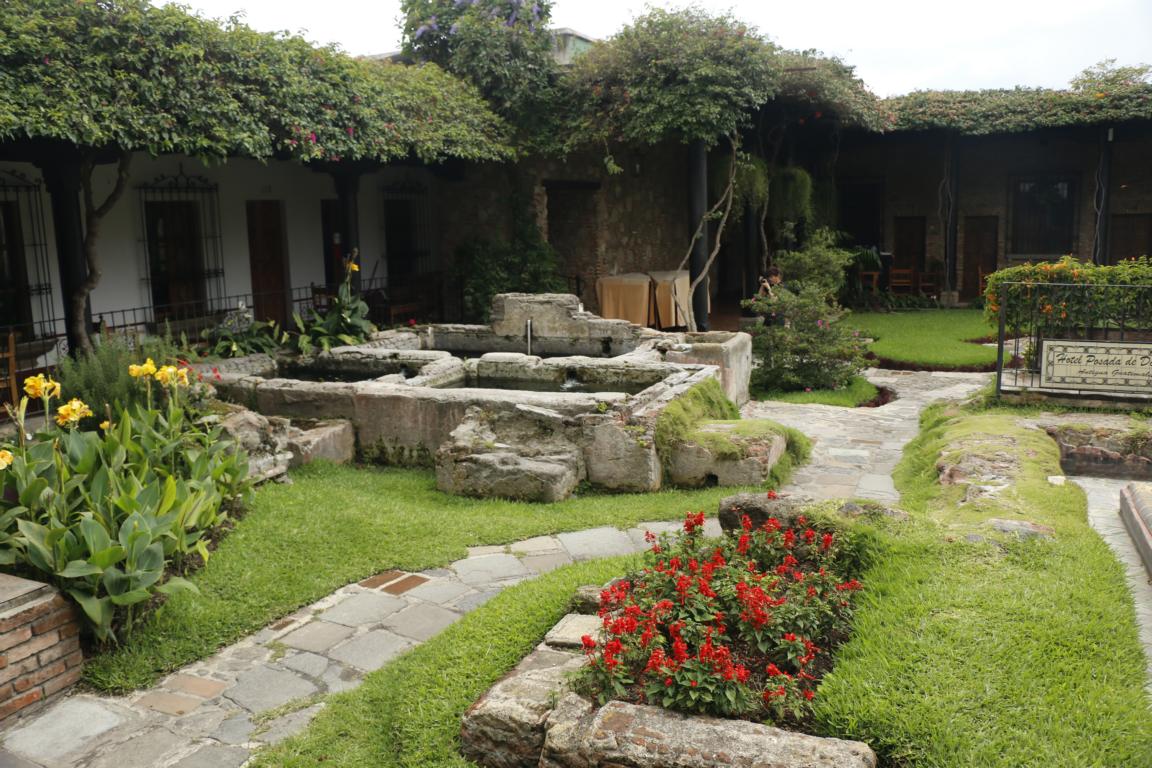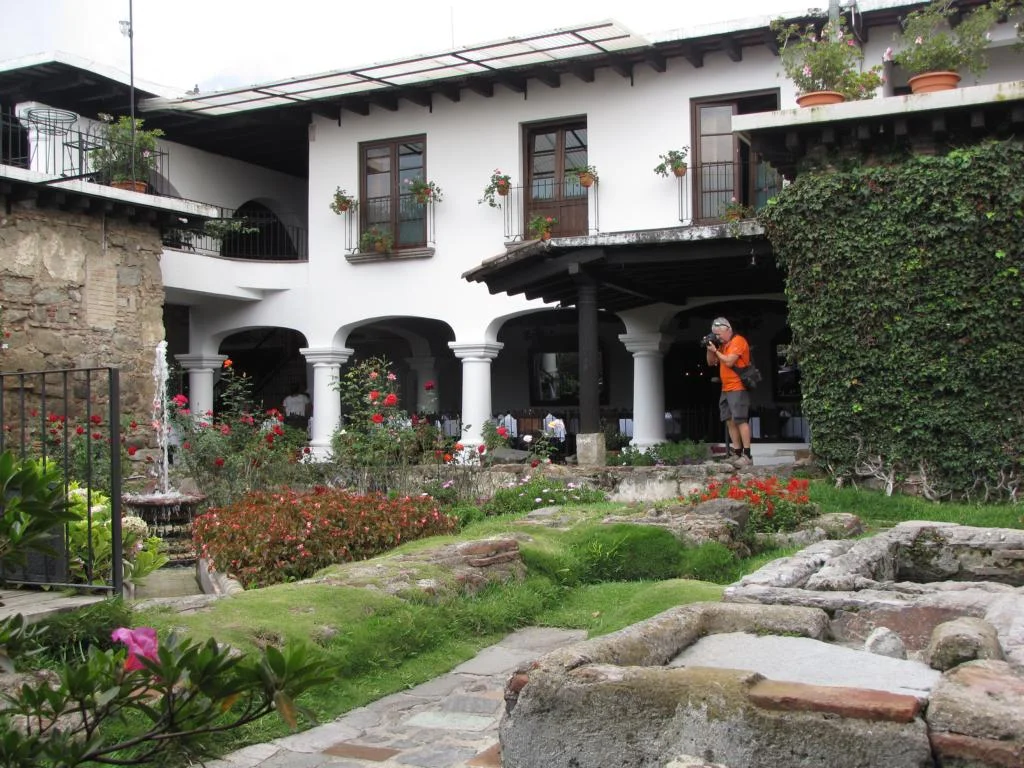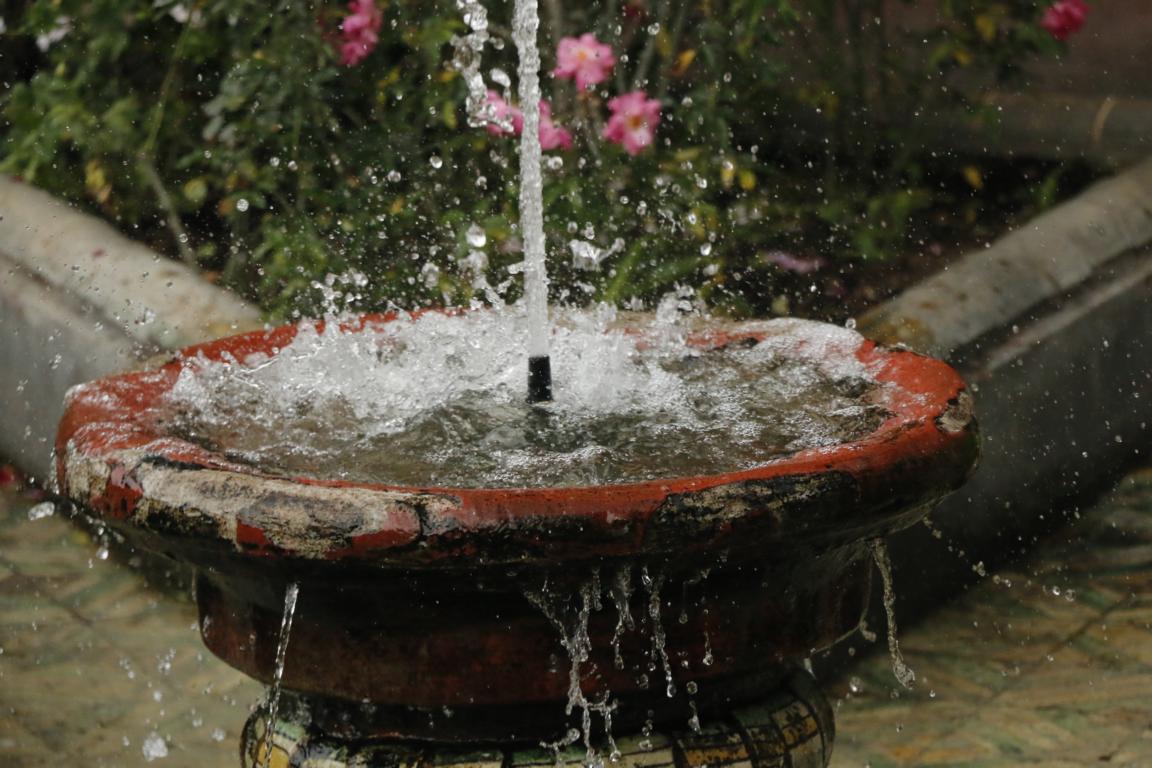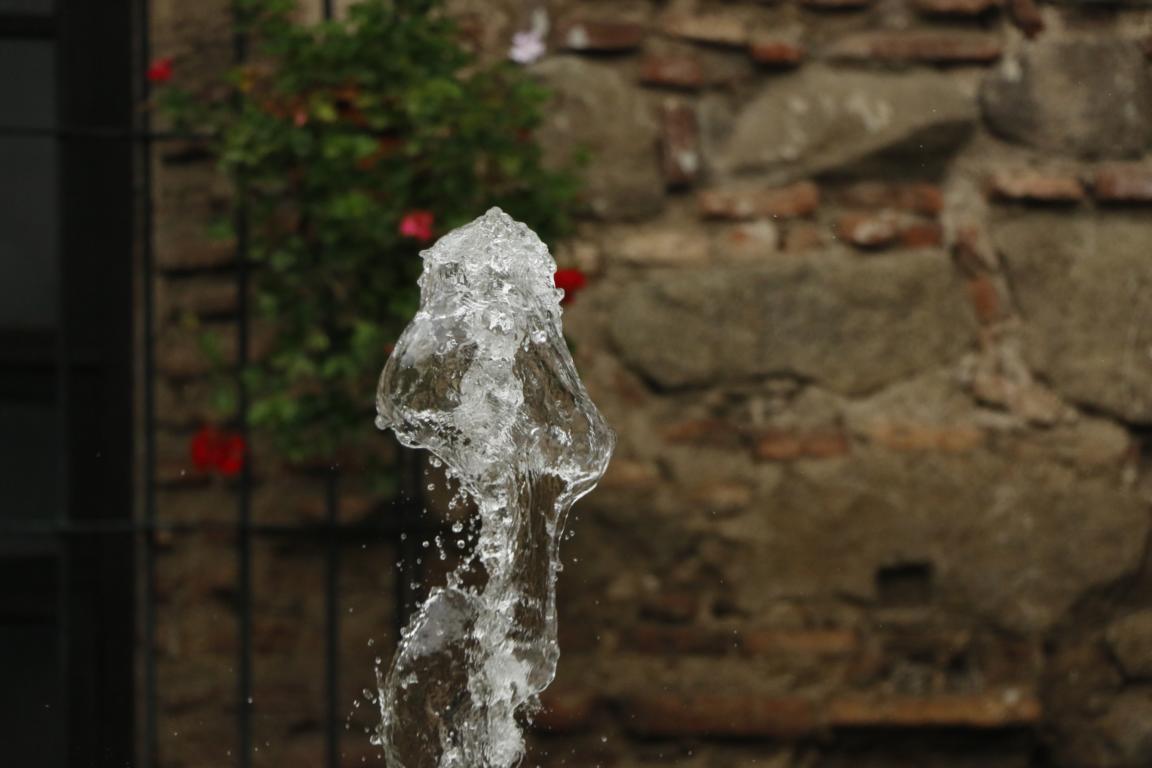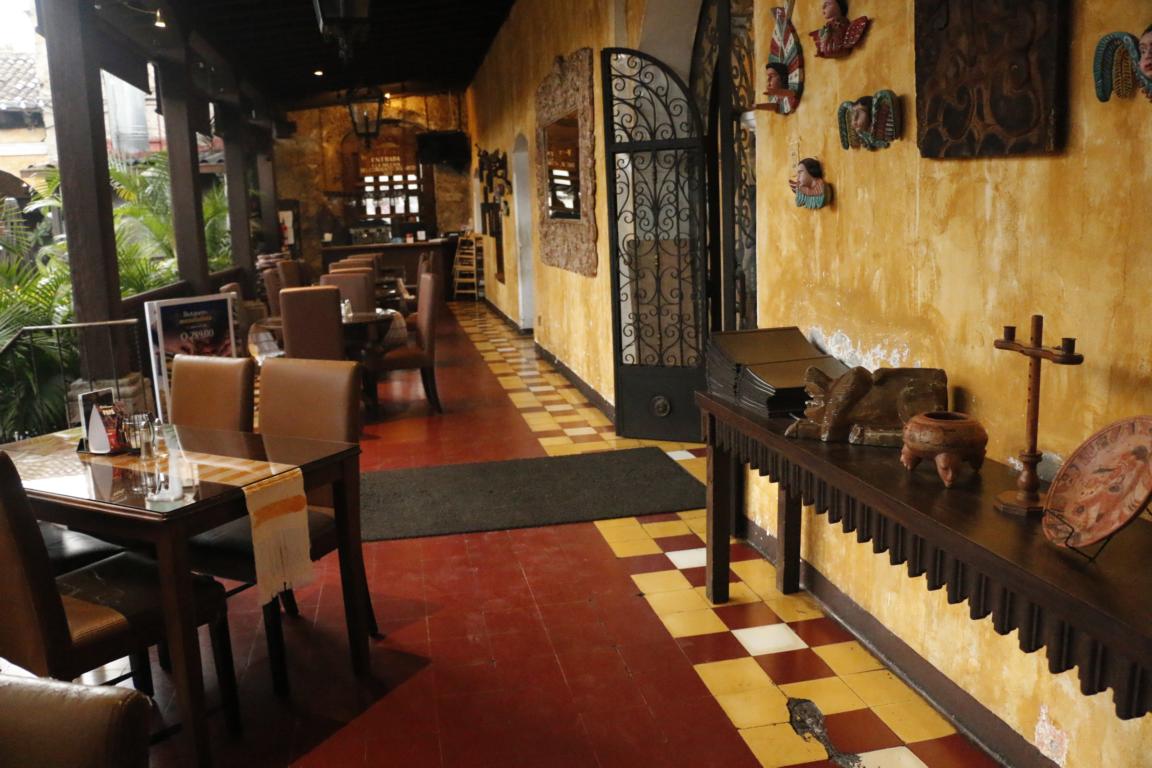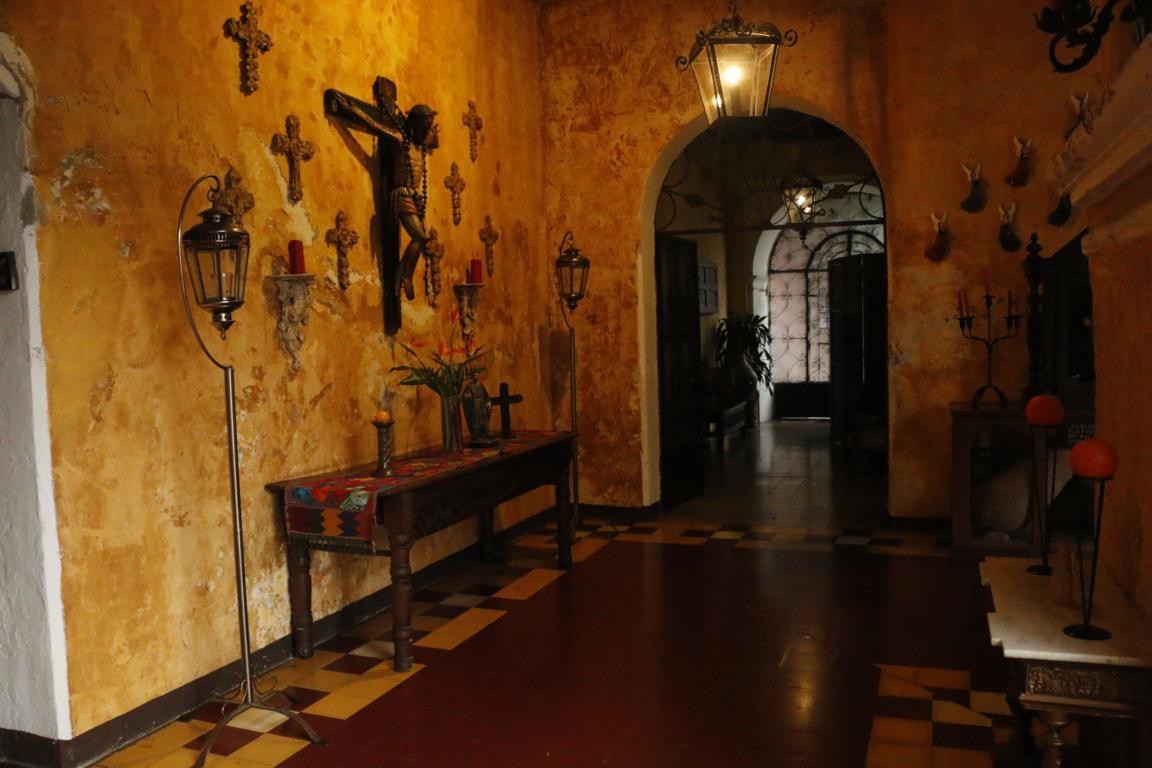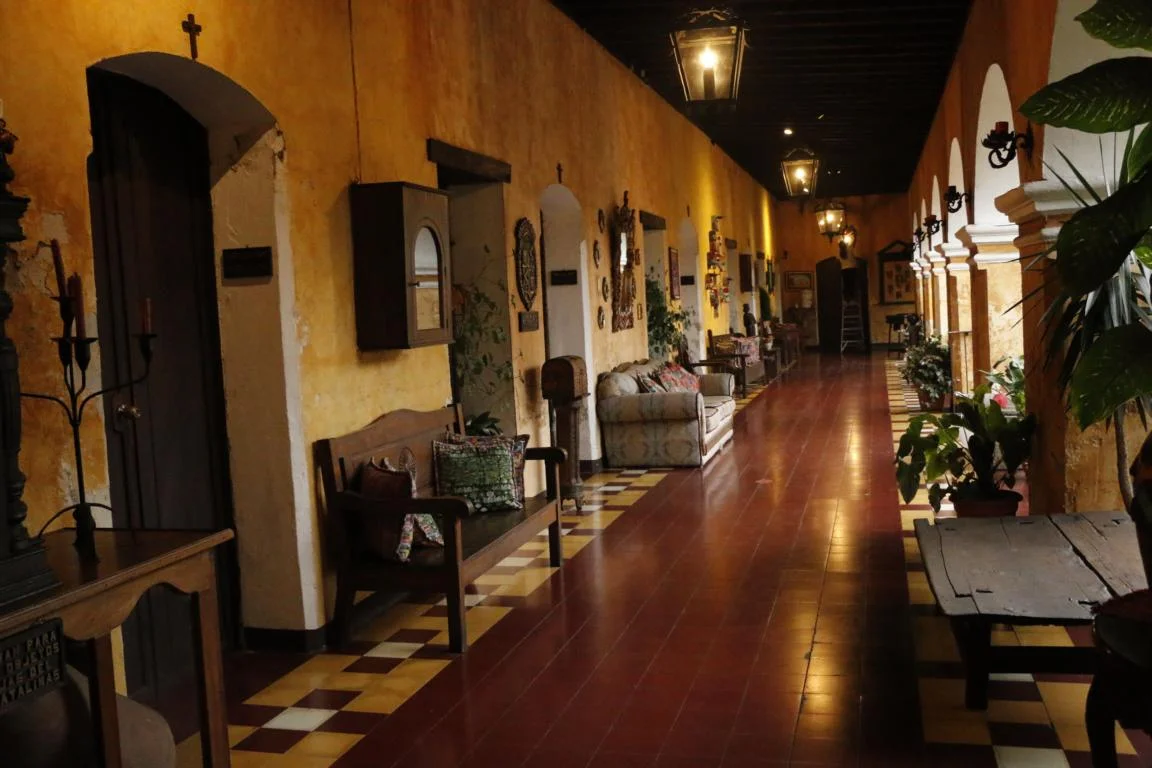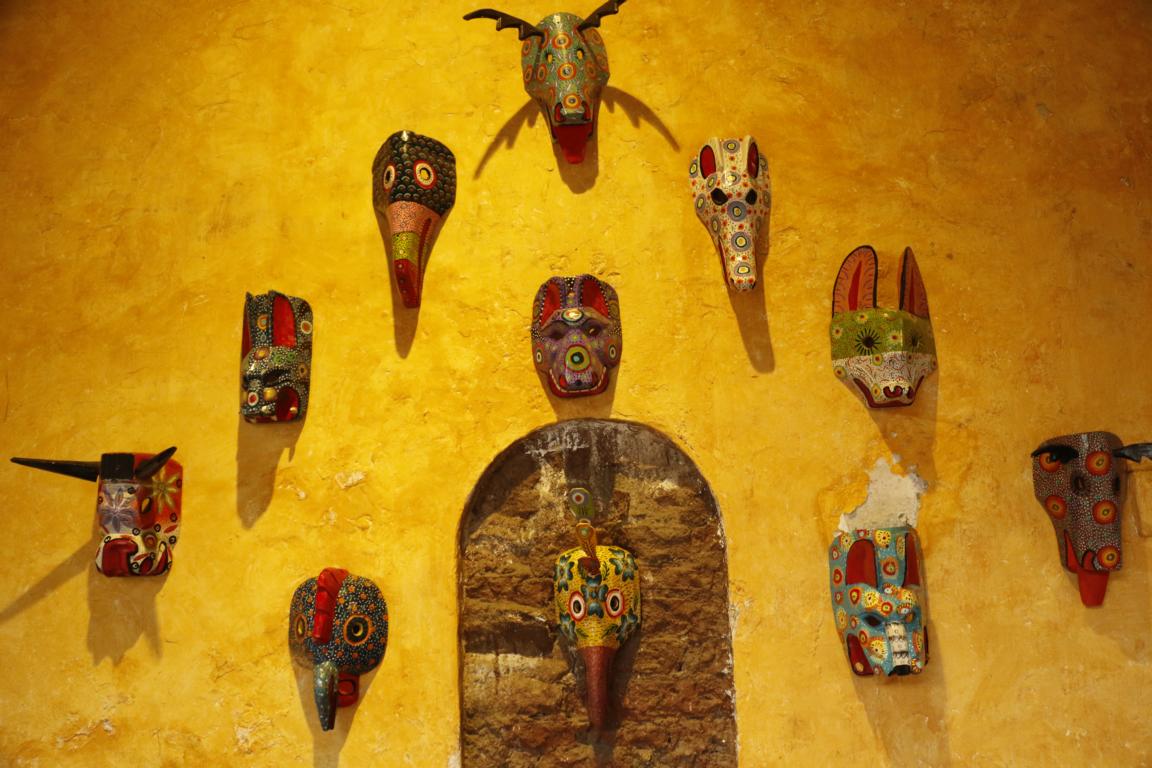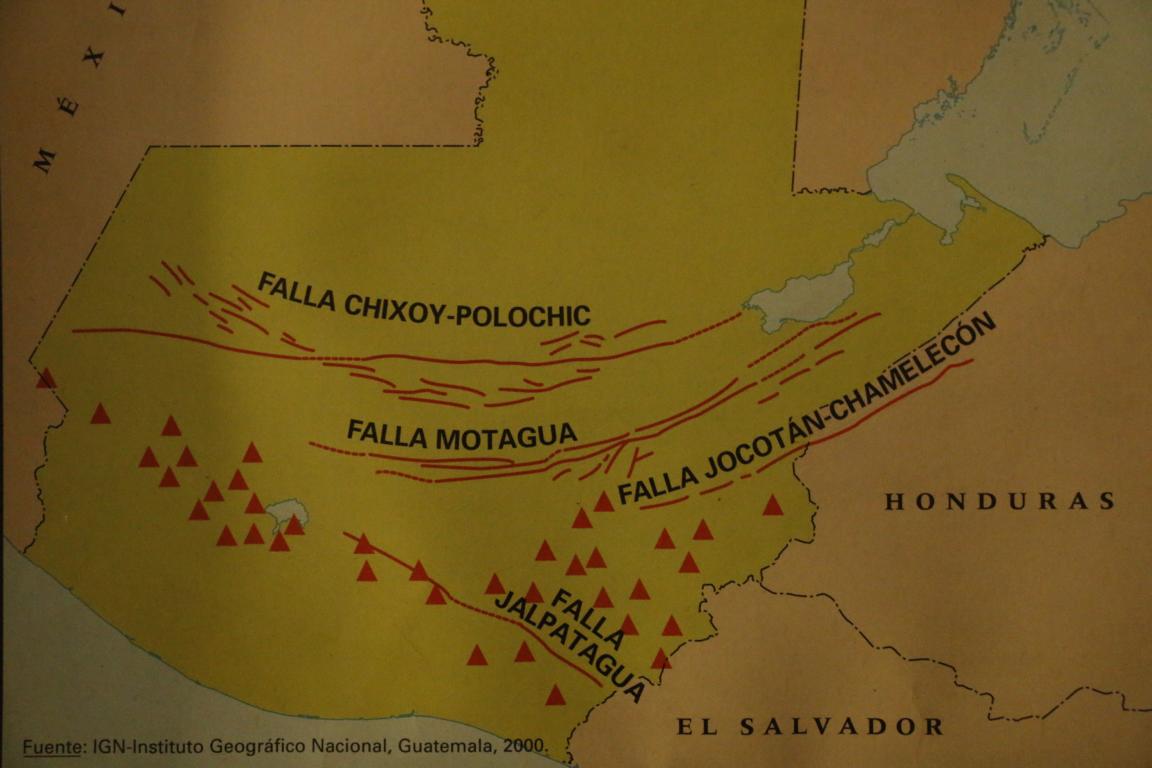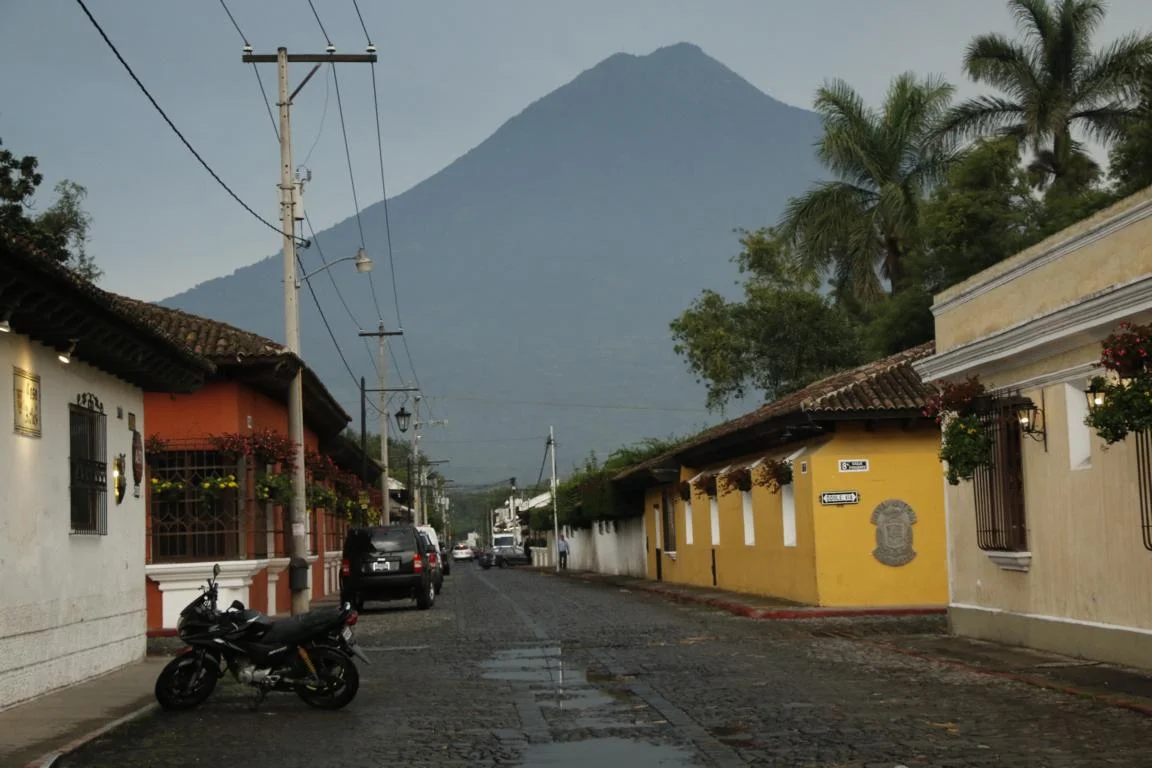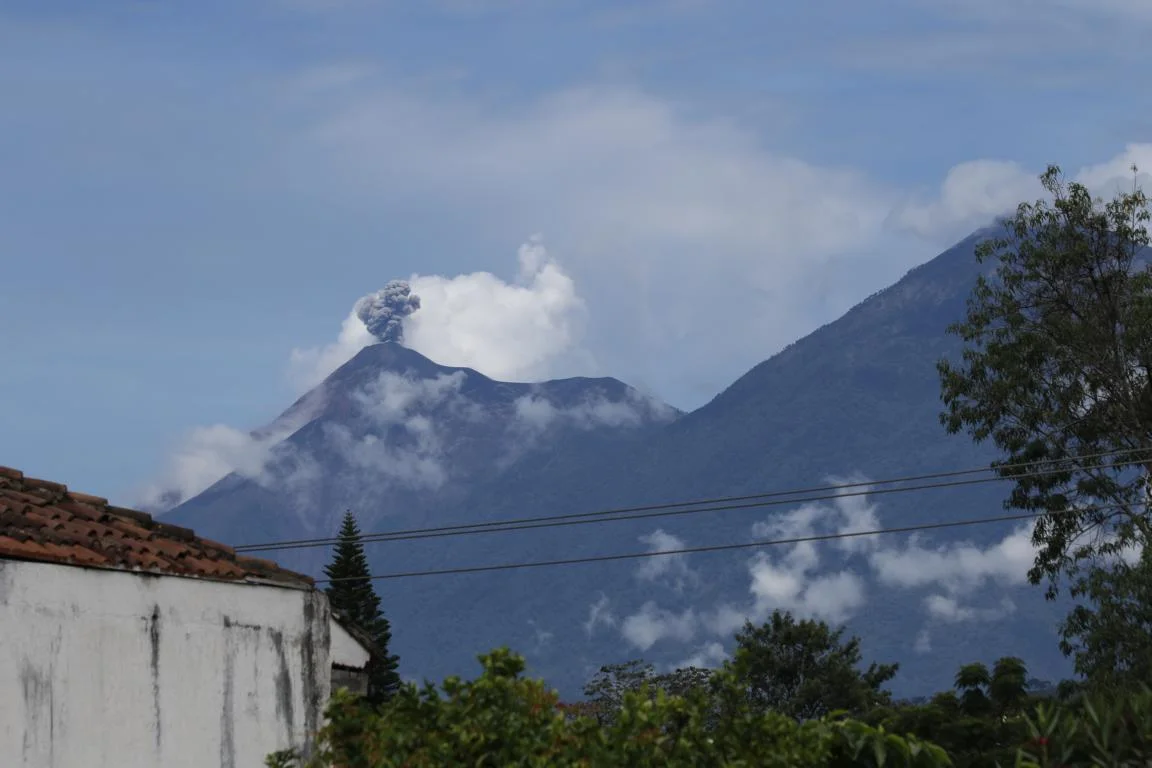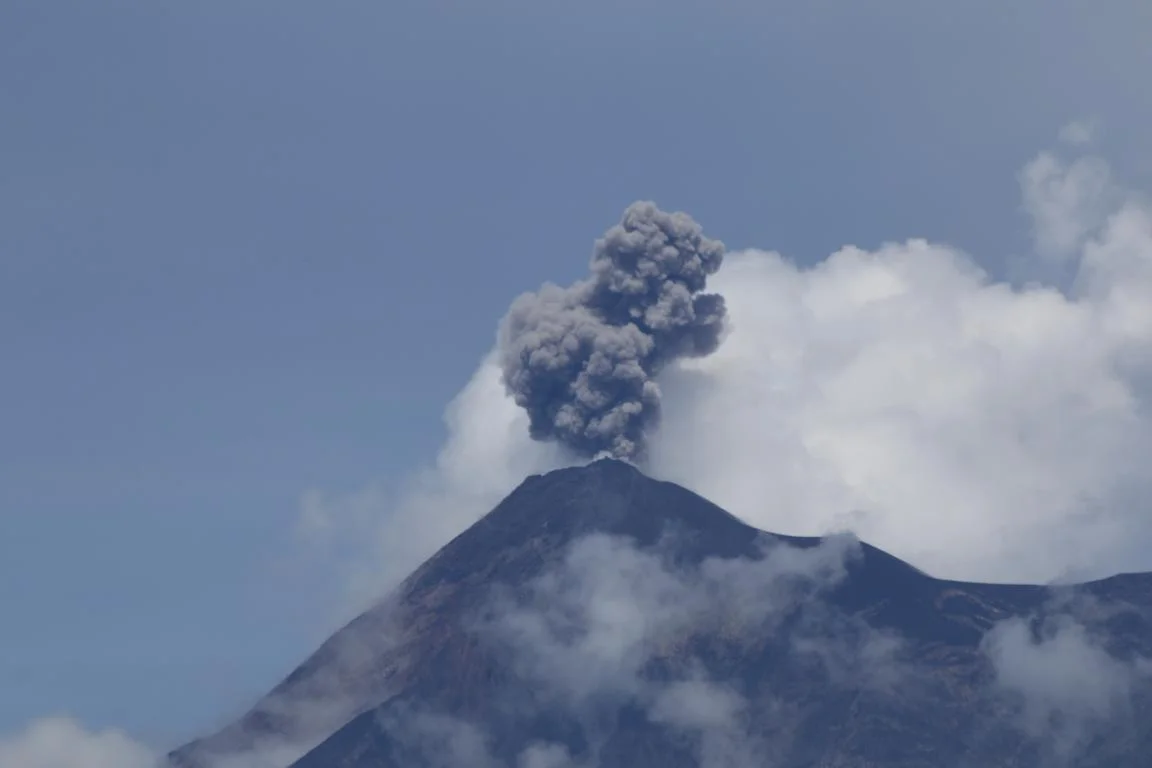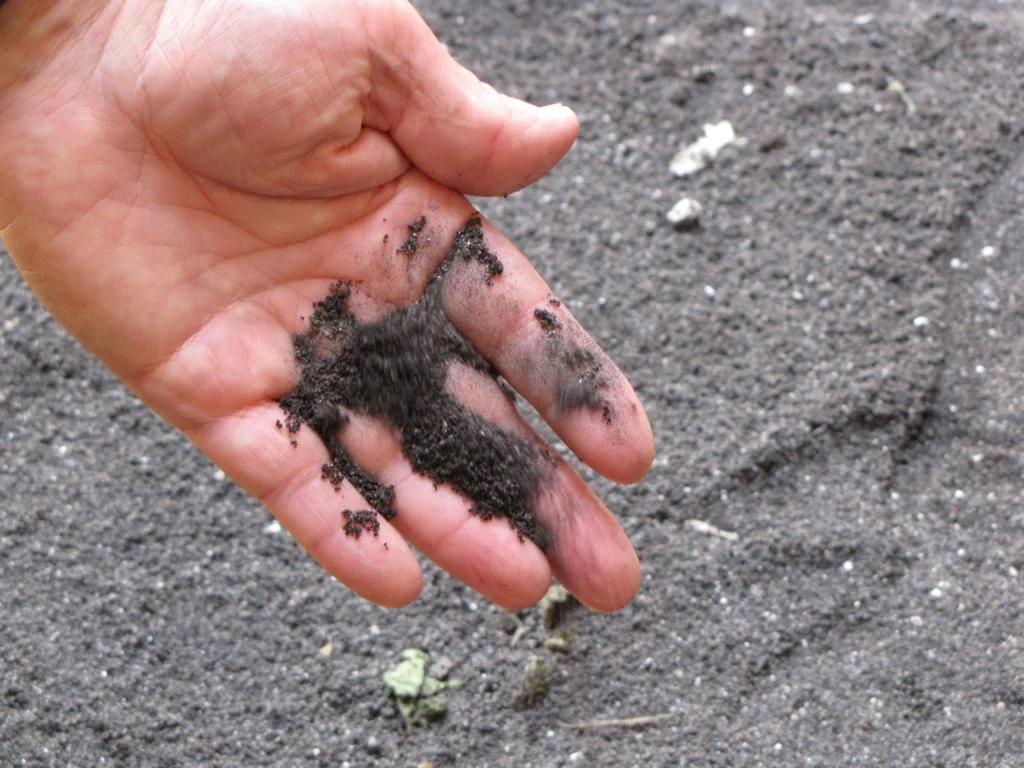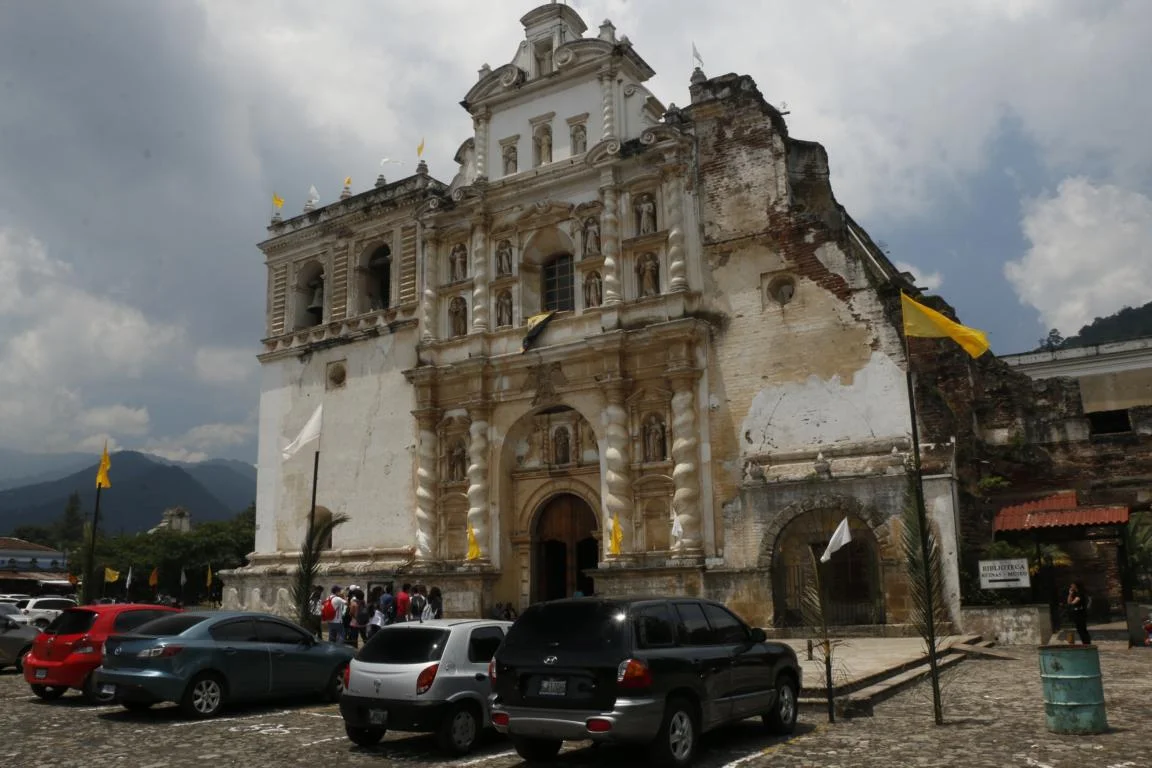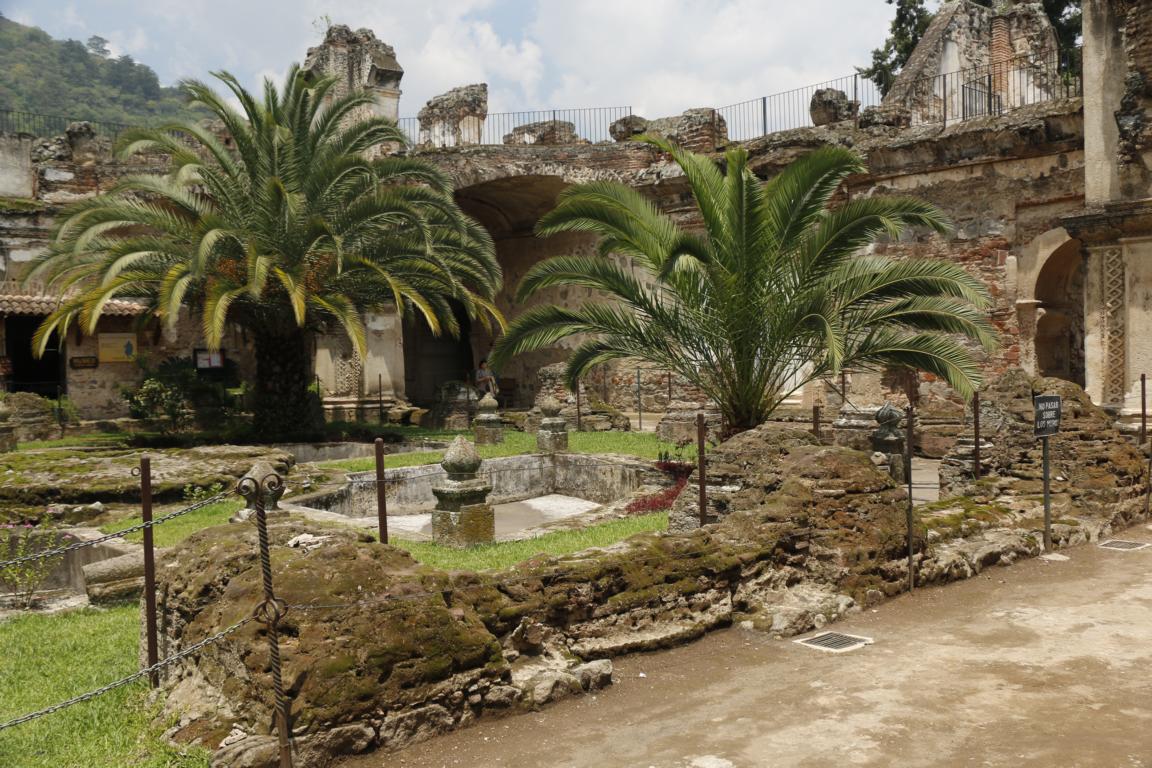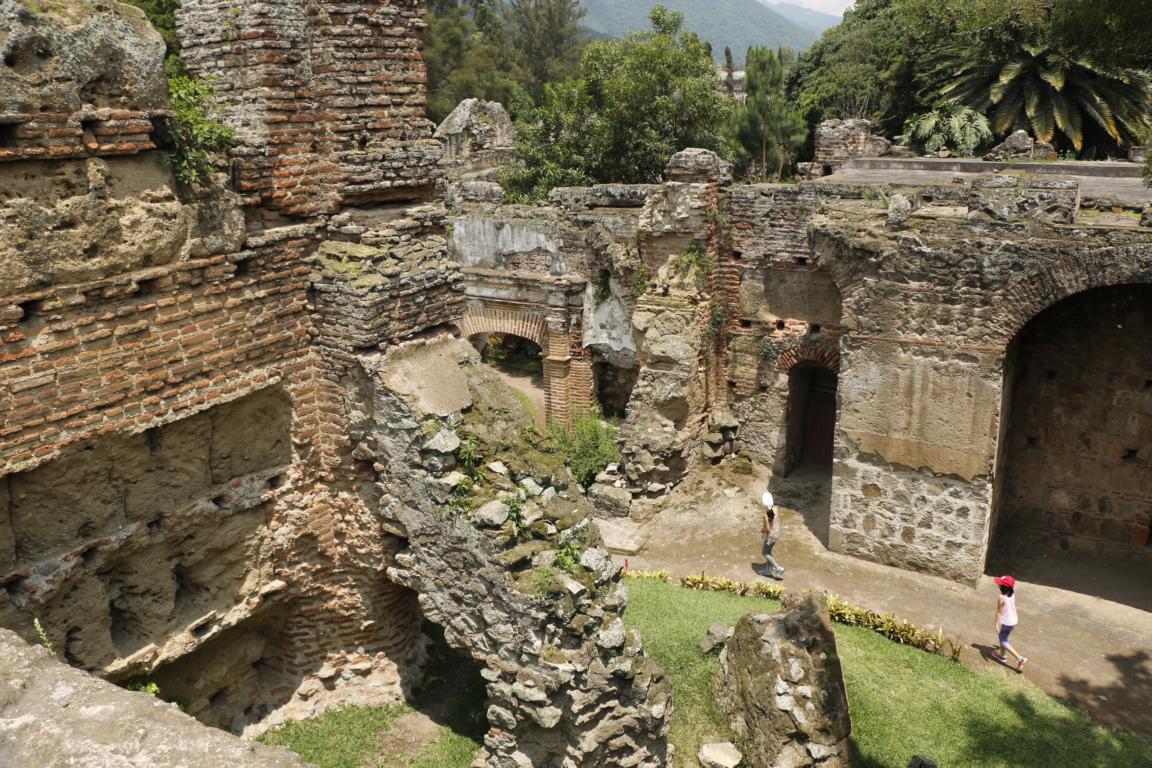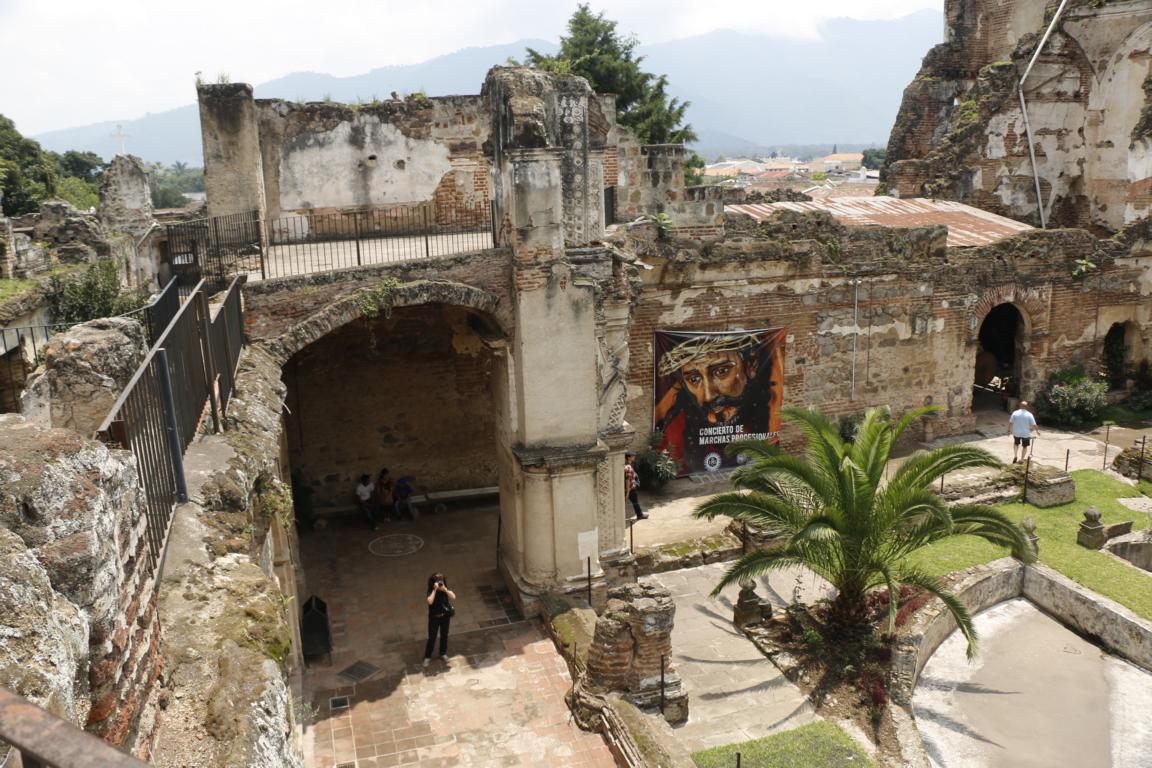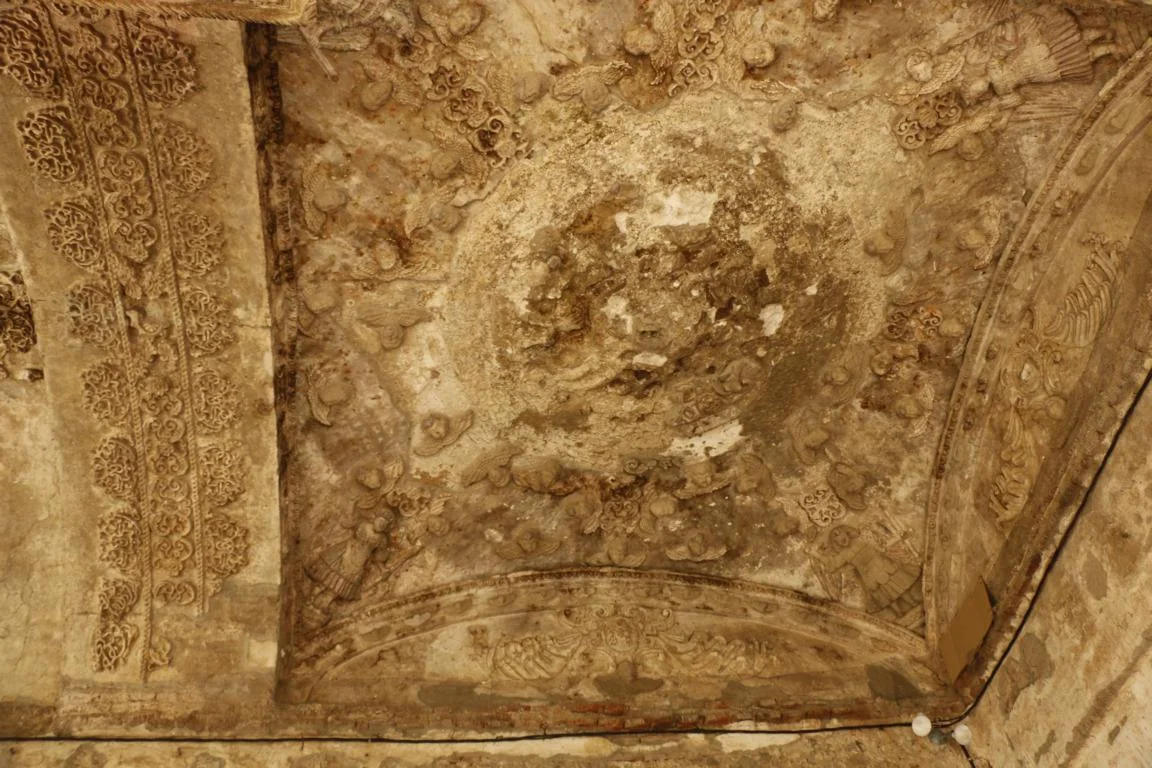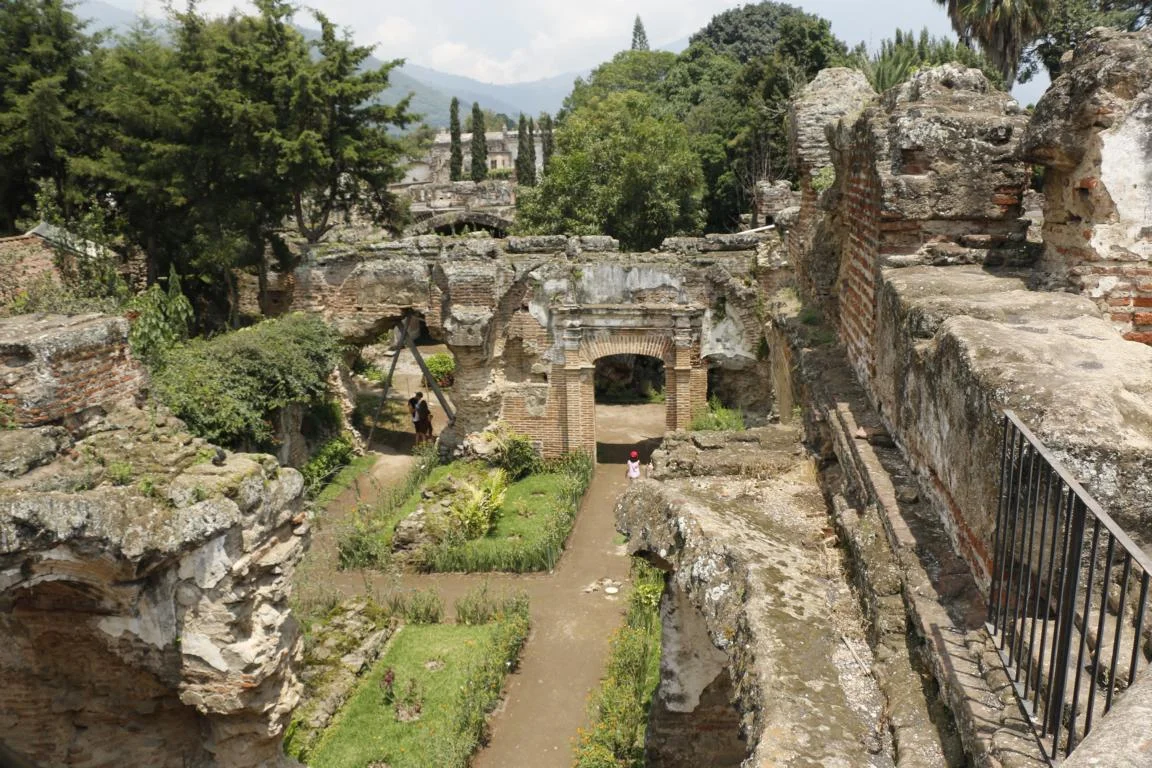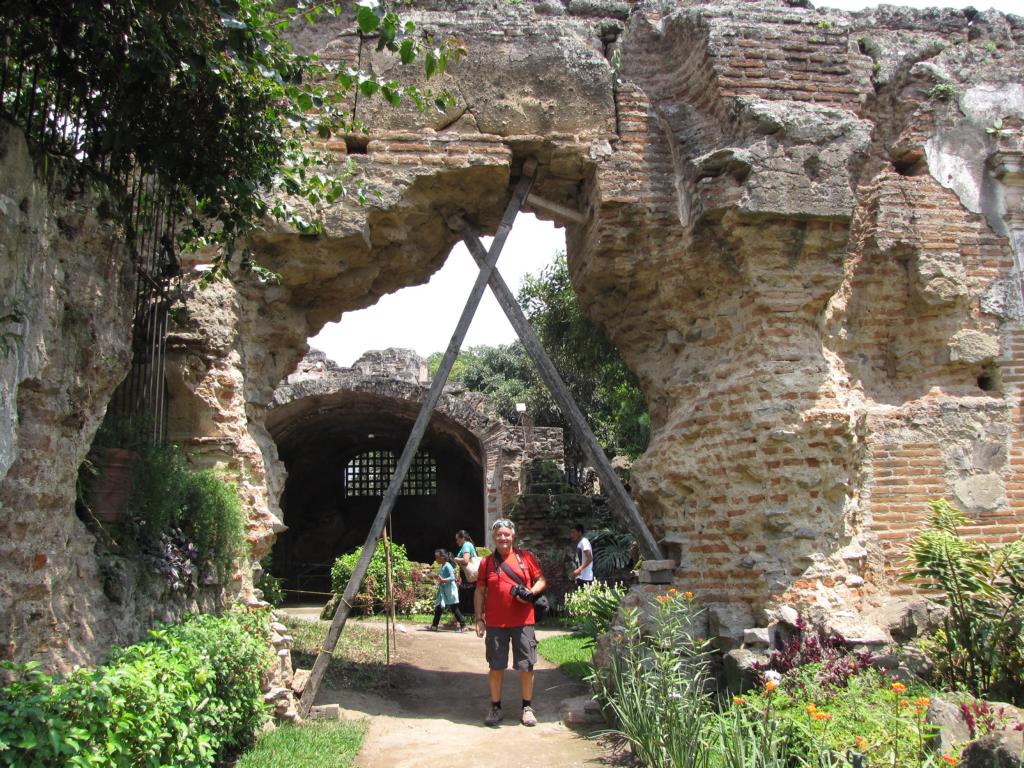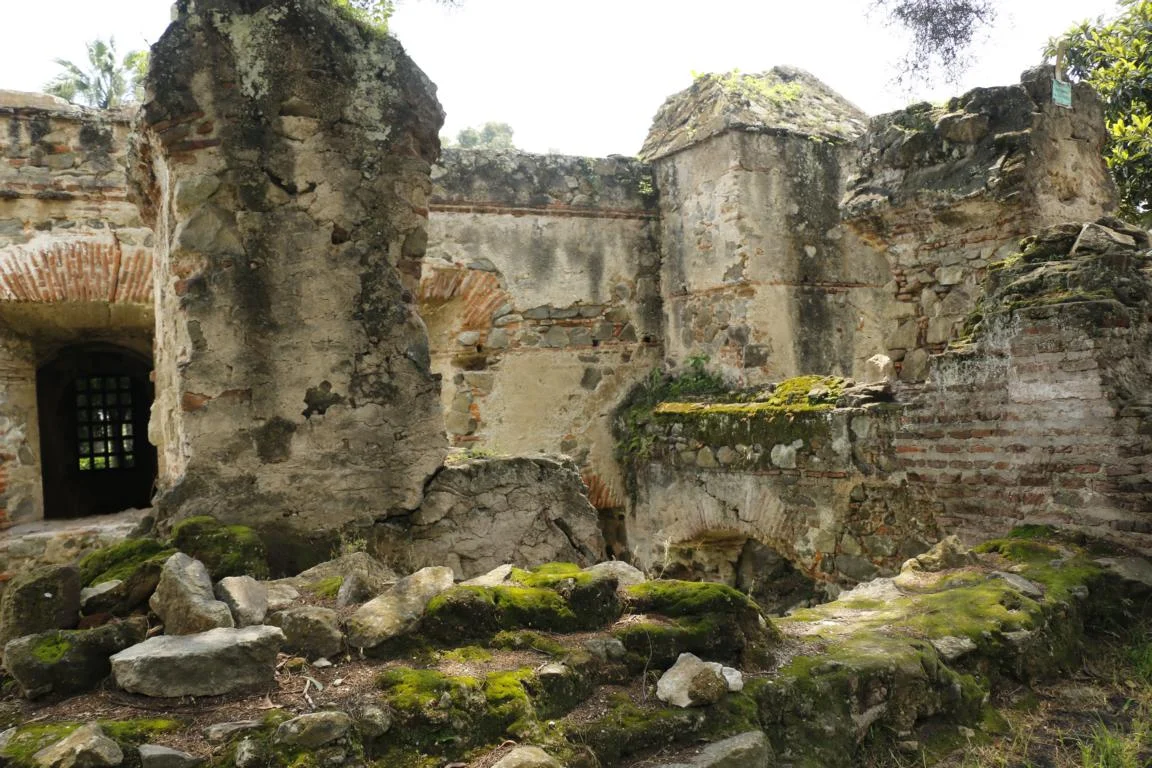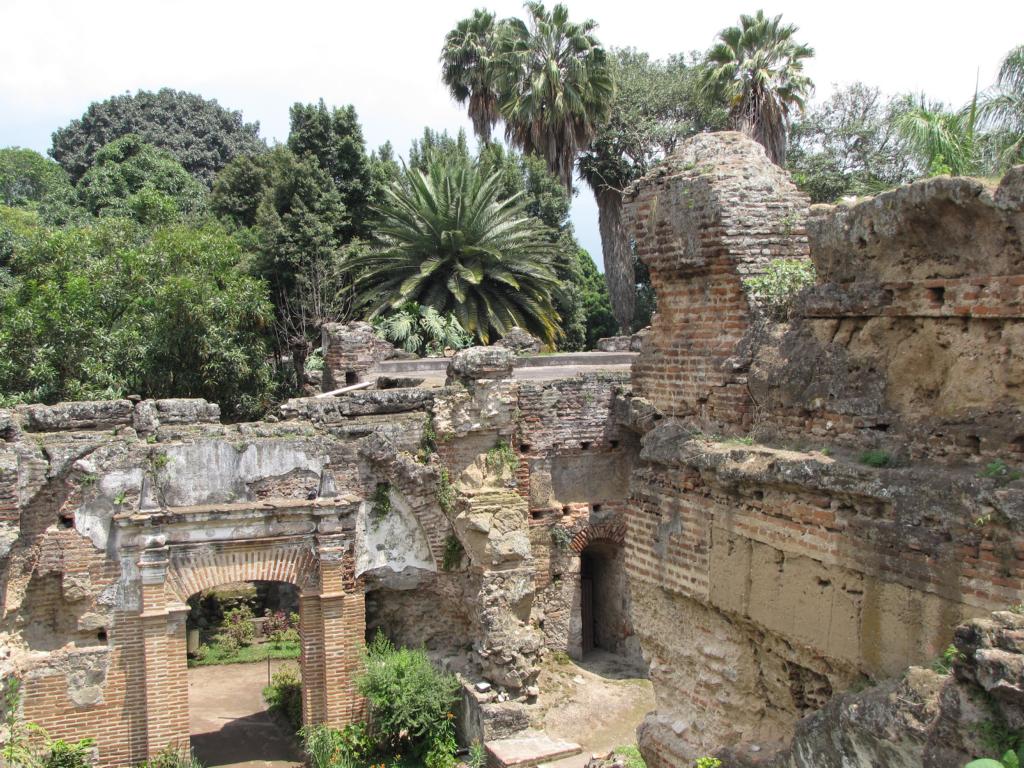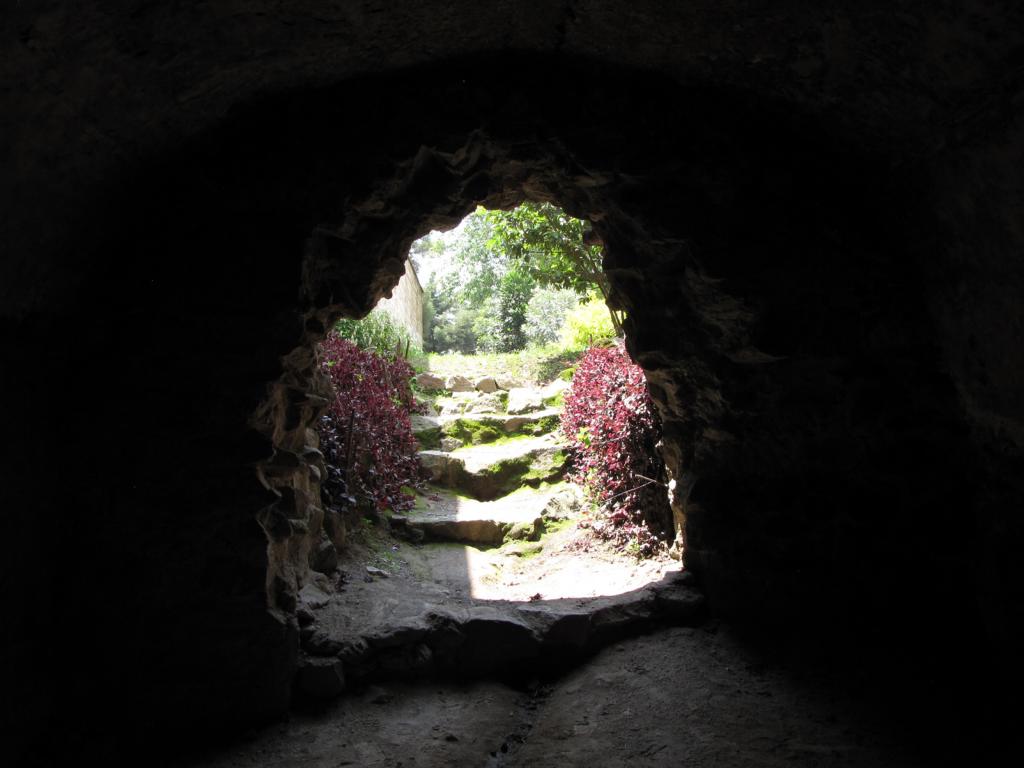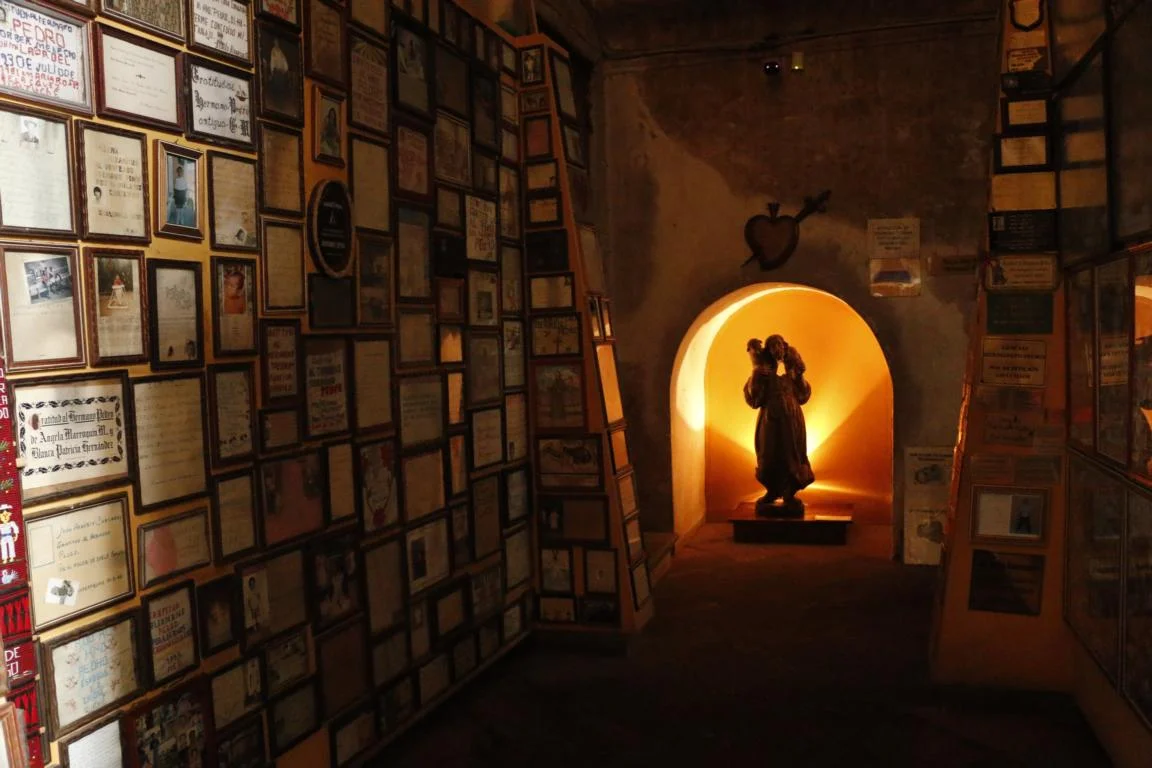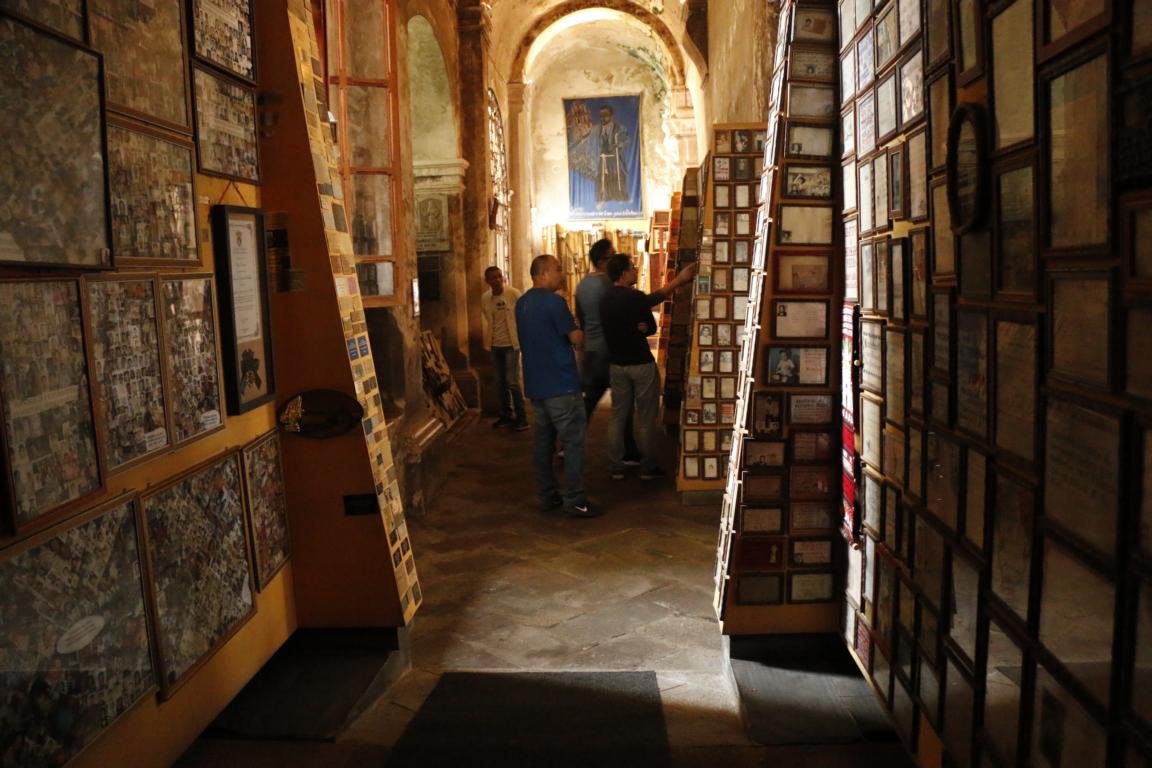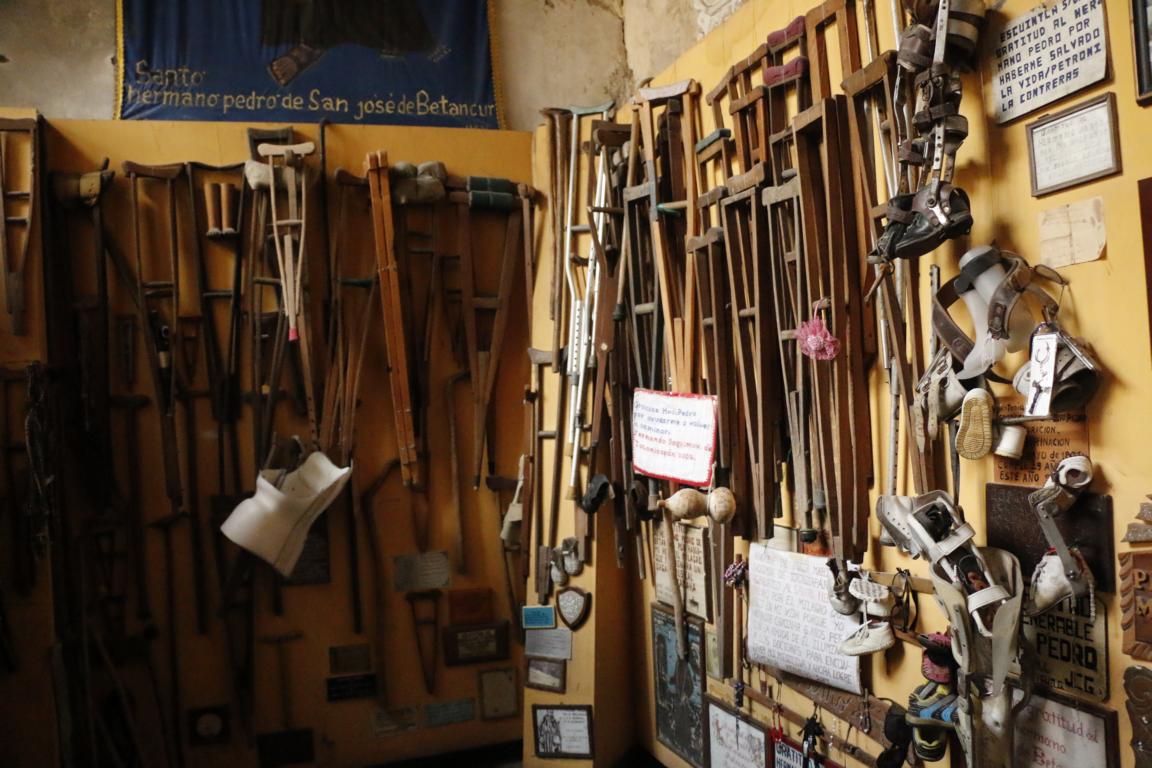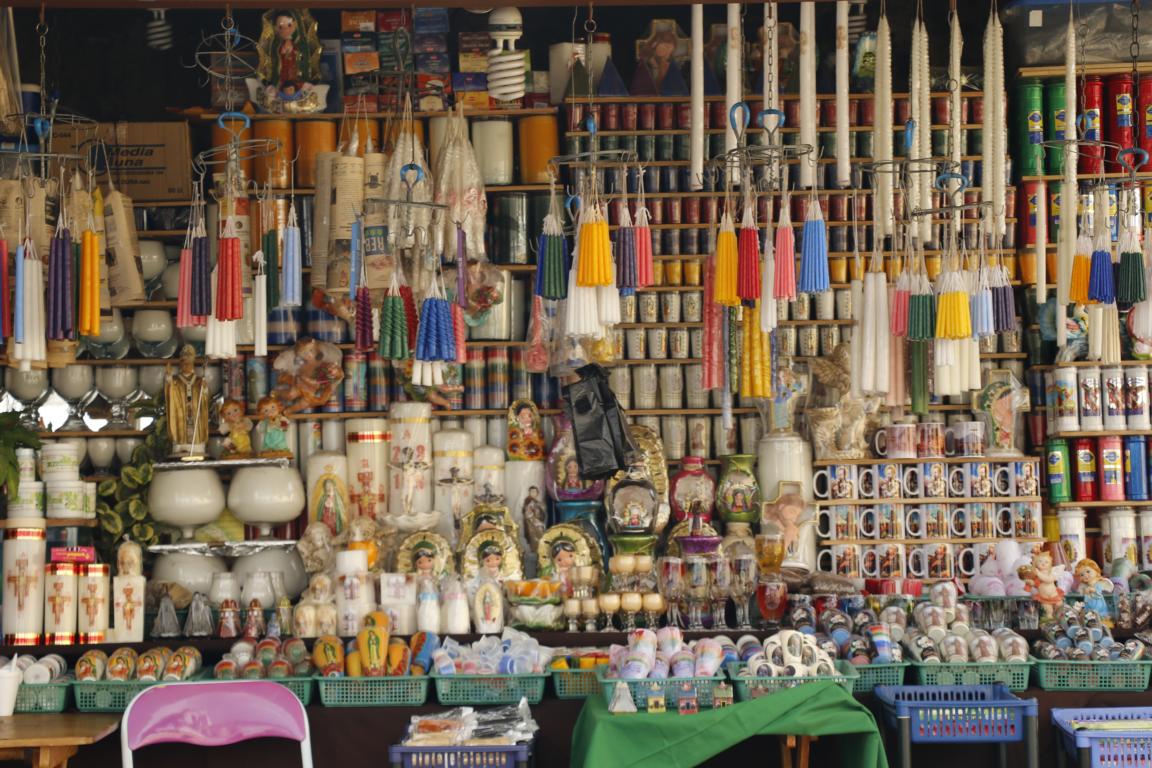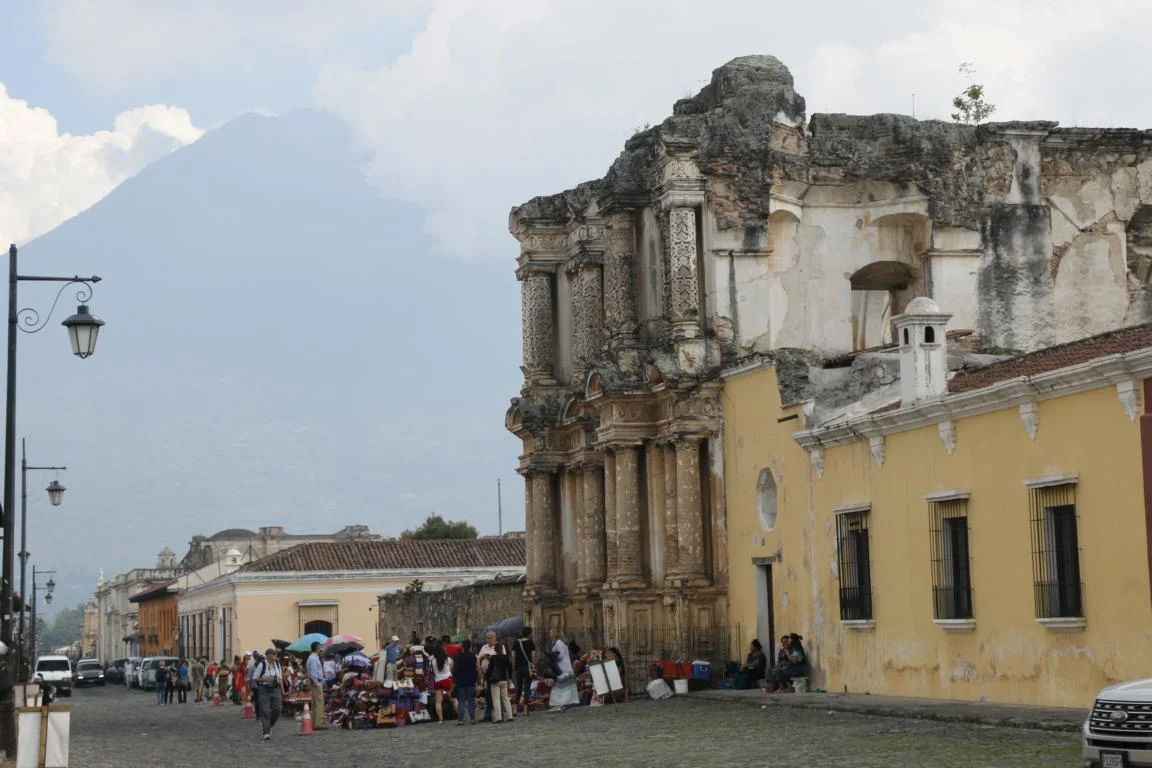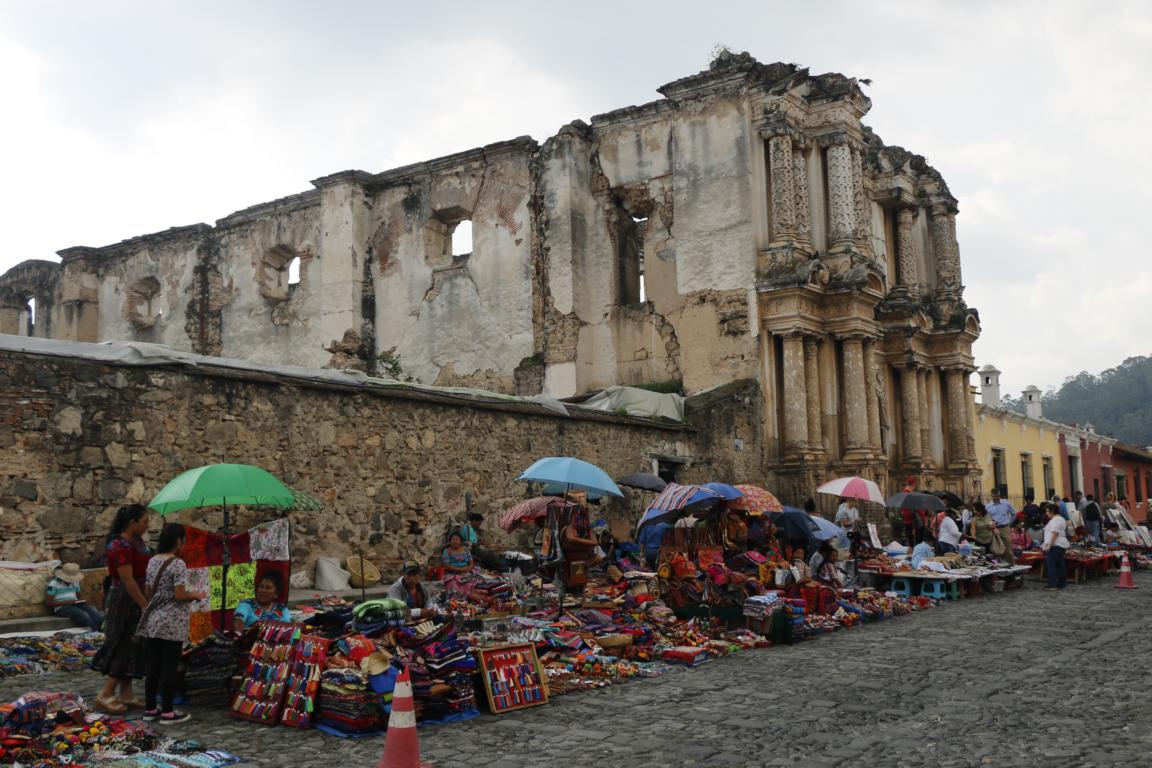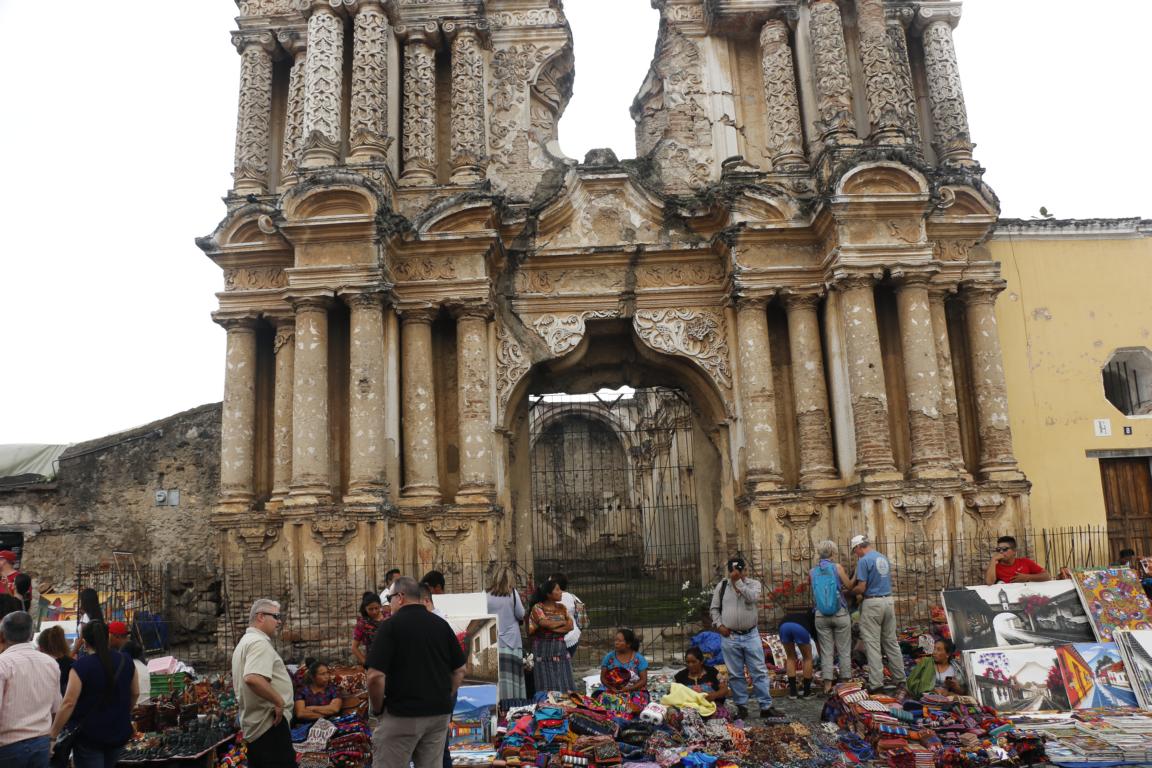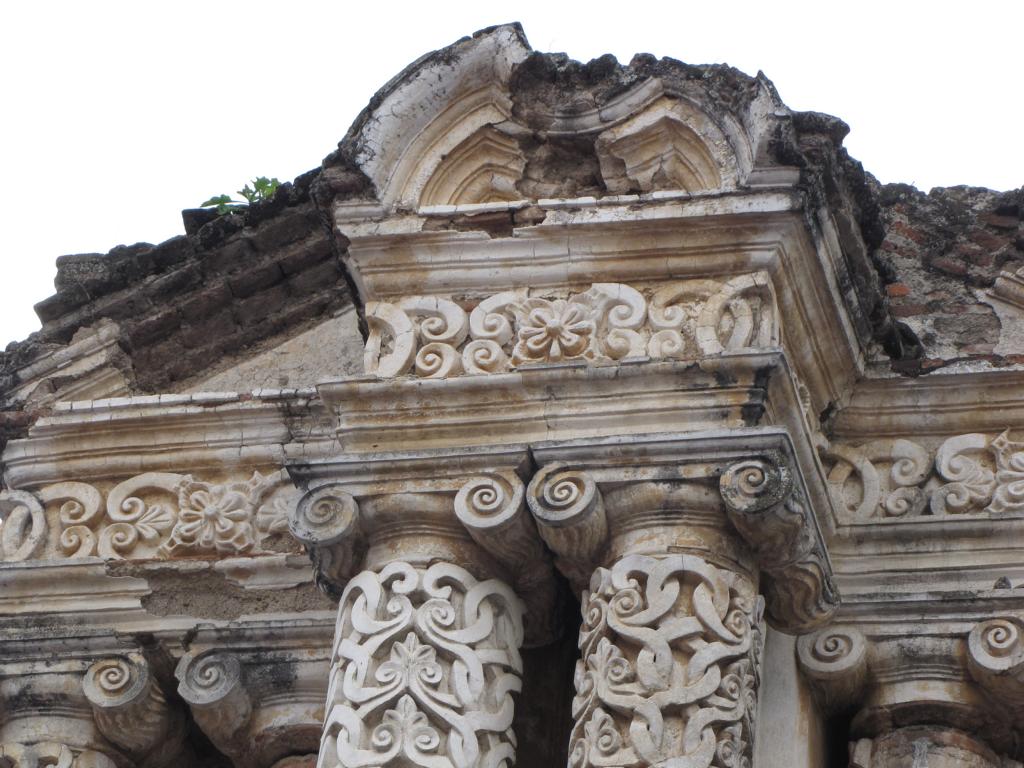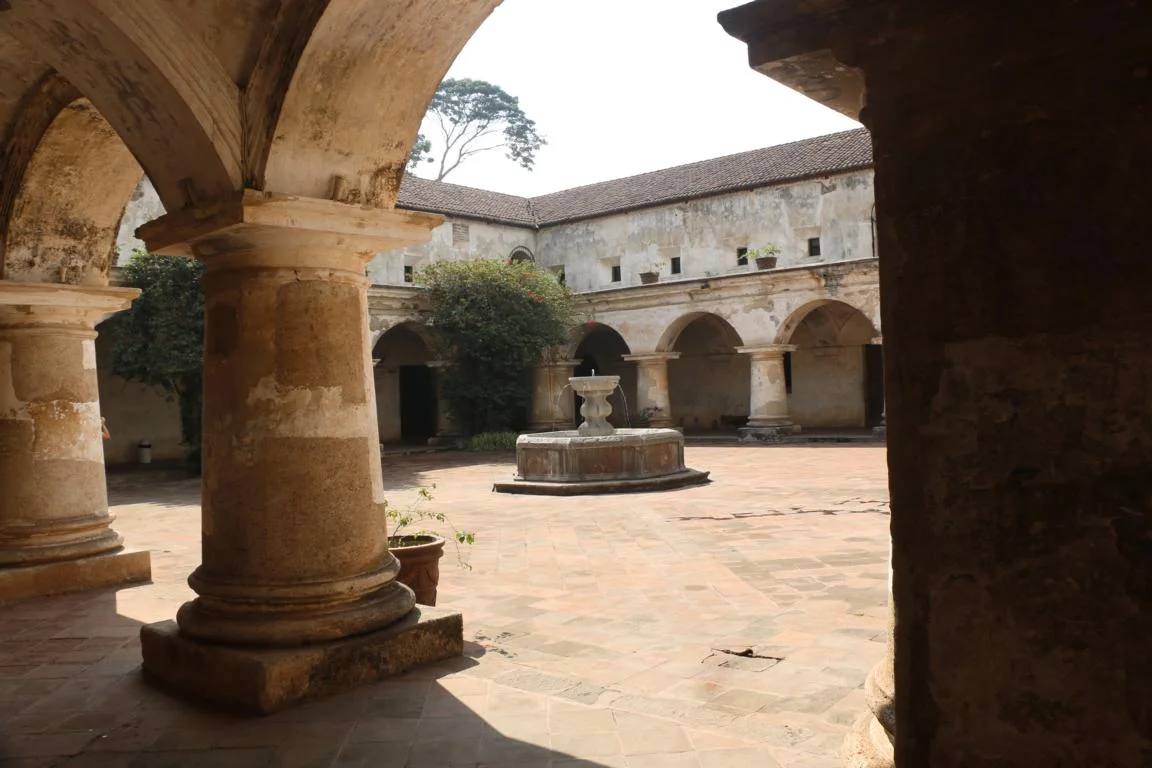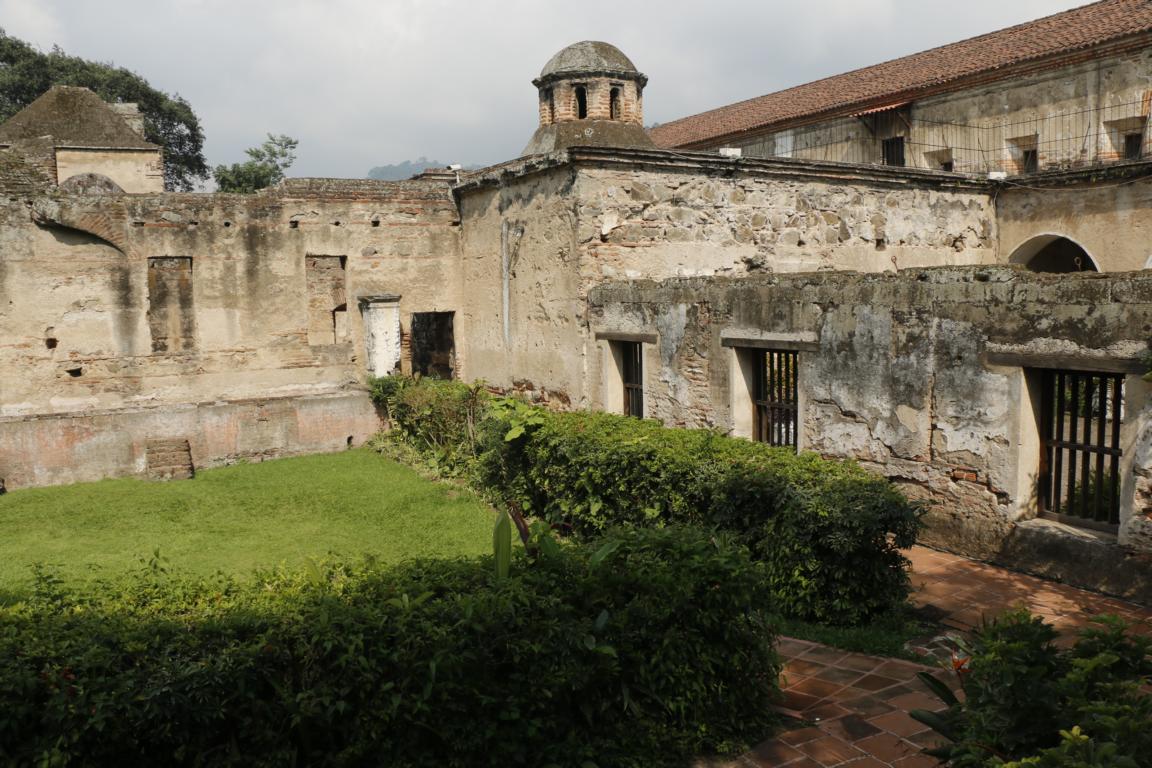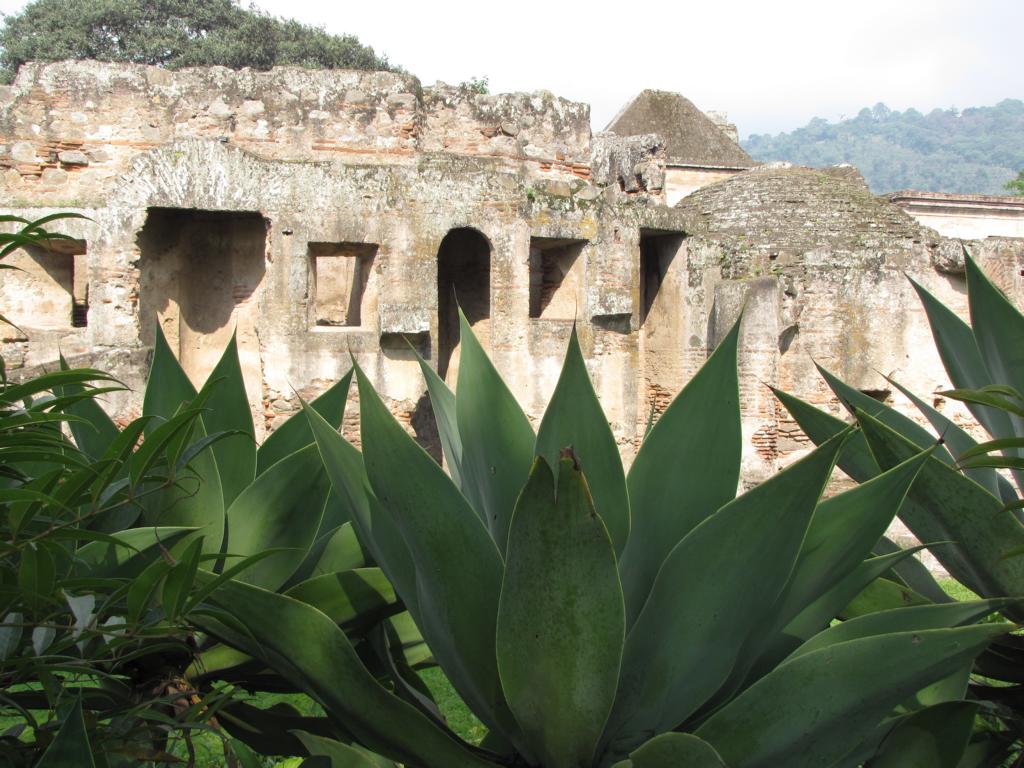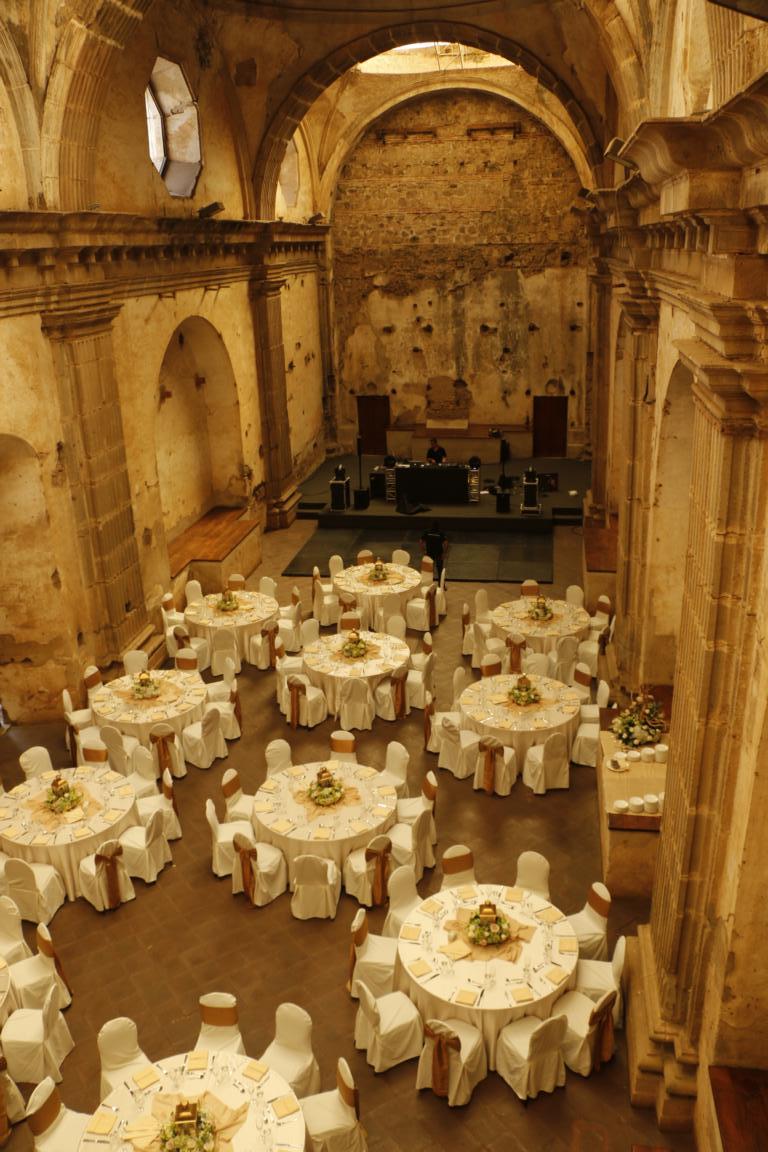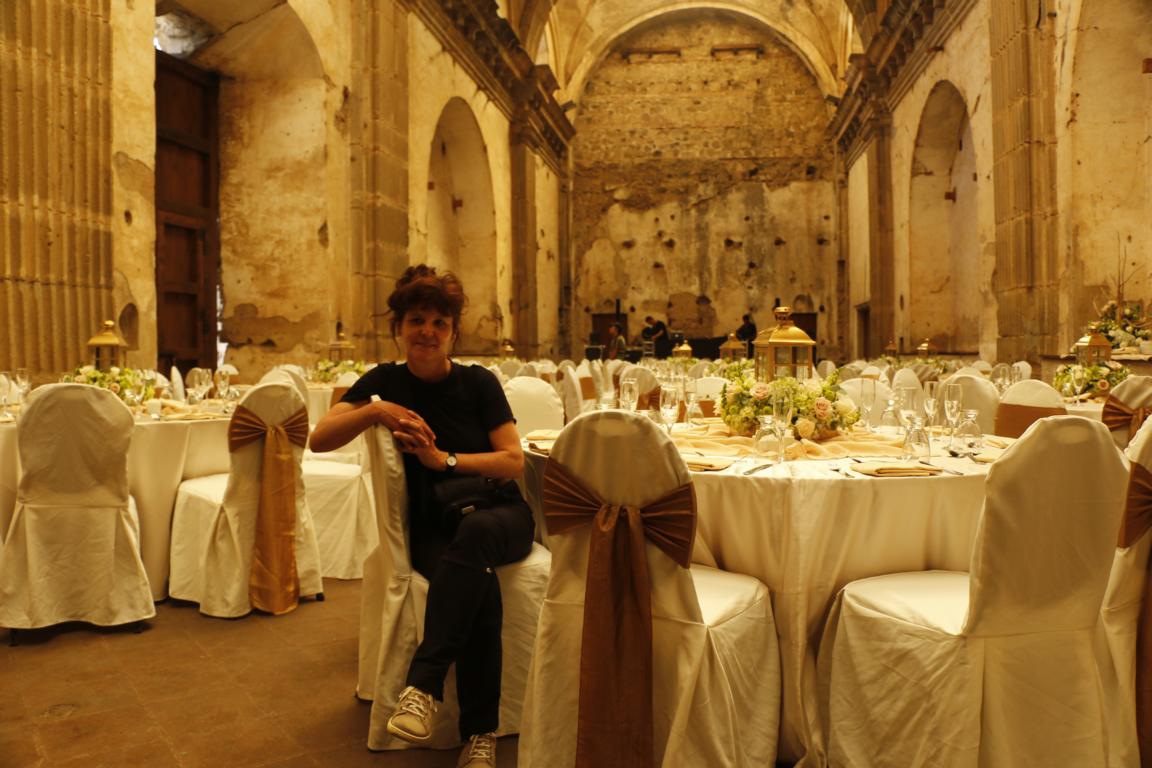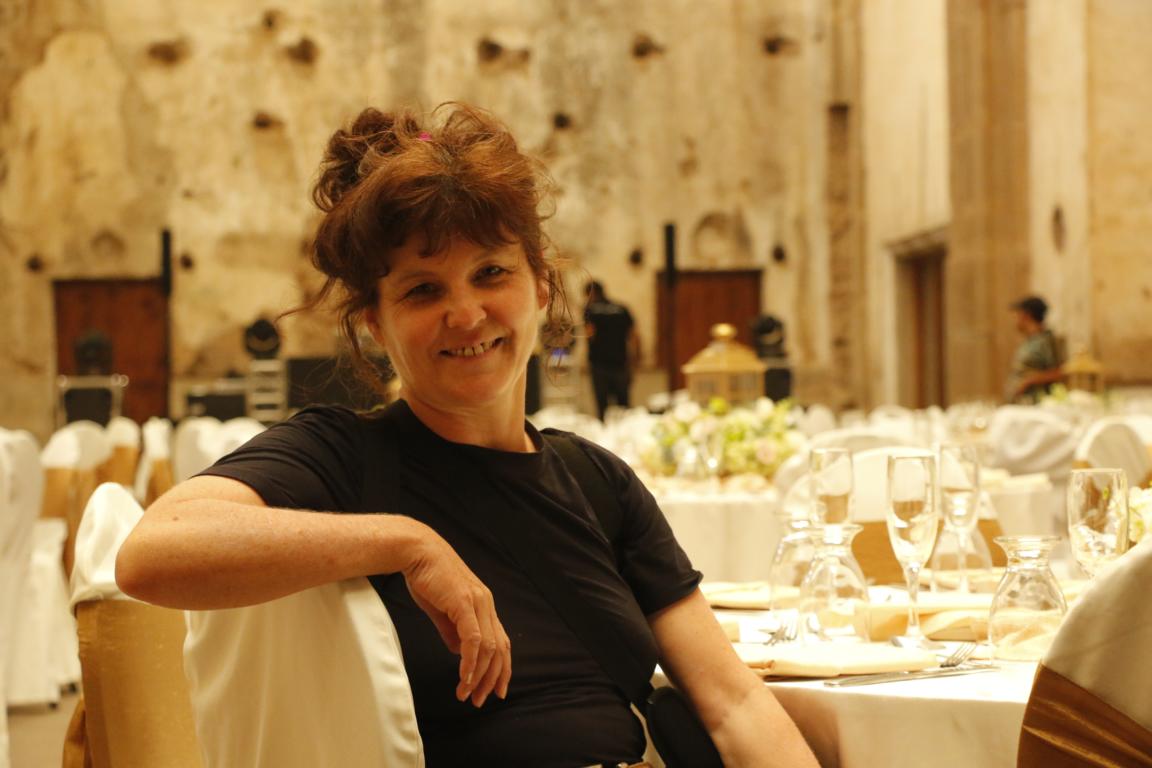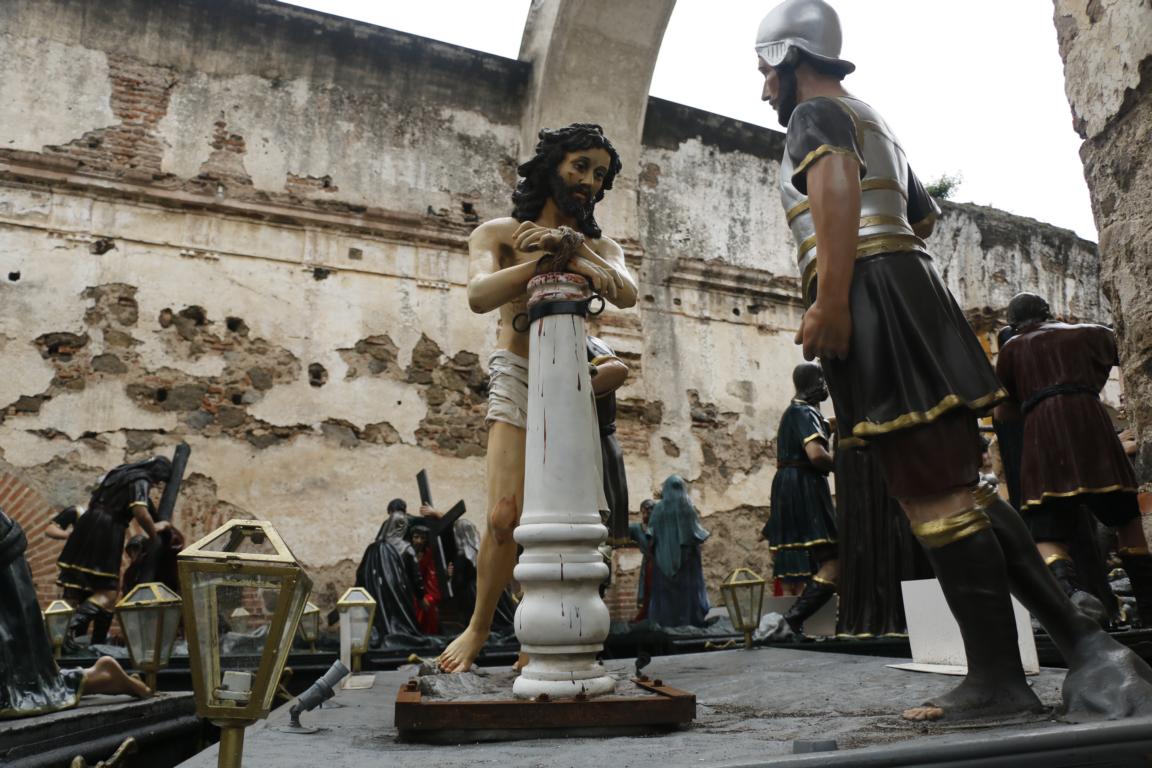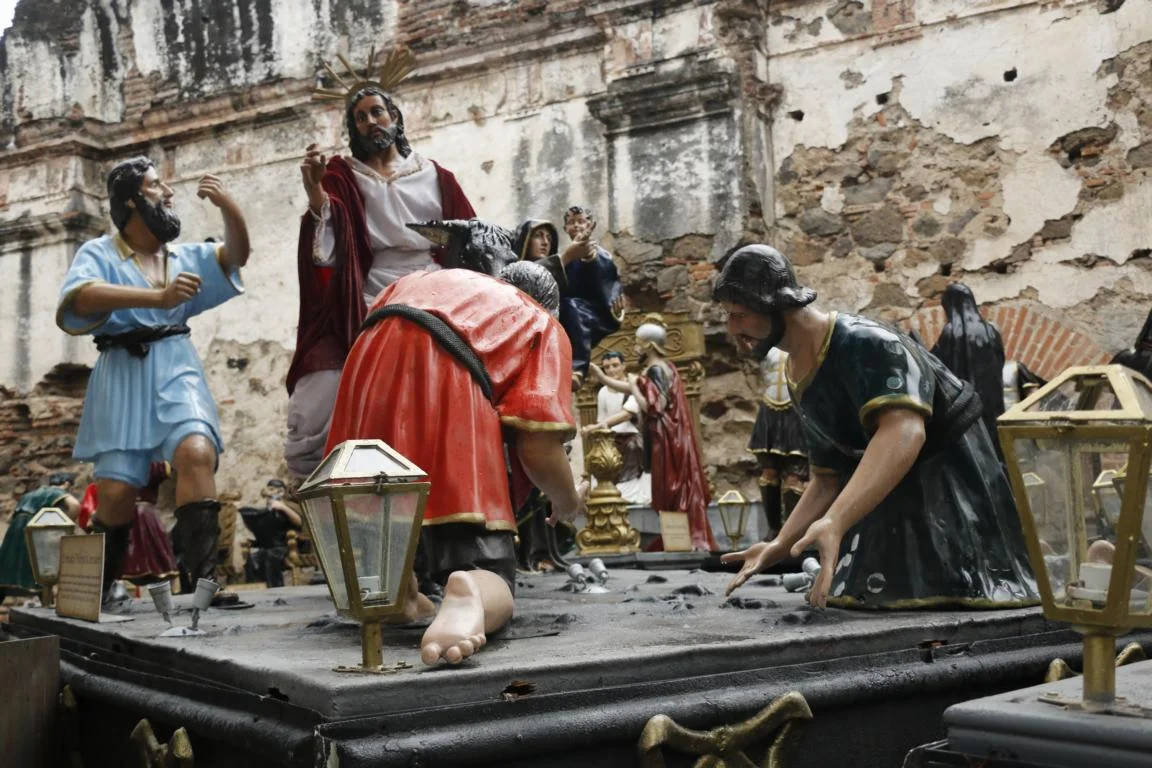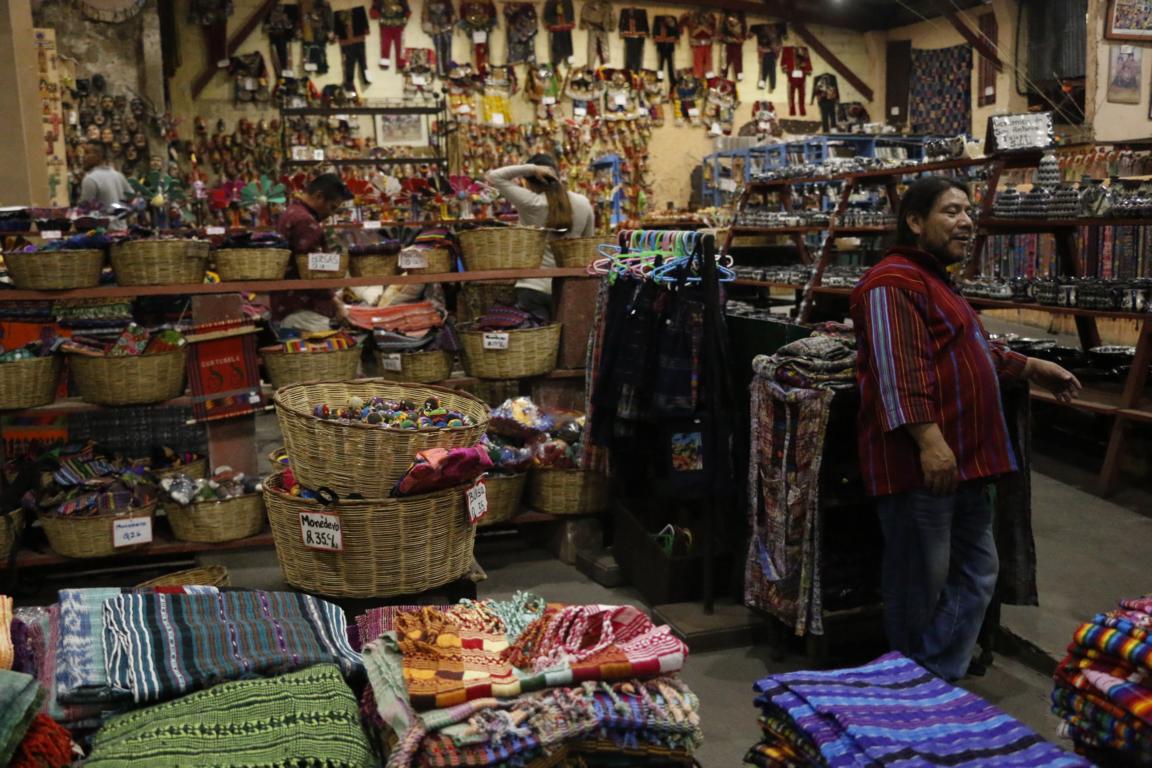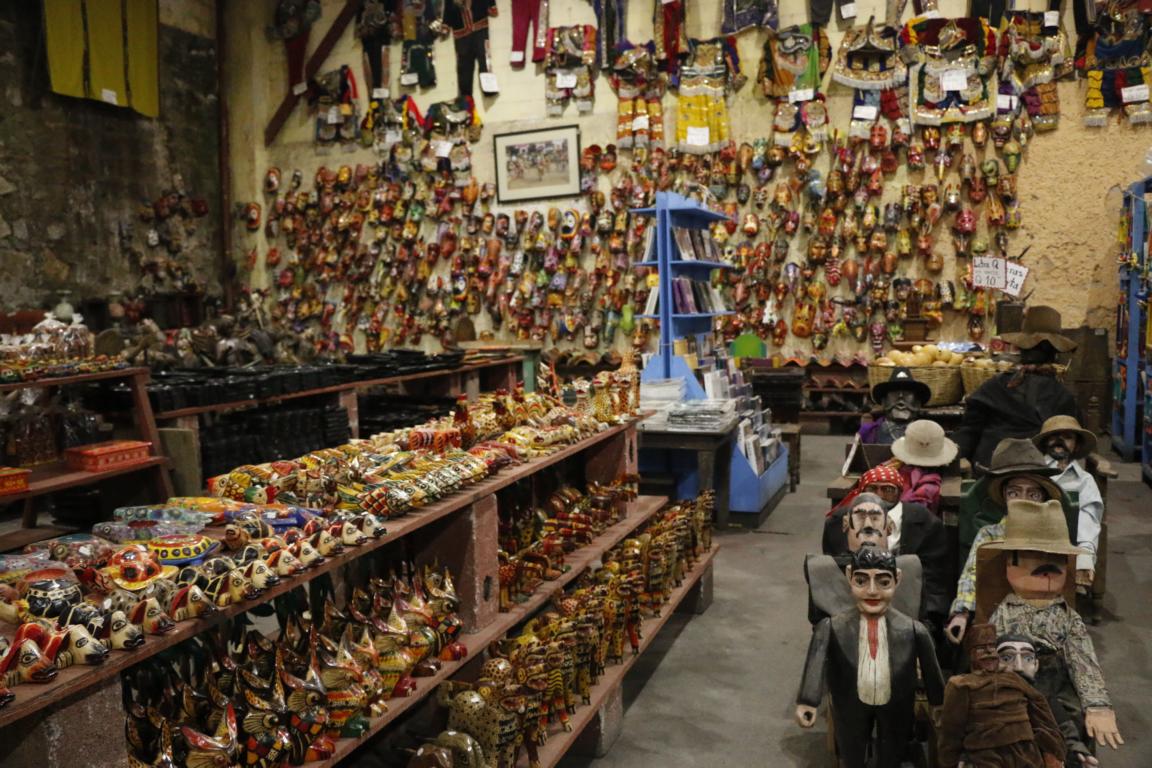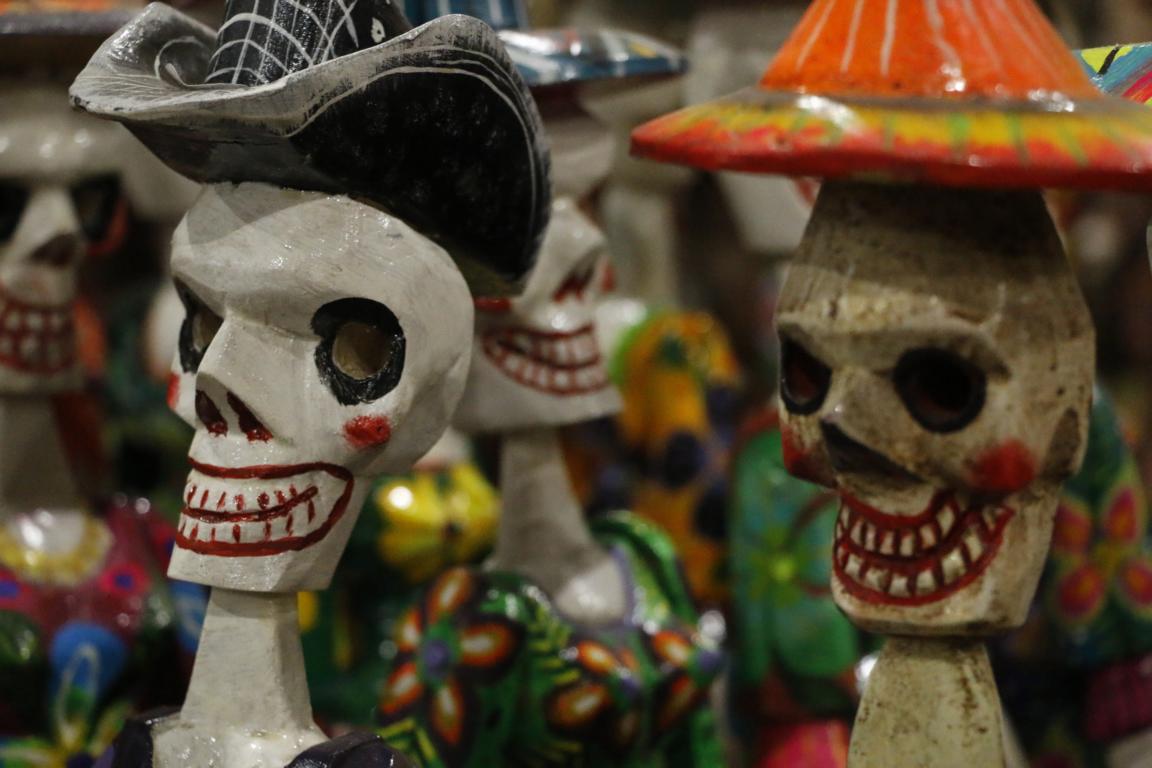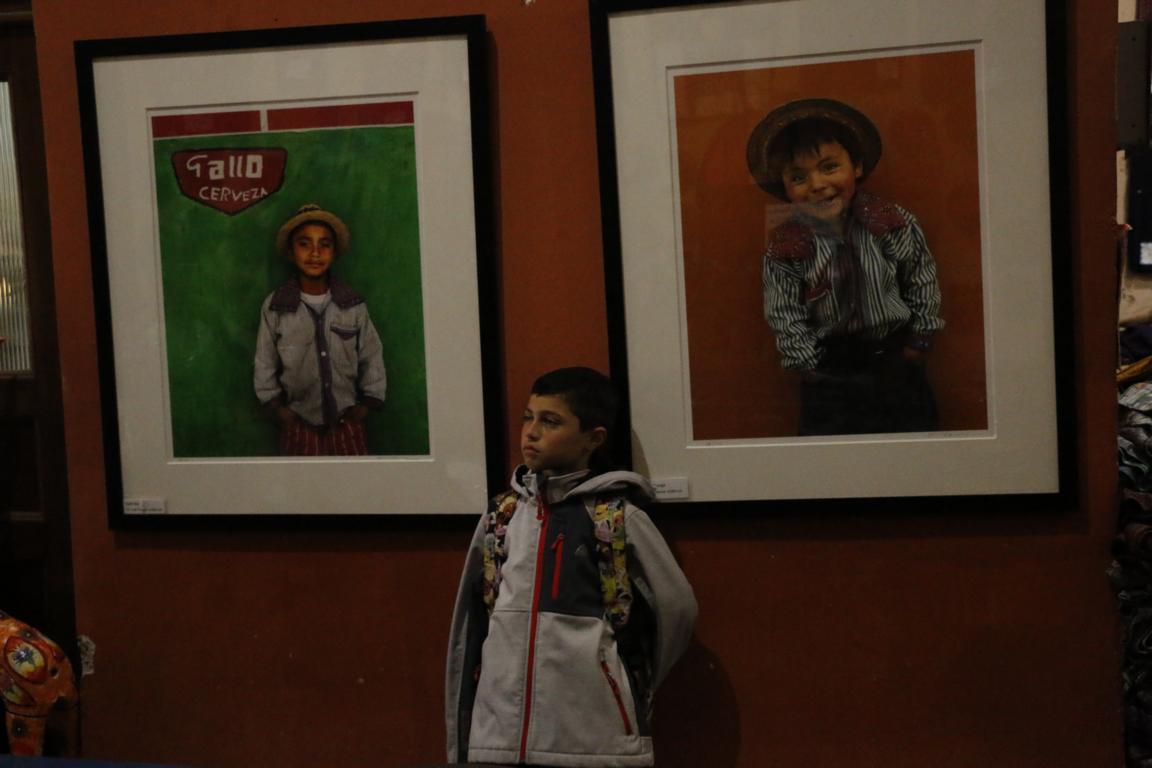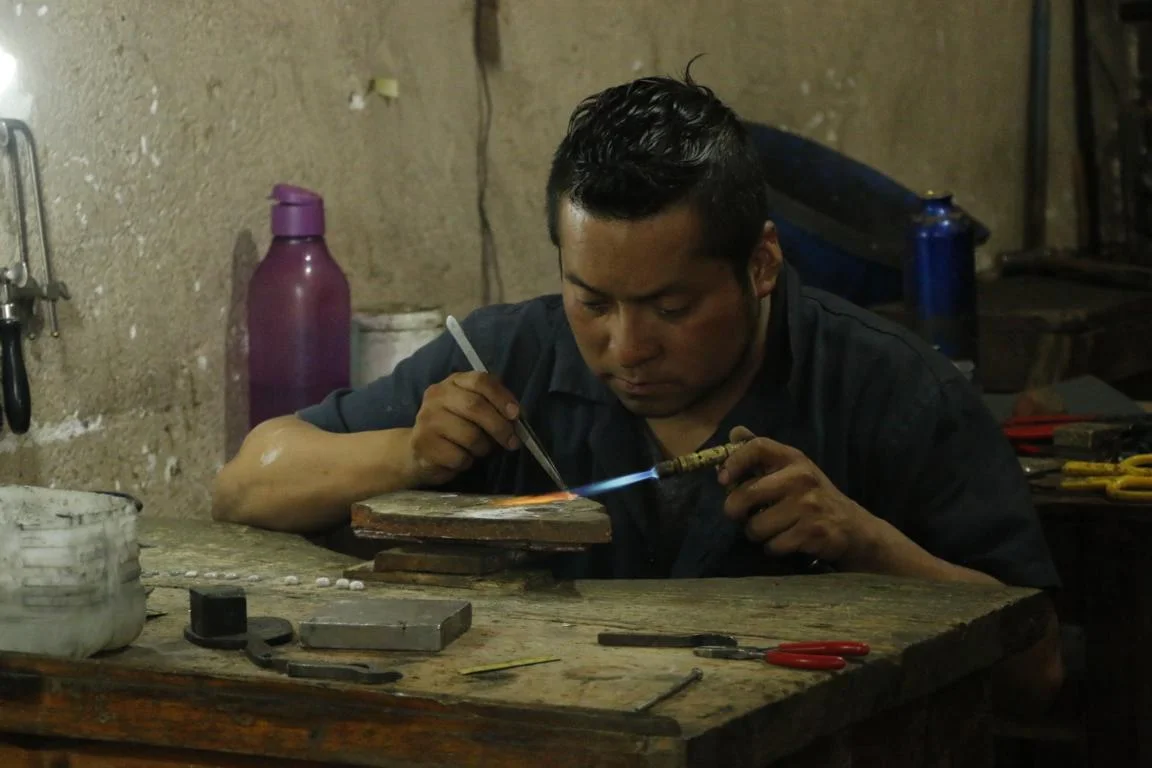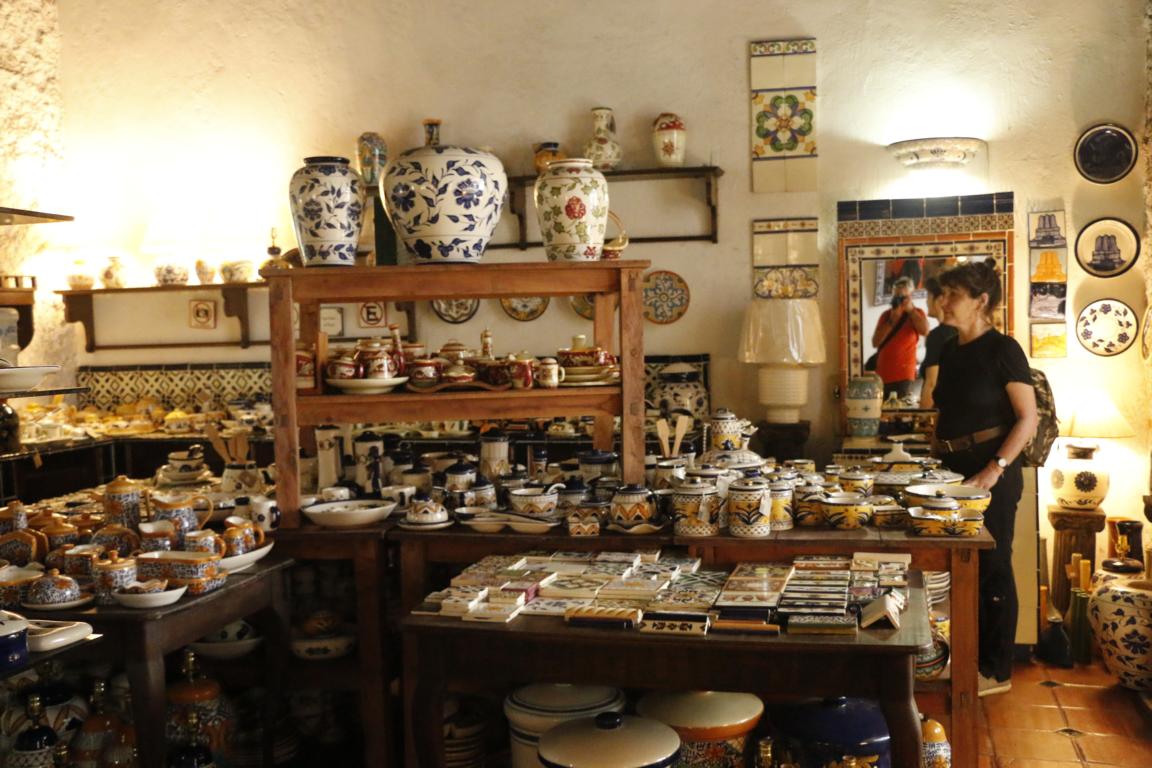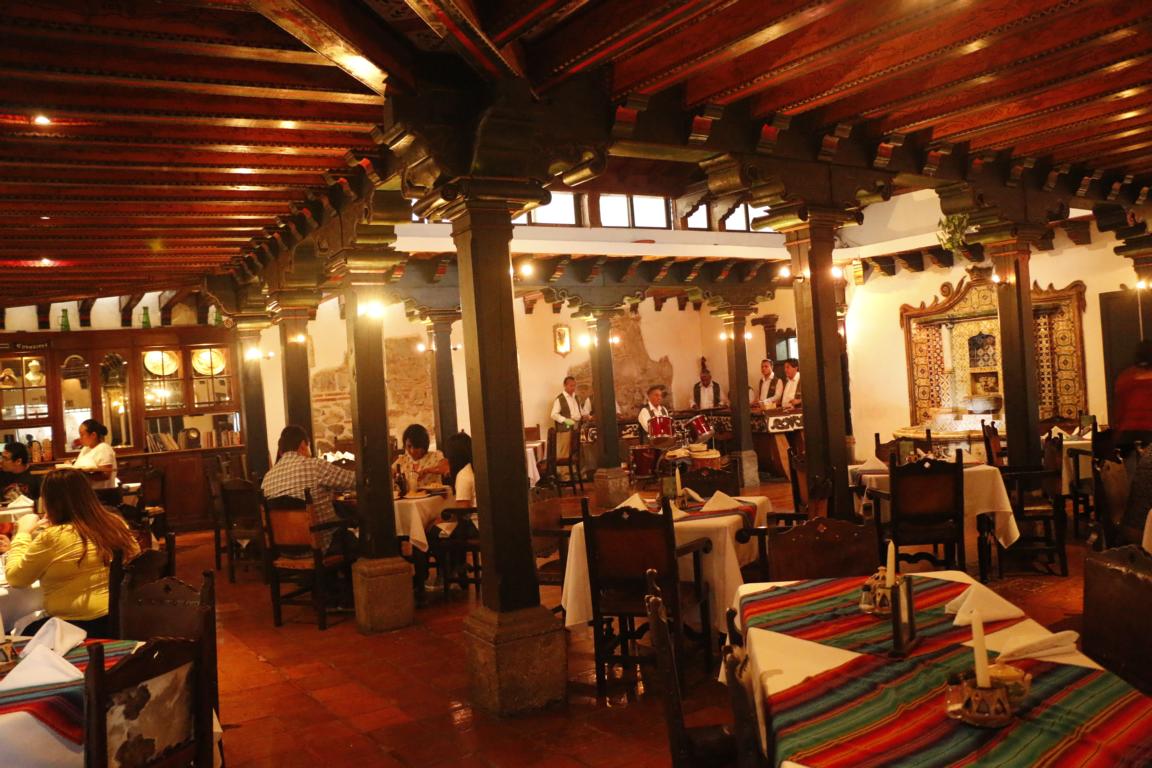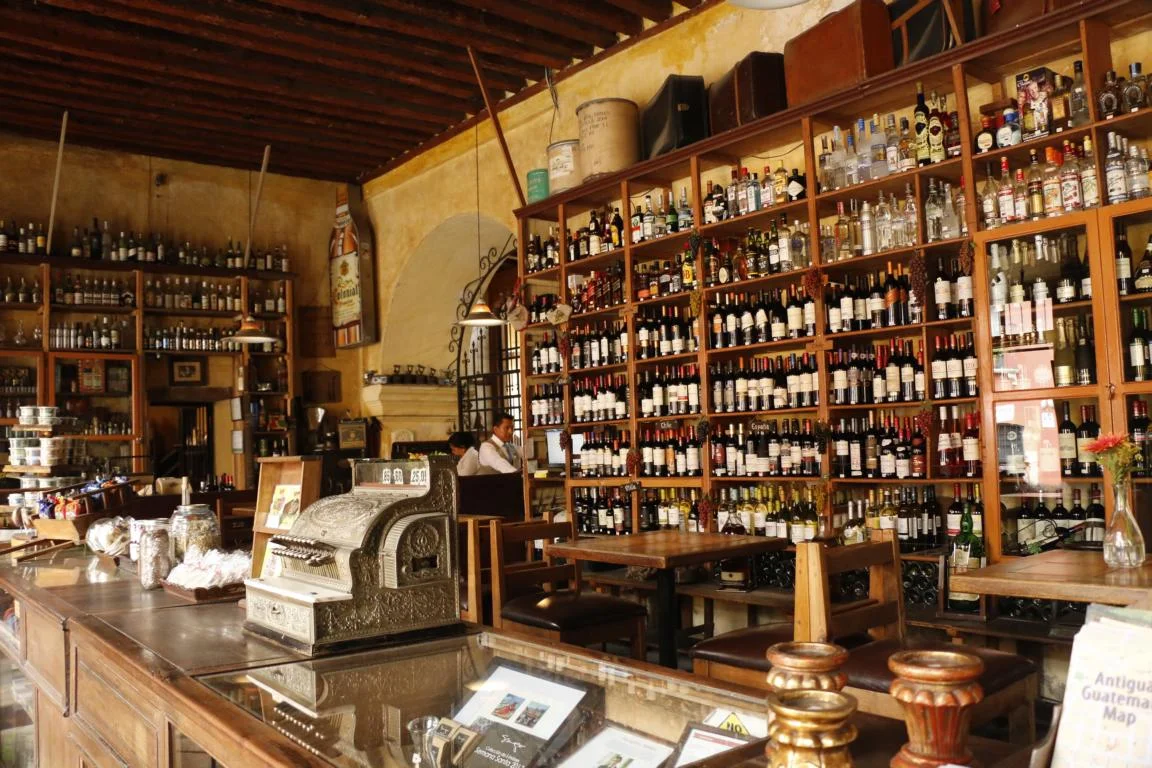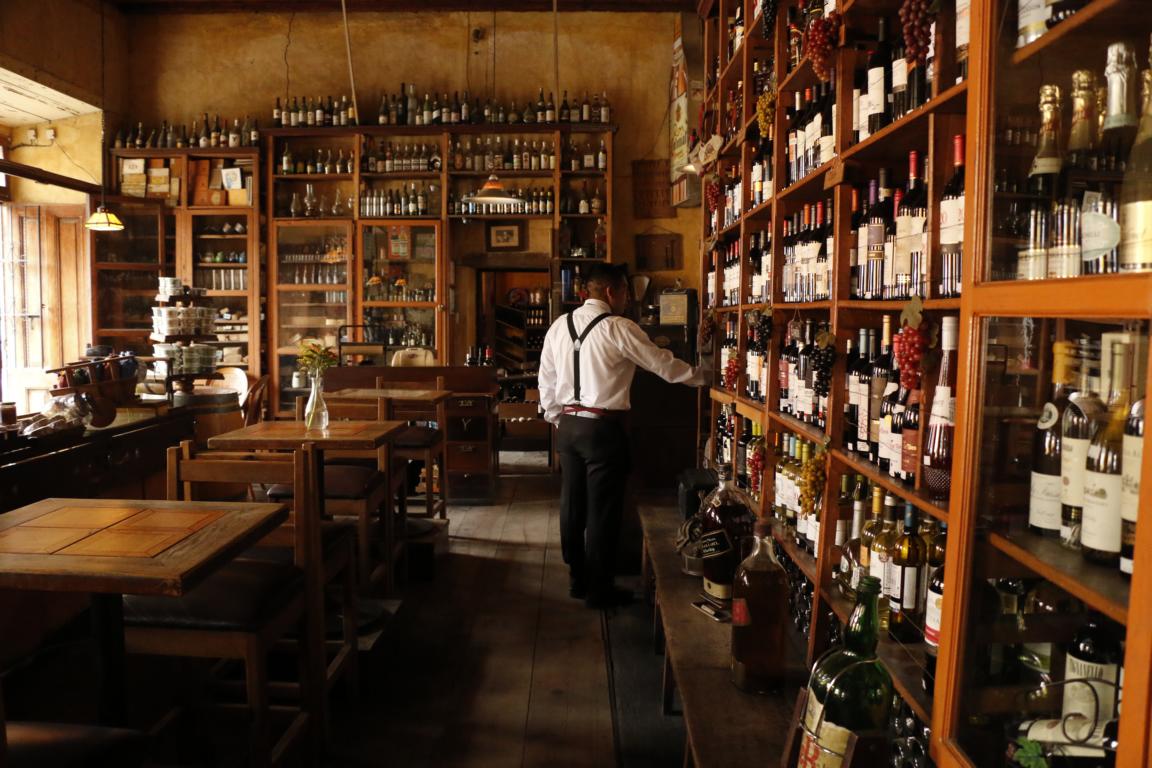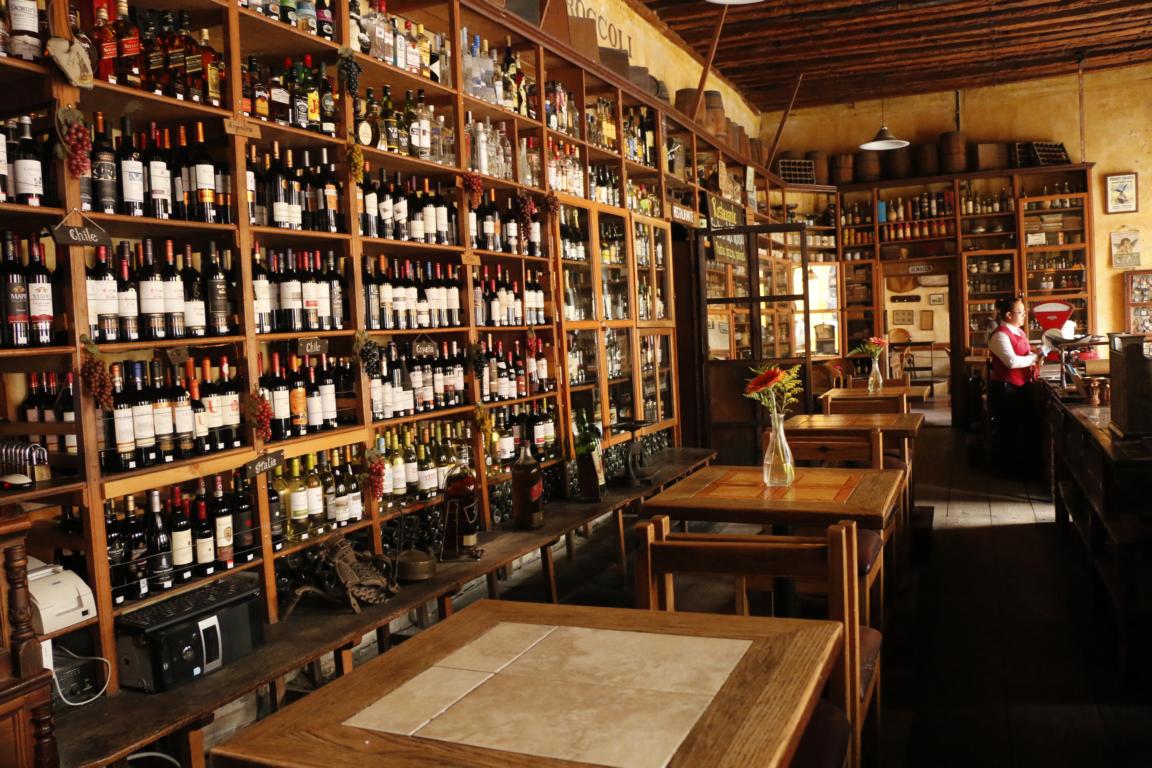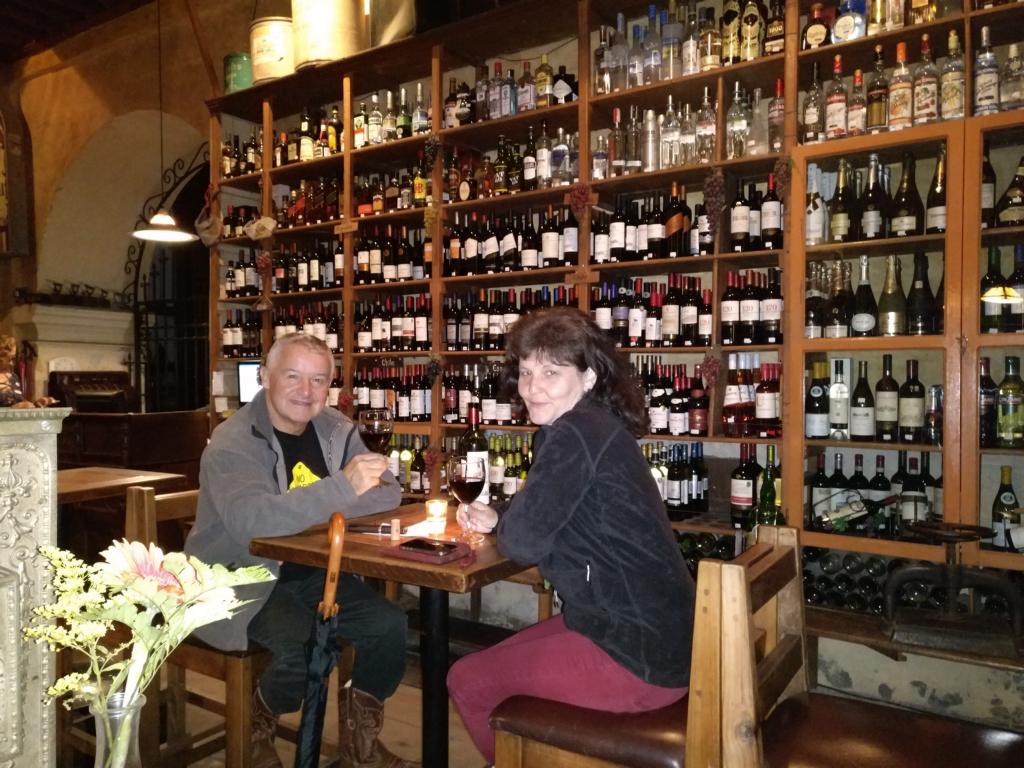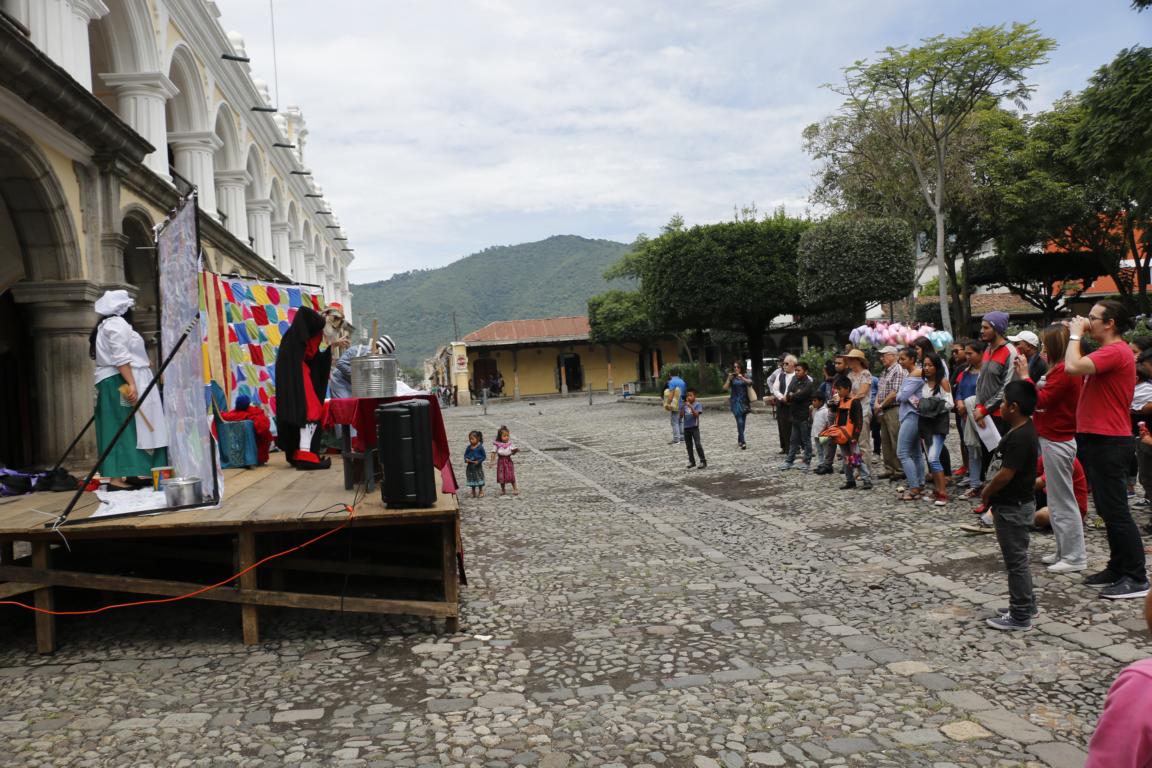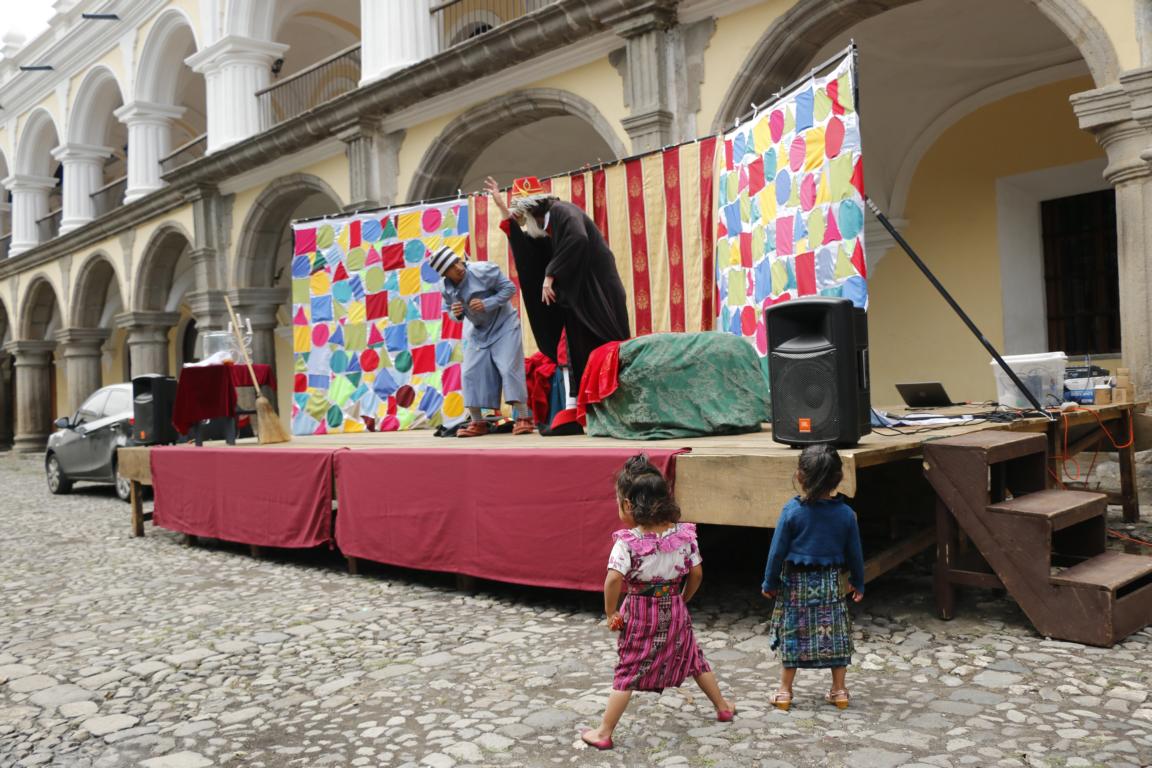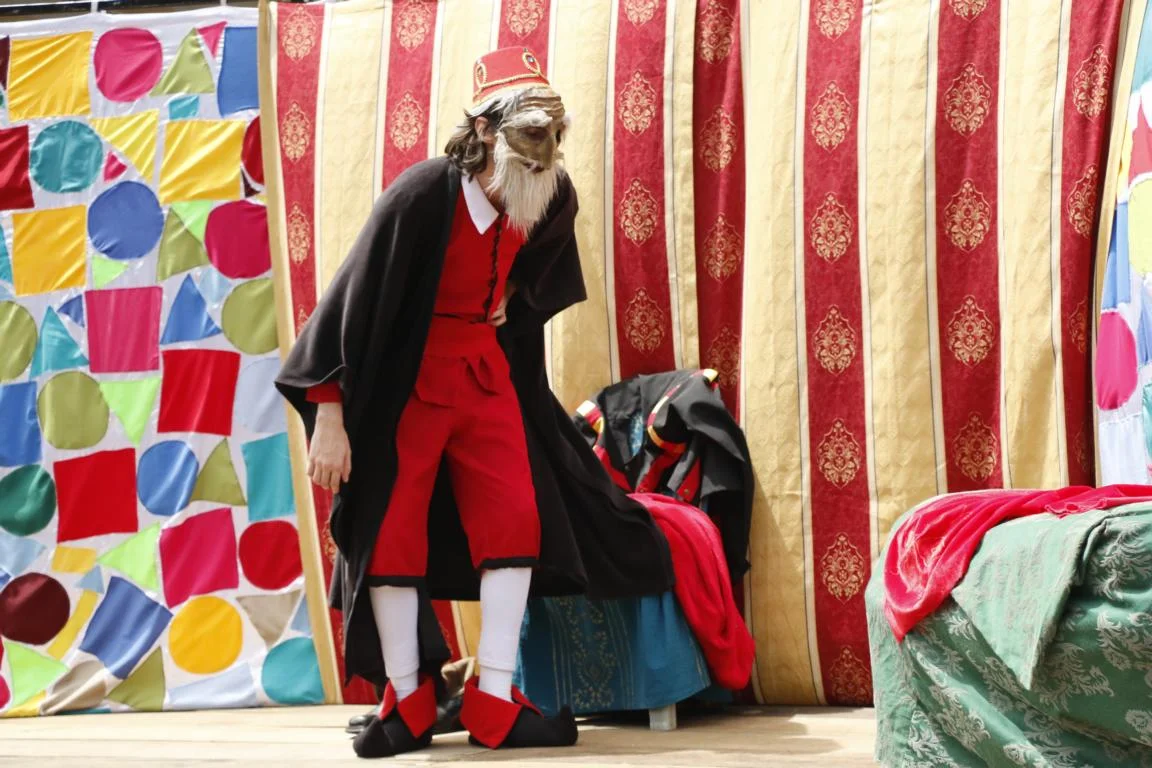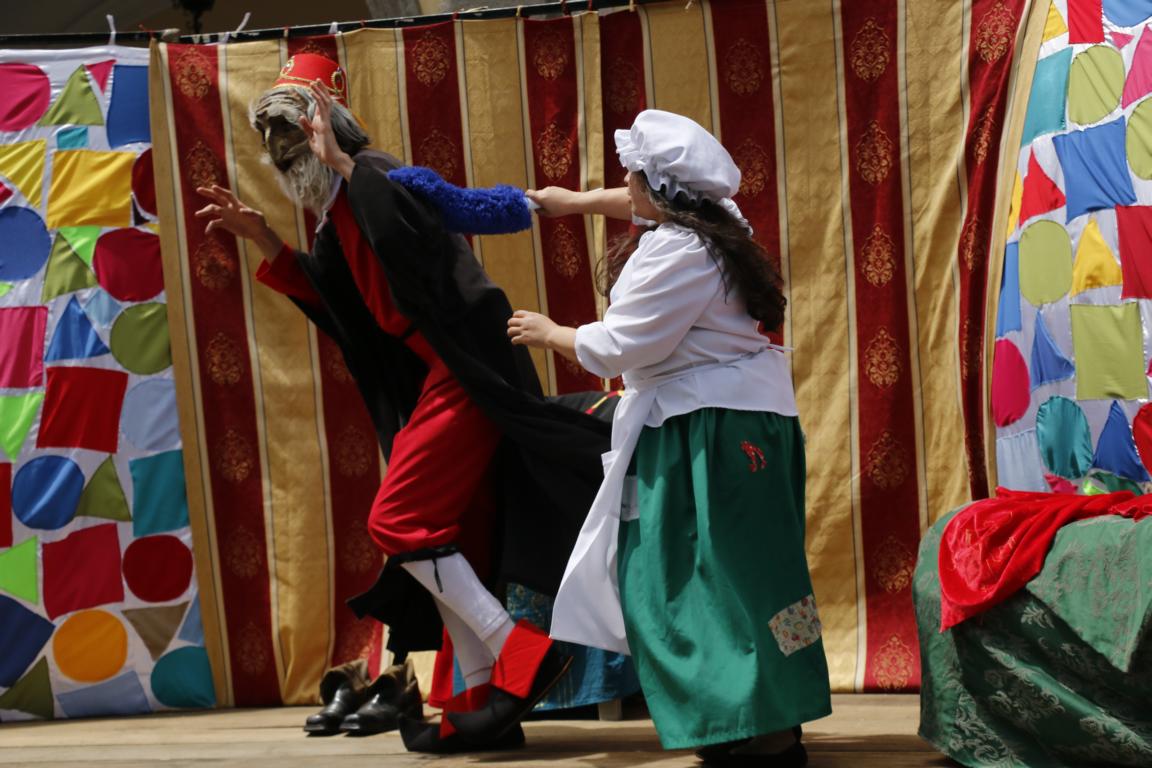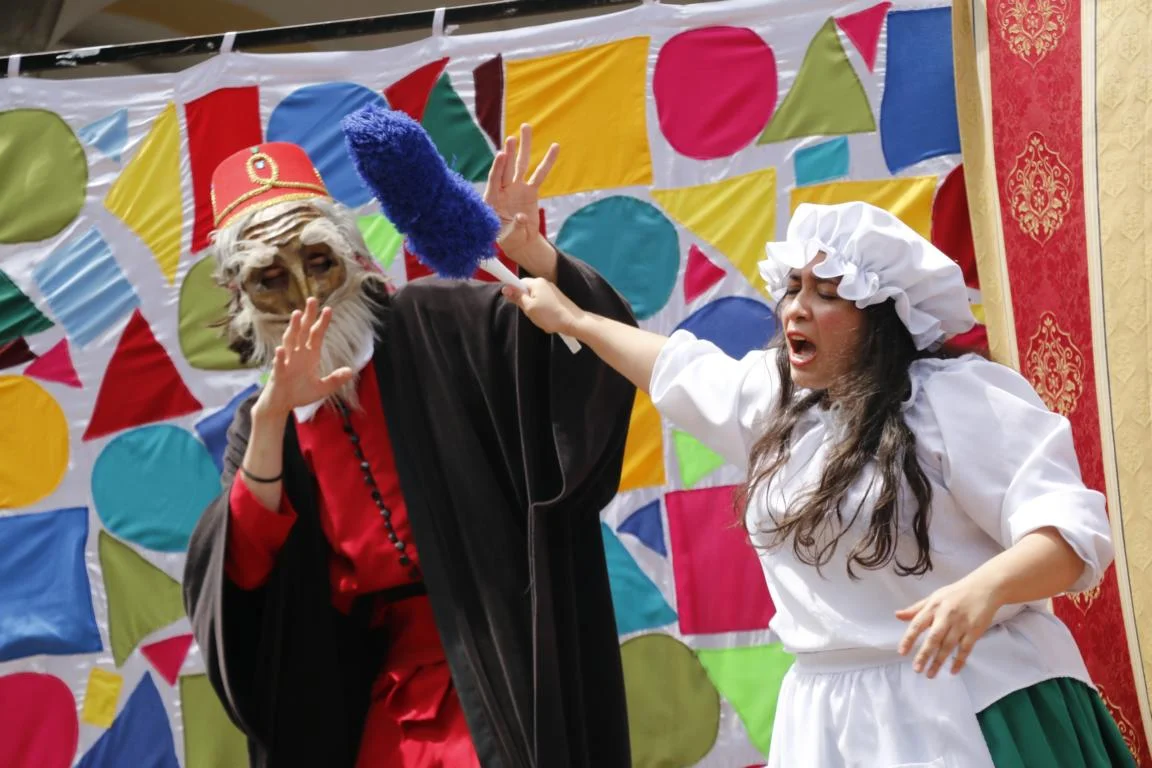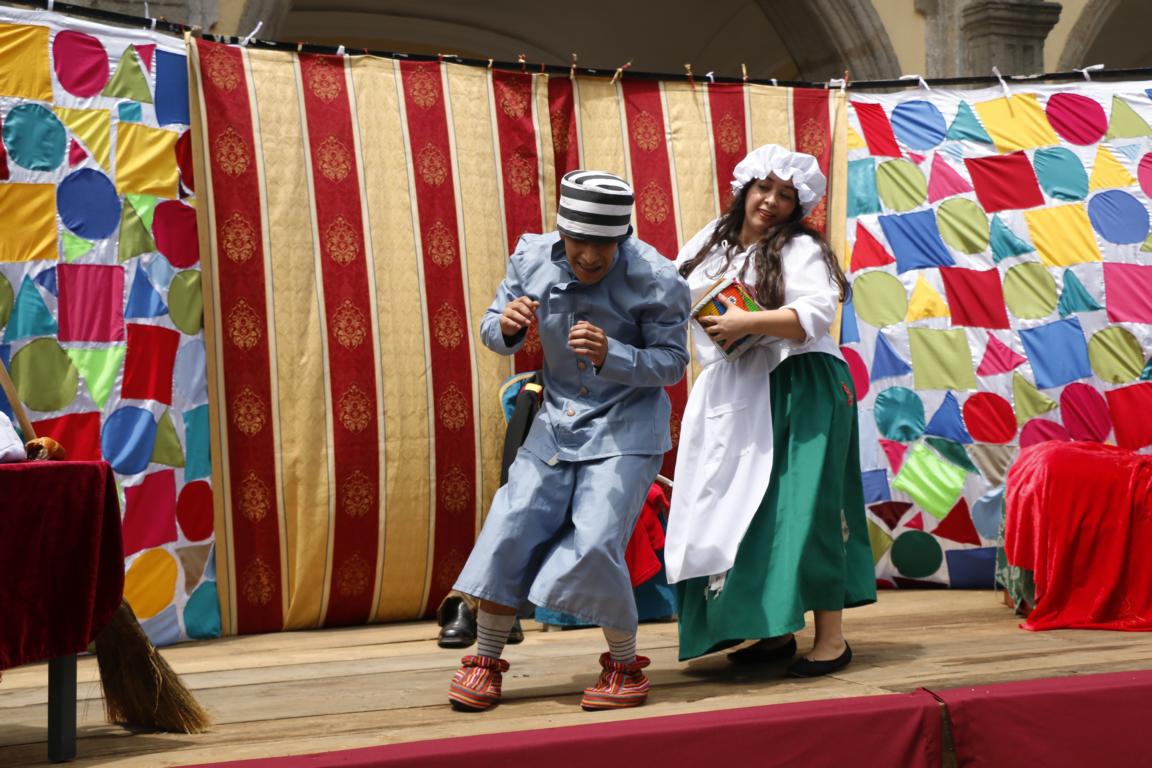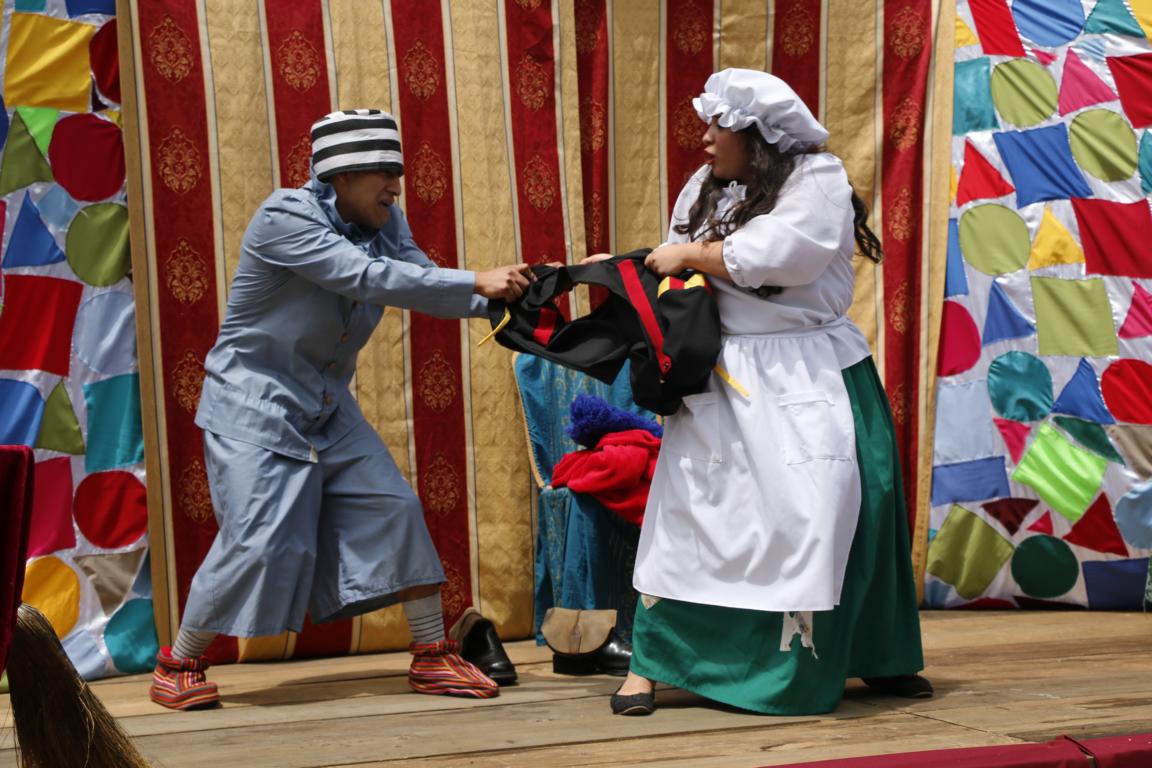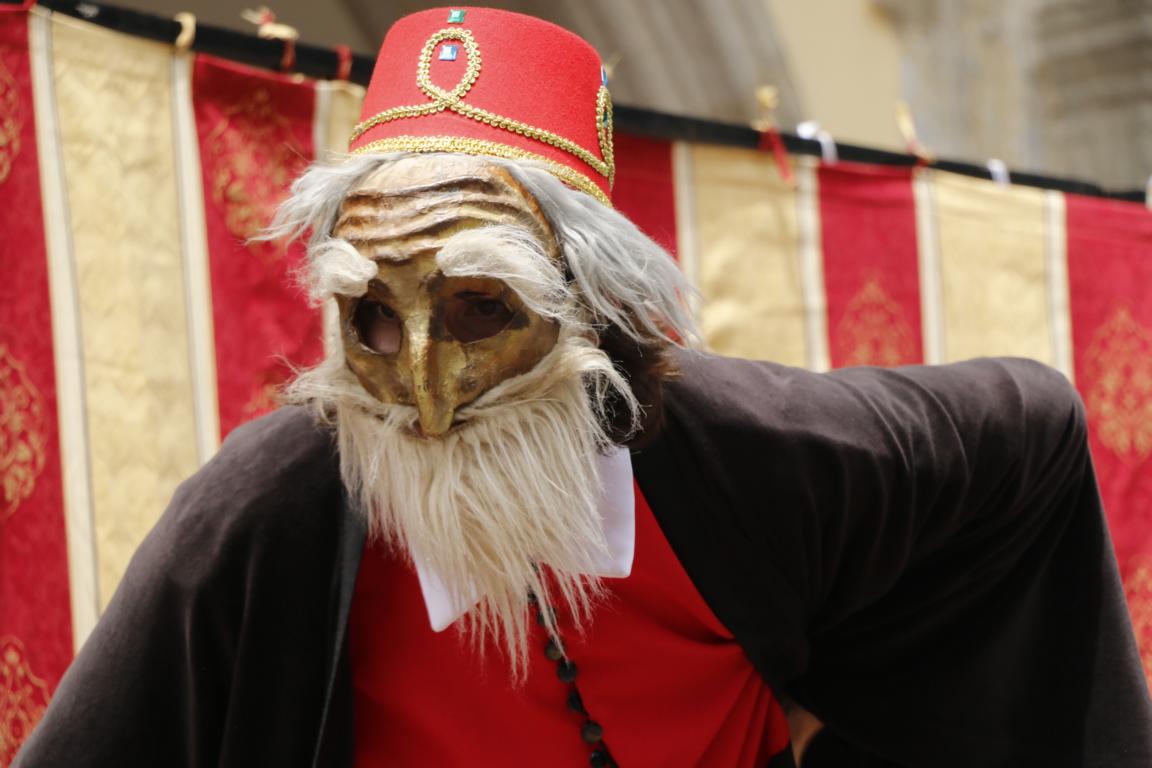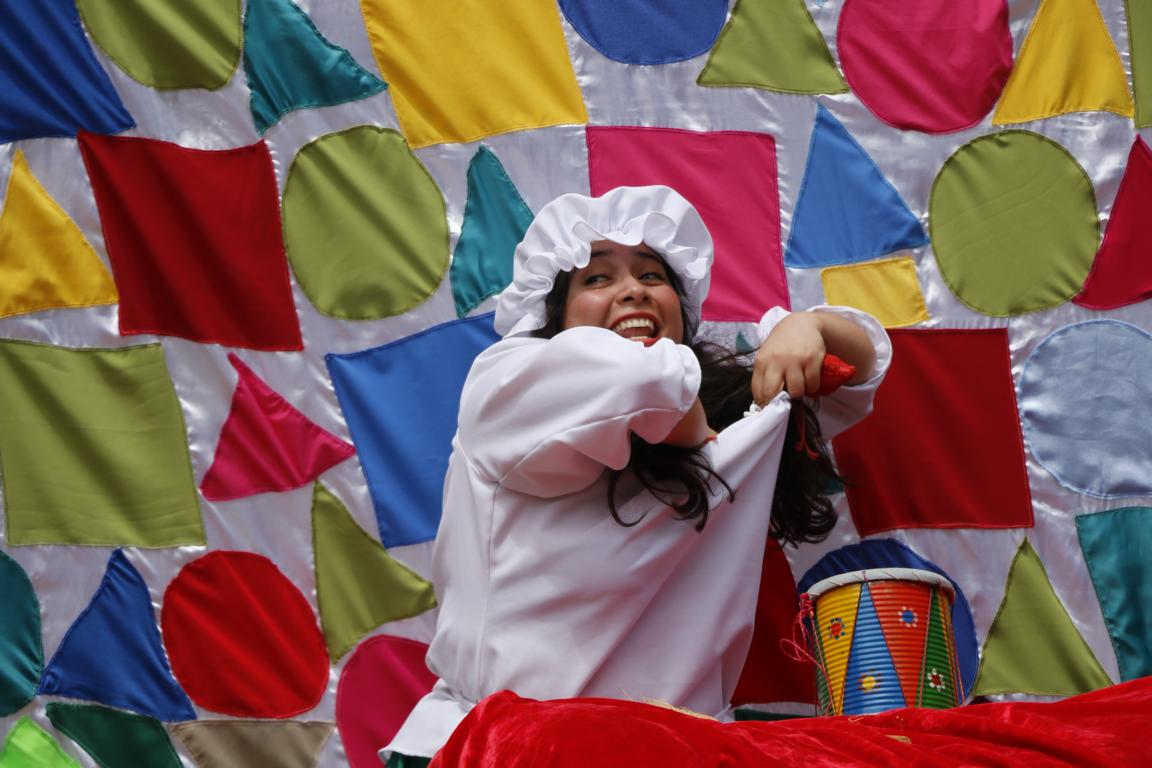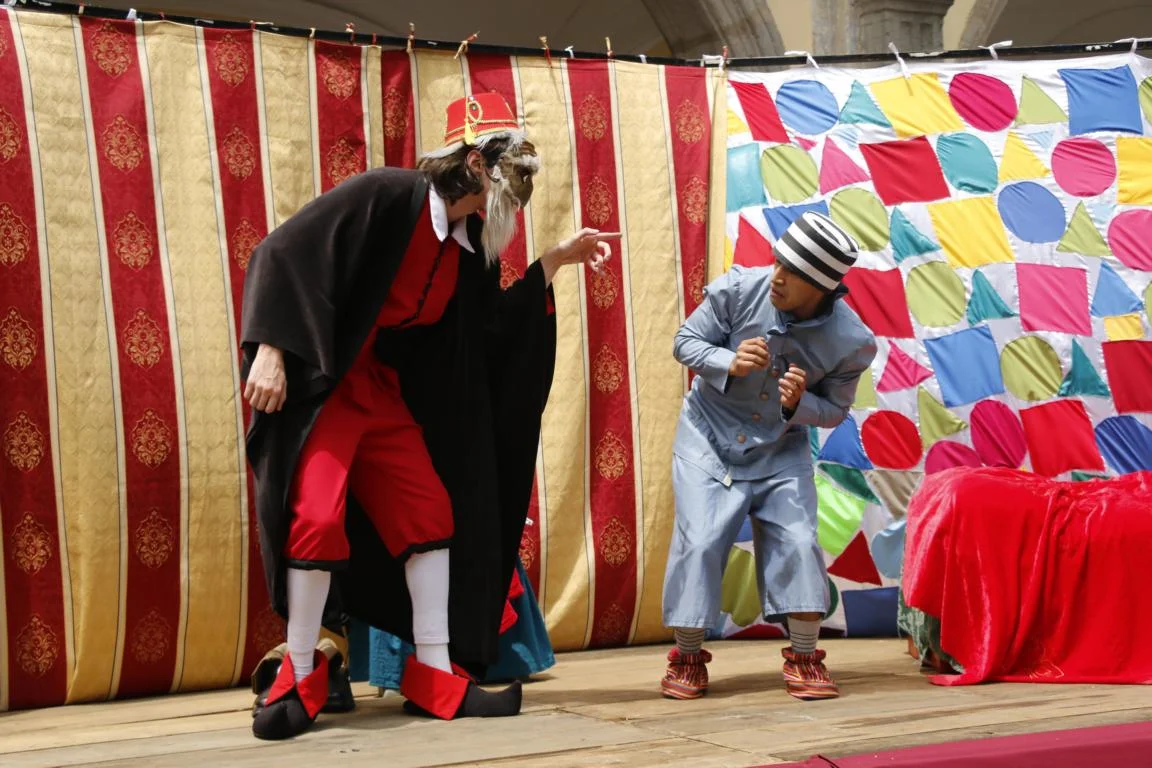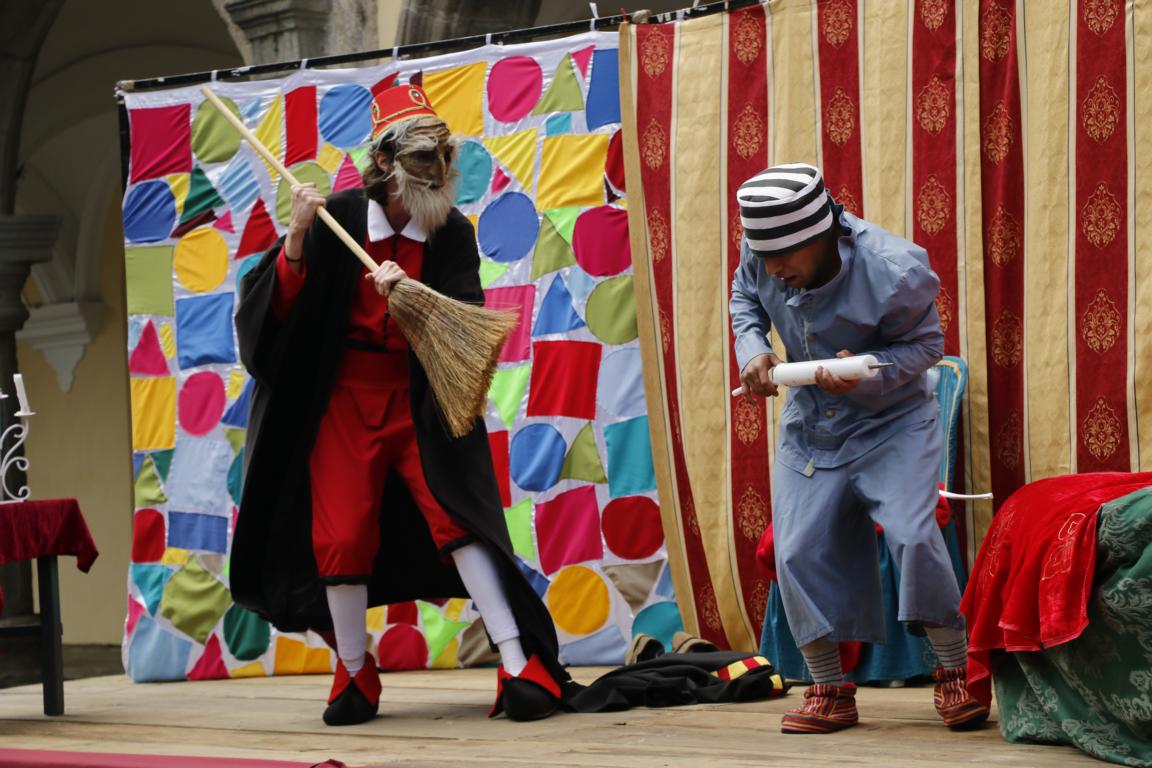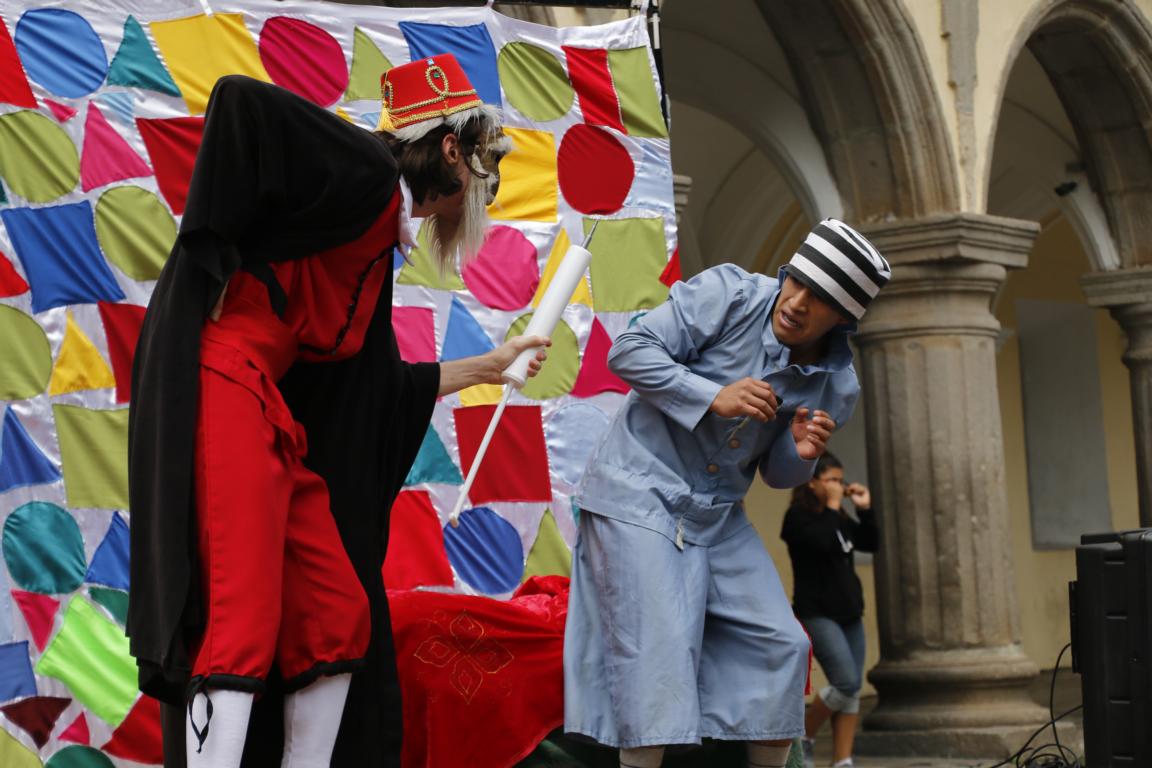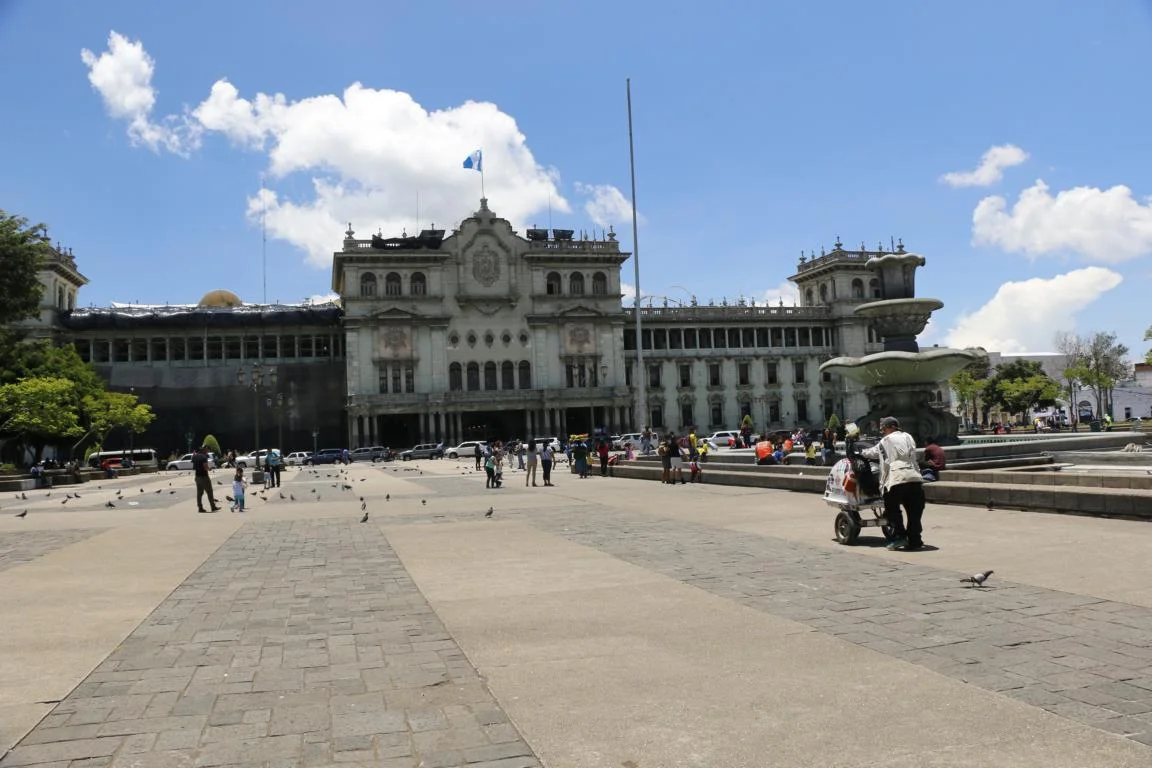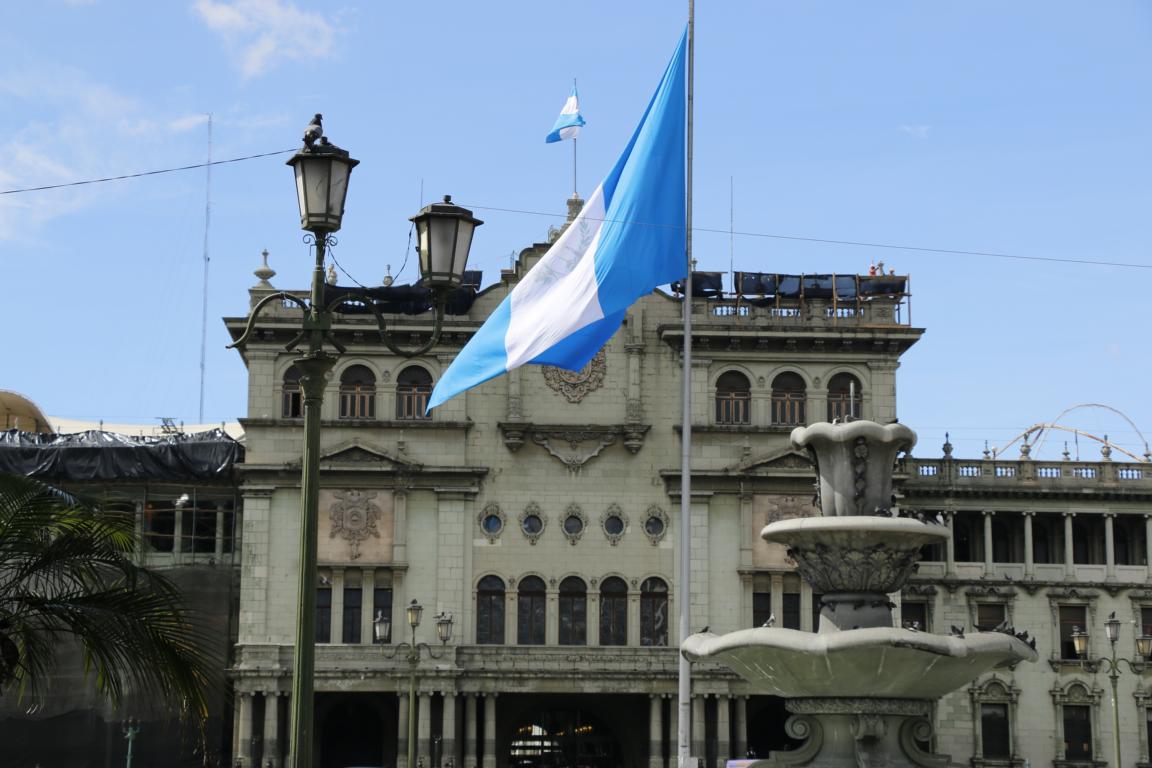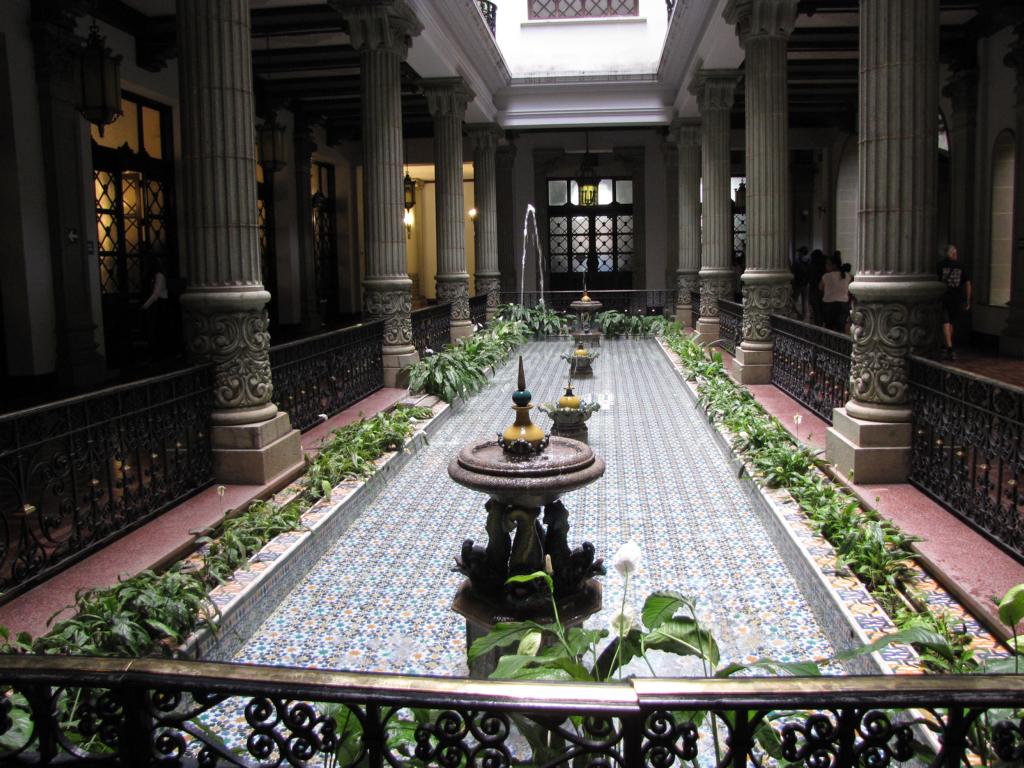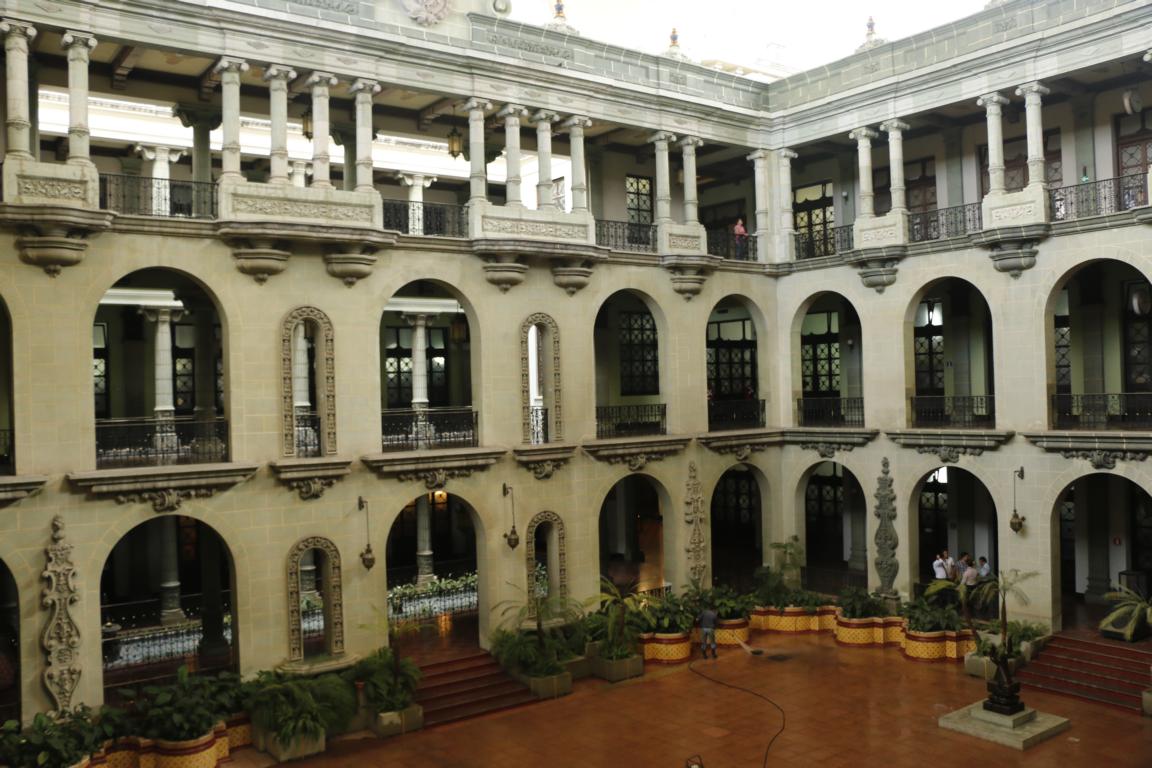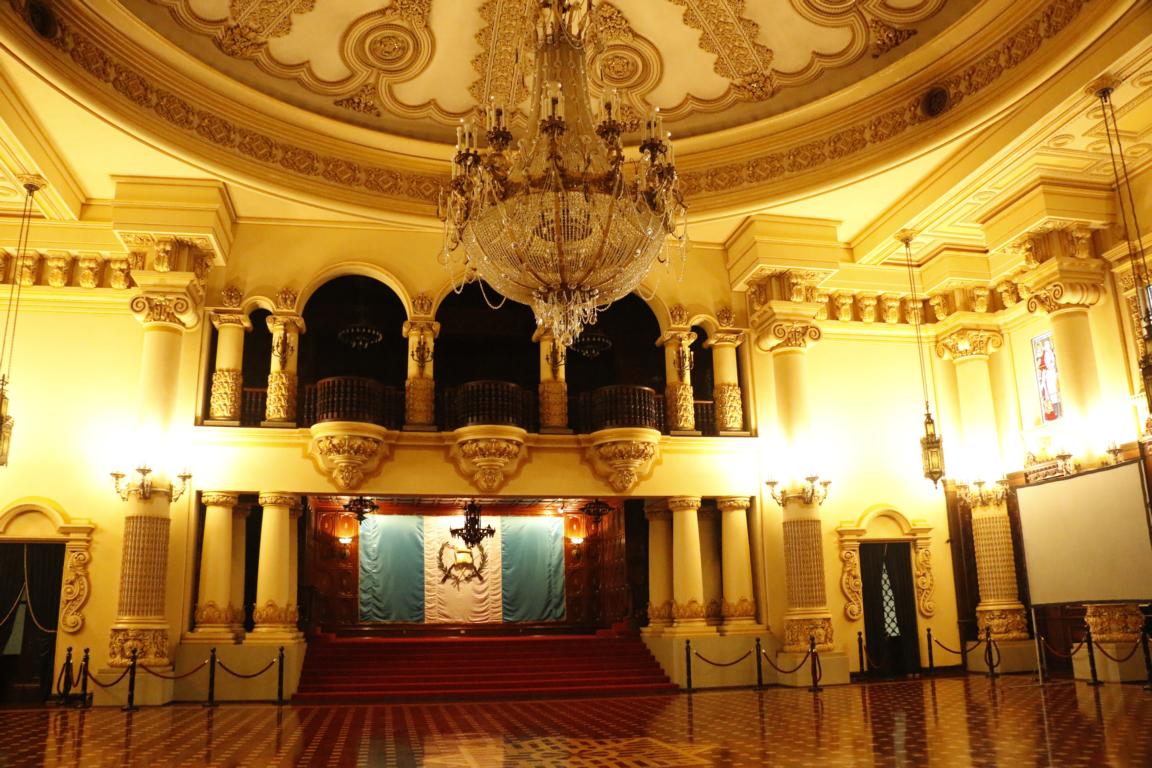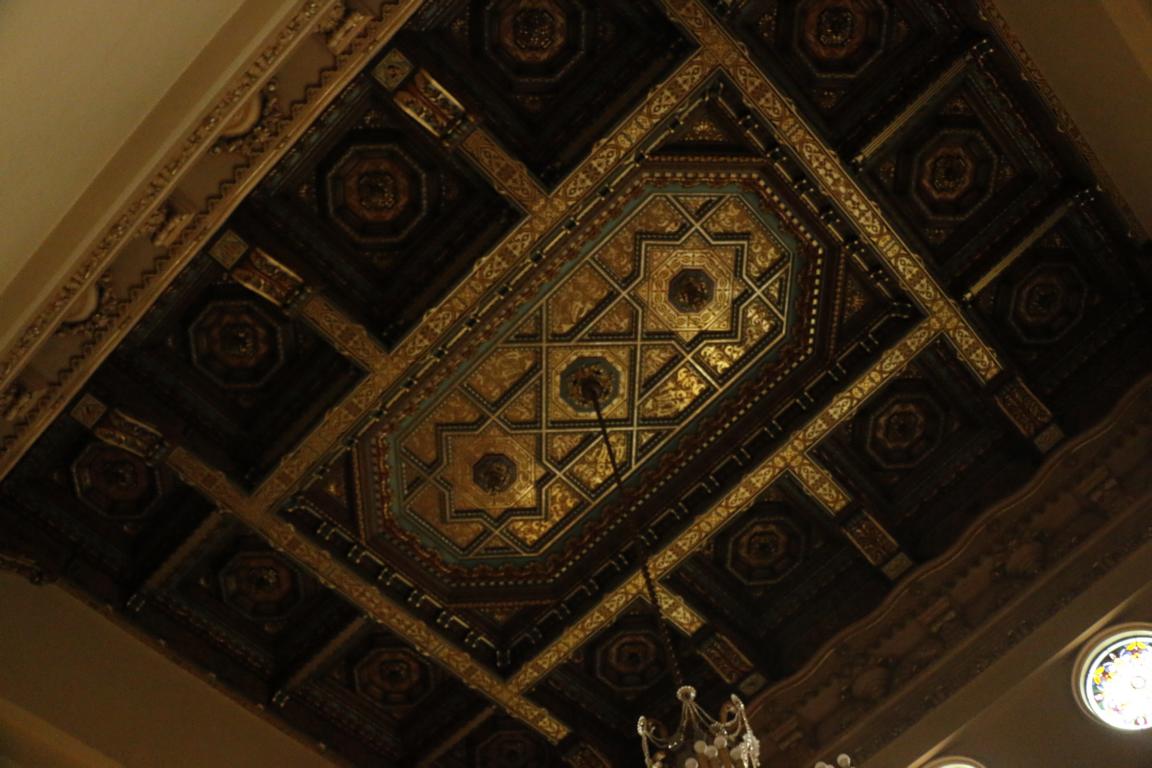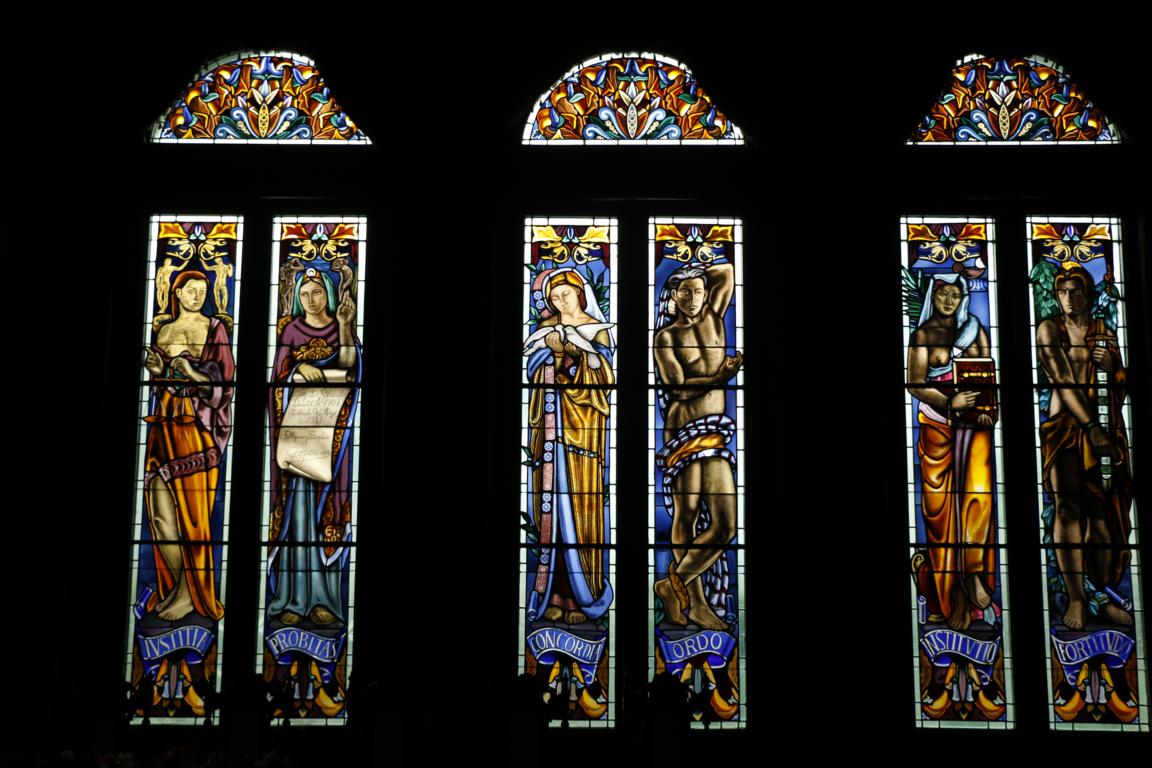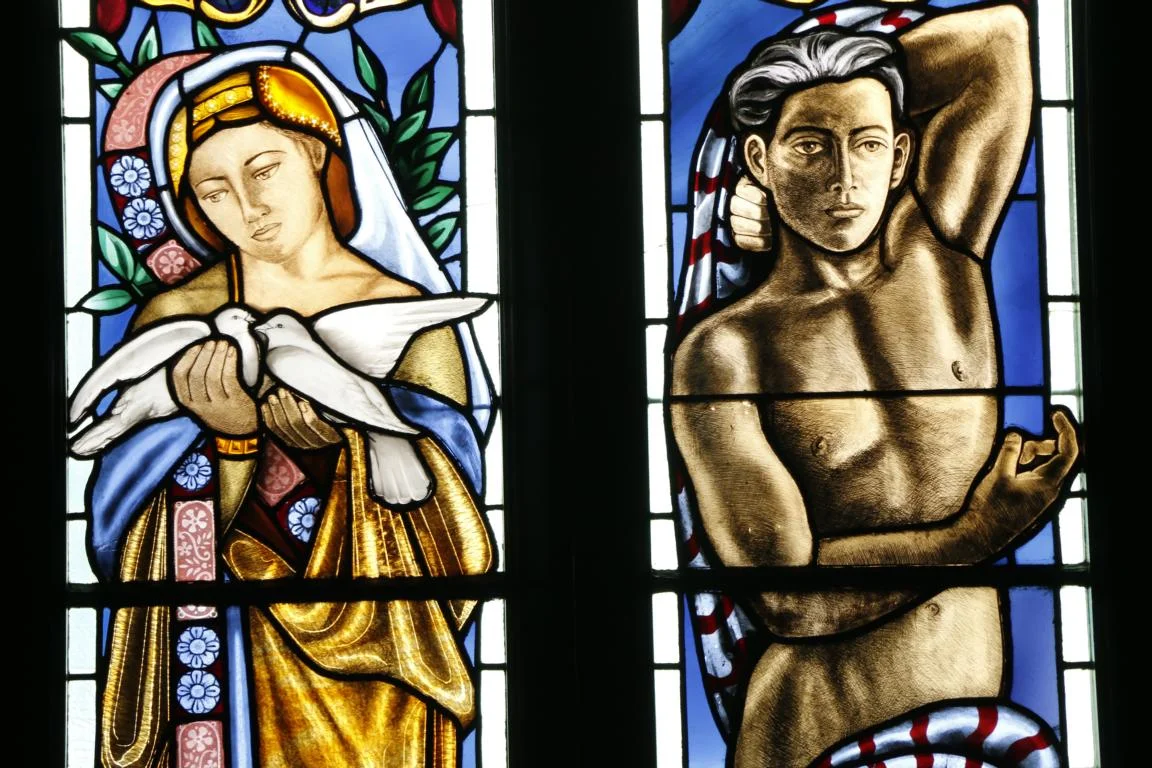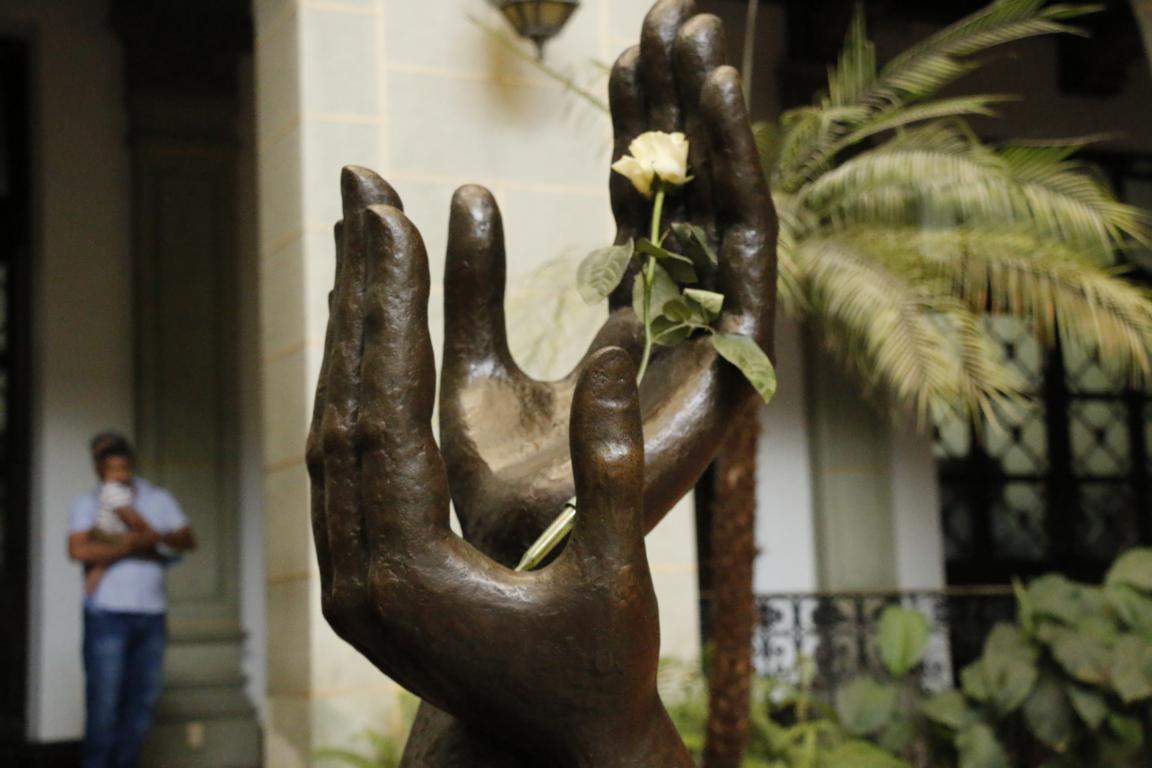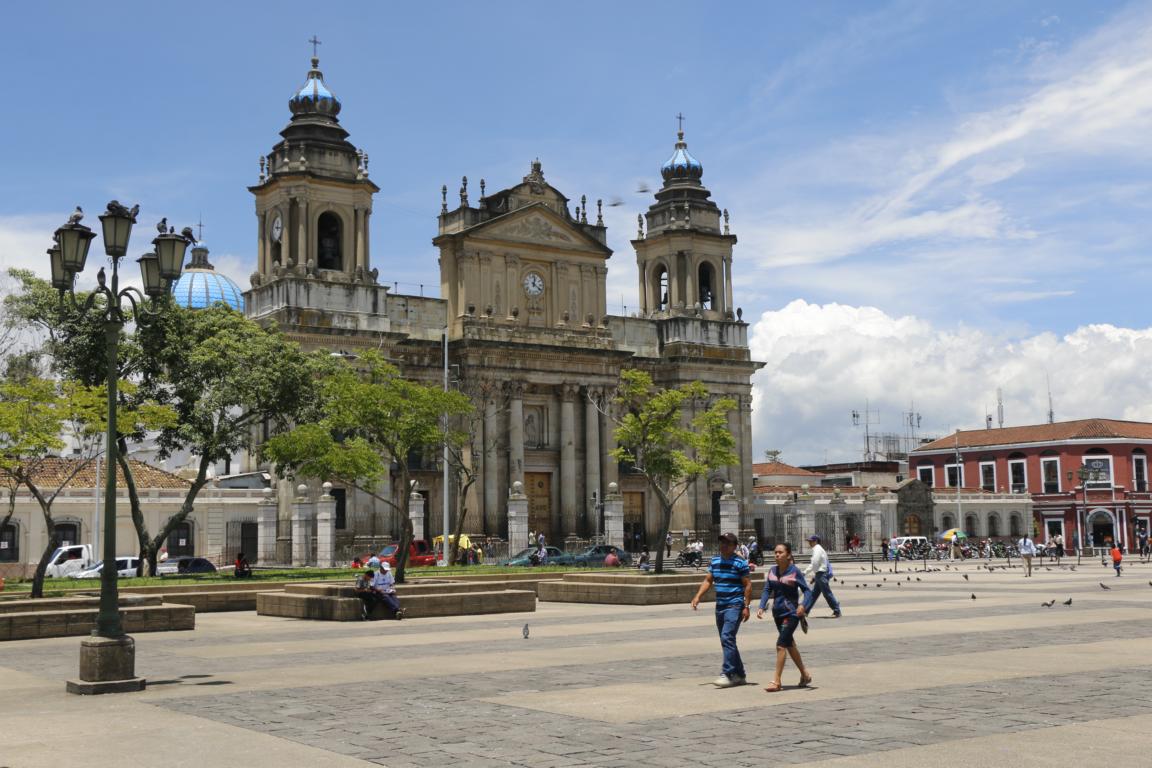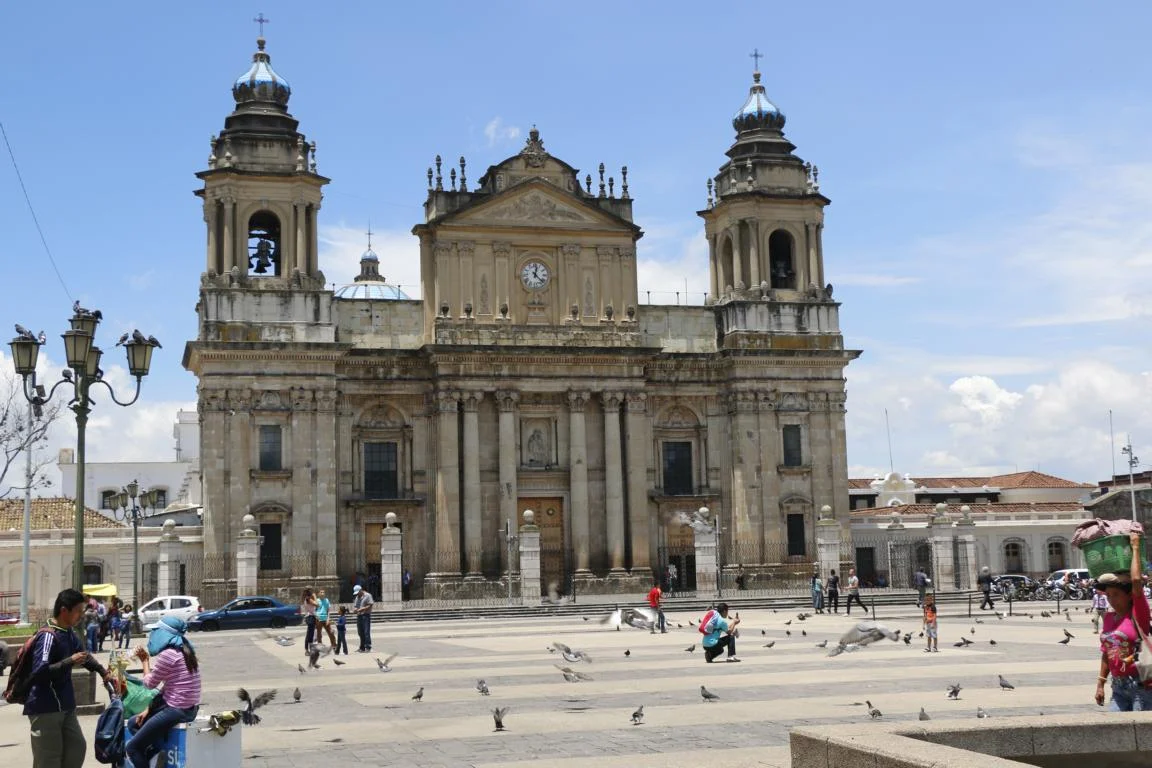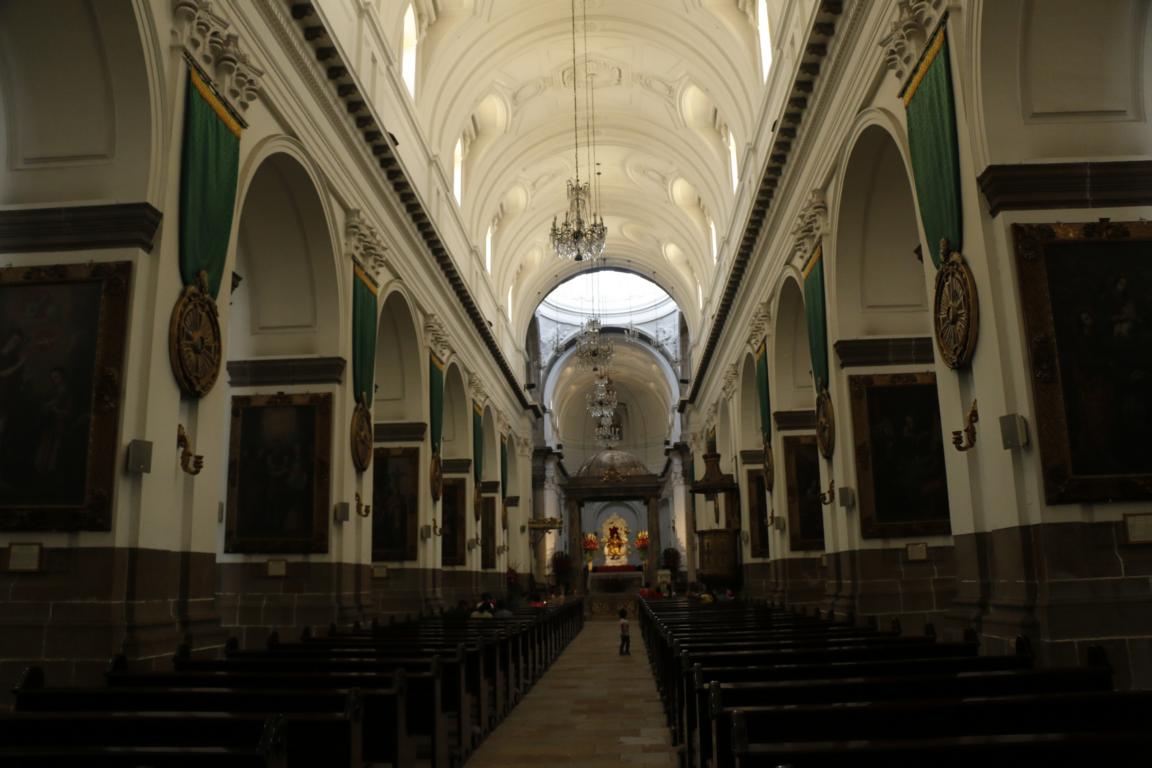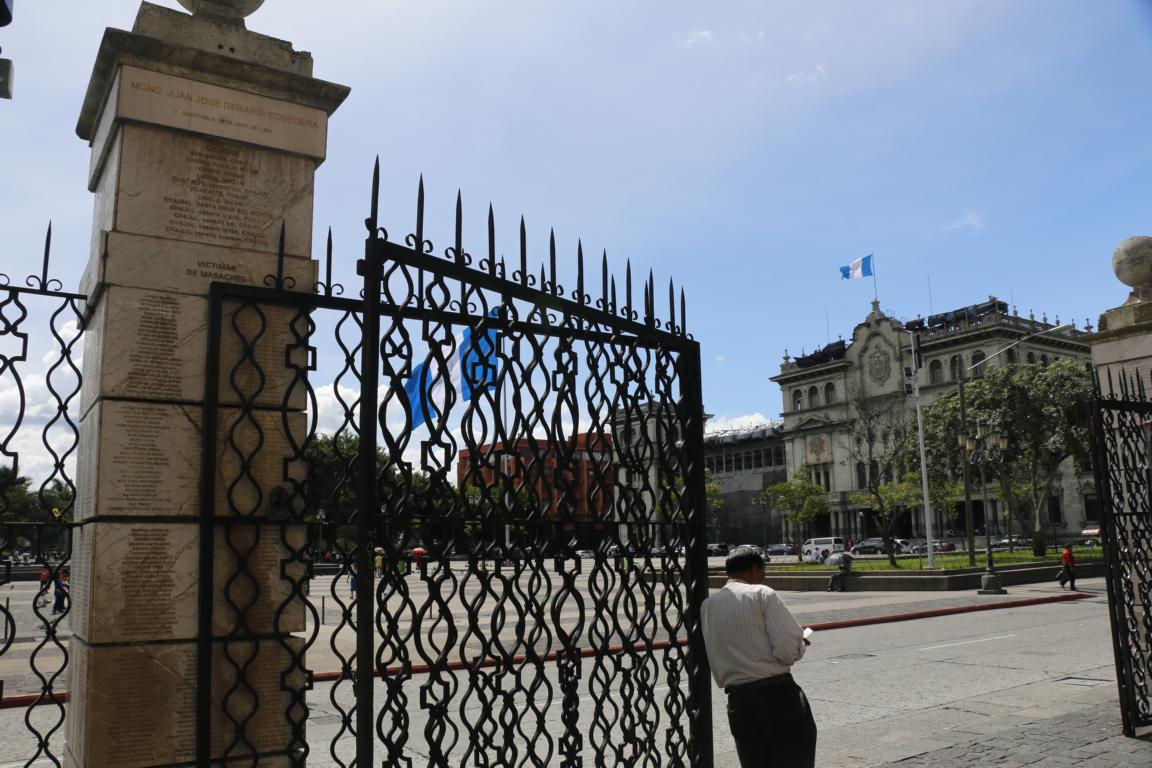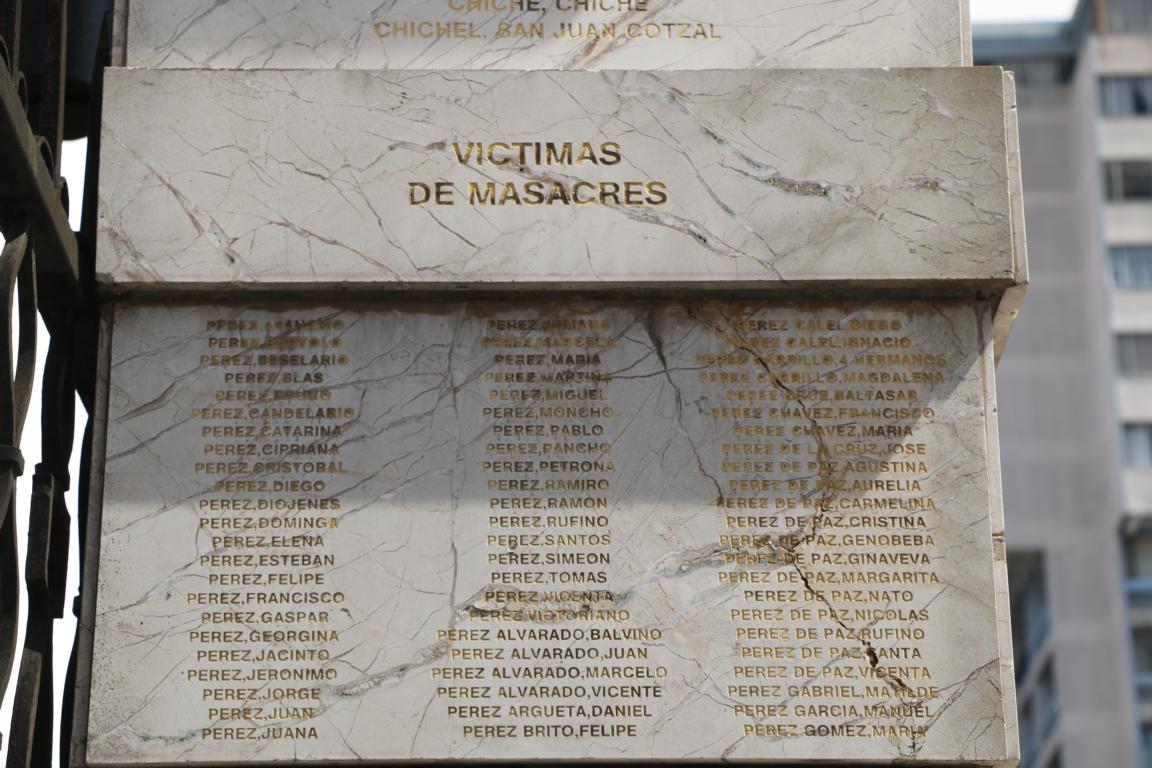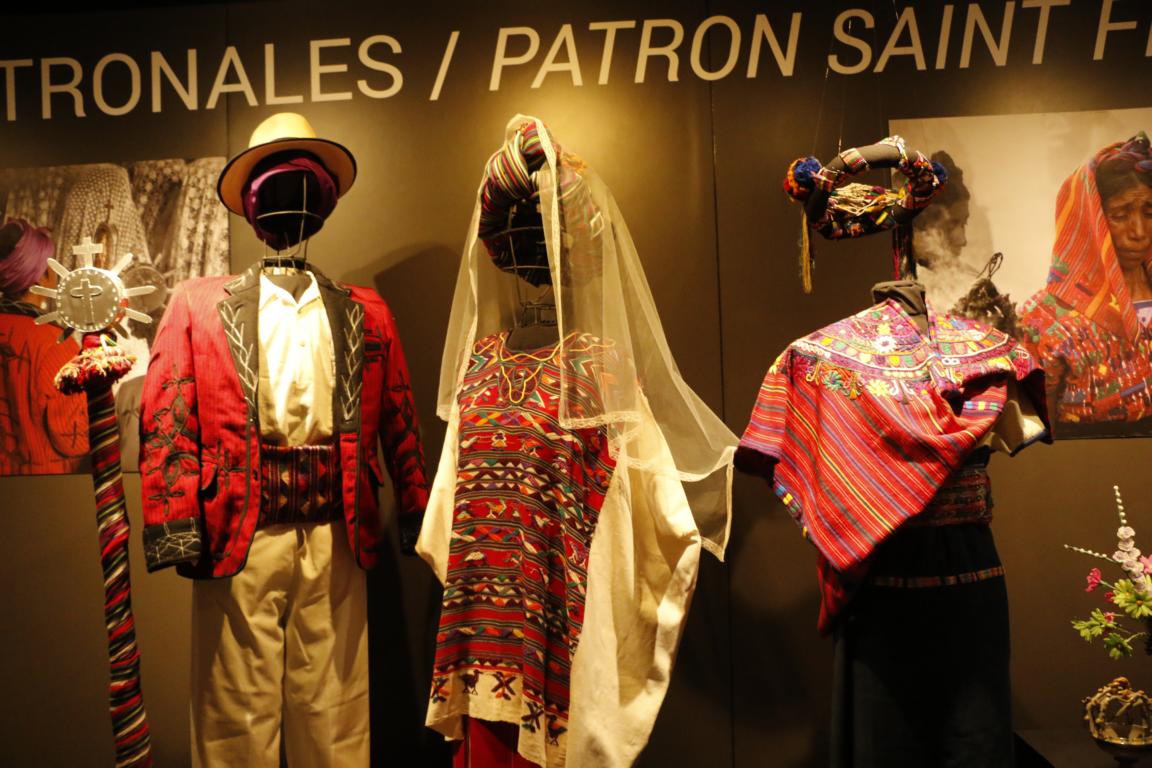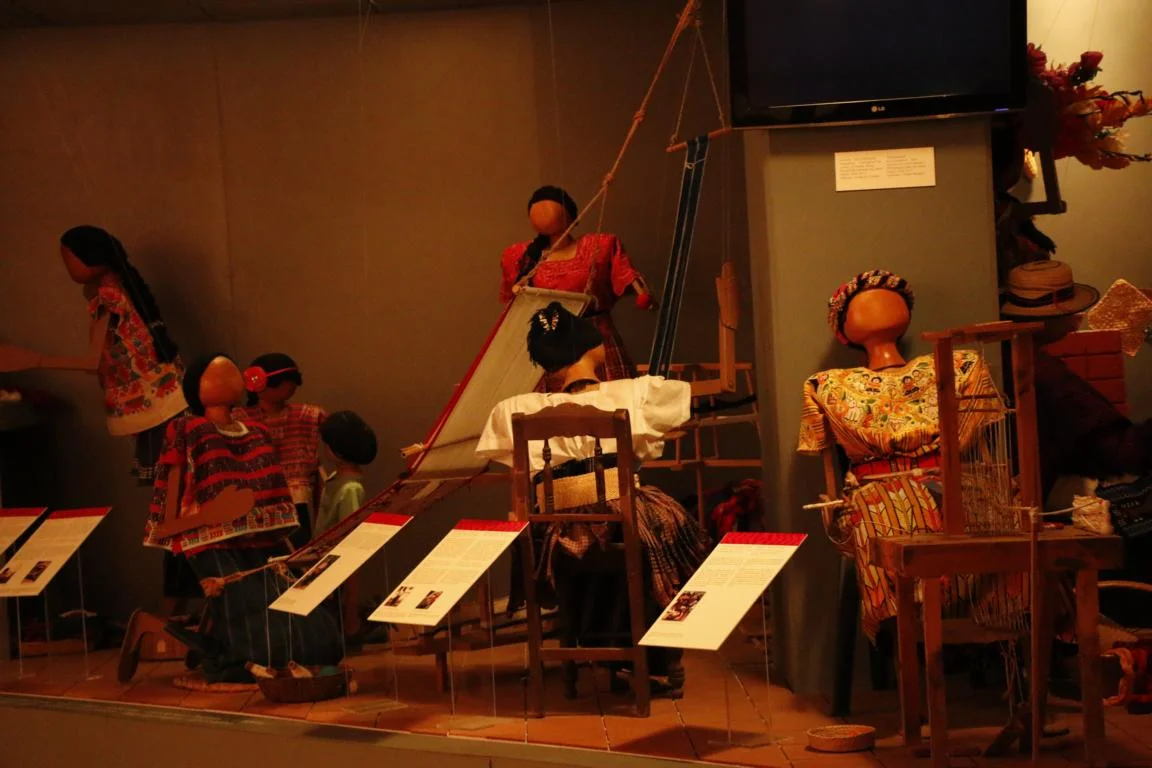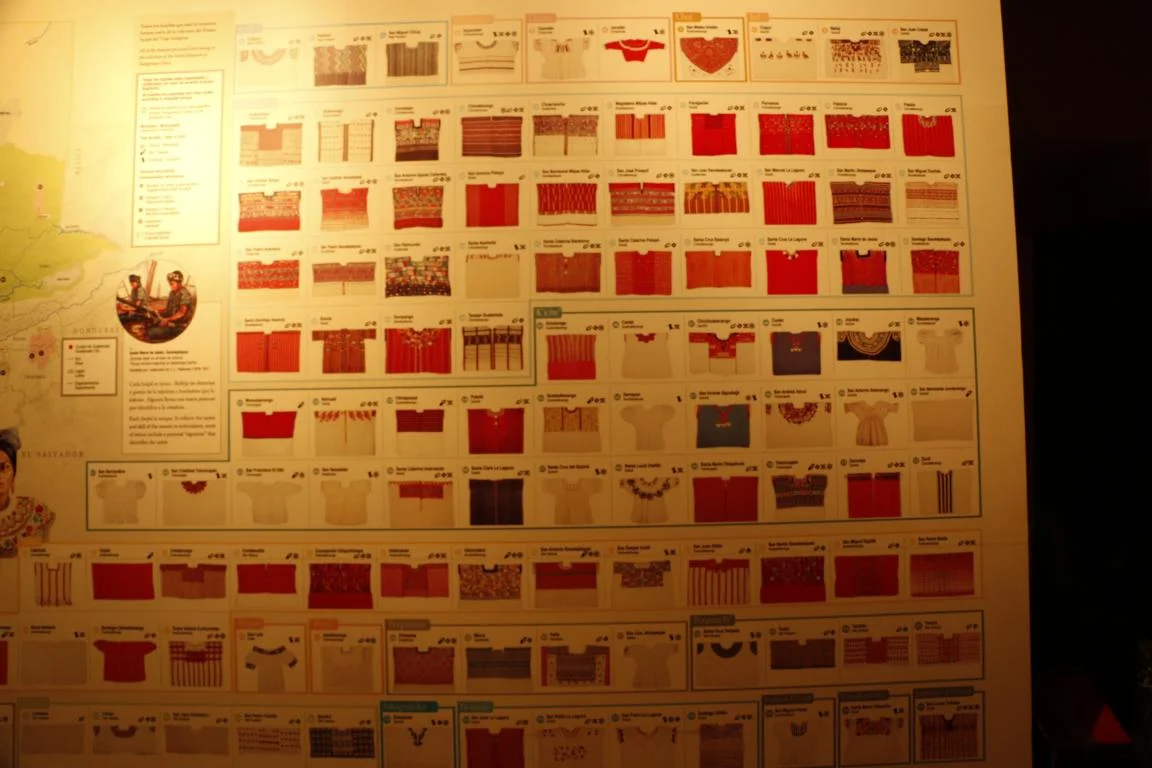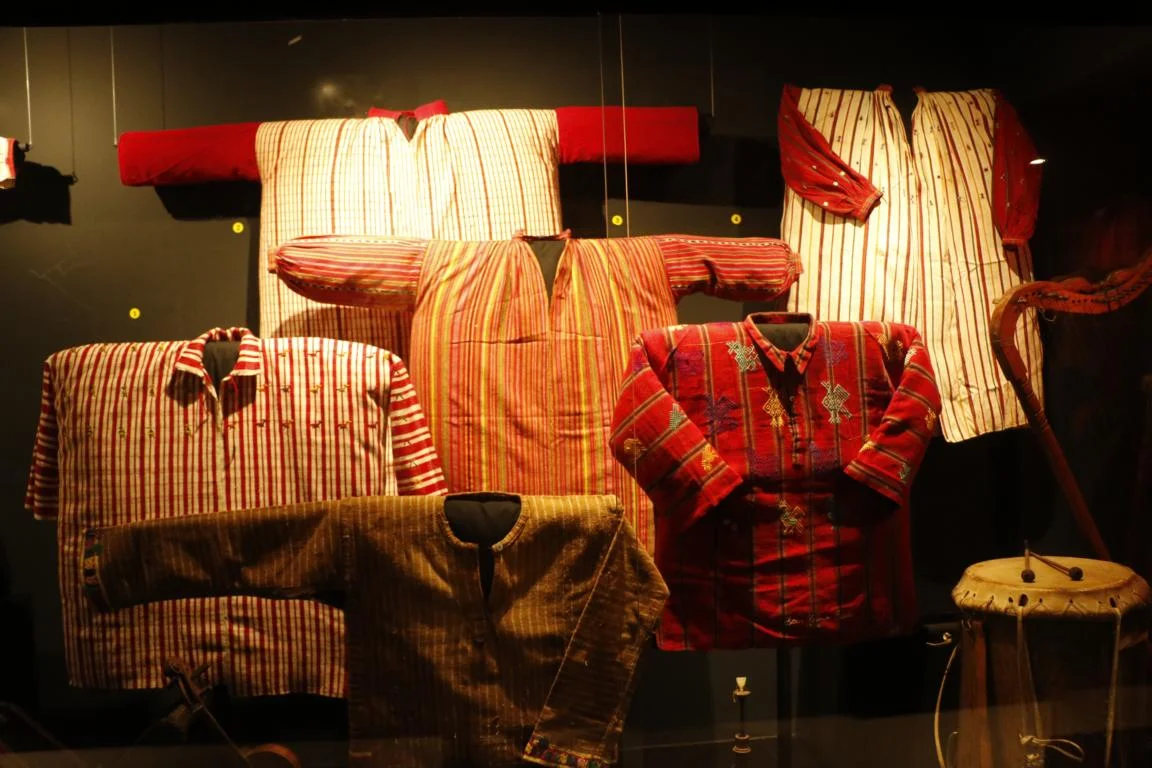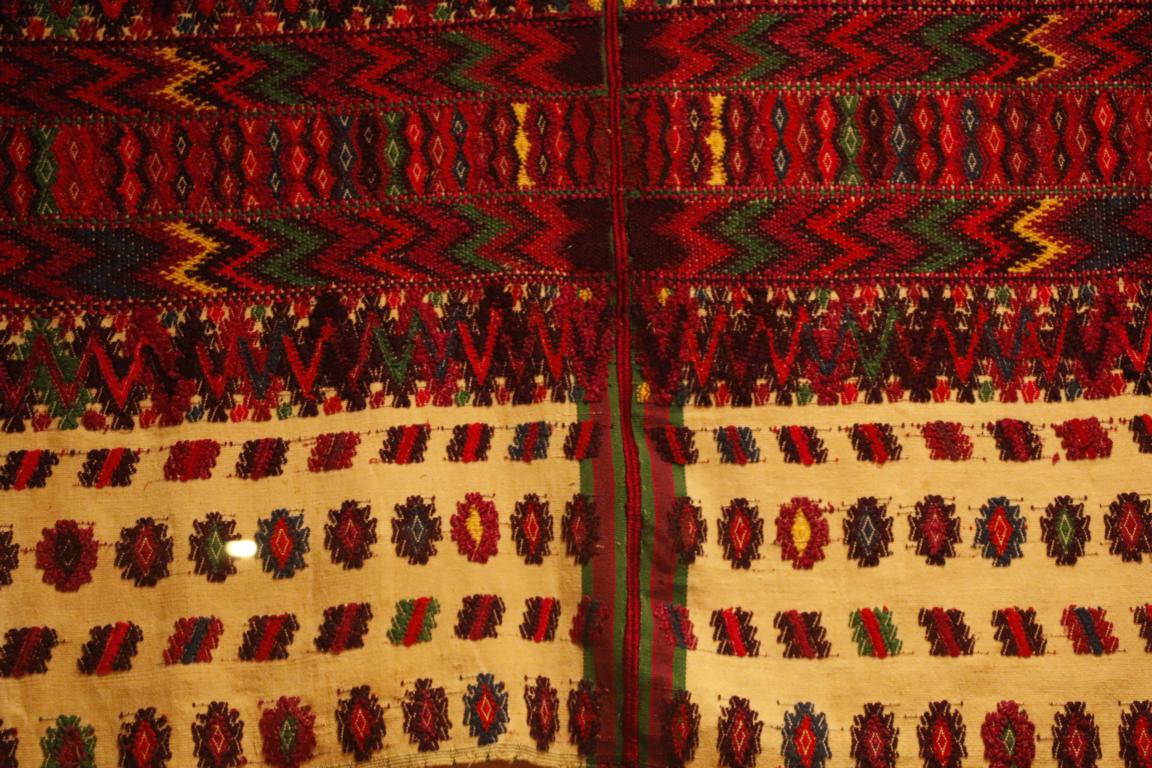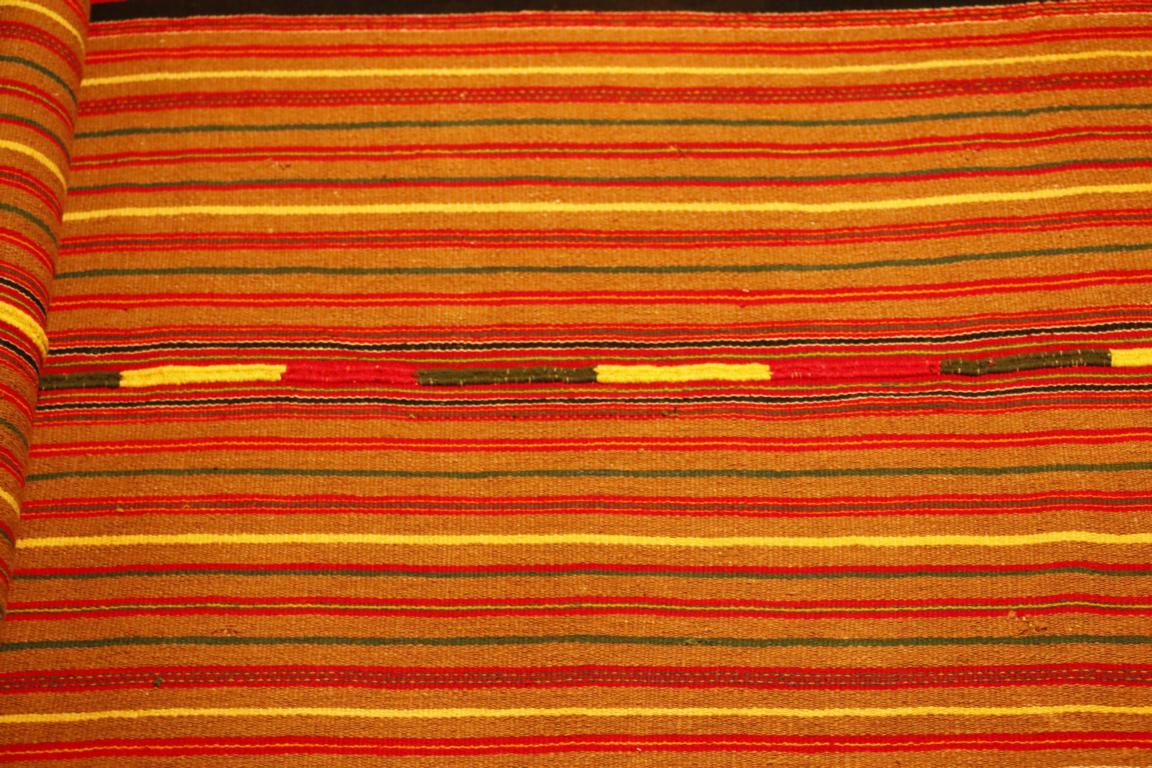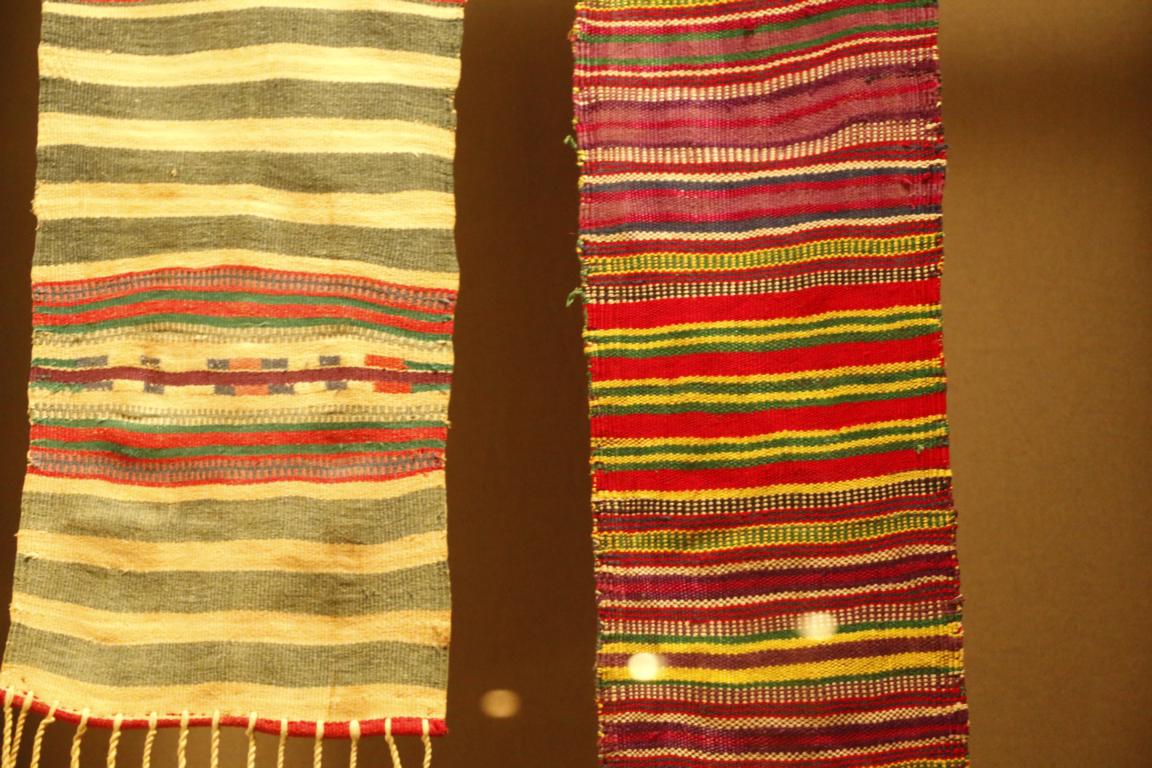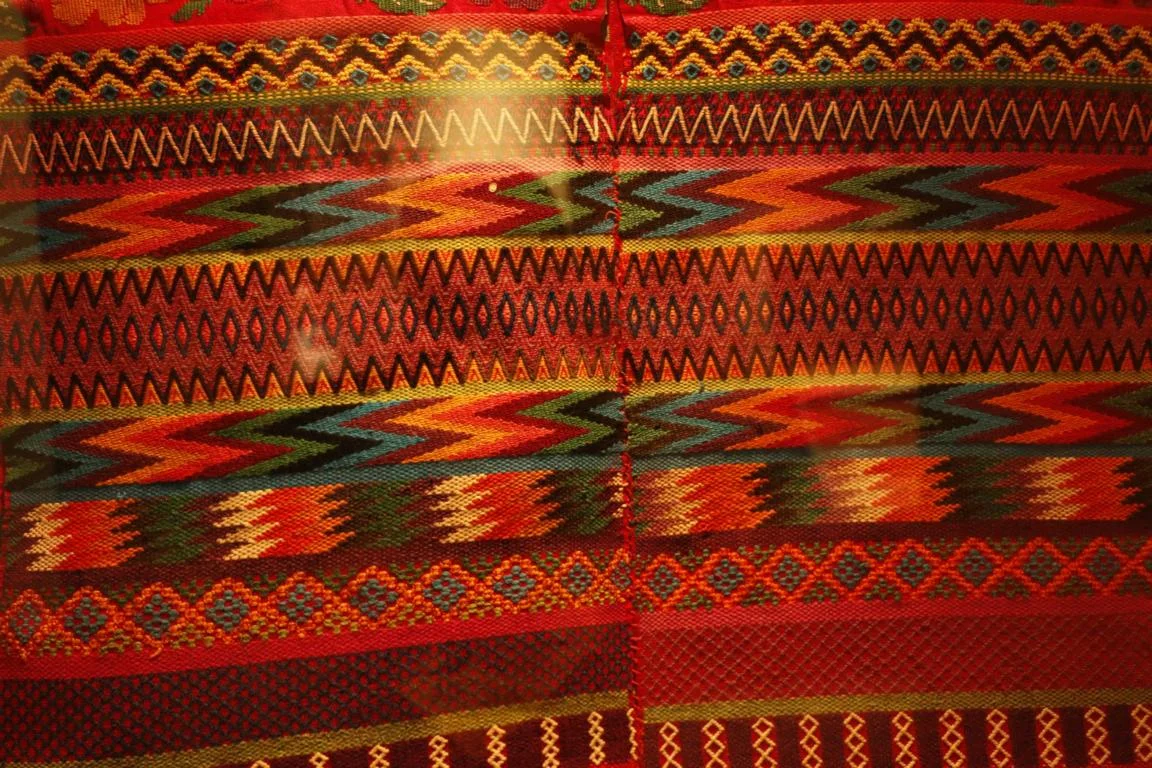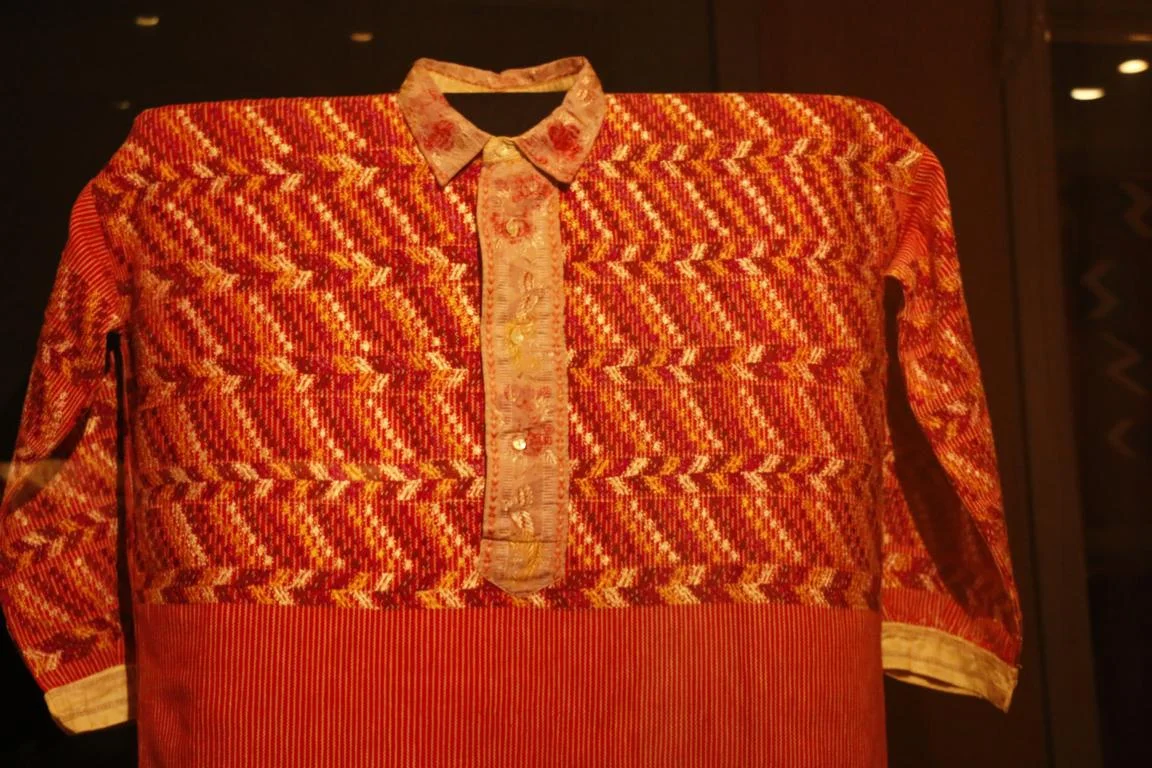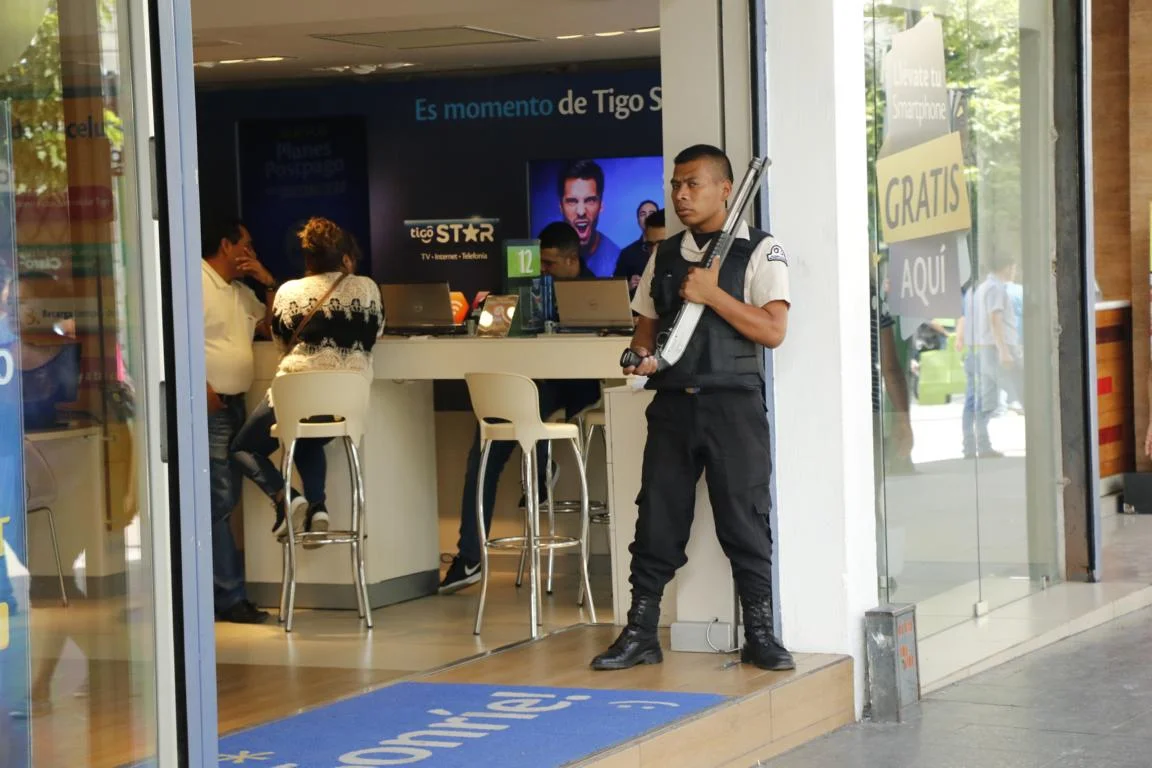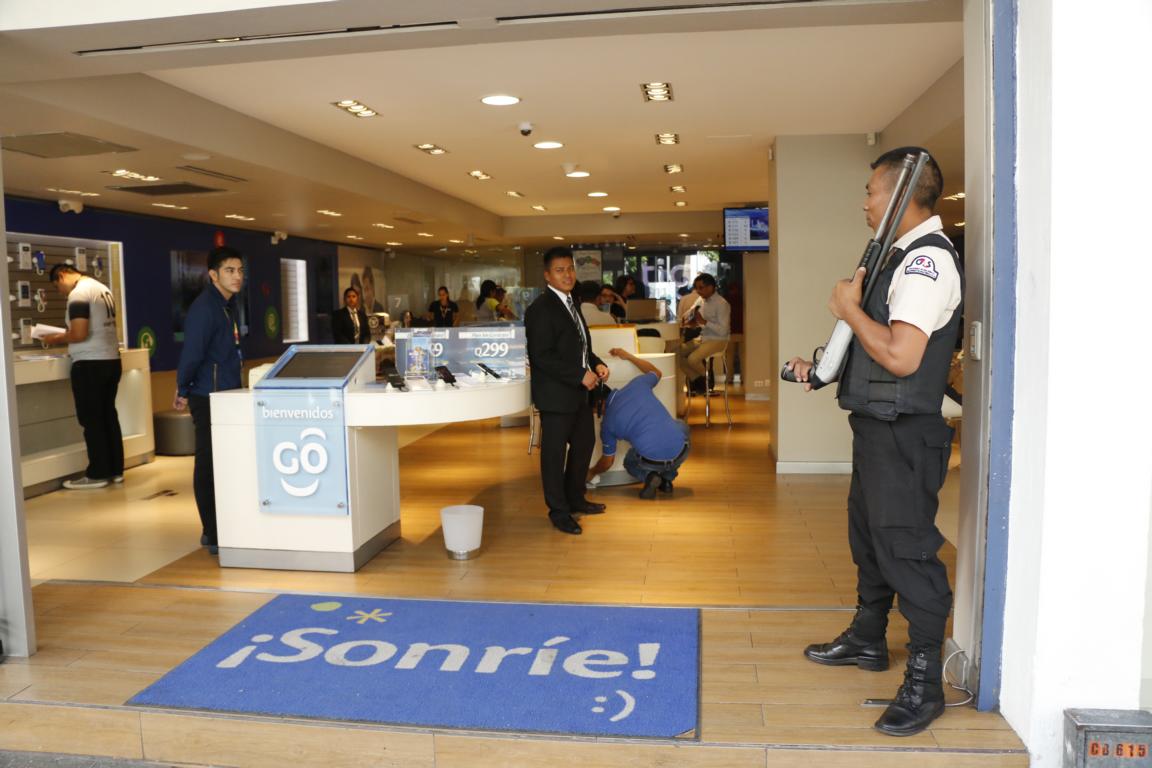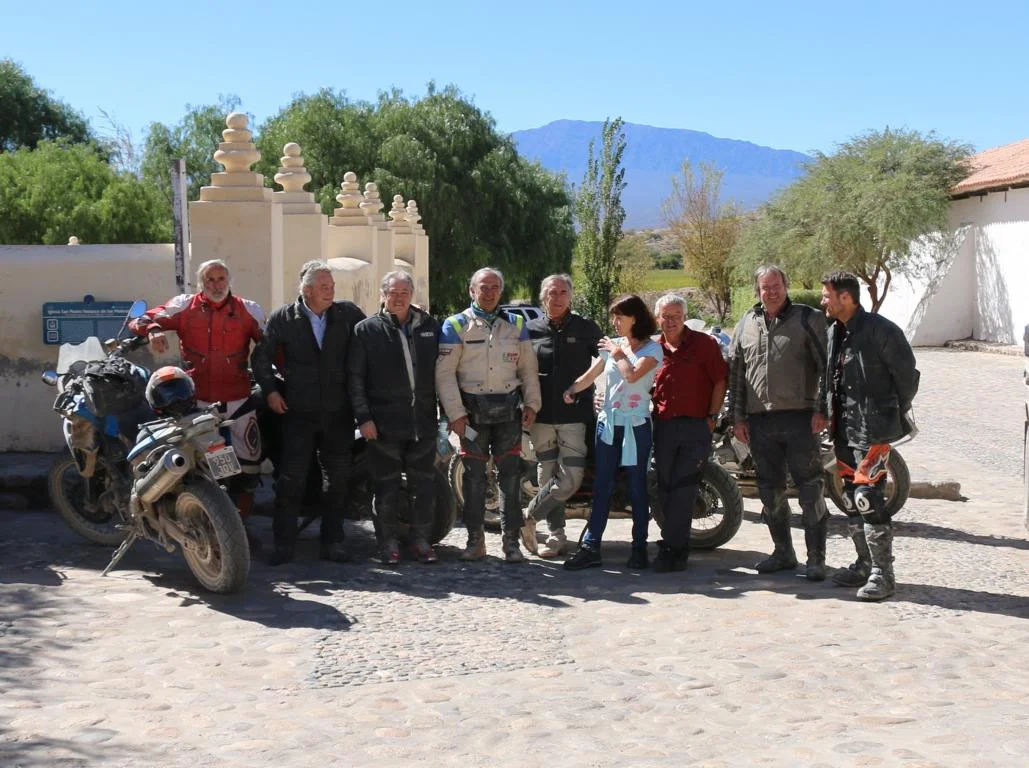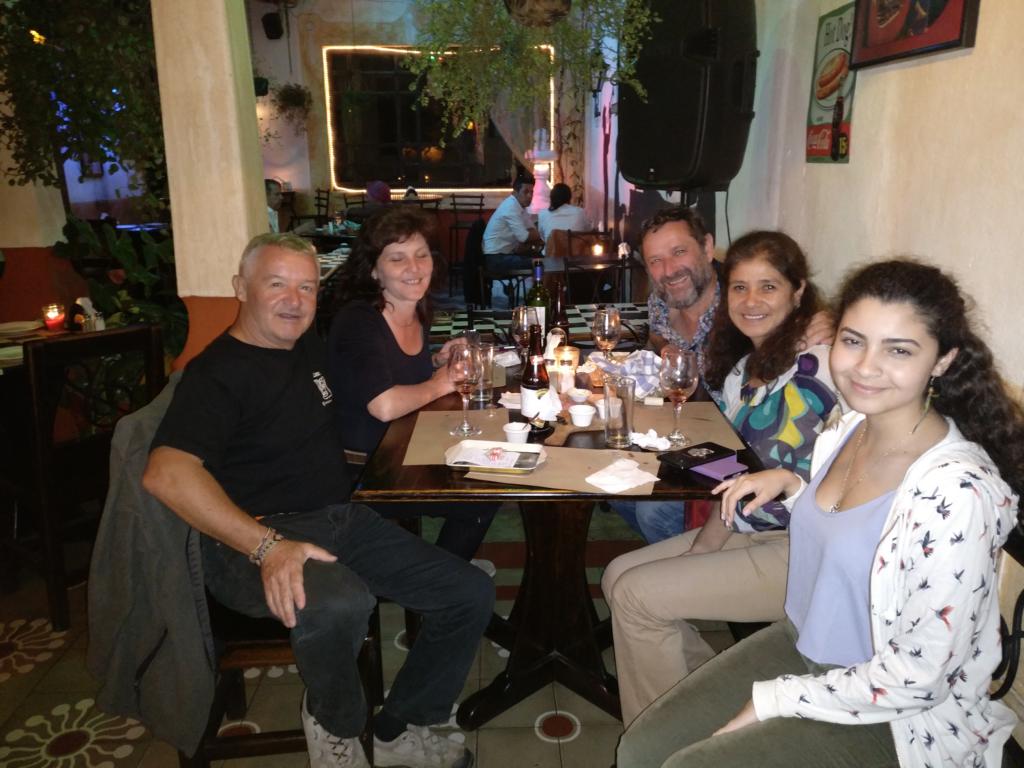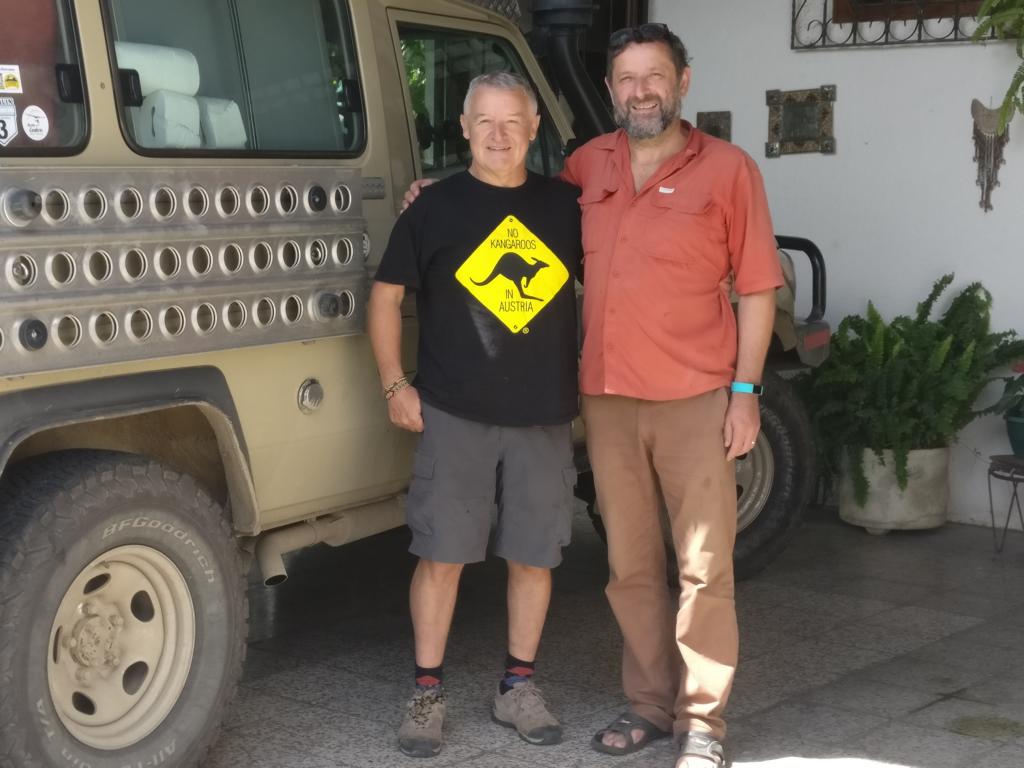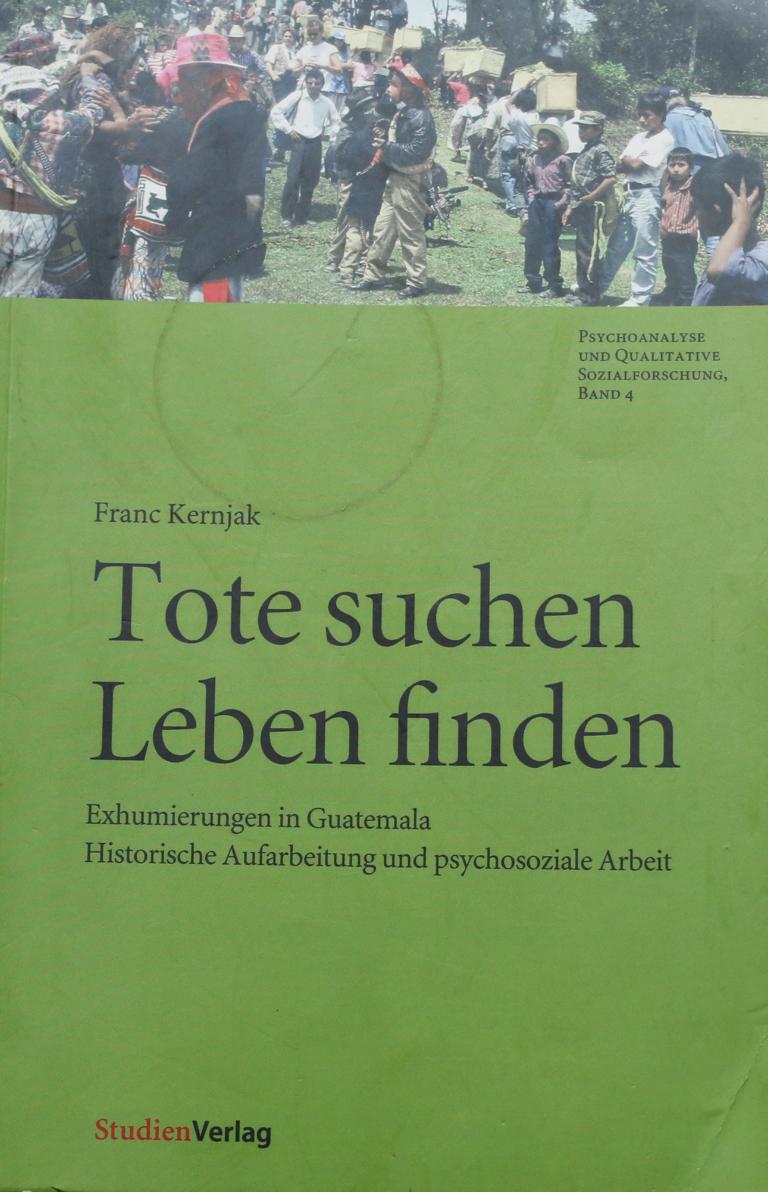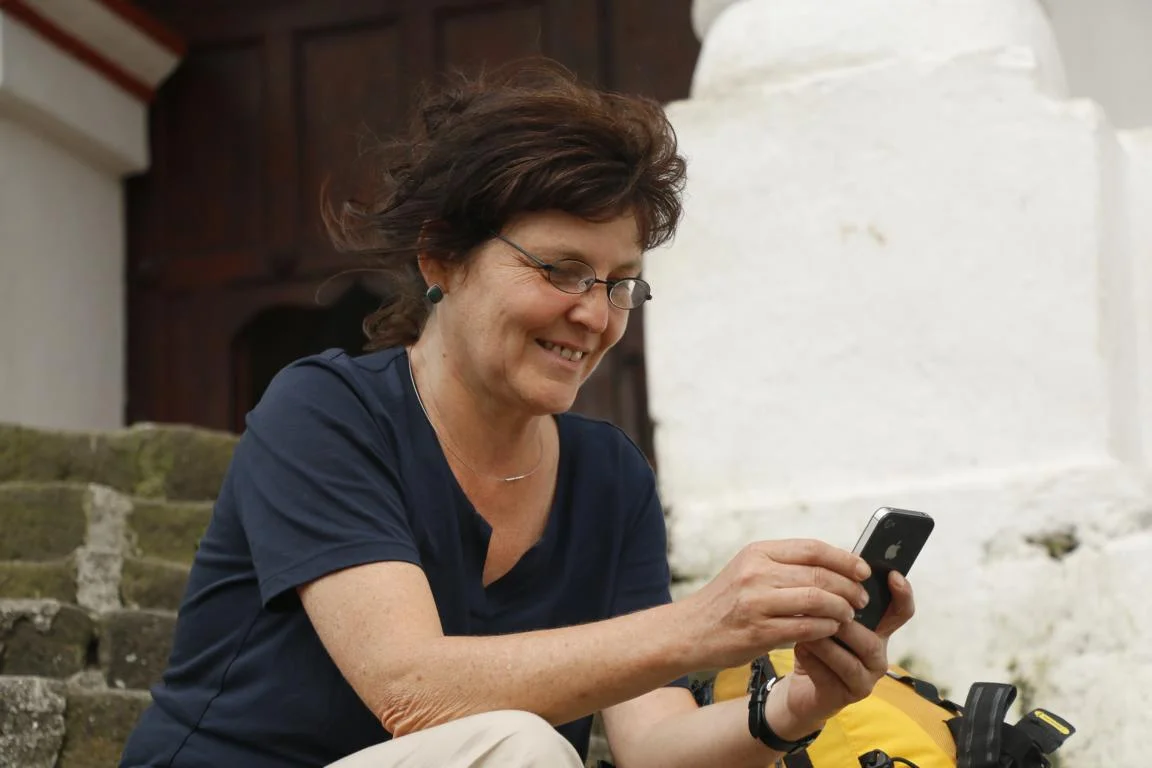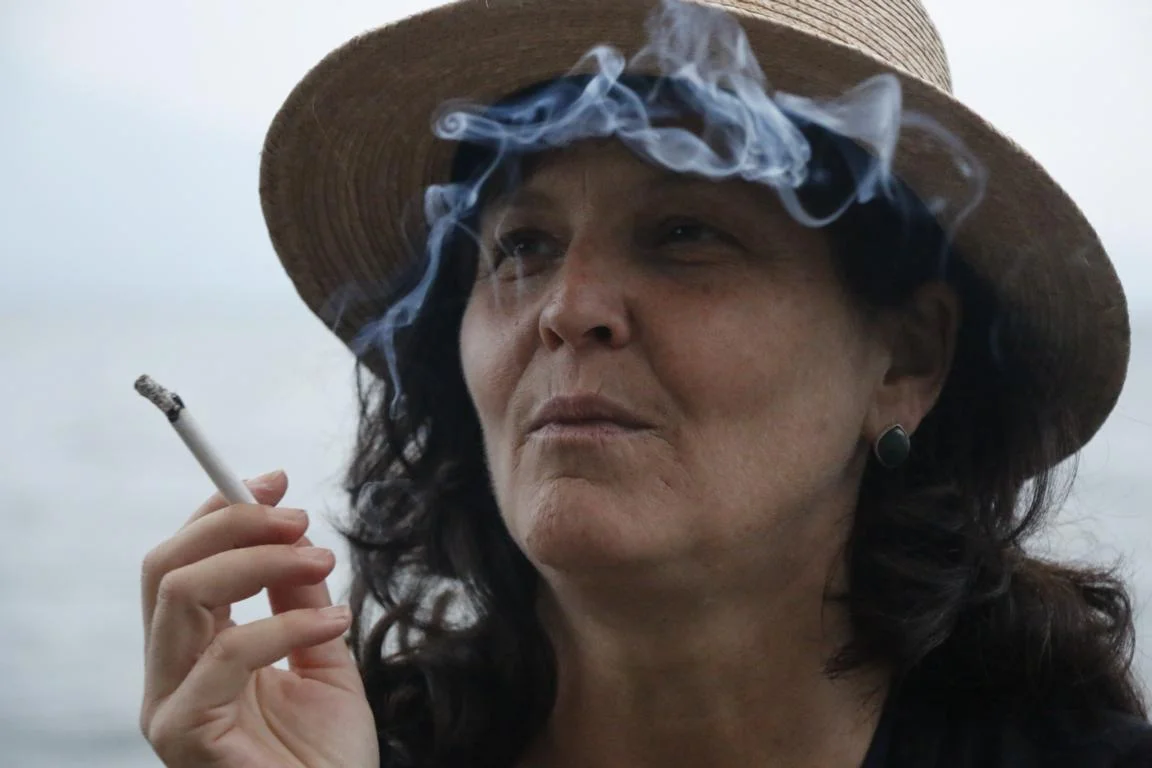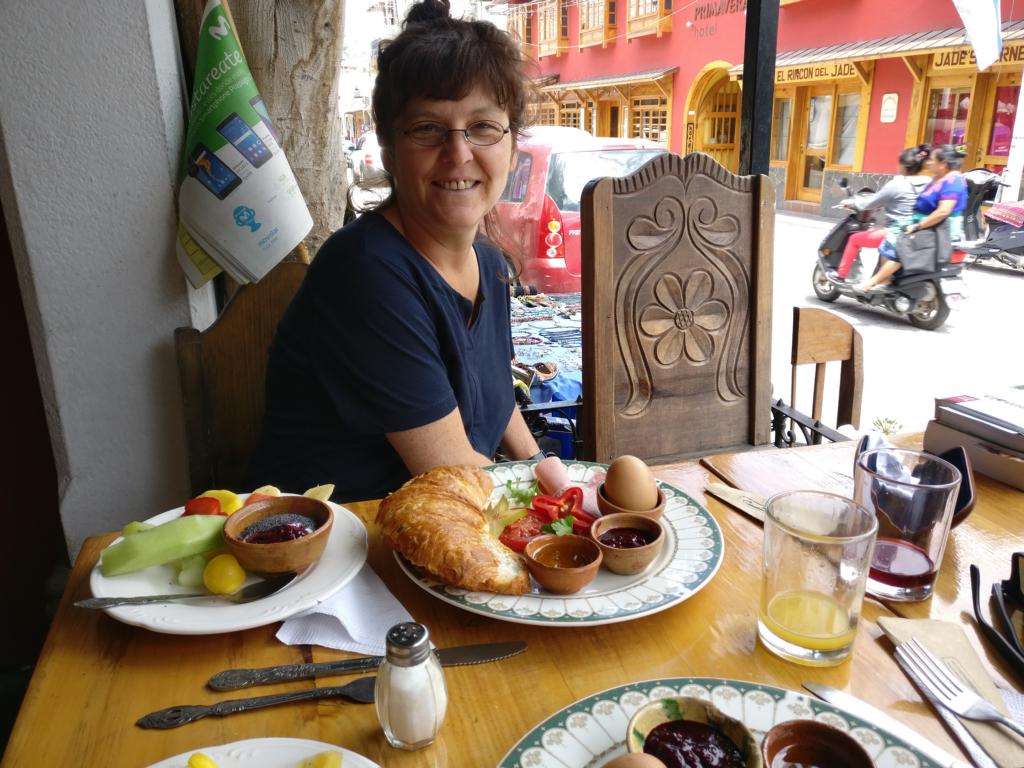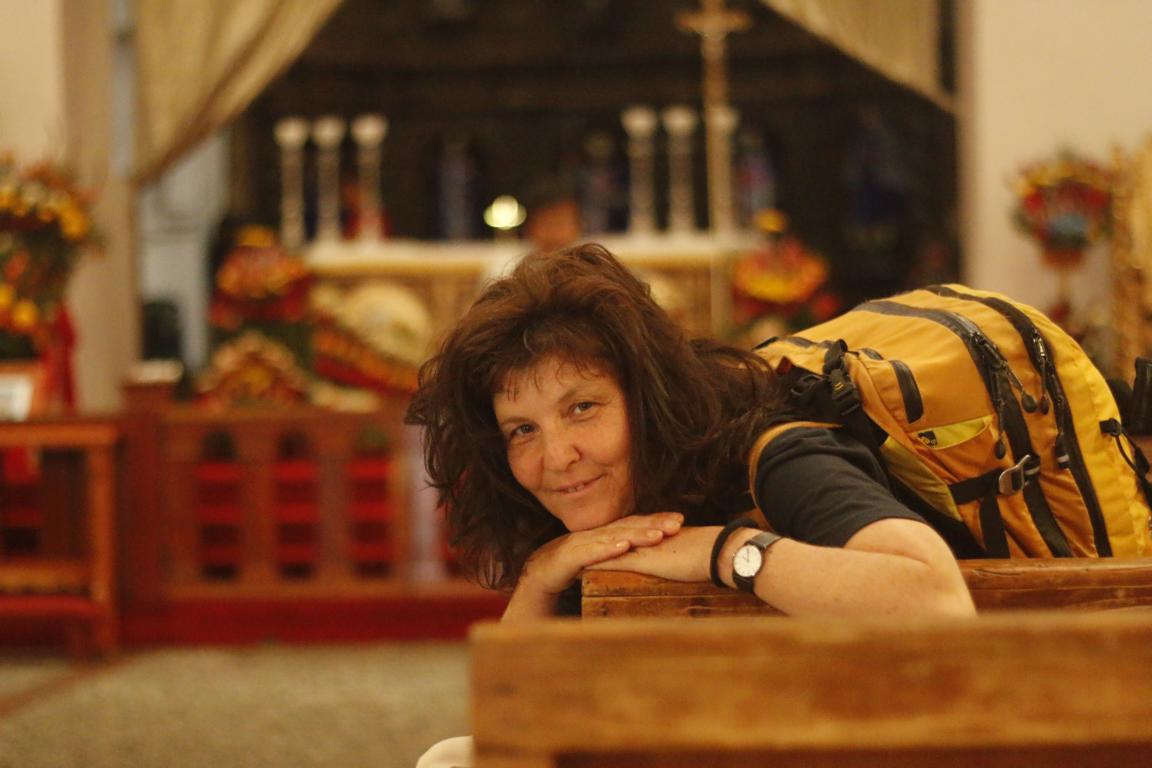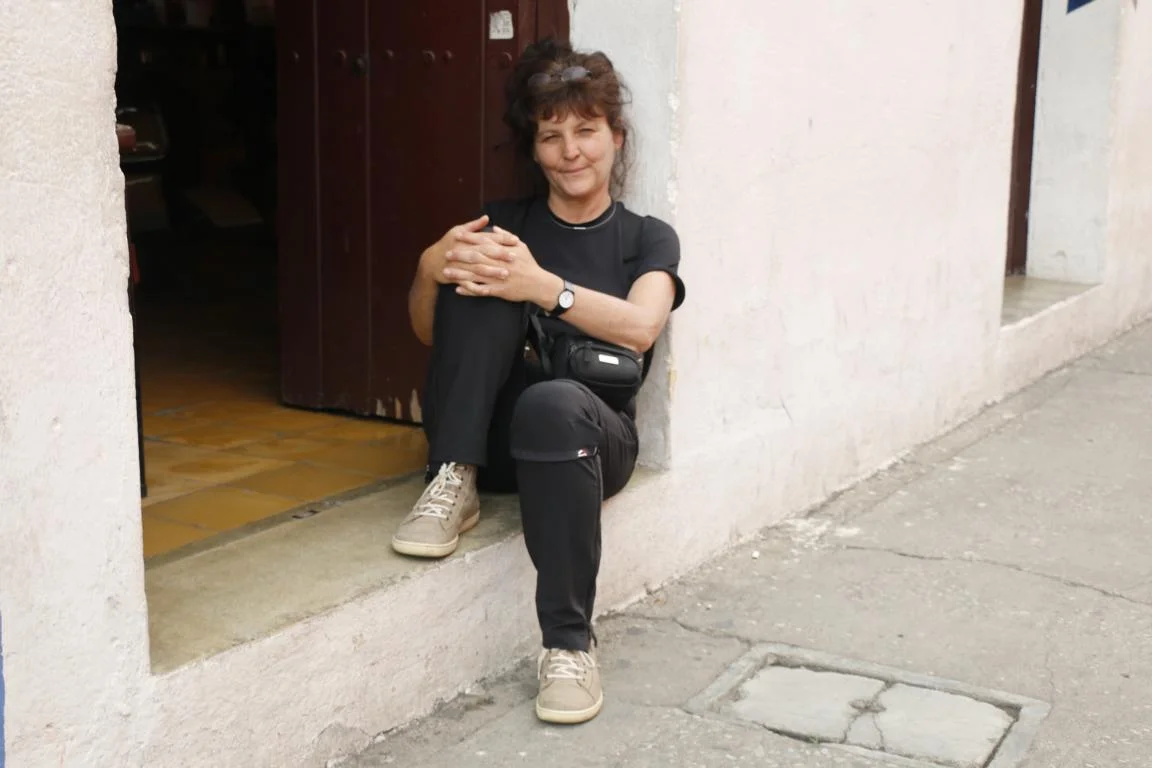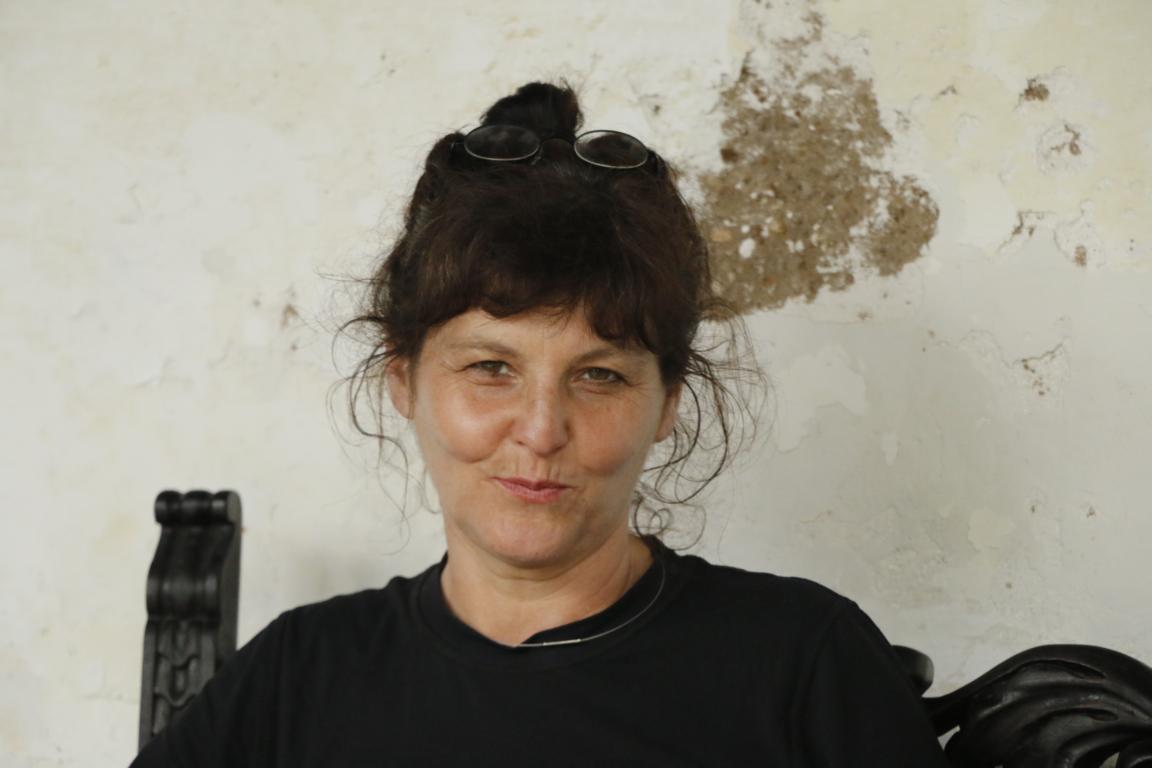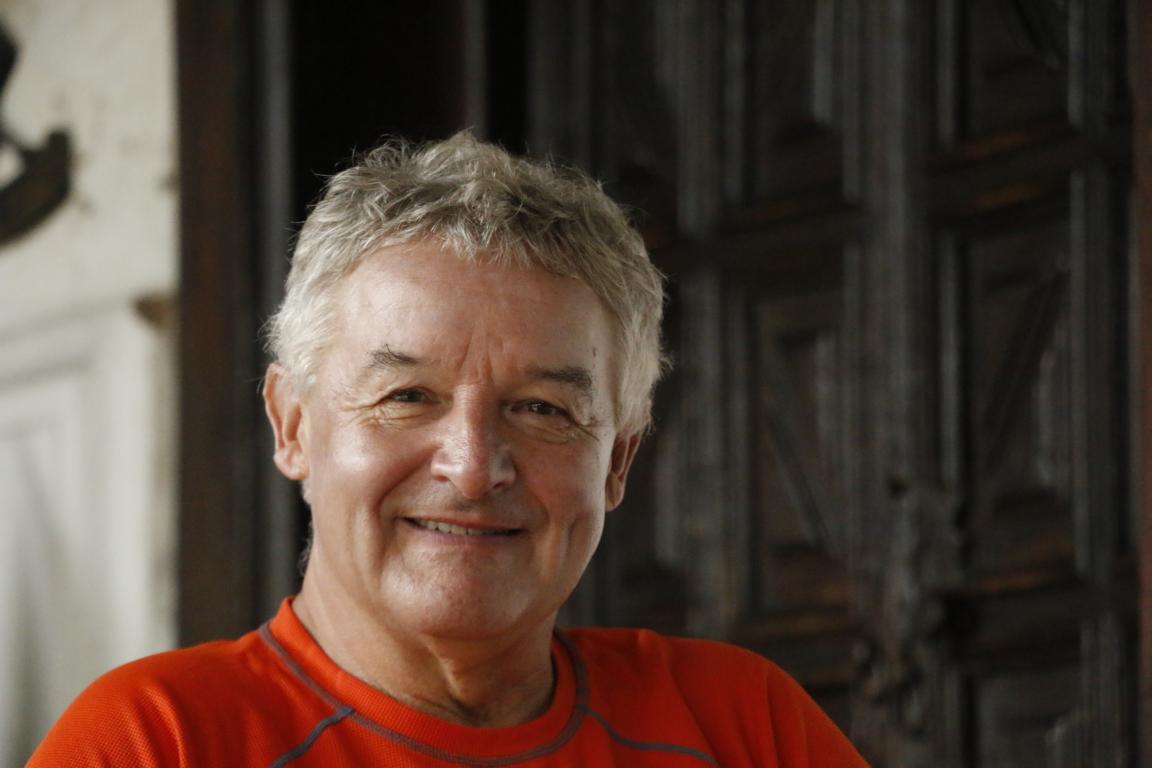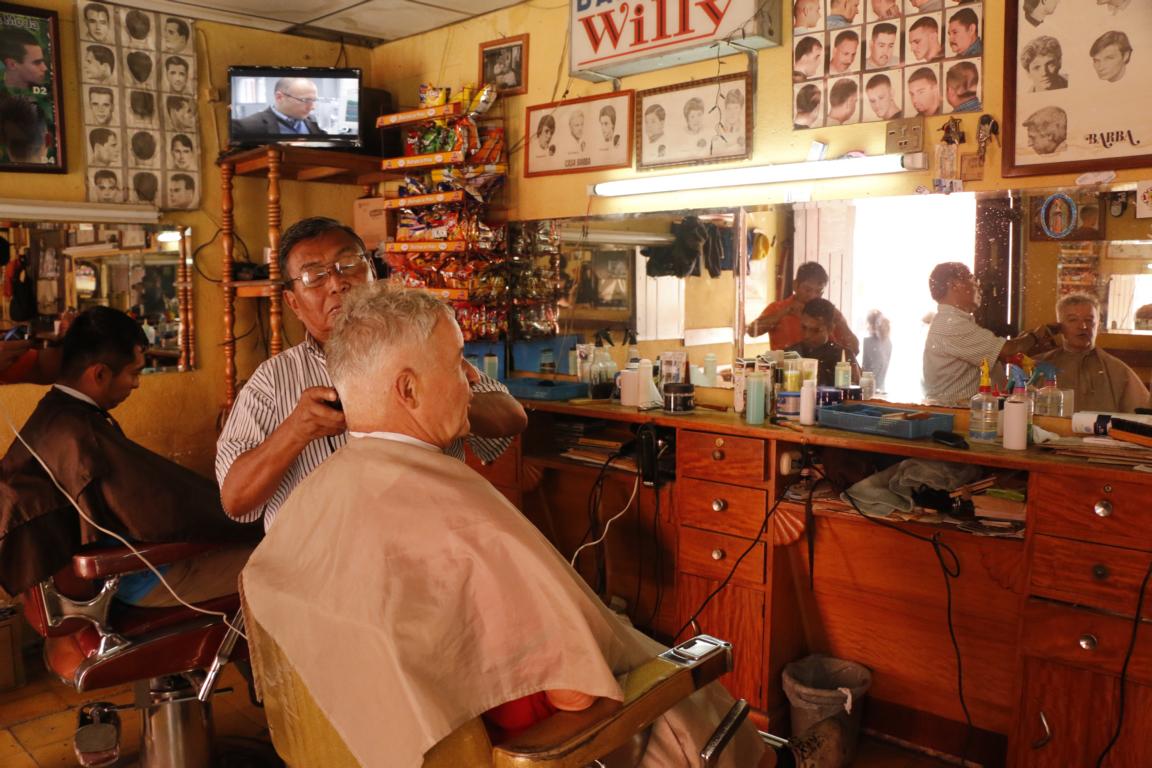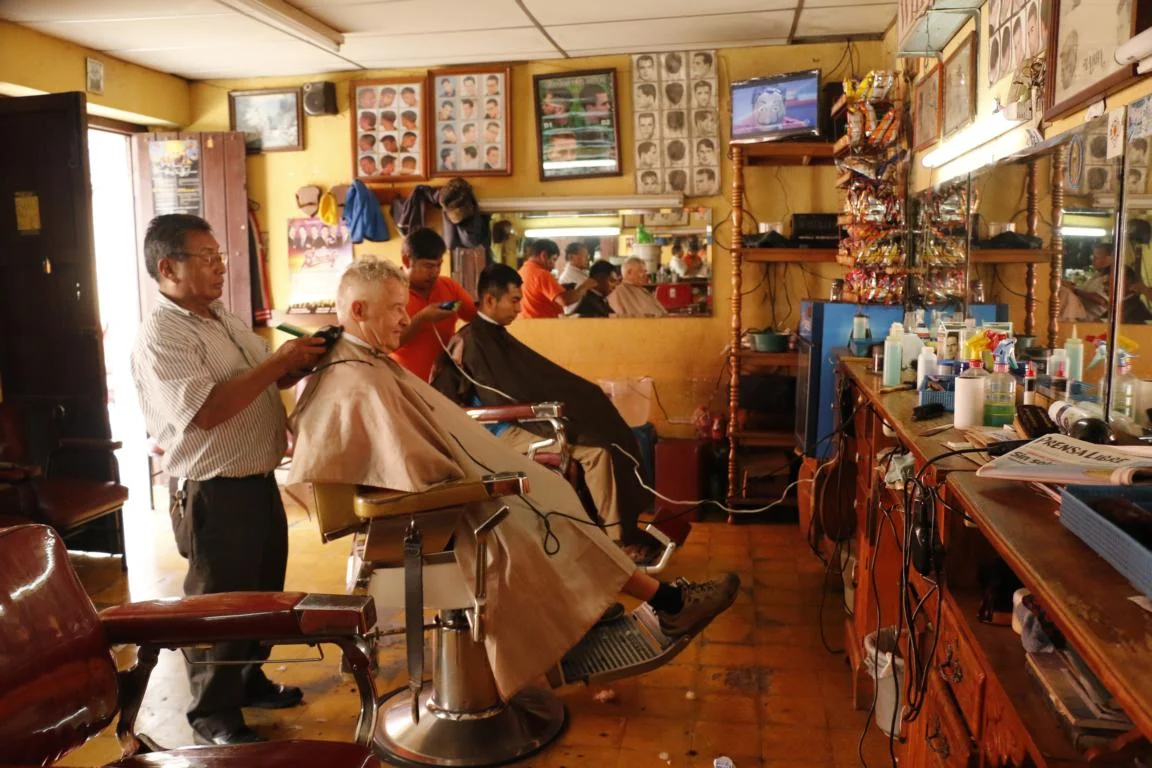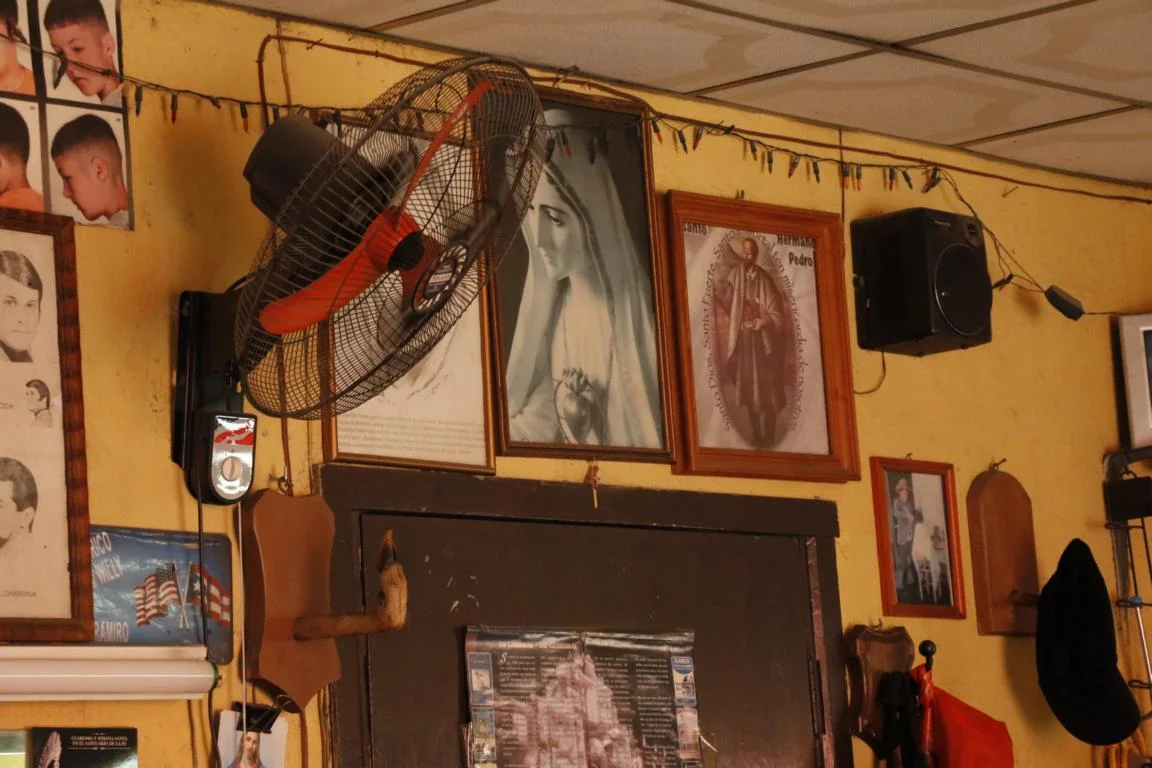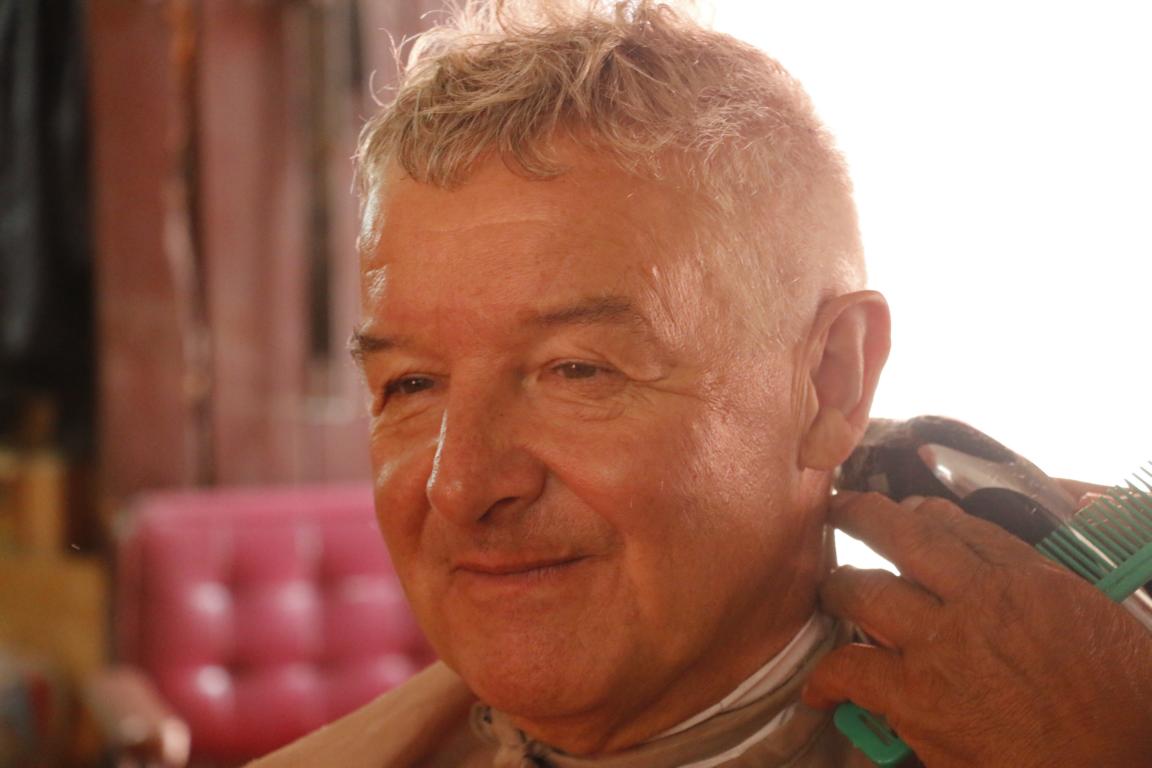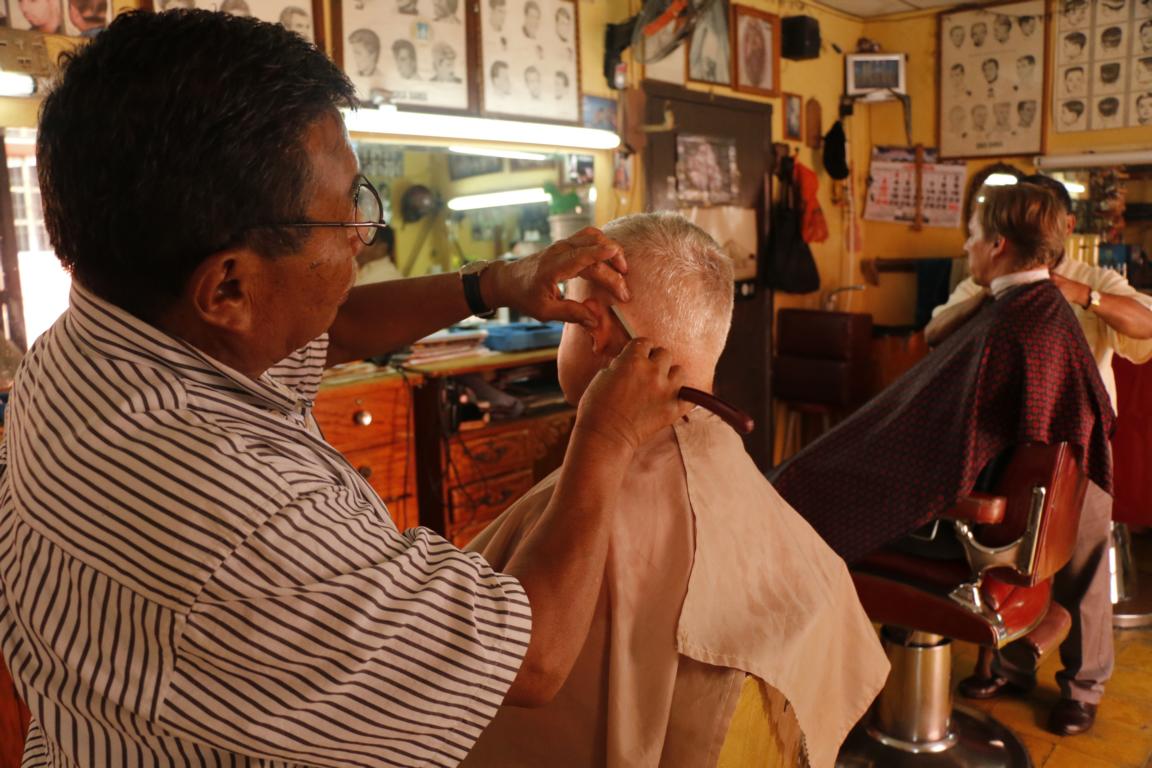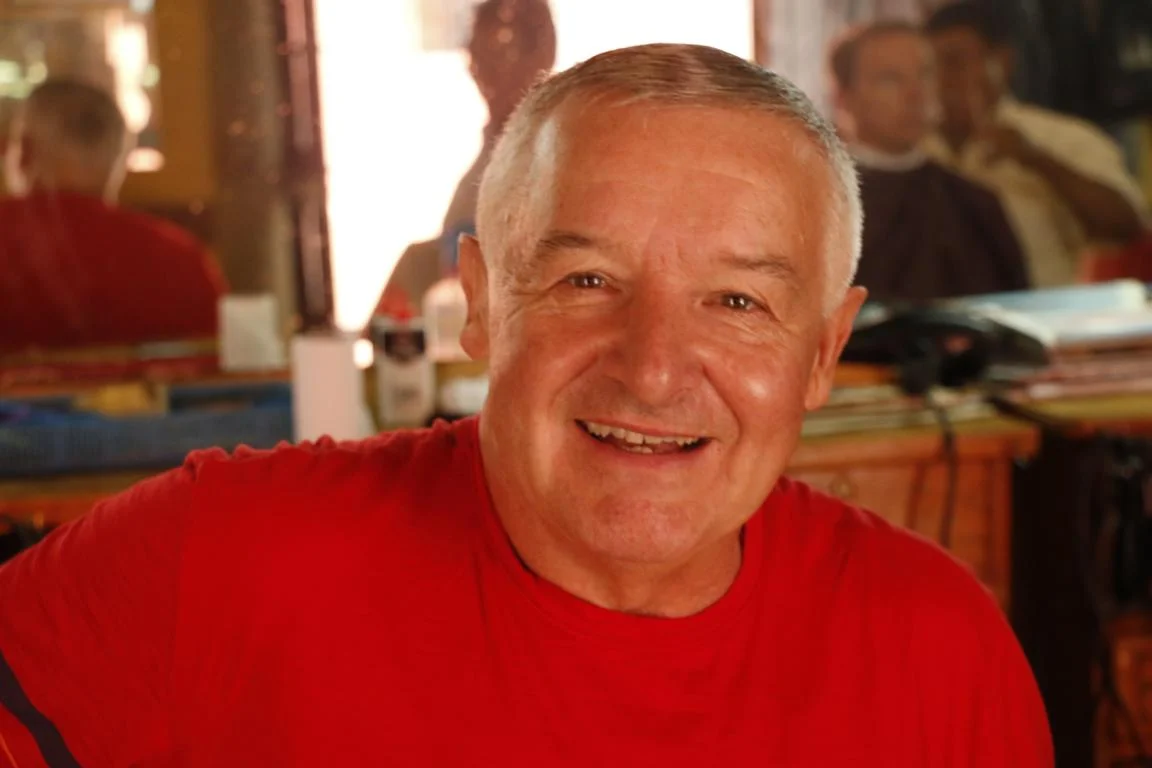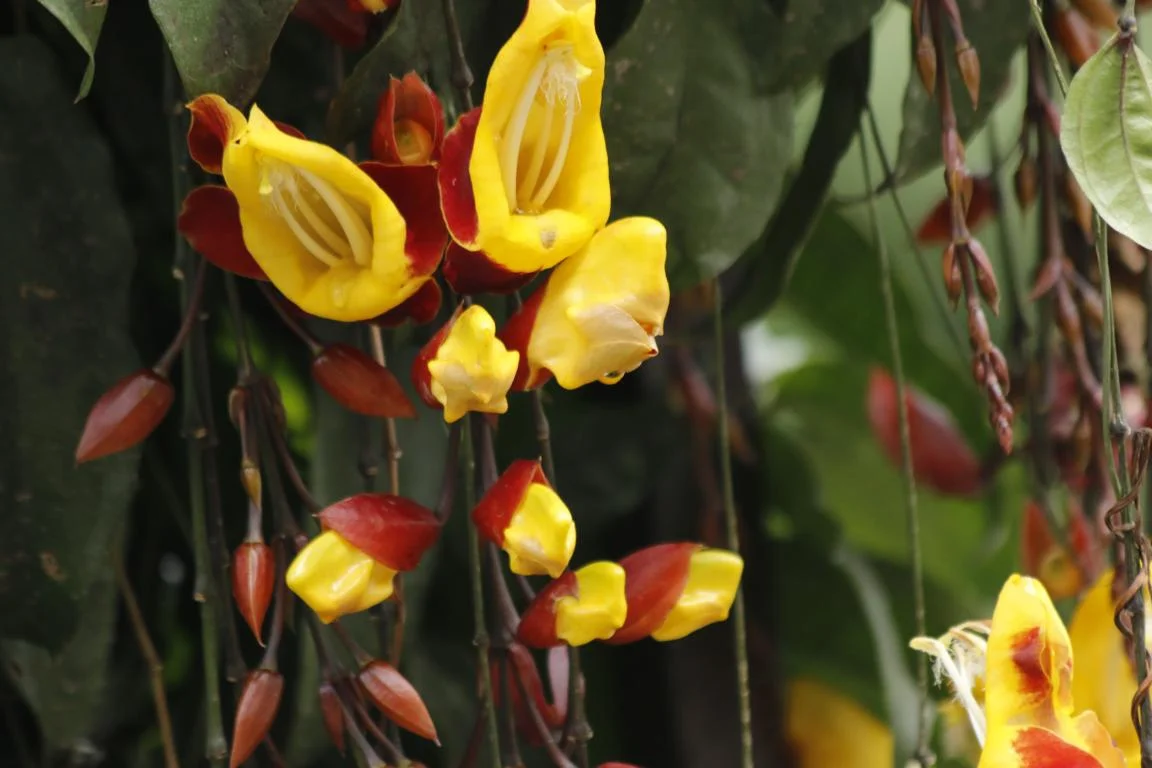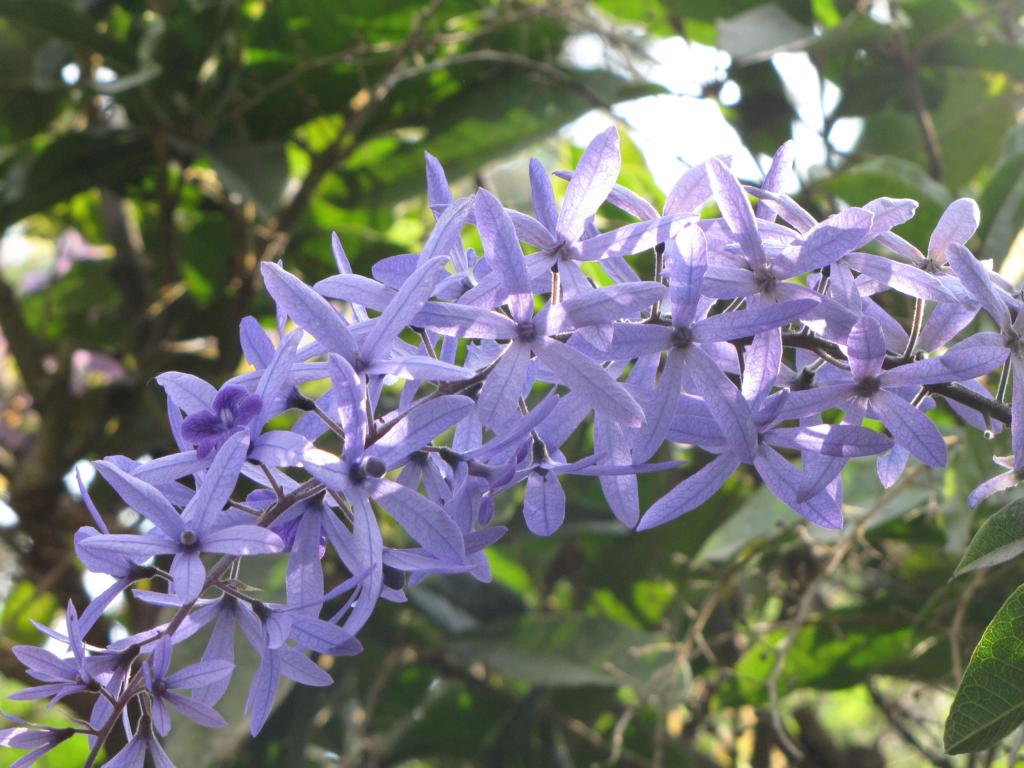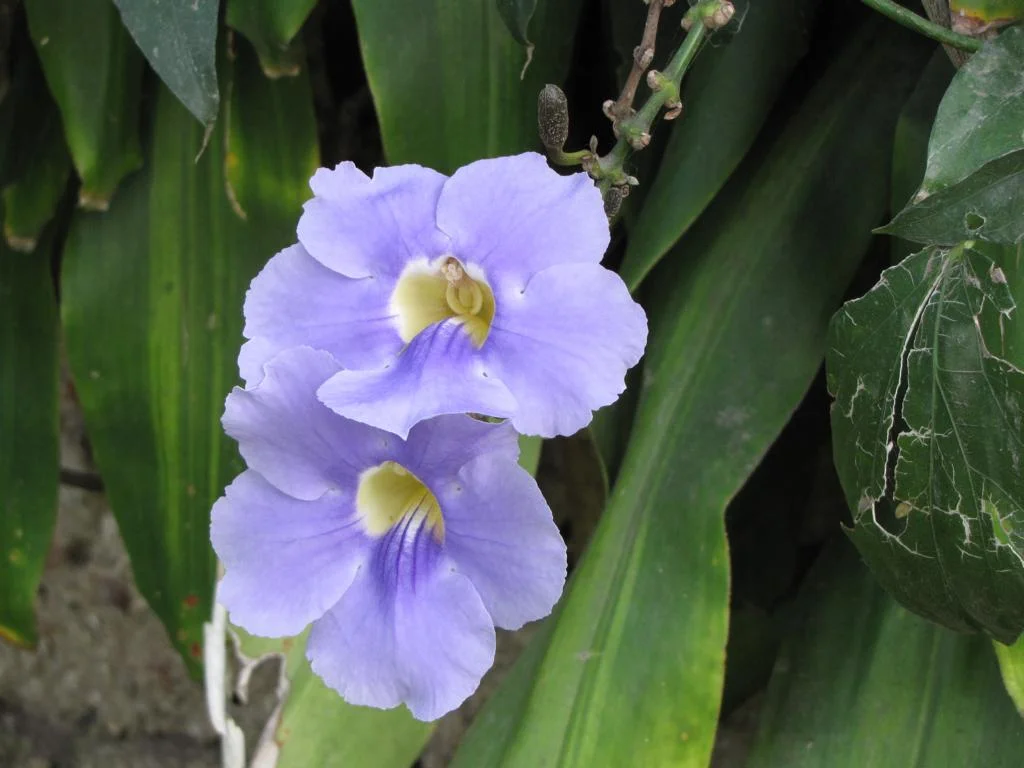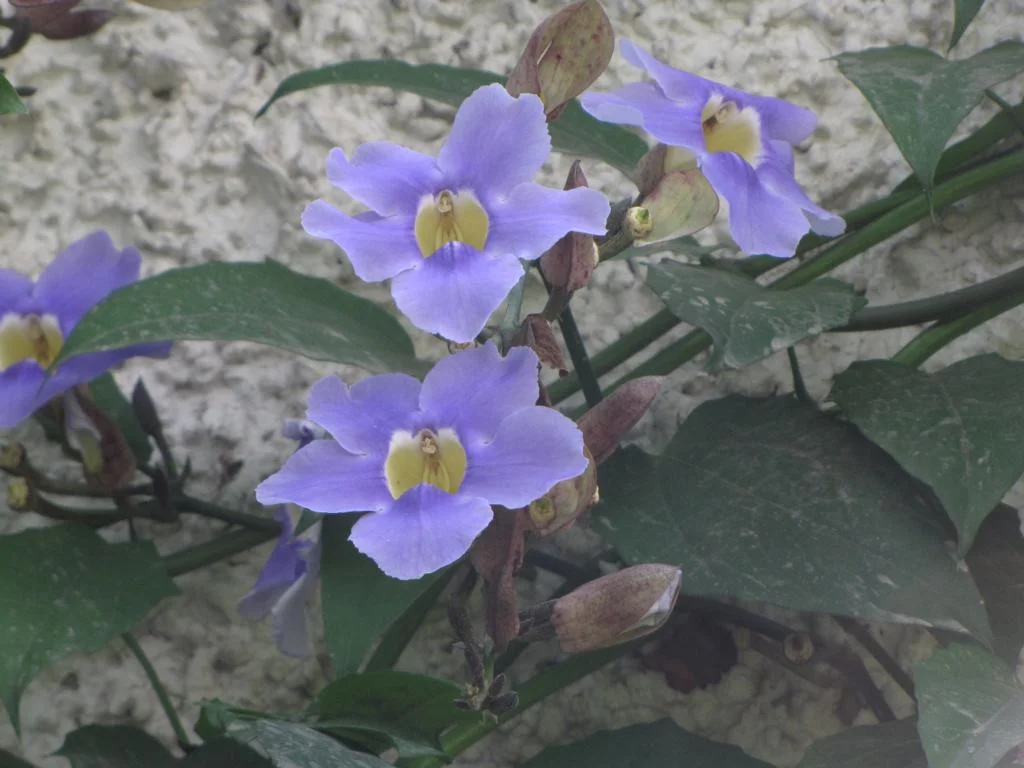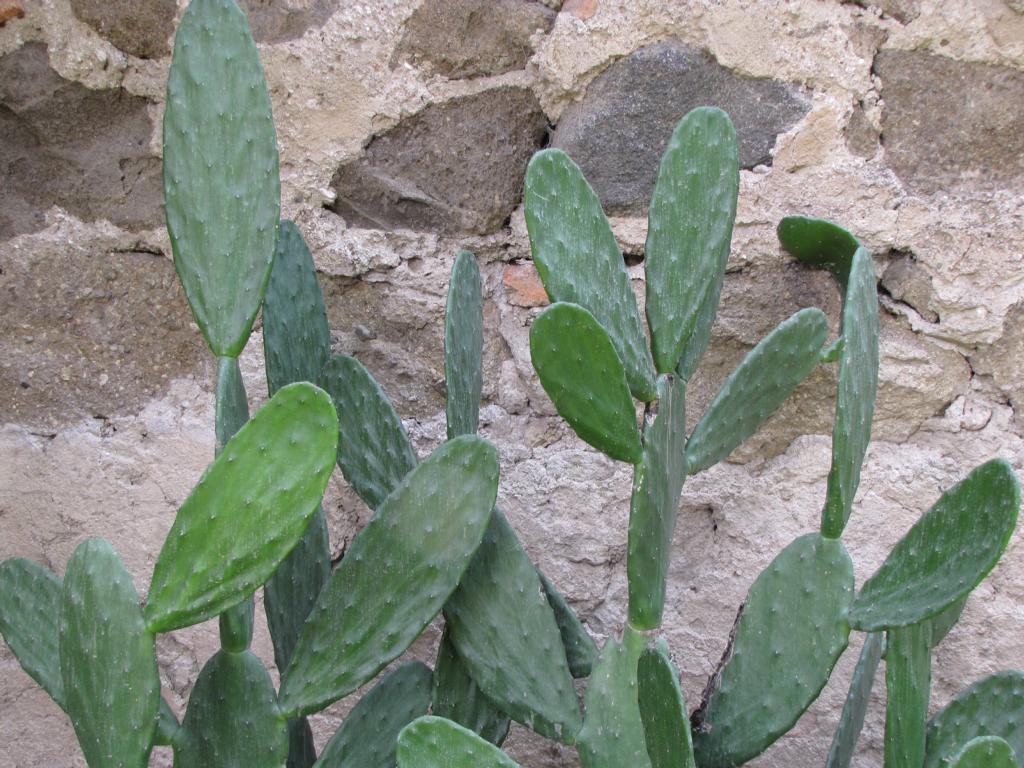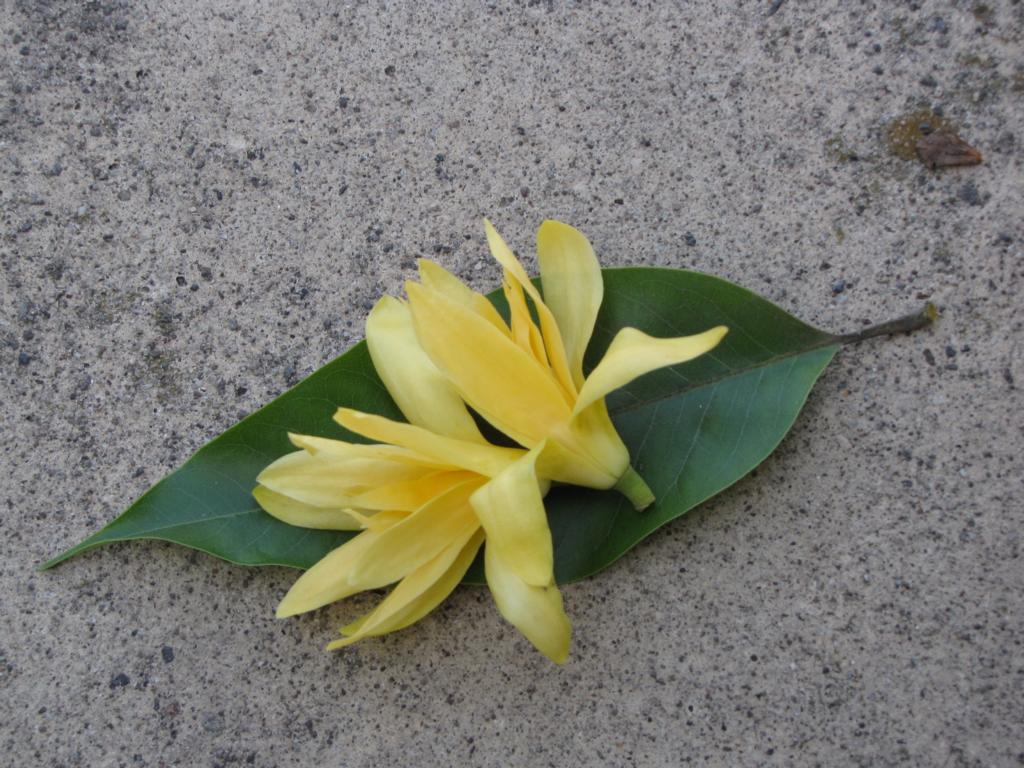Guatemala -West June 2018
With 108,889 km2 (42,042 sq mi) and 17.3 million inhabitants Guatemala is the most populated state in Central America. It is the country with the third highest ethnic diversity in Latin America: 41% Indigenous (mainly Maya people: K'iche', Q'eqchi, Kaqchikel, Mam), 41.5% Mestizo, 18% of European descend. Guatemala is divided in three geographic regions: a narrow pacific coastal stripe; the mountainous highlands (highest peak is Volcán Tajumulco, 4,220 meters) where all major cities are located; and the humid lowlands of the Petén department.
Guatemala is among the poorest countries in Latin America. The worldwide UNDP Human Development Index ranks Guatemala 125 (out of 188). Main sources of income are agriculture (bananas, coffee, sugar cane), tourism and remittances from labor migrants.
Today Guatemala is a representative democracy with a multi-party system and recurrent elections. However, Guatemala still is affected by the legacy of decades of authoritarian rule and civil war which were aggravated by the influence of foreign business interests (e.g. United Fruit Company) and US interventions.
The 35-year long civil war in which up to 200,000 people died and one million became refugees or internal displaced persons (IDPs) ended in 1996 with a UN facilitated peace agreement. A Truth Commission (Commission for Historical Clarification, Conclusions and Recommendations) in 1999 published its findings in a report called “Guatemala Memory of Silence” (https://assets.documentcloud.org/documents/357870/guatemala-memory-of-silence-the-commission-for.pdf) . On page 42 the report concludes that more than 93% of all documented violations of human rights were committed by Guatemala's government forces and 3 % by the guerrilla forces (Unidad Revolucionaria Nacional Guatemalteca / URNG). The Commission also estimated that Maya Indians accounted for 83% of the victims and concluded that state actions constituted the crime of genocide. A report supported by the Catholic church and published by Bishop Juan José Gerardi Conedera ("Guatemala: Nunca Más", http://www.odhag.org.gt/pdf/Guatemala%20Nunca%20Mas%20(resumen).pdf ) on 24th April 1998 came to similar conclusions. Two days later Bishop Conedera was beaten to death by three army officers. The perpetrators in 2001 were convicted for this murder.
Overall the Guatemalan judiciary since 1996 took some modest efforts to persecute perpetrators of the 699 massacres committed during the war. Today politically motivated killings against leaders of grass root movements and civil activists still occur, however on a more selective base.
Ursula and I started our journey in western-Guatemala at Lake Atitlan which is considered to be one of the most beautiful lakes in the world. Located at an altitude of 1560 m, 18 by 8 km wide and 340 m deep the lake is surrounded by three volcanos. The lake was created after a giant volcanic eruption some 84,000 years ago. The lake is one of Guatemala’s prime tourist destinations. The first picture is taken at an outdoor relief displayed in a park in Guatemala City (altitudes are exaggerated by the factor 10).
Panajachel is the main entry point to lake Atitlan for visitors. It is a great place for shopping local handicraft produced in the neighboring villages including some extravagant sombreros.
Next to Panajachel there is a nice paragliding site which invites for thermal and dynamic flights. Tandem flights with a local company can be booked via https://realworldparagliding.jimdo.com/
There are a number of villages at the shore of the lake, each with a distinct ambiance. Best way to visit them is to book a roundtrip by boat. San Marcos offers meditation, yoga and secludes.
San Pedro La Laguna is the center for party and high life where young people hang loose and chill out.
Santiago Atitlan is the most traditional of all villages and has preserved part of its indigenous identity. As in the rest of Guatemala poverty is visible on the streets. The last pictures show an elderly lady picking up corn from the street where some hours ago vendors had established their food stalls.
During the time of repression, the village Santiago Atitlan suffered severely from army atrocities. At a place which is now called the Peace Park on 2 Dec 1990 eleven people were shot by army soldiers.
In several villages weaving cooperatives introduce visitors in the art of dyeing cotton and weaving techniques.
Religion visibly plays an important role in people’s lives. Catholicism, Anglican churches and sects, and the ancient Maya religion are practiced side by side. Frequently elements of various religion are mixed in a syncretic manner.
Ursula and I were lucky to be permitted to attend a Maya ceremony with a shaman. People provide offerings to the “Maximóm”a wooden statute worshipped in this region. The Maximóm is moved every year to a different house and believers pray for fertility, success in business matters or the prevention of evil. The shaman (in the photo on the left side) functions as an intermediator who forwards the wishes to the deity.
From Atitlan it is a half-day drive to Guatemala’s old capital Antiqua. The road leads through fertile agricultural land and one can visit peasant markets where local products are traded.
Antiqua, surrounded by three volcanos, was Guatemala’s capital from 1527 until 1776. At that time, it was the third most important town in the Spanish colonies after Mexico and Lima. As in all old Spanish colonial towns the city is centered around the central square which hosts the cathedral, and the key administrative buildings.
Antigua is Guatemala’s second important tourist attraction. Most of the town still resembles how it was built centuries ago. Due to its political importance Antigua was the seat of many catholic orders which built magnificent churches and cloisters.
Particular impressive are the many picturesque courtyards which are now used as restaurants and cafes.
Unfortunately, Antigua is built on a tectonic fault line where the Caribbean plate and the North American plate collide, which made the city prone to seismic activities . Next to Antigua are three volcanos, one of them is the Volcano del Fuego who erupted in May 2018 killing some 200 persons in the nearby villages. During the days when we were there the volcano spit dark clouds and remains of the volcanic ashes of the recent eruption could be found everywhere.
In 1773 a devastating earthquake hit the Antigua which destroyed most of the religious buildings and killed some 600 people. As a result, the capital was moved 35 km east to what is today Guatemala City. The following photos show the remains of the Franciscan cloister.
One of the most famous padres was Pedro de San Jose de Betancur (1626-1667) who was canonized in 2002. Unlike most of the clergy living in Antigua who enjoyed a dissolute and lush life, Pedro took side of the poor people. He opened a hospital, the first of its kind to also provide medical assistance to indigenous people and African slaves.
The remains of La Iglesia del Carmen and the Cloister of the Capuchinas still show the magnitude of the earthquake. During the year figures used in the famous Easter Procession are stored in a collapsed building.
Apart of the historic buildings Antigua is a great place for shopping, dining and wining.
At Antigua’s central square a group of actors performed a historic play based on the Commedia dell’arte.
Guatemala City became the capital in 1776 and lacks the flair of Antigua. The city center is dominated by the National Palace built in the early 1940s by dictator Ubico using forced labor and prisoners. Inside the palace there is a monument with two left hands symbolizing the 1996 peace agreement.
Next to the palace is the new cathedral. The columns of the cathedral’s fence facing the National Palace hold the names of 30,000 victims of the years of repression.
The Museo Ixchel presents an overview about the colorful traditional textiles produced in Guatemala. Symbols and colors vary from region to region.
Guatemala City still has a serious crime problem and many shops use armed guards to protect against robbery.
Ursula and I spent an inspiring evening with Carlos Perez Albert and his wife who live in Guatemala City. I had met Carlos in April 2017 in Las Molinas / Argentina when he was travelling with a group of motorcyclists through northern Argentina.
In Guatemala City we spent a few days at the house of Franc Kernjak and his wife Olga. Franc is Austrian but lives since many years in Guatemala working as a psychologist with victims of the civil war. He published a book “Tote suchen, Leben finden”(“Searching for dead, finding life”) which summarizes his experiences as a psychologist when assisting villagers during exhumations of their killed relatives. From Franc and Olga we learnt a lot about Guatemala’s history and the consequences of the civil war.
Some pictures showing Ursula and myself. As you will see we are in a happy mood and enjoy the many sensations offered by Guatemala.
At a certain point I realized I needed a haircut and bowed my head under a local hair stylist in Antigua.
Finally, some pictures of the many wonderful flowers growing in Guatemala.
